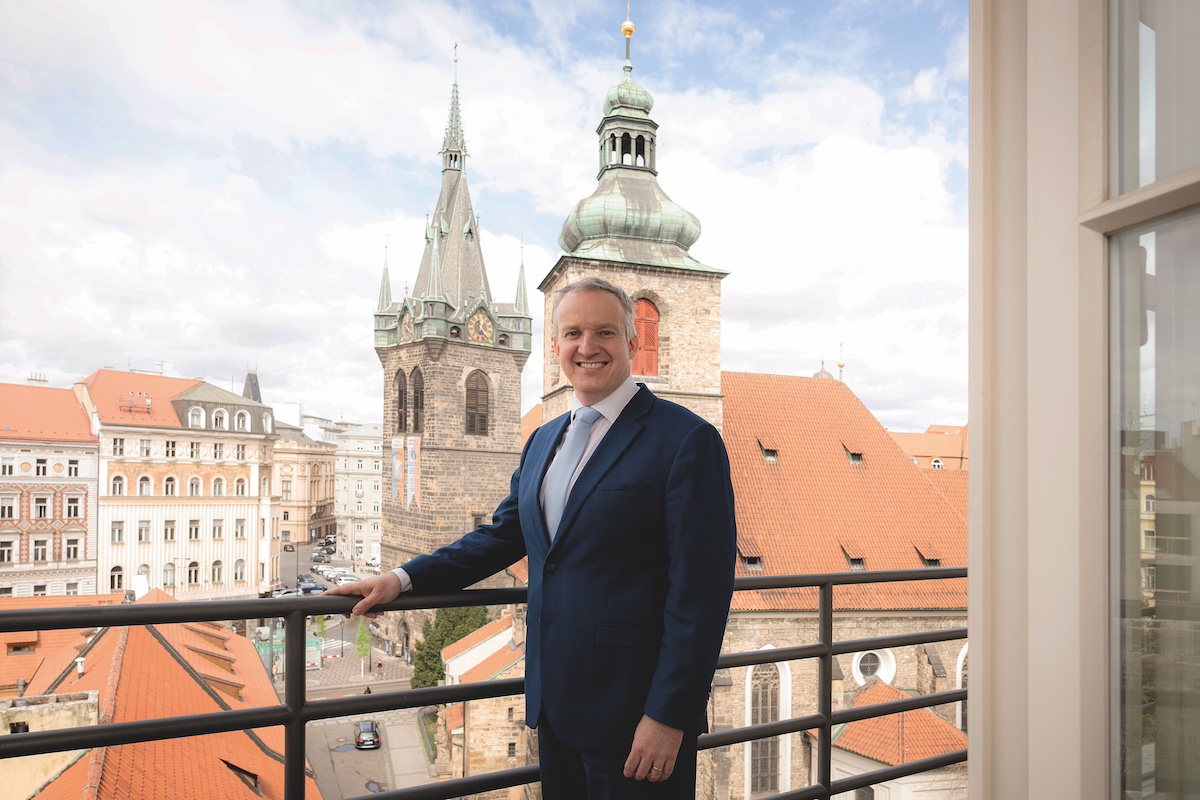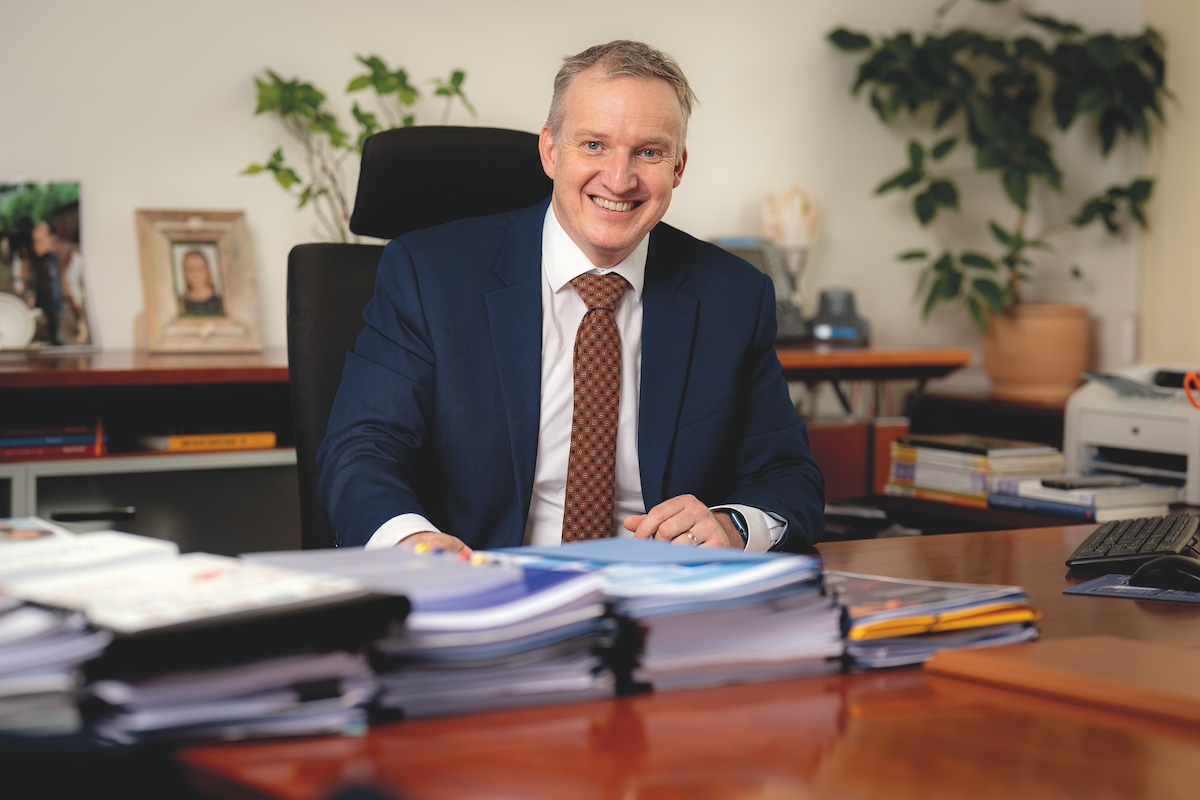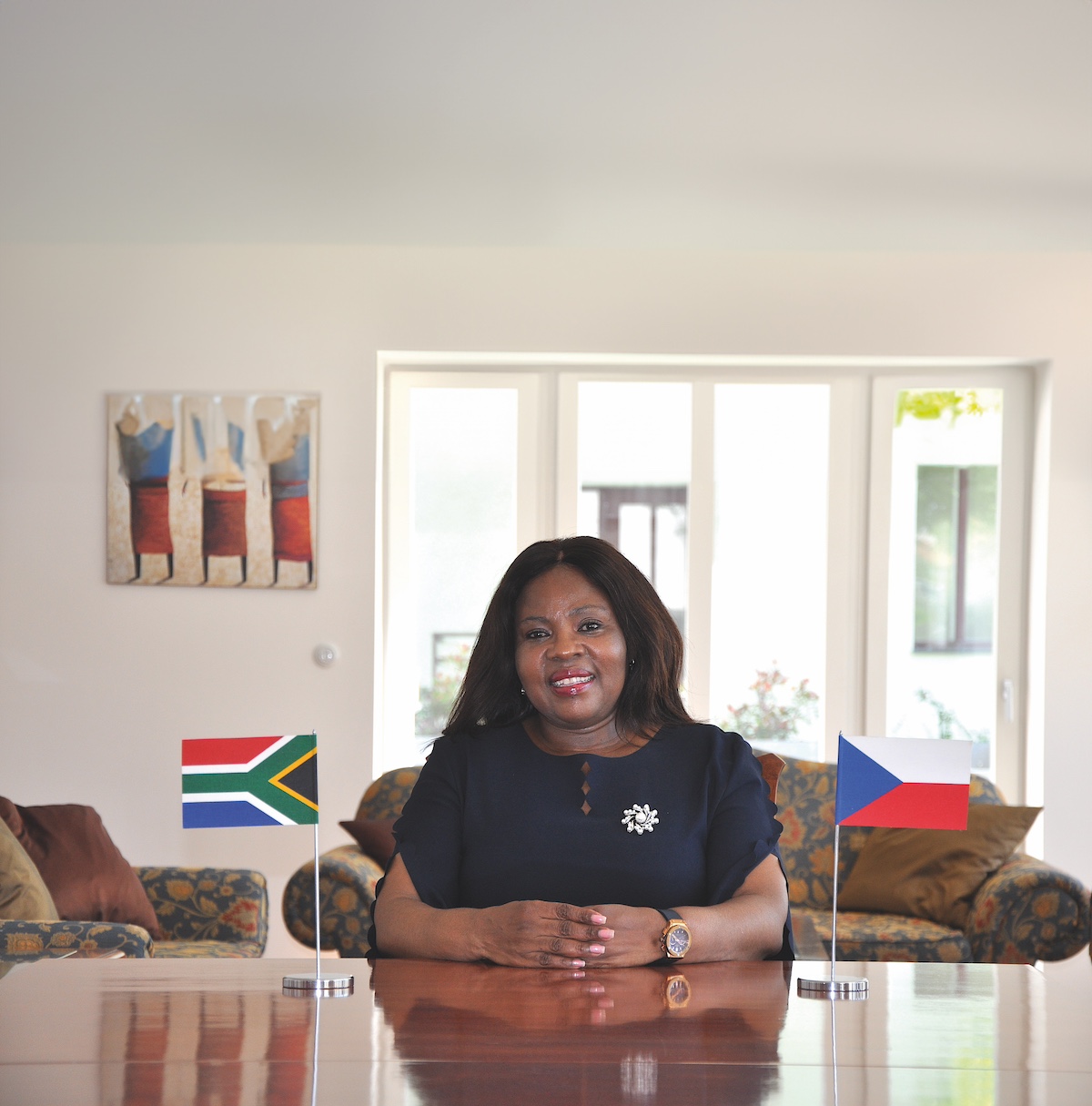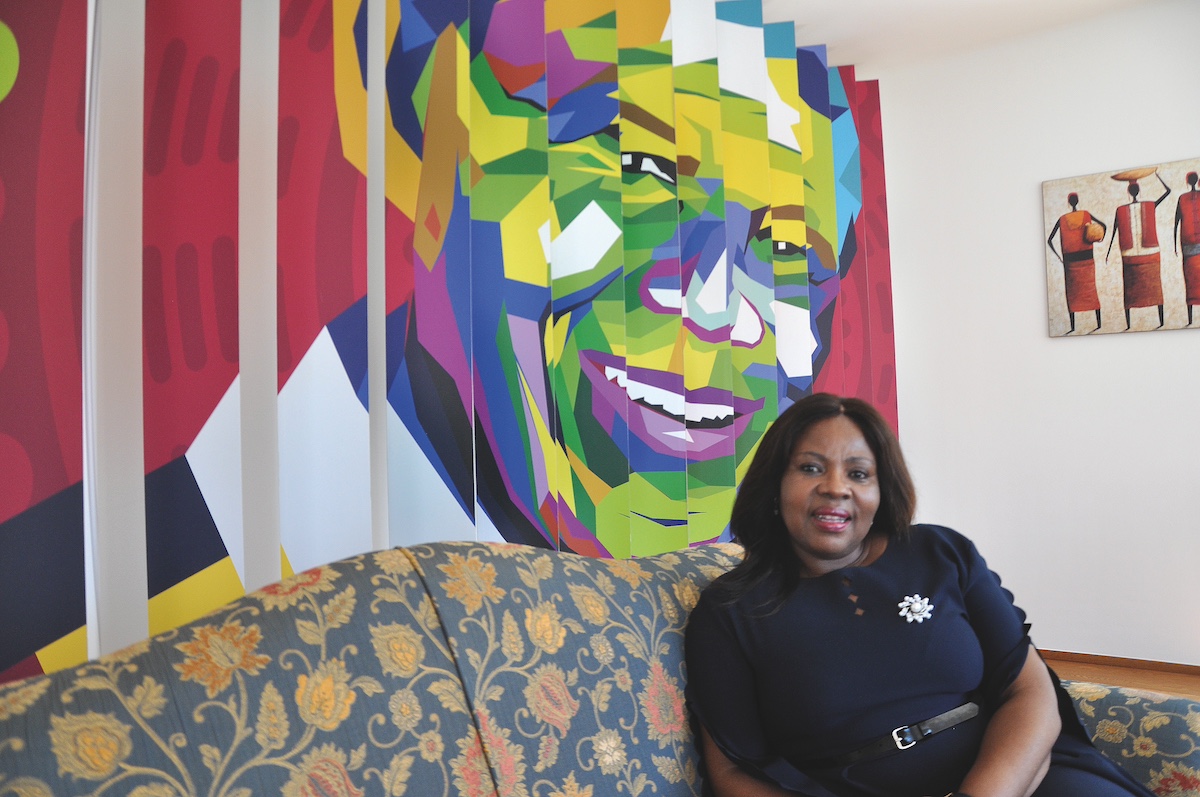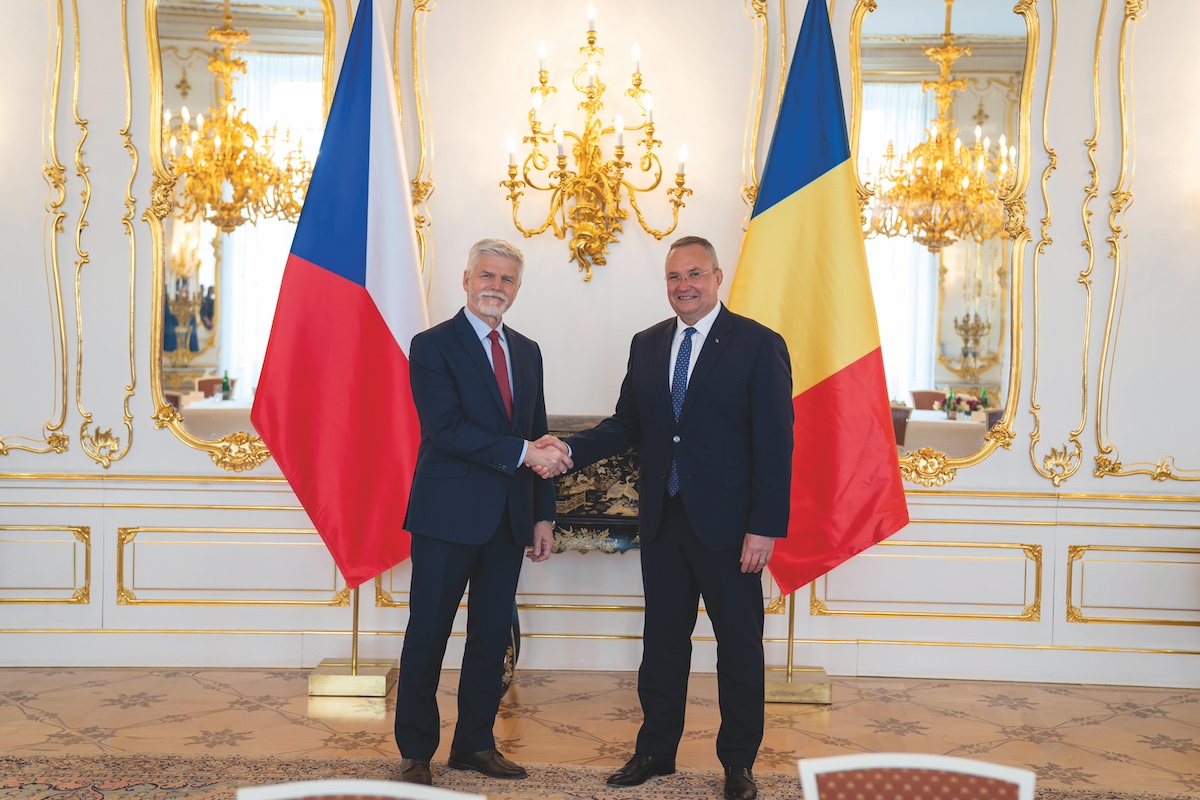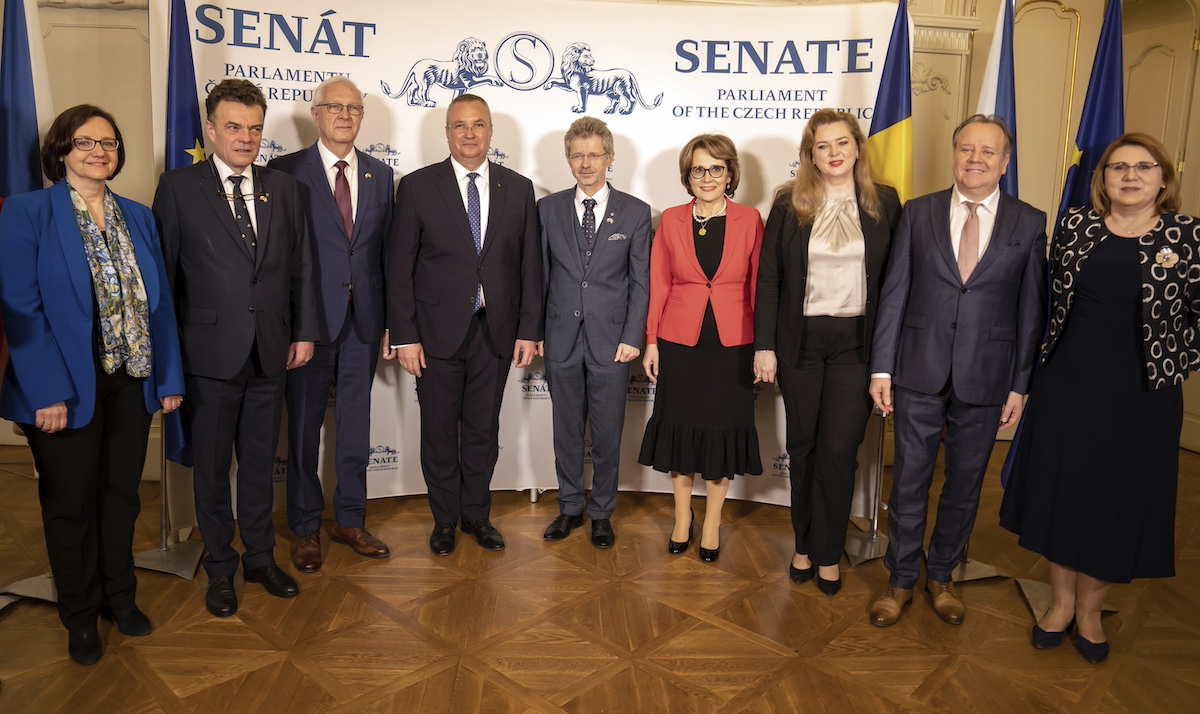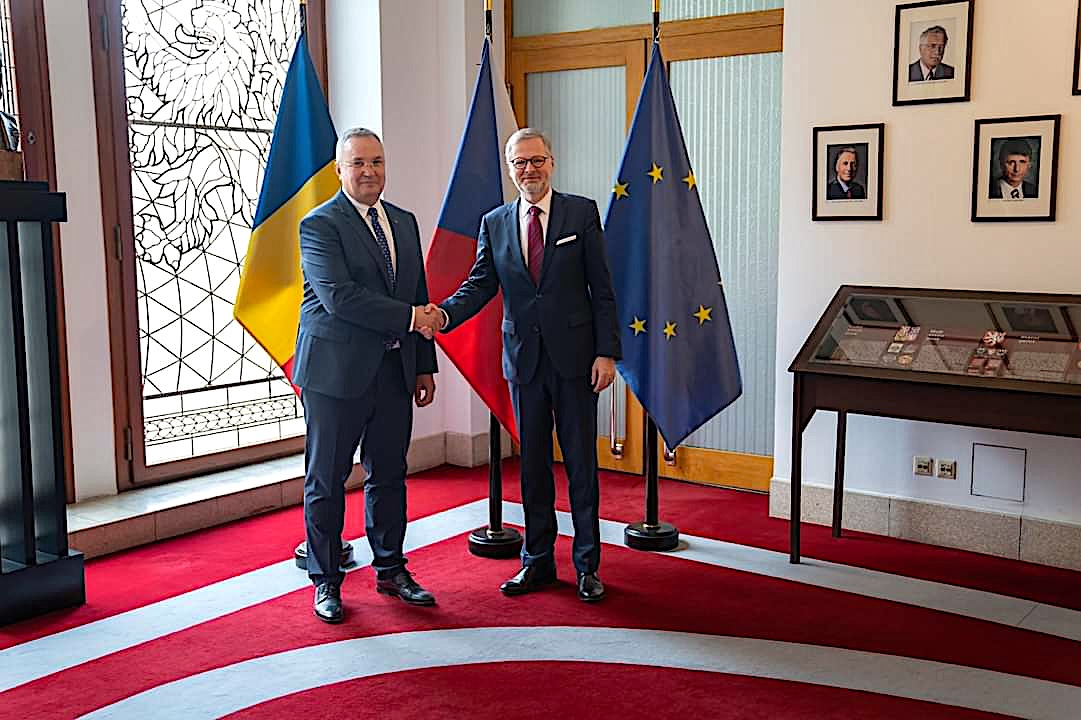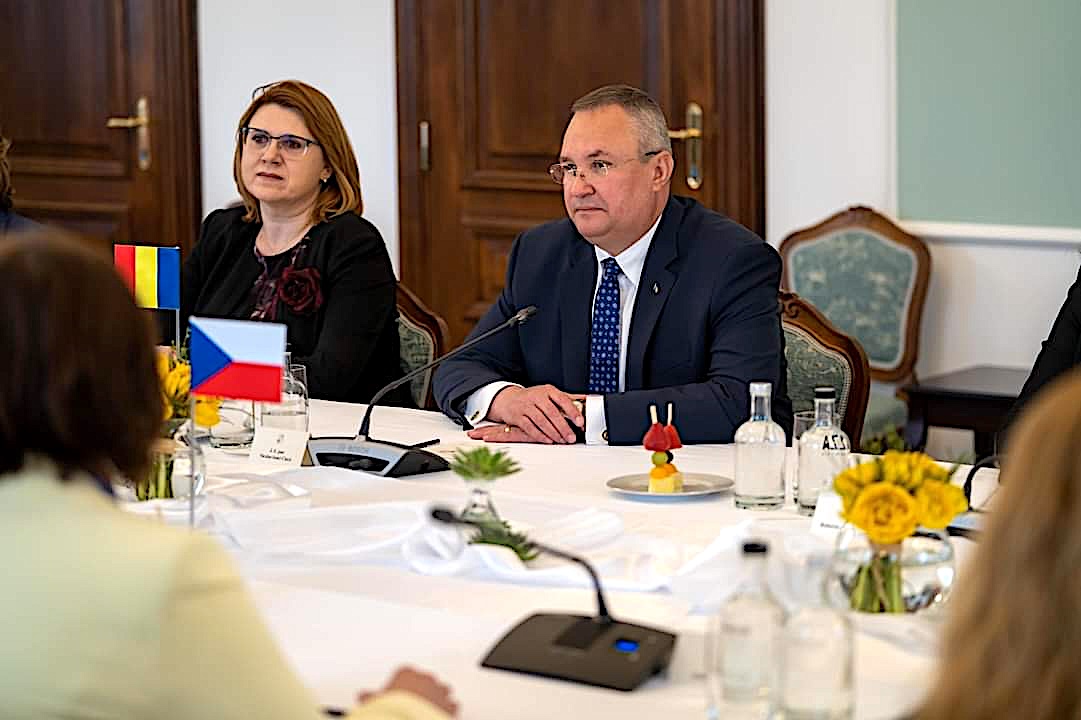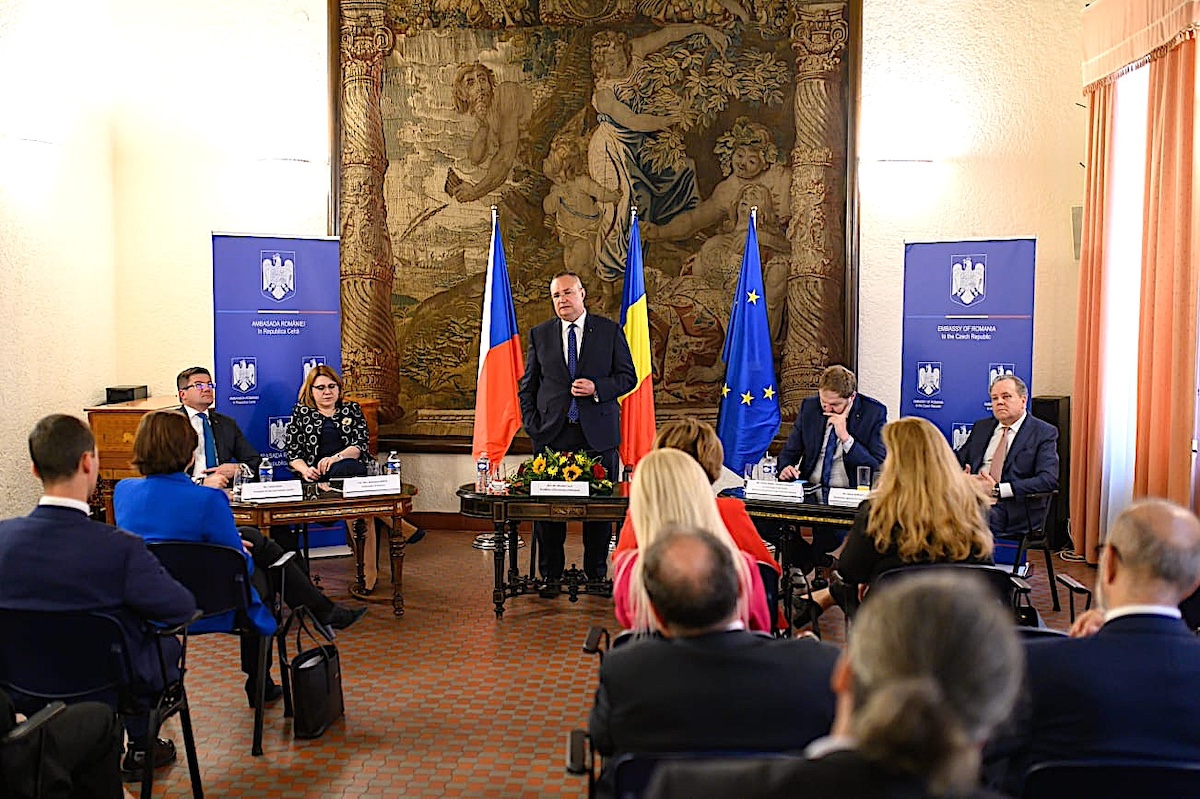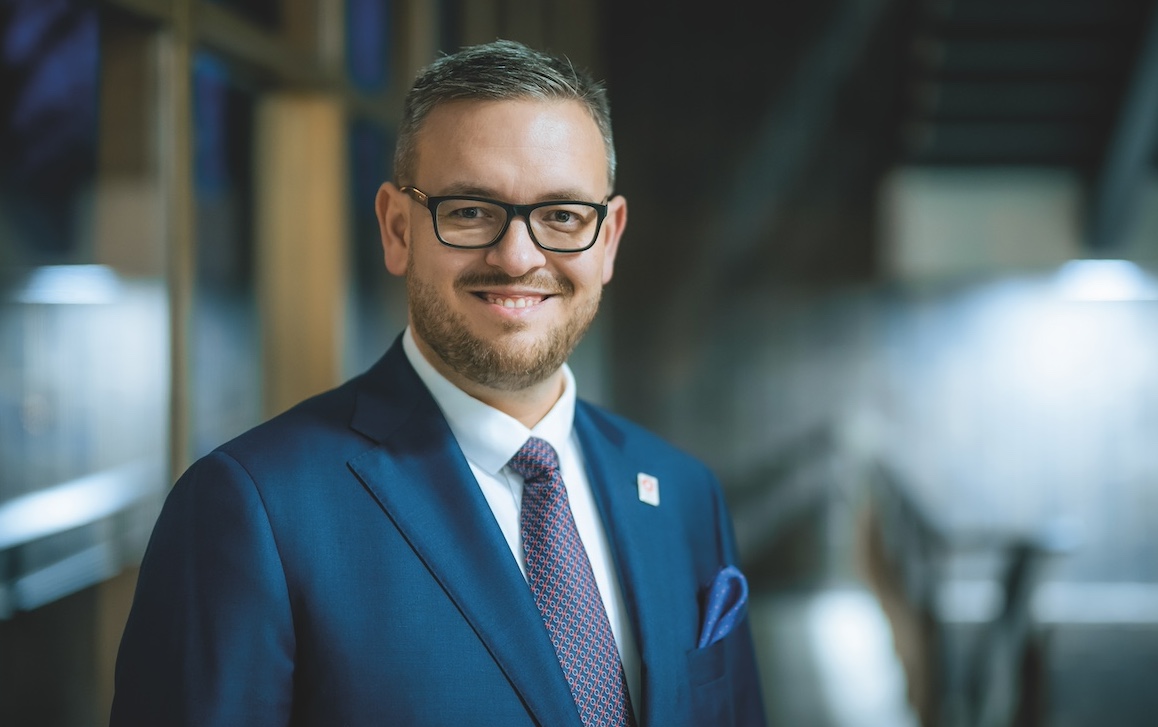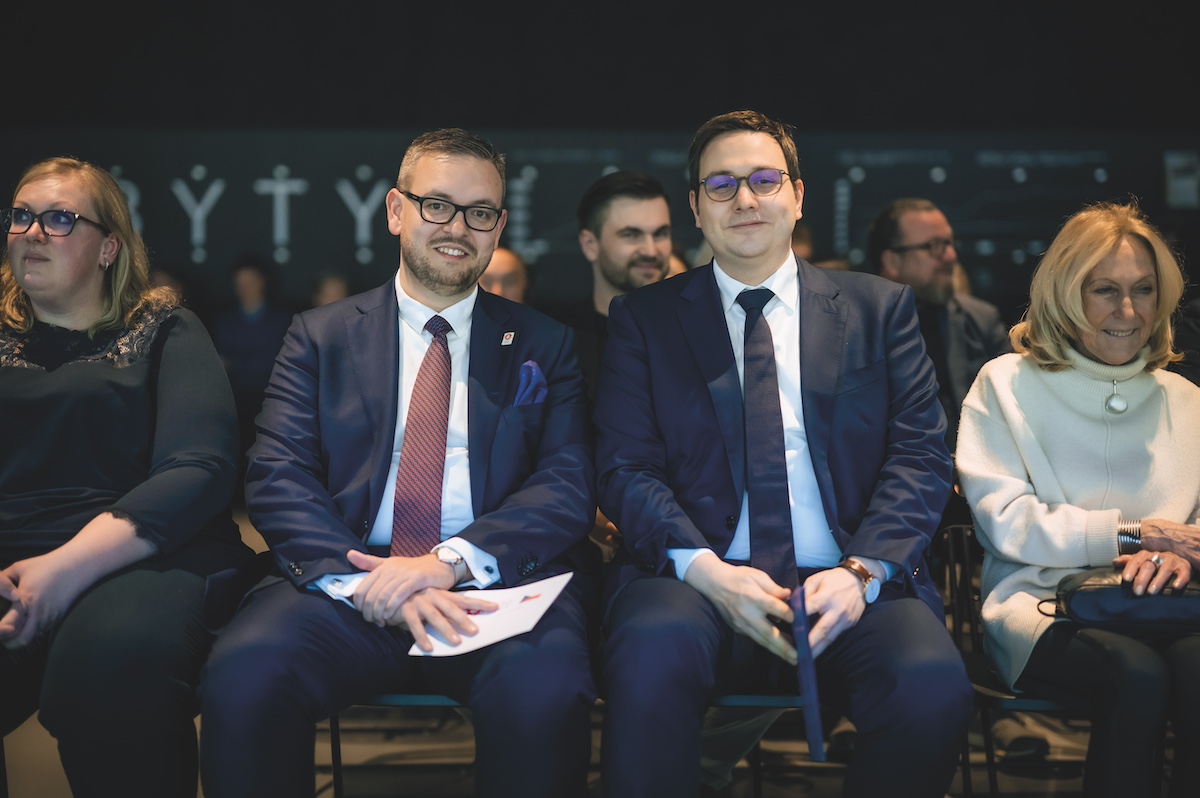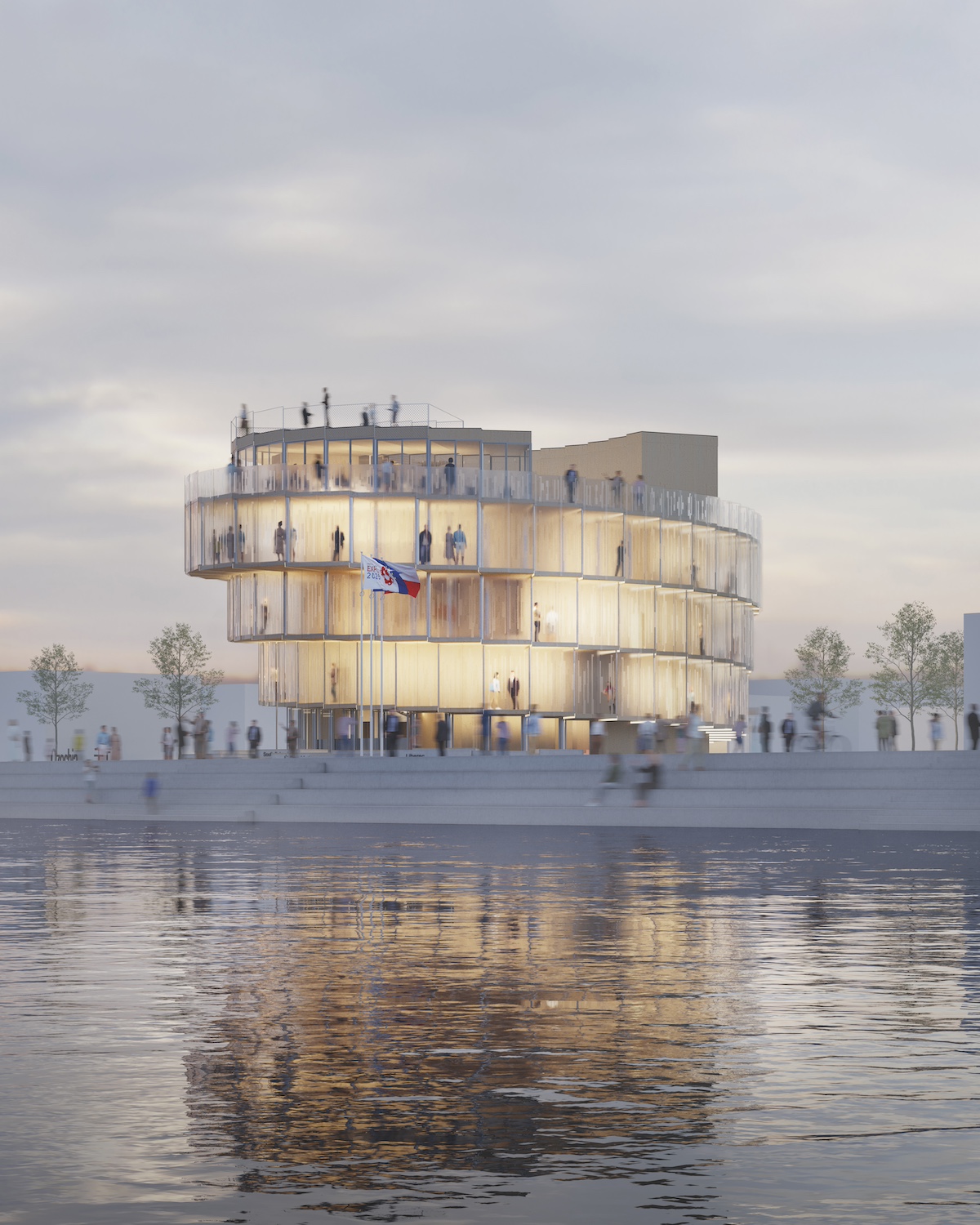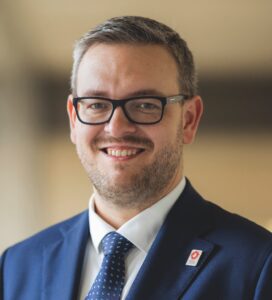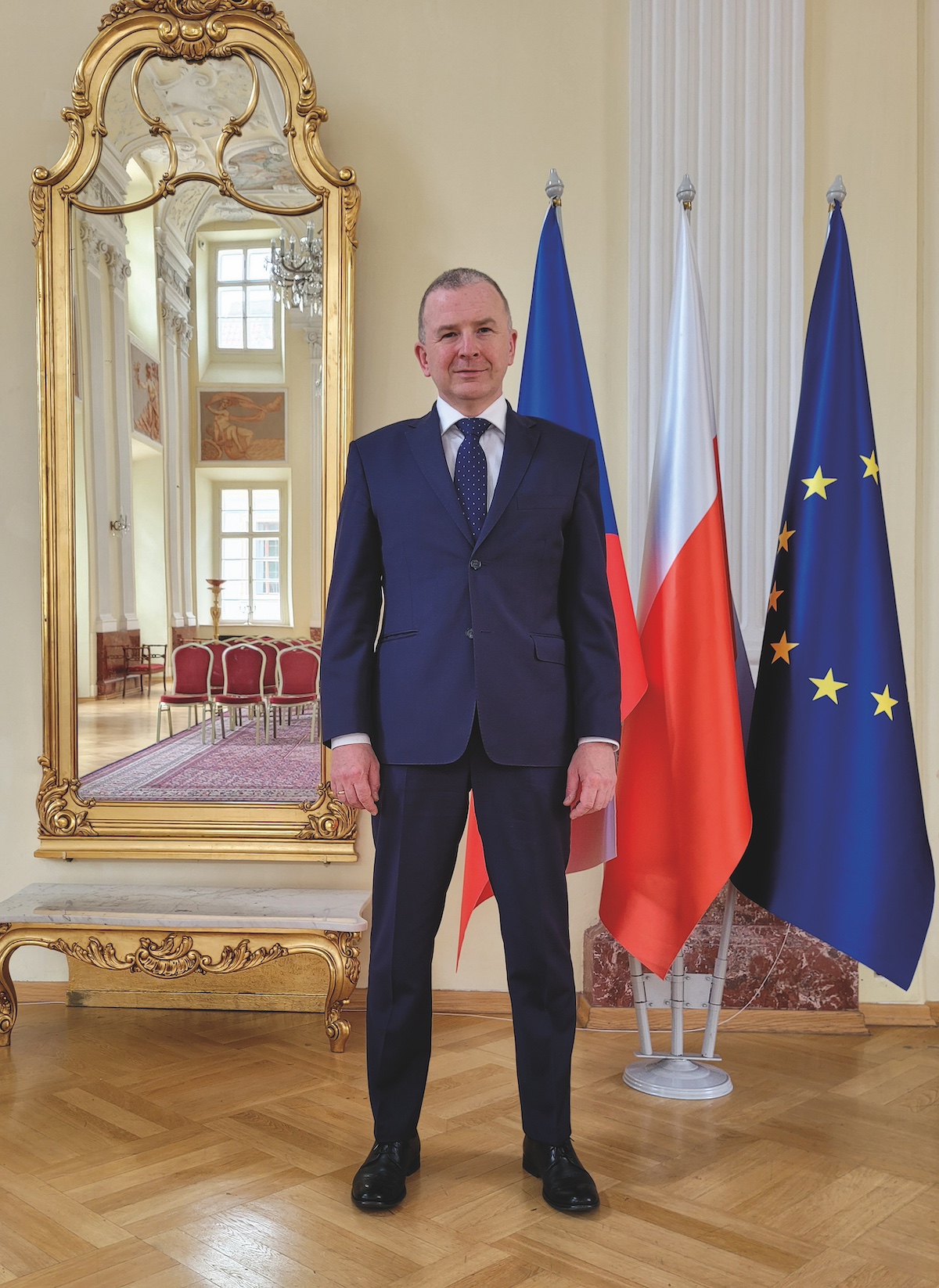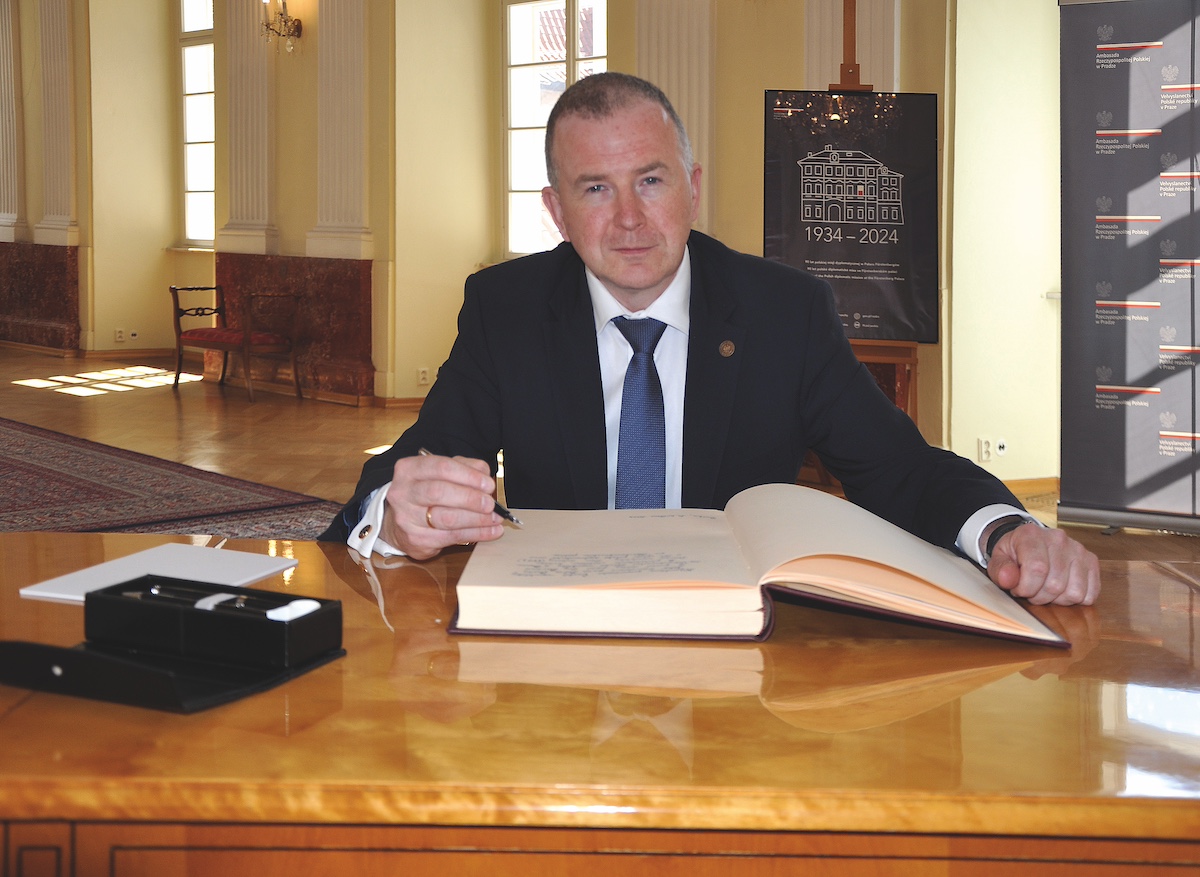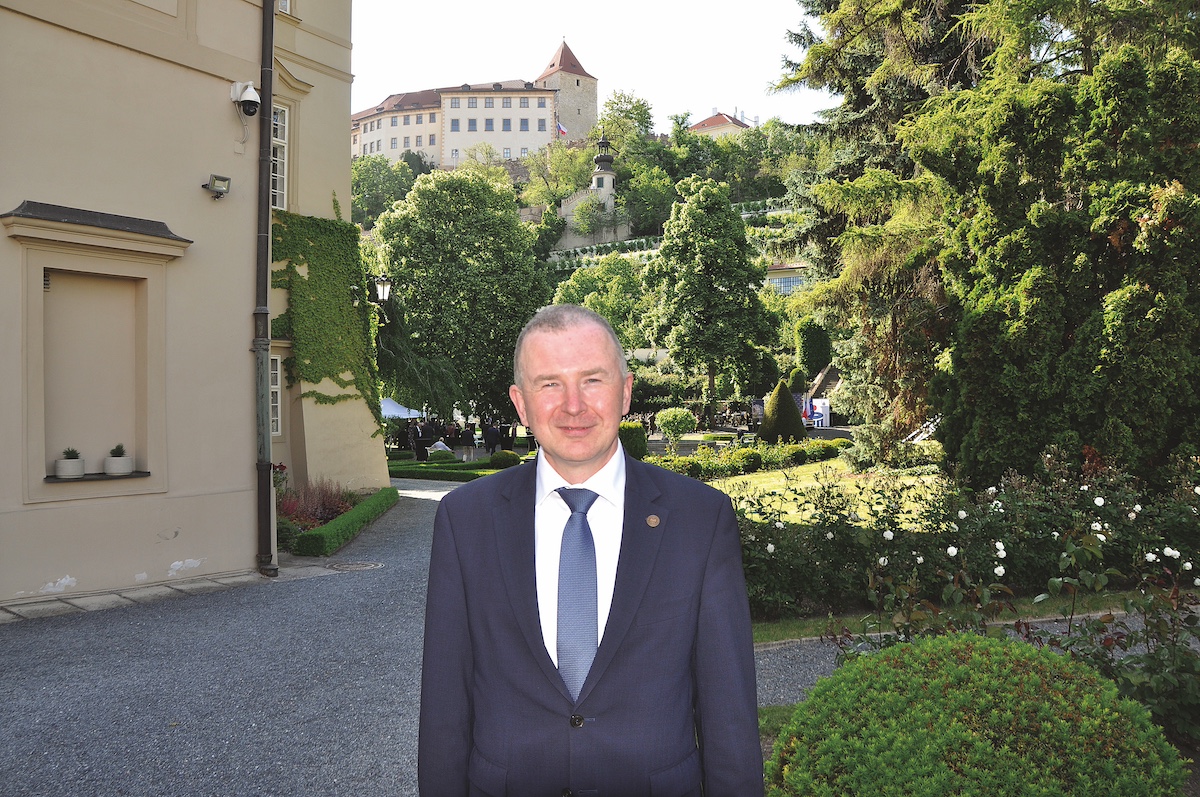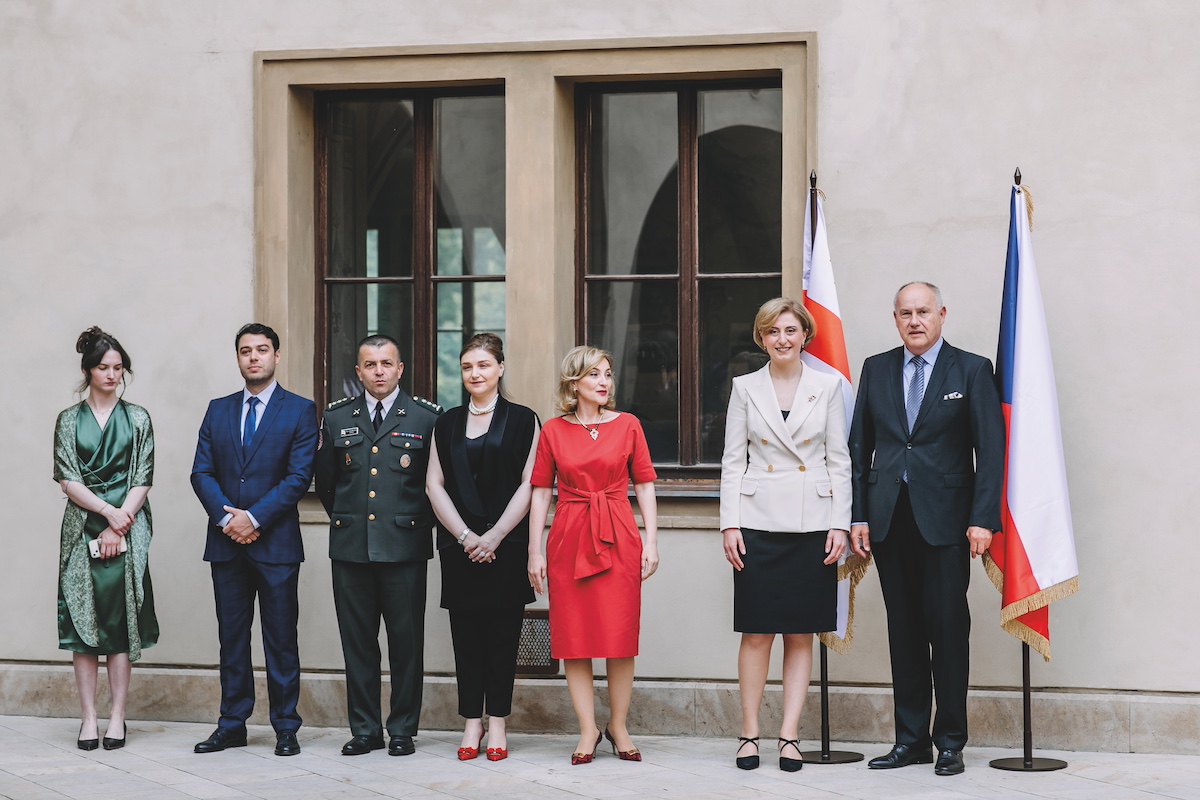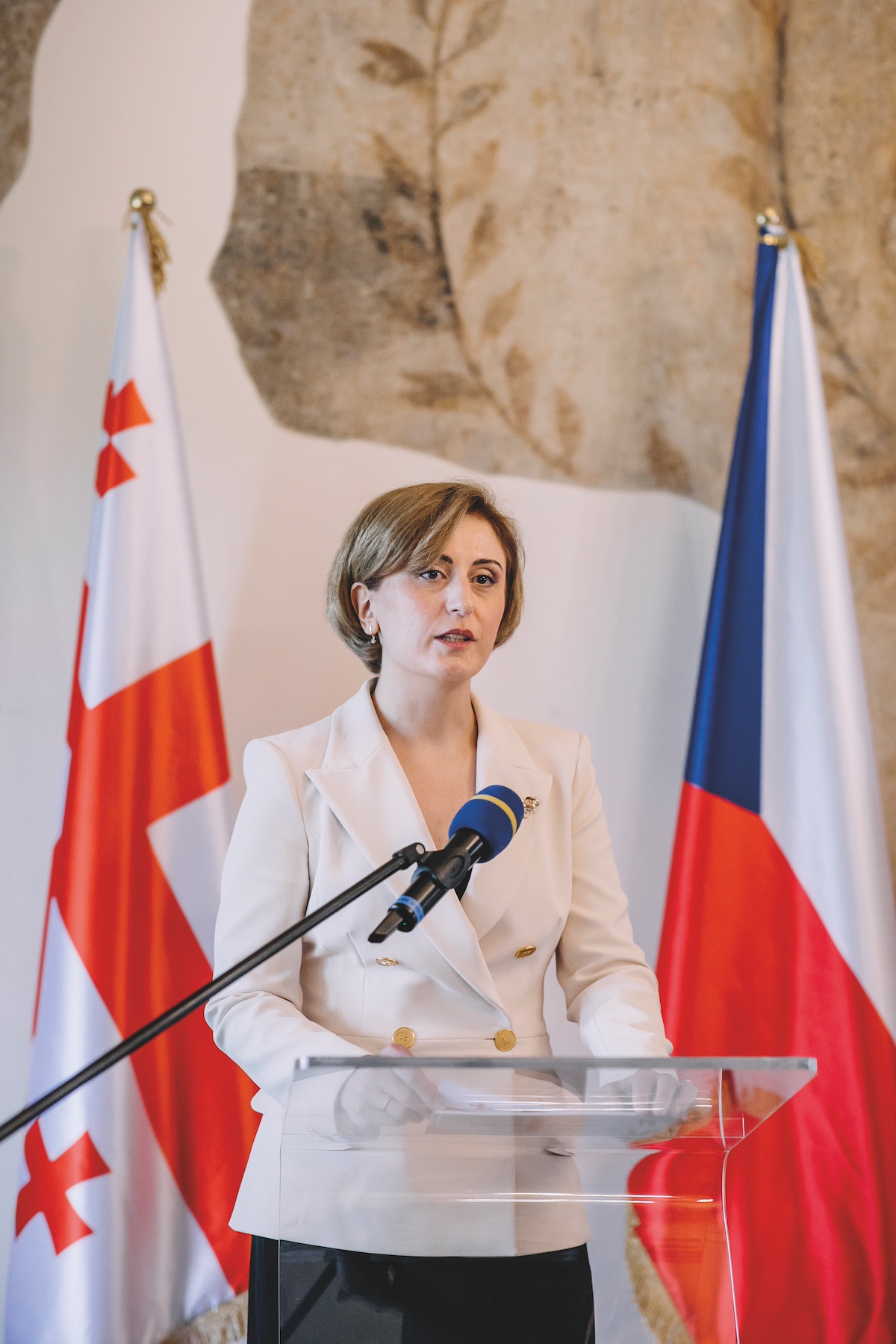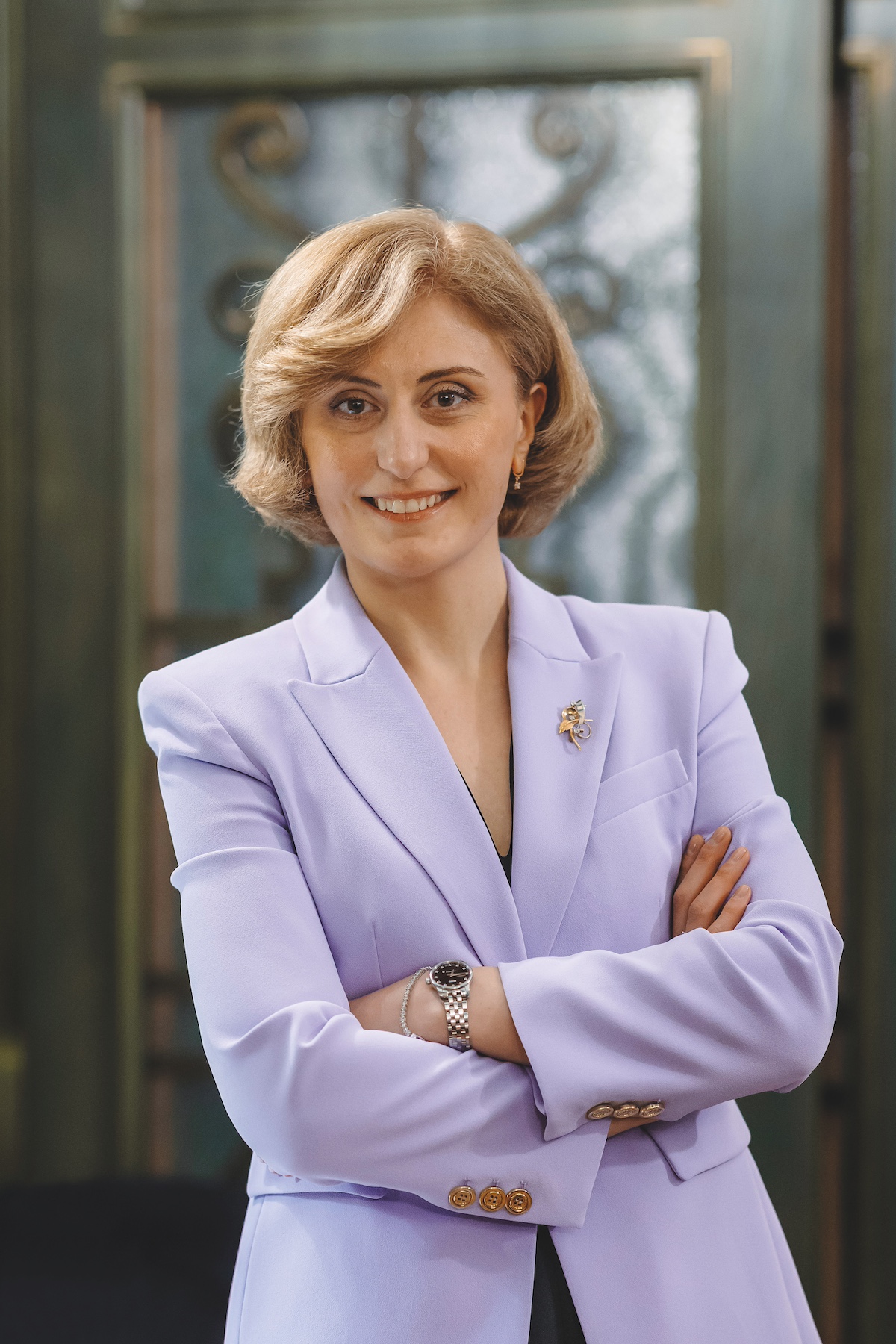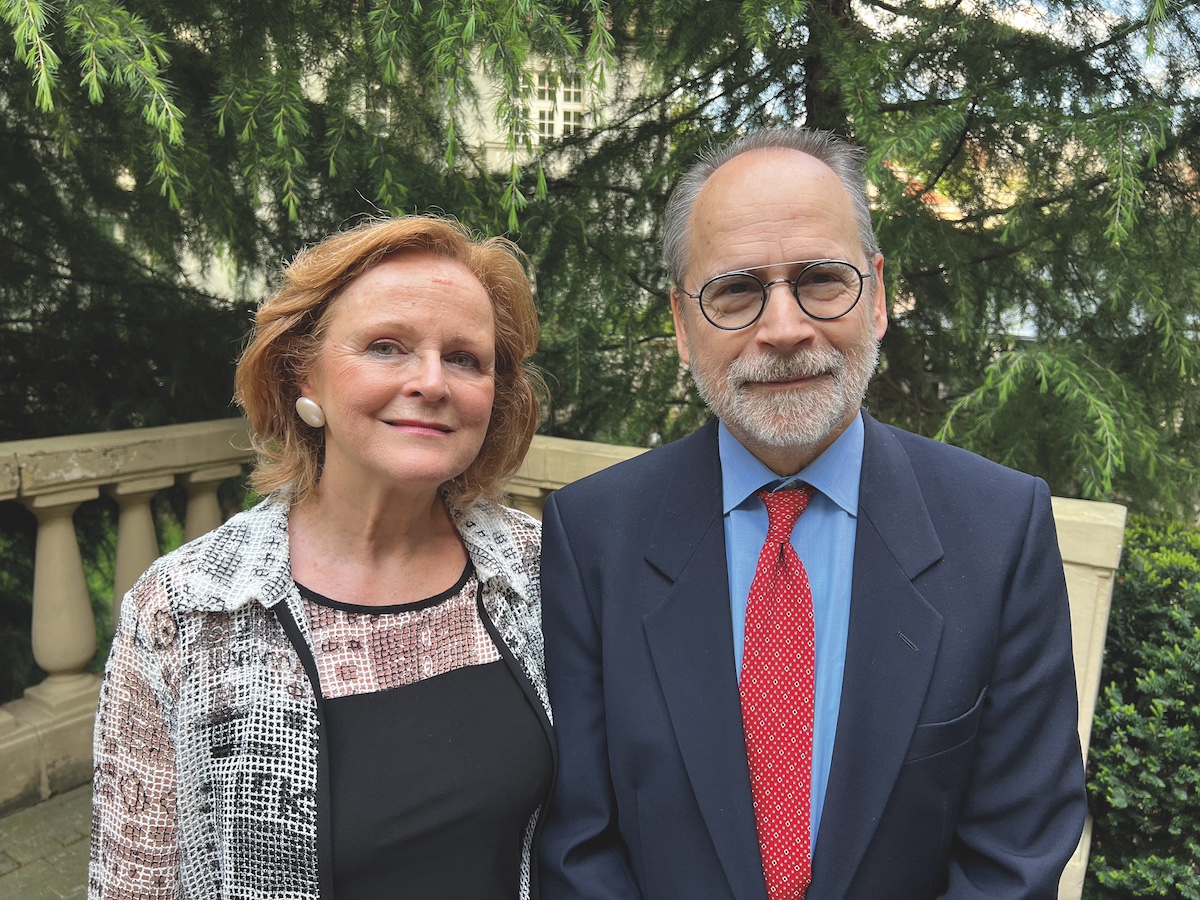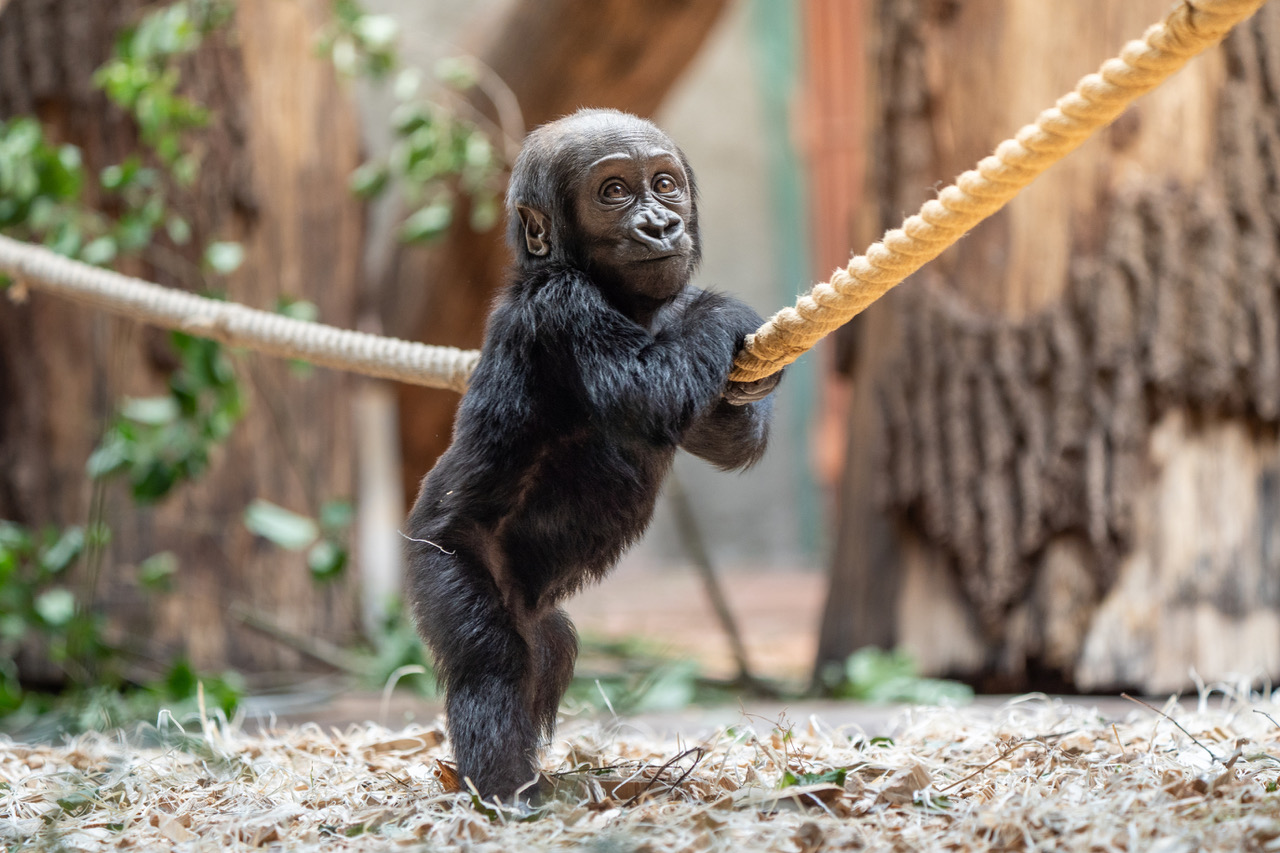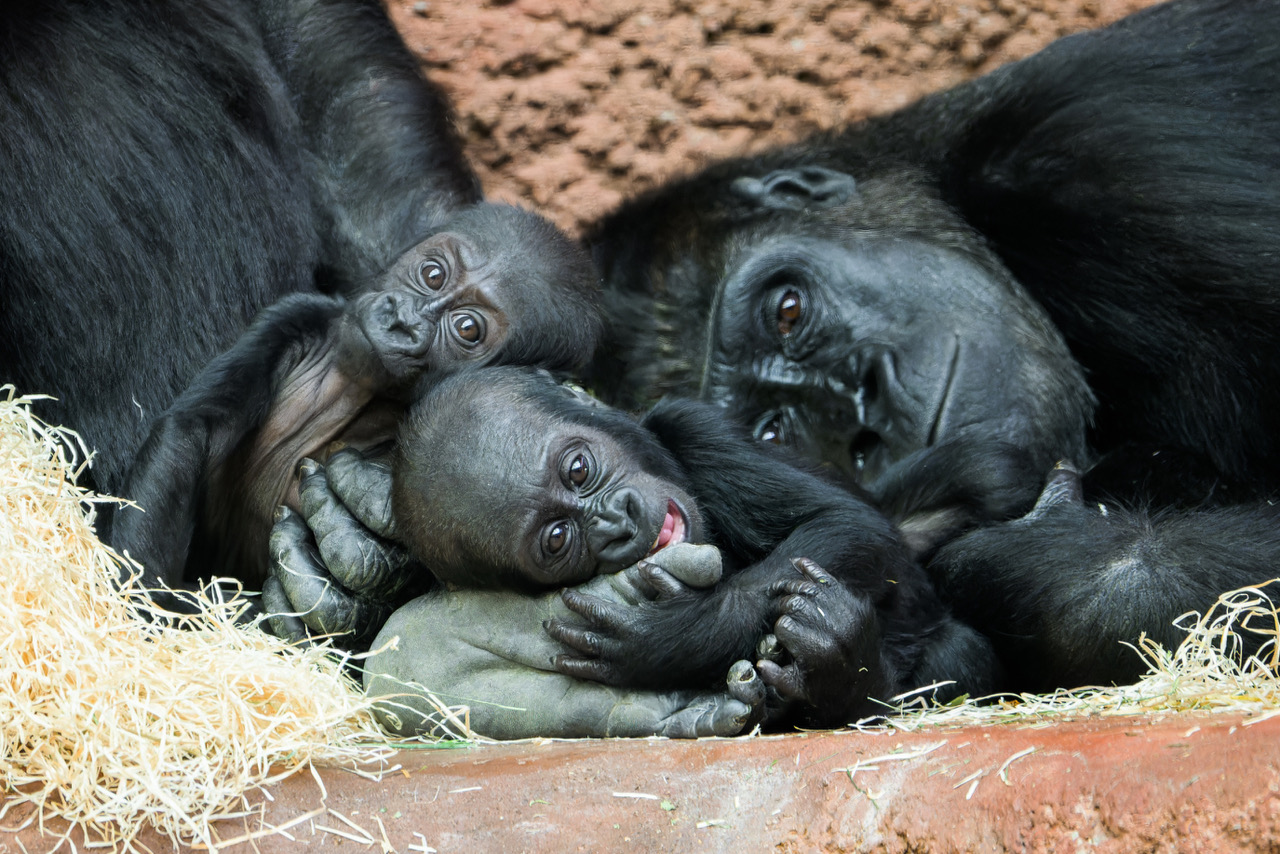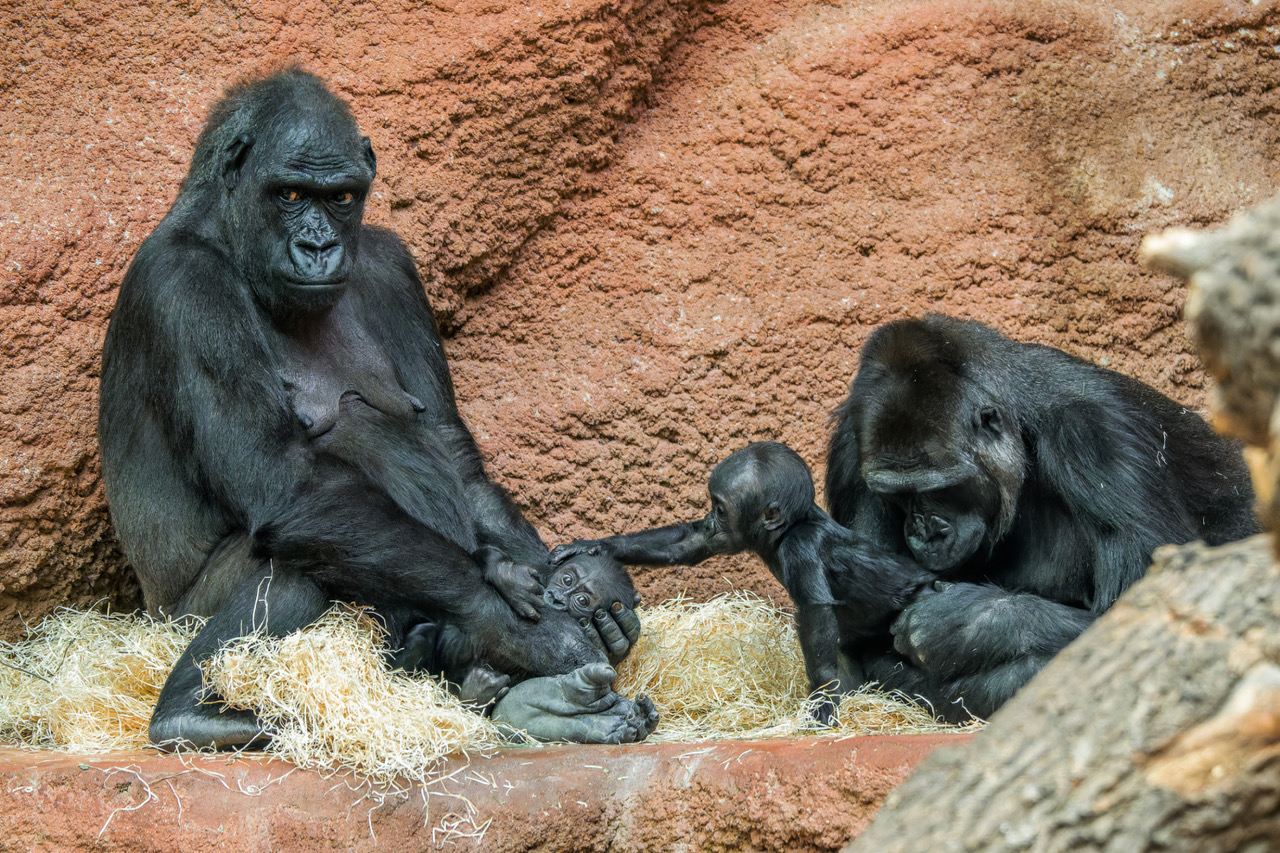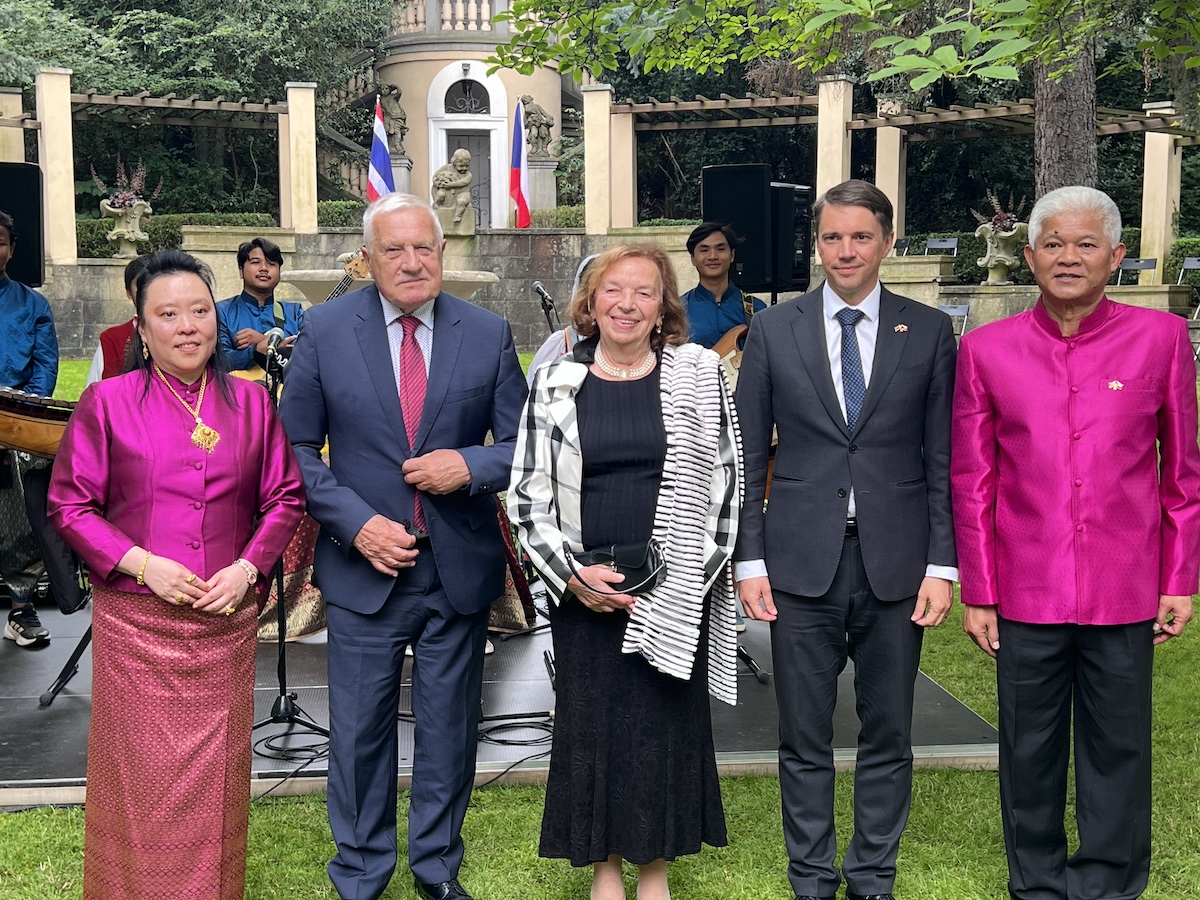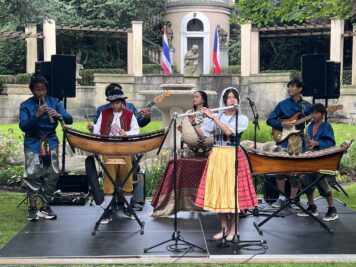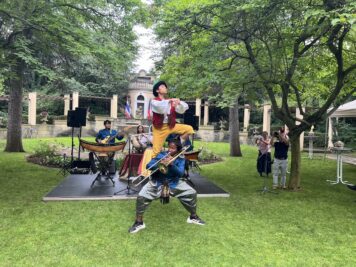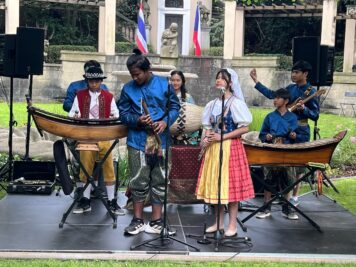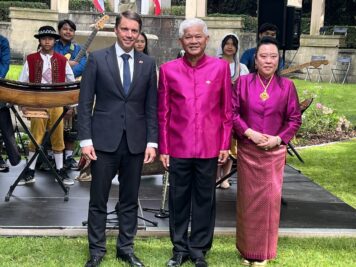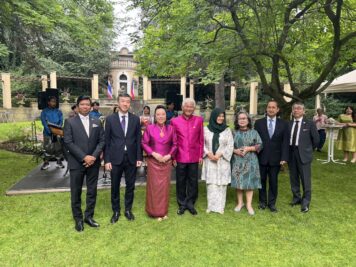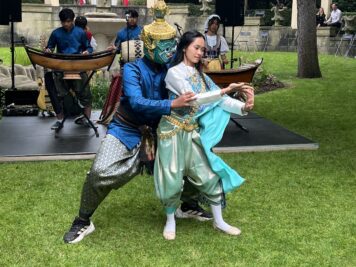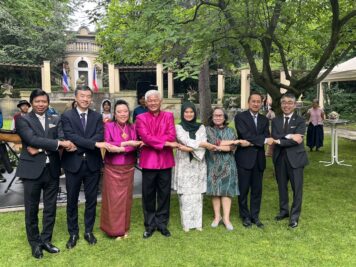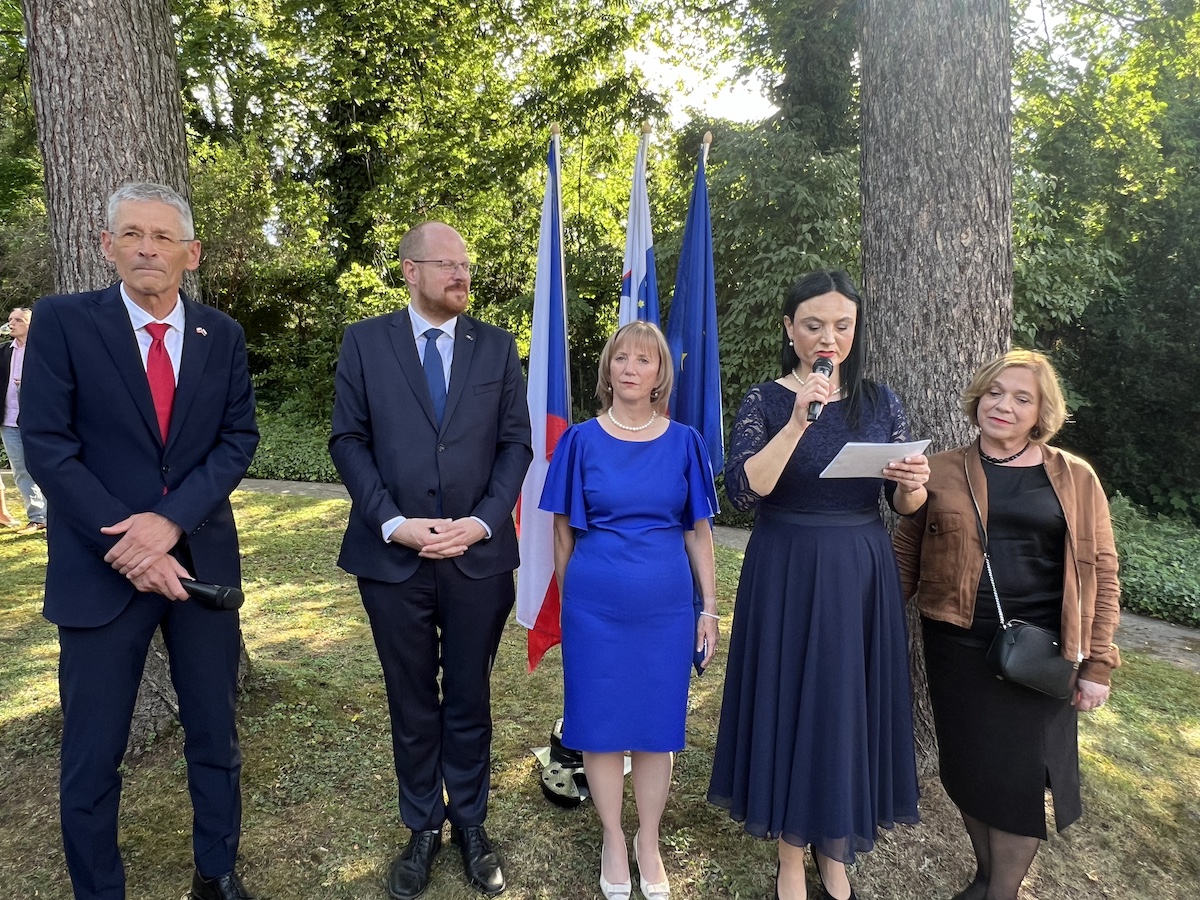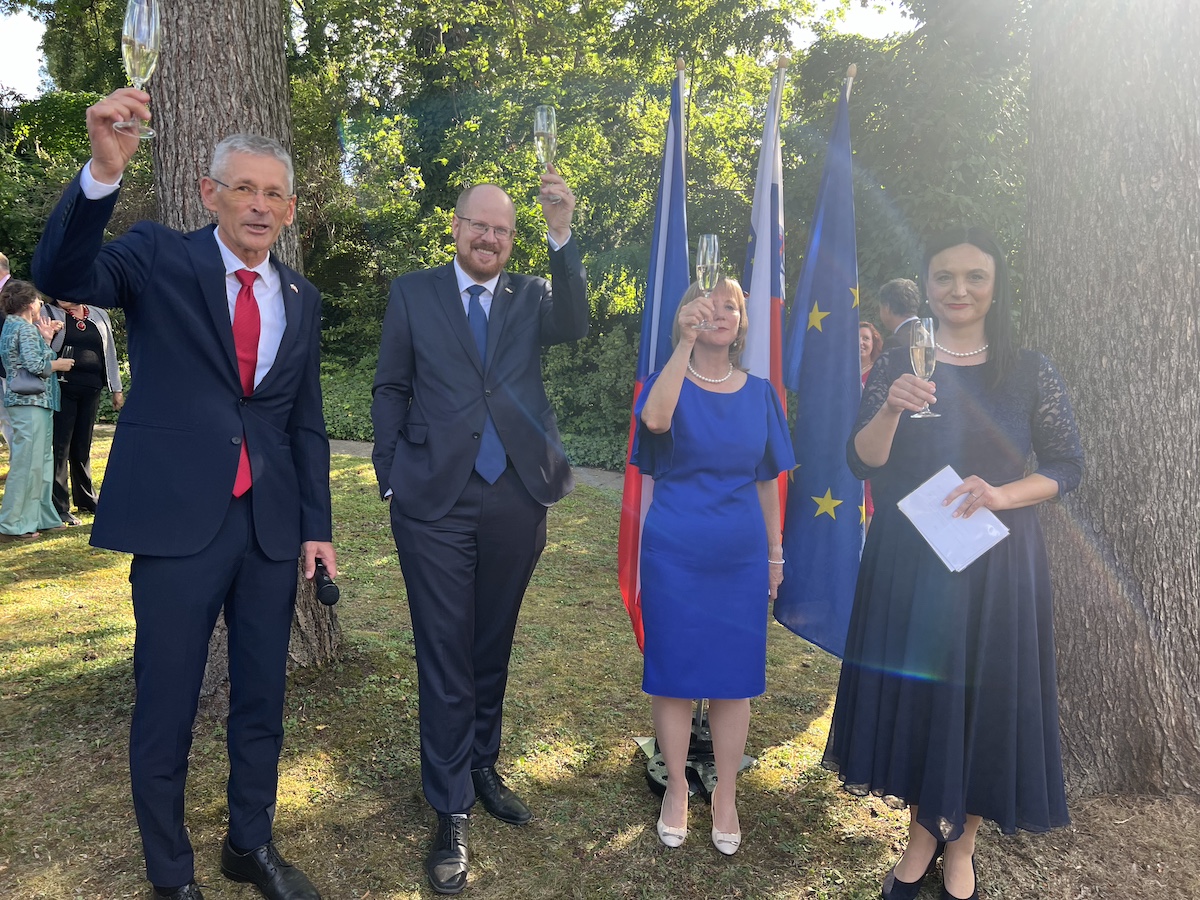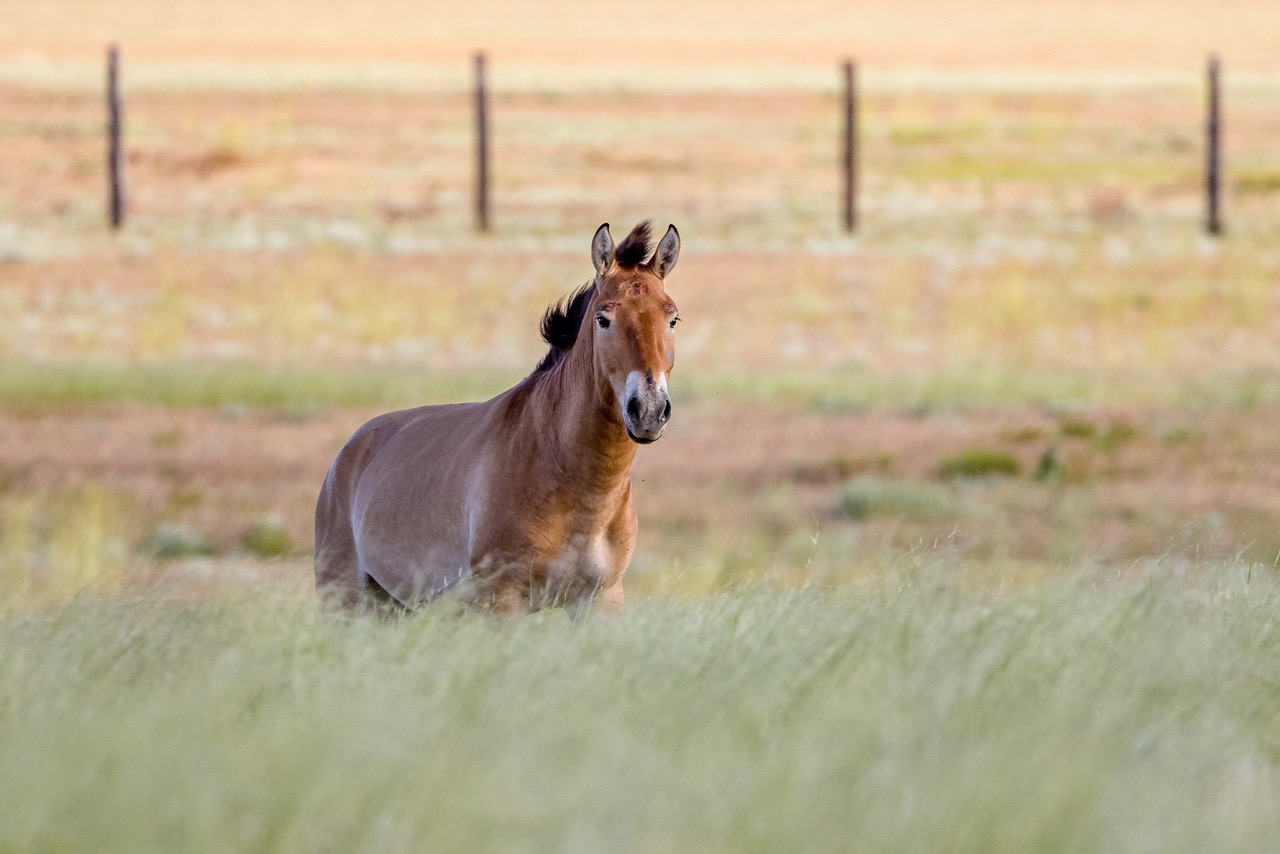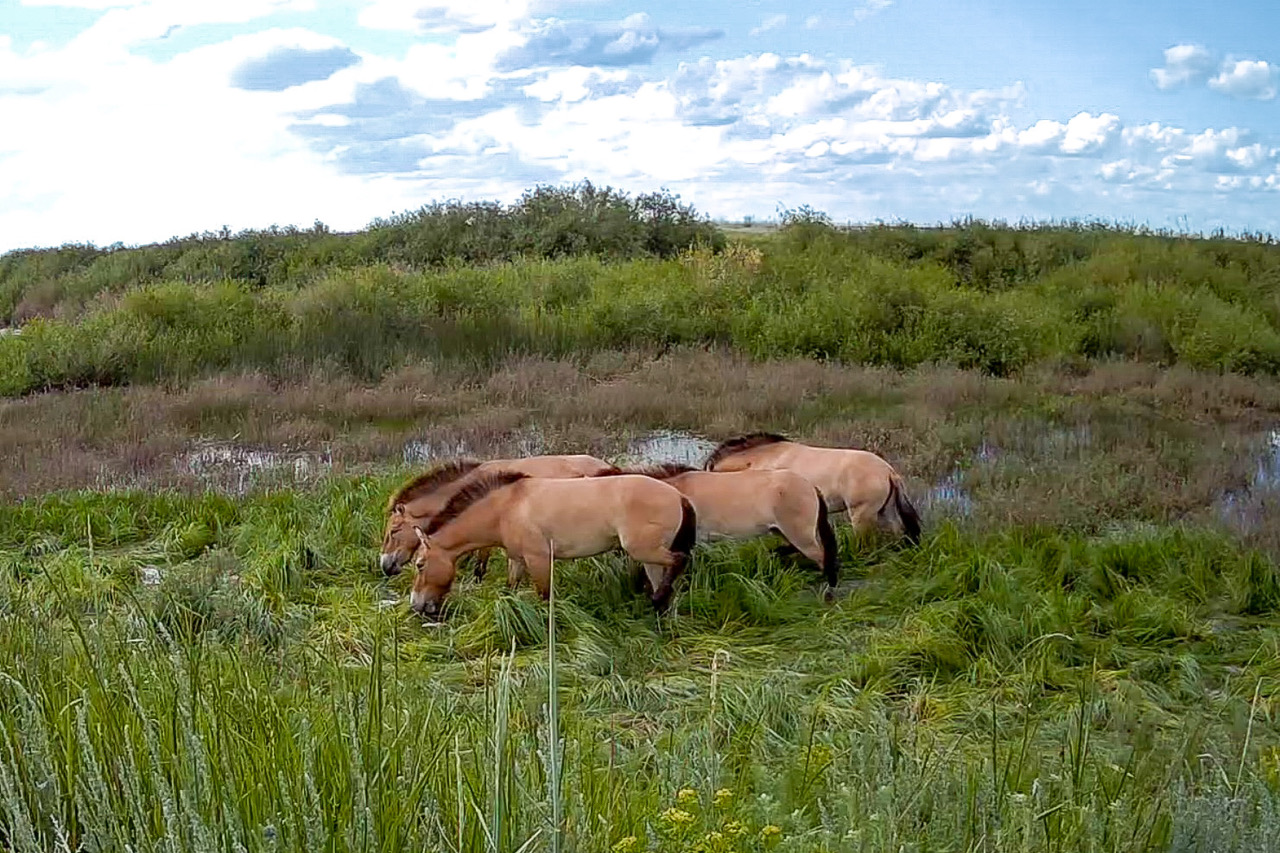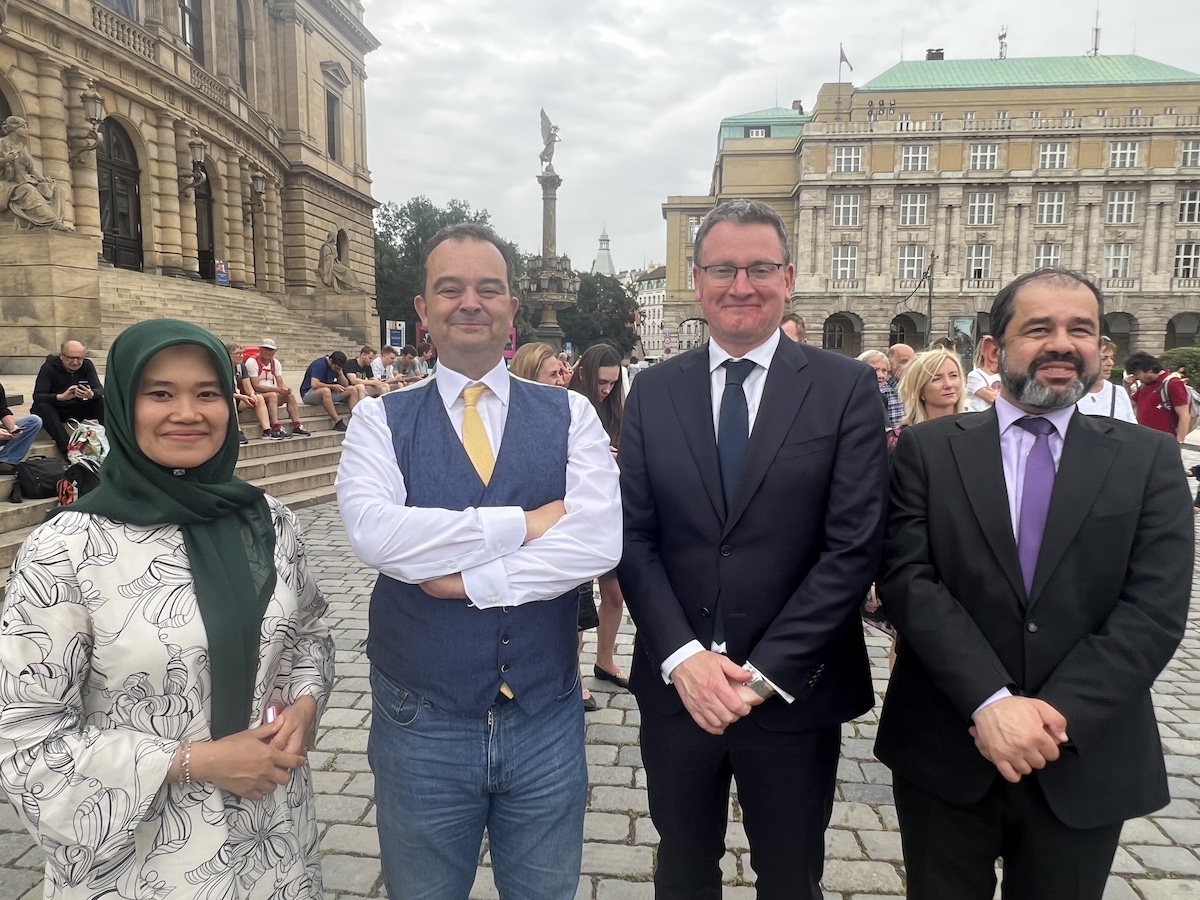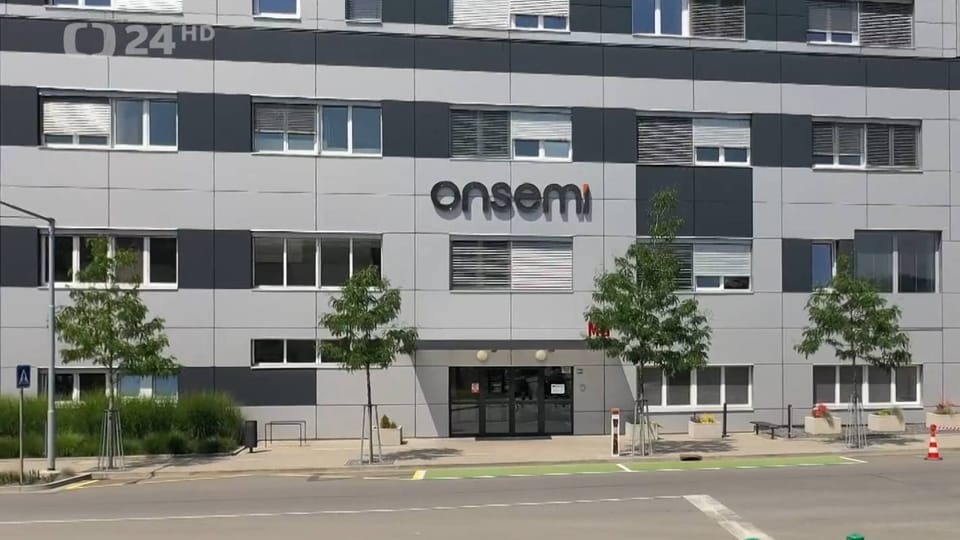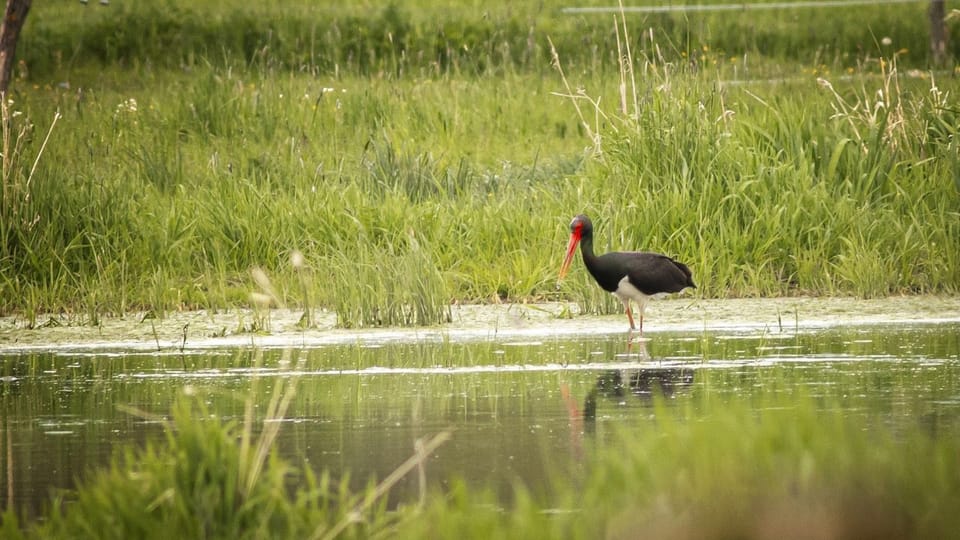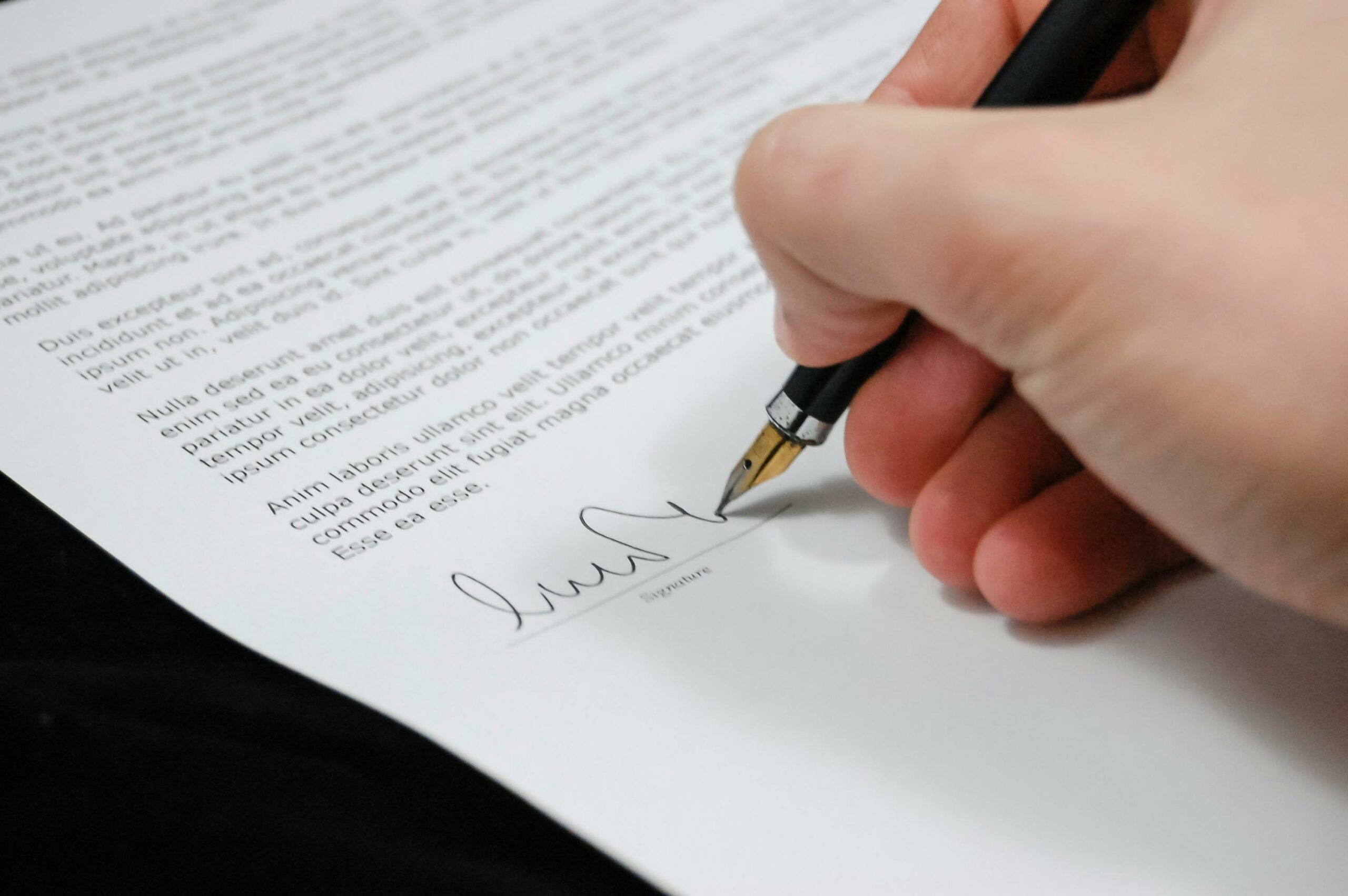
The reform of the review of public contracts is intended to speed up and make the decision-making of disputes between contracting authorities and those interested in public contracts faster and more efficient, which today takes place in up to five stages. Unfortunately, in connection with the reform in the public space, there are several inaccuracies and misleading statements that we would like to set the record straight.
- The reform proposal received hundreds of comments in the interdepartmental comment procedure, so it is a bad proposal.
For similarly complex proposals and laws, there may be several thousand comments. Their content is especially important. Specific comments can be agreeable, disagreeable, grammatical, or can be a so-called “no comment” comment. It is often also an explicit support for the reform. The inter-ministerial comment procedure of the reform on the review of public contracts takes place in a completely standard way, and the comments are settled gradually.
The reform is being reviewed by legal experts, representatives of contracting authorities and contractors. In the last year, over 30 meetings were held, which were mostly attended by representatives of the Office for the Protection of Economic Competition (ÚOHS). The effort of the Ministry for Regional Development is a faster and more predictable review of public contracts based on the consensus of the majority of the professional public.
- The current public procurement review system is good and no changes are needed.
Each day that a public contract is delayed in the review procedure will cost approximately CZK 6 million. Every year, the price of orders increases by tens of billions of crowns. The delay in public contracts affects the residents of many places who are waiting for new transport and other important constructions as well as other public projects. The current system is unsustainable. Therefore, our goal is to speed up the public procurement review system.
- ÚOHS proposed its own changes to the review procedure, but the Ministry for Regional Development listened to them. Instead, he is preparing a reform that no one wants.
The Ministry for Regional Development incorporated a number of initiatives that arose from the proposal of the ÚOHS. What could not be agreed with was the effort to further strengthen monocratic decision-making in the form of a full appeal (i.e. the possibility of completely changing the decision) and the setting of deposits for the contracting authority as well.
The reform proposal of the Ministry for Regional Development is a response to the requests of contracting authorities, contractors, and anti-corruption organizations. The Ministry for Regional Development based its decision on the recommendations of experts, proven foreign practice, and the decision of the Supreme Administrative Court (6 As 338/2021 – 52).
- The ÚOHS decides on approximately a percentage of orders out of their total number of approx. 17,000 per year. The chairman of the ÚOHS alone decides on only half a percent of them in the 2nd stage.
It is not only the total number of contracts that is important but also the financial value of those that are interrupted by the review procedure and their importance for the state or local government. In 2022, the chairman of the ÚOHS decided on the dissolution of 45% of all disputes. It is highly unusual for a single person to decide on a review of tens of billions of public money.
Contracting authorities are afraid of lengthy decision-making by the ÚOHS, so most public contracts are awarded mainly on price, not on quality.
- The monocratic decision-making model is quite common in the Czech Republic.
No other civil servant alone decides on dozens of cases of national or regional importance and at the same time on tens of billions a year. All comparative analyzes show that nowhere else in the EU does one person have such power. Everywhere else, the office, senates or commissions decide.
In 2022, the Chairman of the ÚOHS decided in 85 dissolution proceedings on 75 public contracts. He always receives the recommendation of the decomposition committee, but the final decision ultimately rests with the chairman of the ÚOHS, who can deviate from the recommendation. On average, there are two decisions on disputes in public contracts for every week of the year. In addition, the chairman of the ÚOHS also makes decisions in proceedings on offenses and other agendas (economic competition, significant market power, public support, transport infrastructure), represents the office and manages it in a managerial manner. This requires a high degree of expertise and the capacity to read the documents and consider all the circumstances. That is why the Ministry for Regional Development proposed to abolish the decomposition stage in proceedings before the ÚOHS and to strengthen the quality of decision-making by introducing three-member panels.
- In the Czech Republic, there is always two-instance decision-making, there is no logic in introducing single-instance decision-making for public contracts.
Historically, the review according to the Administrative Code is actually two-instance. However, this will not be a new thing, single-instance is already introduced in more than 10 administrative proceedings today. According to the Ministry of Regional Development, this is a logical and effective way to speed up the review and reduce the bureaucratic burden.
- The reform is too big a change that shakes the entire review system and the decision-making practice is discarded.
The reform adjusts the method of evidence and specifies the rules for parties to the dispute. The ÚOHS will continue to have the opportunity to supplement the evidence, but it should be in exceptional cases. Today, this only happens in about a third of cases, the rest is due to the activity of the parties to the dispute.
- The Ministry for Regional Development wants to implement the so-called Croatian model in the Czech Republic, which is criticized even by the chairwoman of the Croatian office.
The Ministry for Regional Development does not want to implement the Croatian model. For 17 years, Croatia has been making decisions in councils led by the chairman and 2 vice-chairmen of the State Commission, in which 2 other members are always appointed by the parliament. According to the Croatian experience, political influence in practice reduces their expertise and creates dissonance in opinions.
The Ministry for Regional Development proposed a fundamentally different model. The members of the Senate would be elected by a commission with an emphasis on their expertise. The ÚOHS and the SAO would also have their representatives in the commission. For the first term of office, the members of the senate would automatically become experts from among the current directors of the ÚOHS, in order to maintain continuity. Decision-making would be linked to specific recognized authorities. The proposal of the Ministry for Regional Development contains clear safeguards so that the Senates do not decide differently in the same case. Clients and contractors must know what they can expect from the review, both in terms of time and material.
- In Germany, they make decisions faster, but these are only over-limit orders, that cannot be compared with the Czech practice, they have a different model. But 40 days, as claimed by the Ministry of Regional Development, is not even available in Germany.
Chambers in Germany make decisions significantly faster than in the Czech Republic, although they only decide on over-limit orders, i.e. the more important ones, which are often more complex than under-limit orders. And yet they manage the review significantly (about 4x) faster and with a smaller apparatus than ours. 40 days is a figure from Germany’s report to the European Commission, and the Ministry of Regional Development verified it by recalculating the length of the decision of the Federal Chamber for Federal Procurement (VK Bund). It is not clear why and on what basis this data is disputed.
- ÚOHS decides quickly enough. According to the reform, the decision will be made in one instance, and the contracting authority will not be able to conclude a contract with the winning contractor for 15 days after the final decision unless the Regional Court in Brno issues a preliminary measure. Decision-making by the Regional Court in Brno takes about 550 days on average.
Currently, orders pending before the ÚOHS are blocked for an average of 5 months. If dissolution is filed (45% of disputes in 2022), the wait increases to 7 to 9 months. Contracts are blocked today even where the proposal has fundamental defects or the deposit has not been paid. This is what the Ministry for Regional Development wants to eliminate through reform.
In addition, the ÚOHS should always communicate its preliminary legal opinion to the parties within 20 working days from the submission of the proposal, so that the parties know how the panel views their dispute. Abroad, this is the usual way to allow the complainant to withdraw his proposal and save the deposit, or for the contracting authority to make corrections in time. Public contracts would thus be blocked for a significantly shorter period of time and the ÚOHS would be less burdened with decision-making. Only where the complainant did not withdraw the proposal himself, but did not succeed before the Office and continued to defend himself before the court, the tender would continue to be blocked. For this, the complainant would have to pay the deposit again and the Regional Court in Brno would have to issue a preliminary measure.
The average duration of proceedings before the Regional Court in Brno is misleading, as it applies to all proceedings. Today, there are only a small number of cases involving disputes that block the procurement process per year, and the Ministry of Regional Development proposes that the Regional Court in Brno decide on them within 60, maximum 90 days.











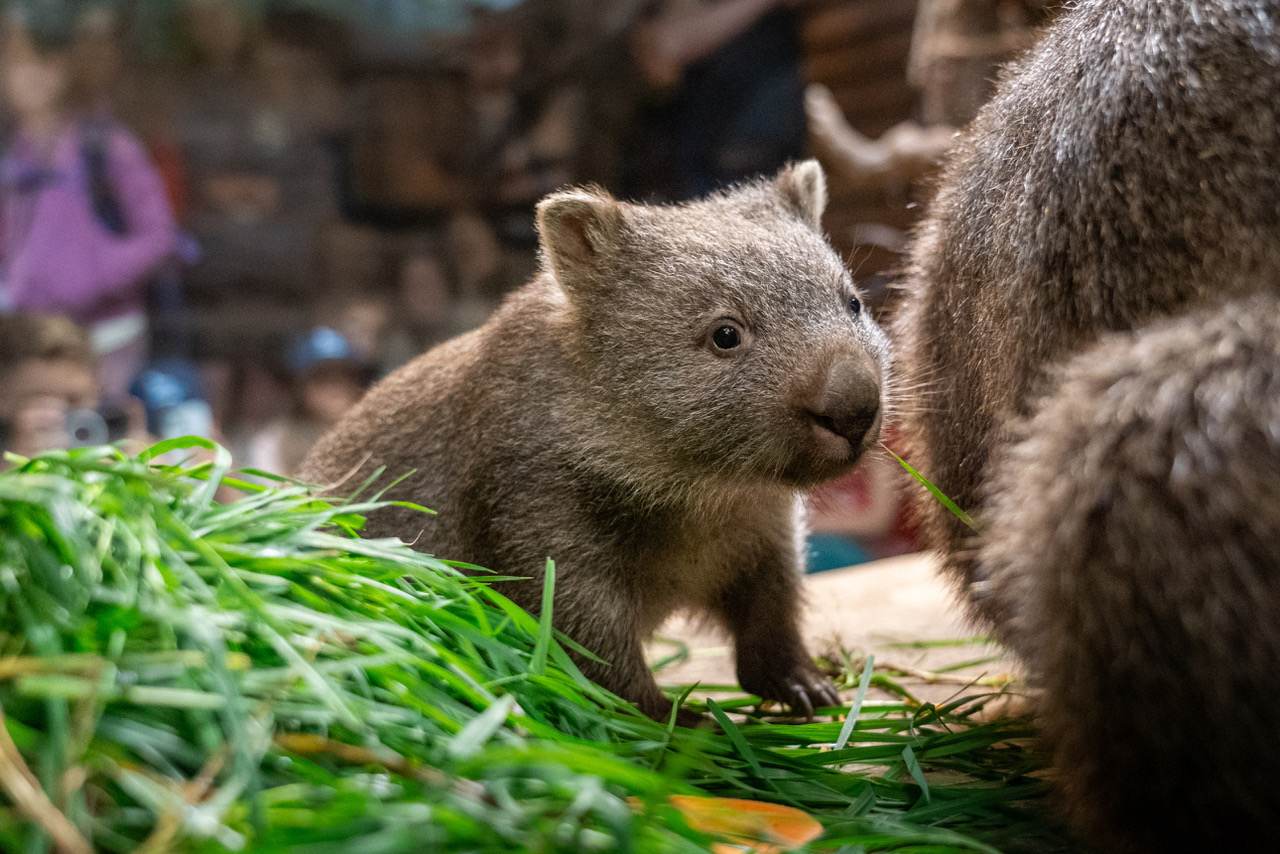
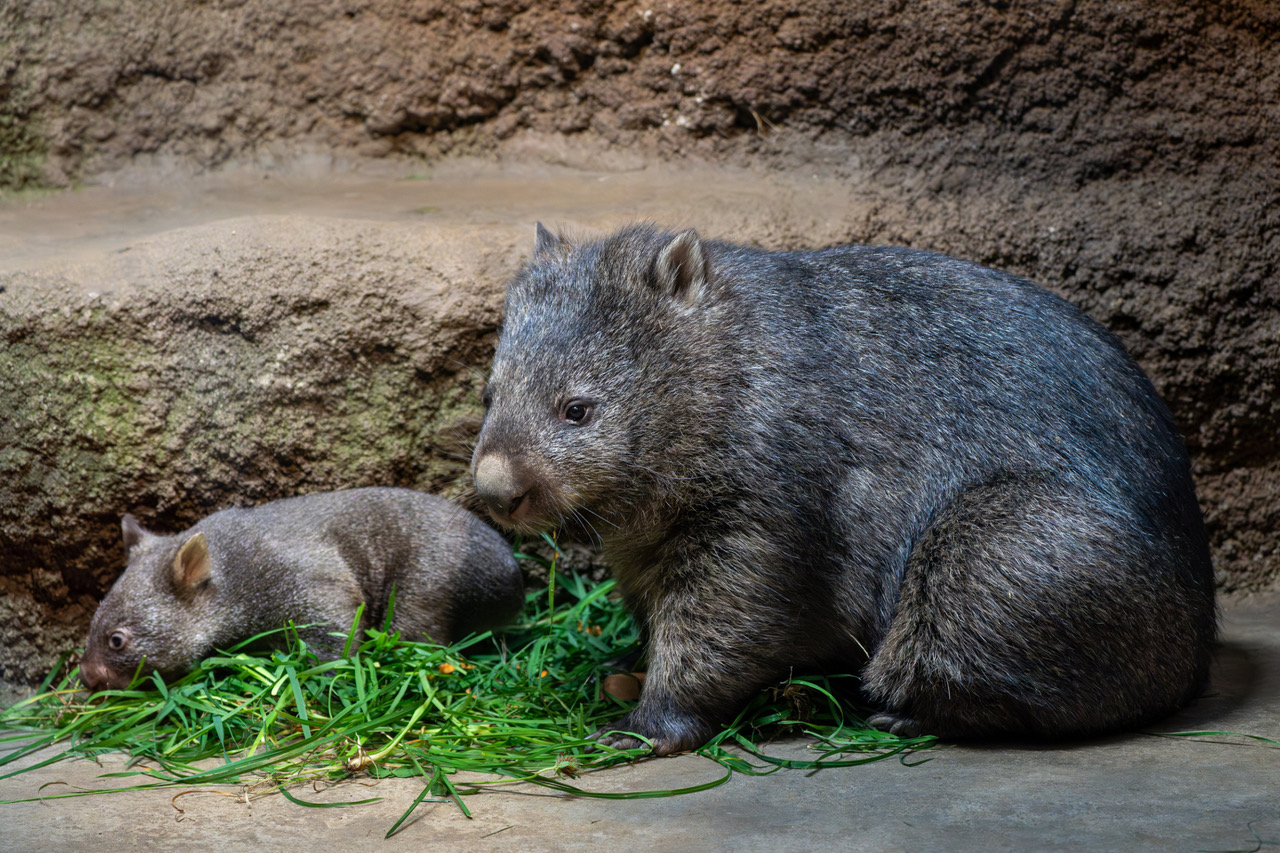


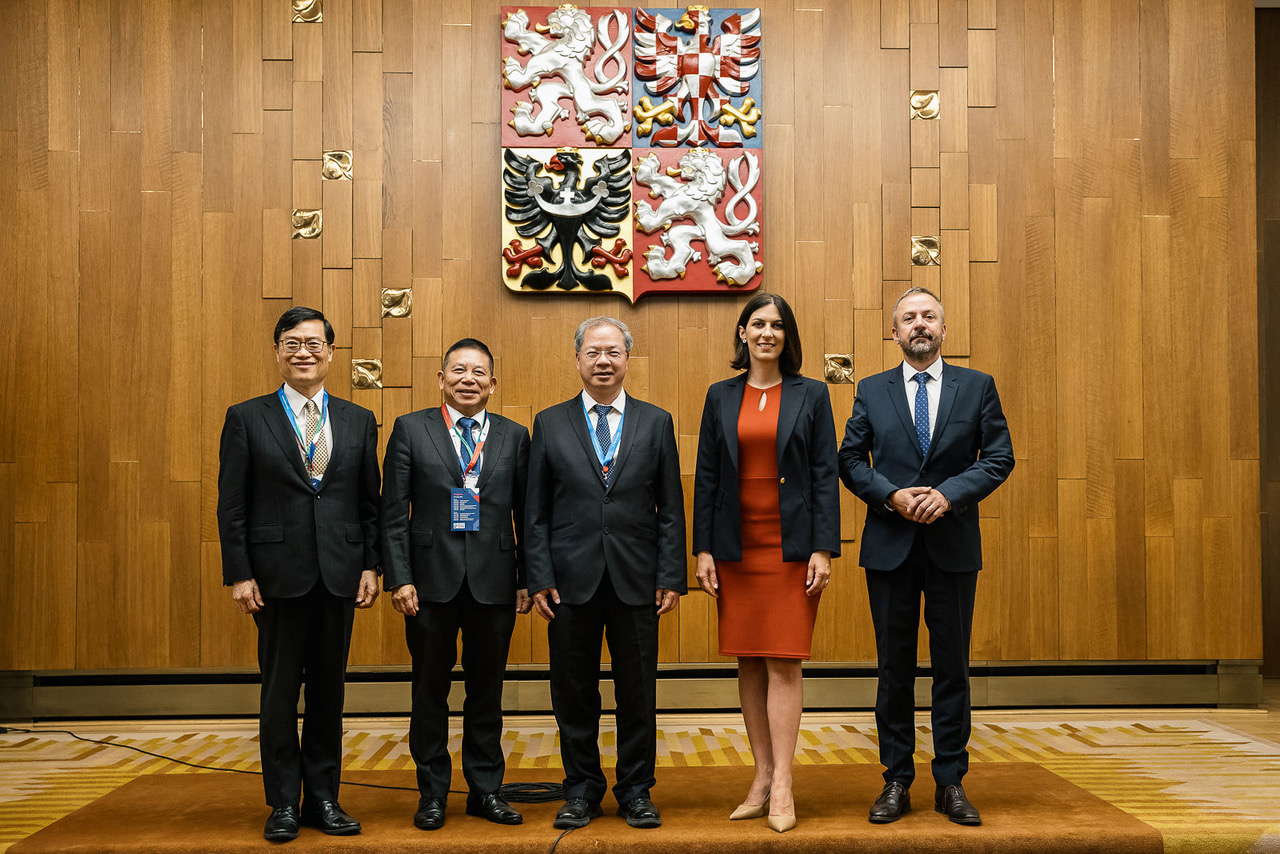
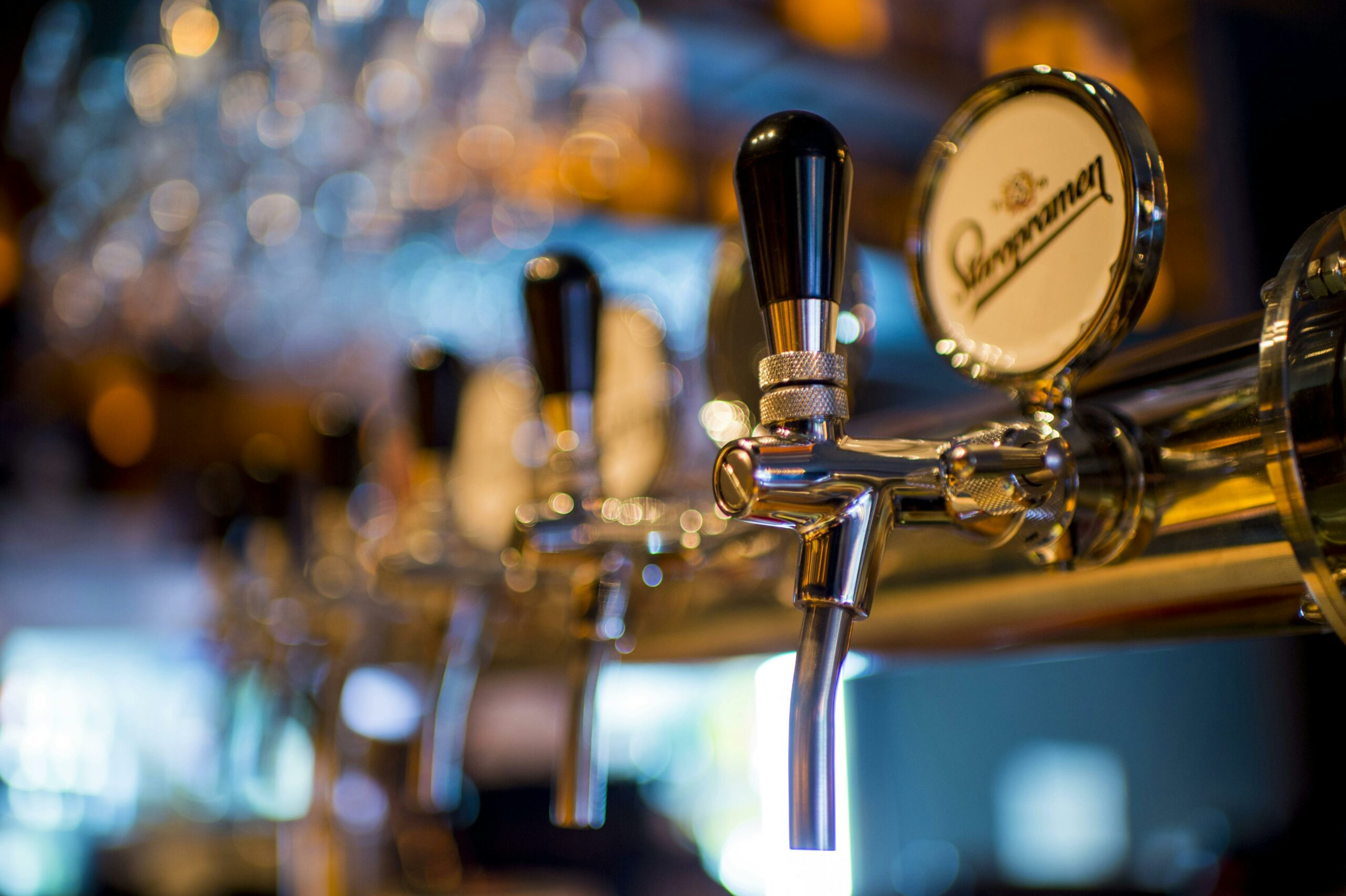
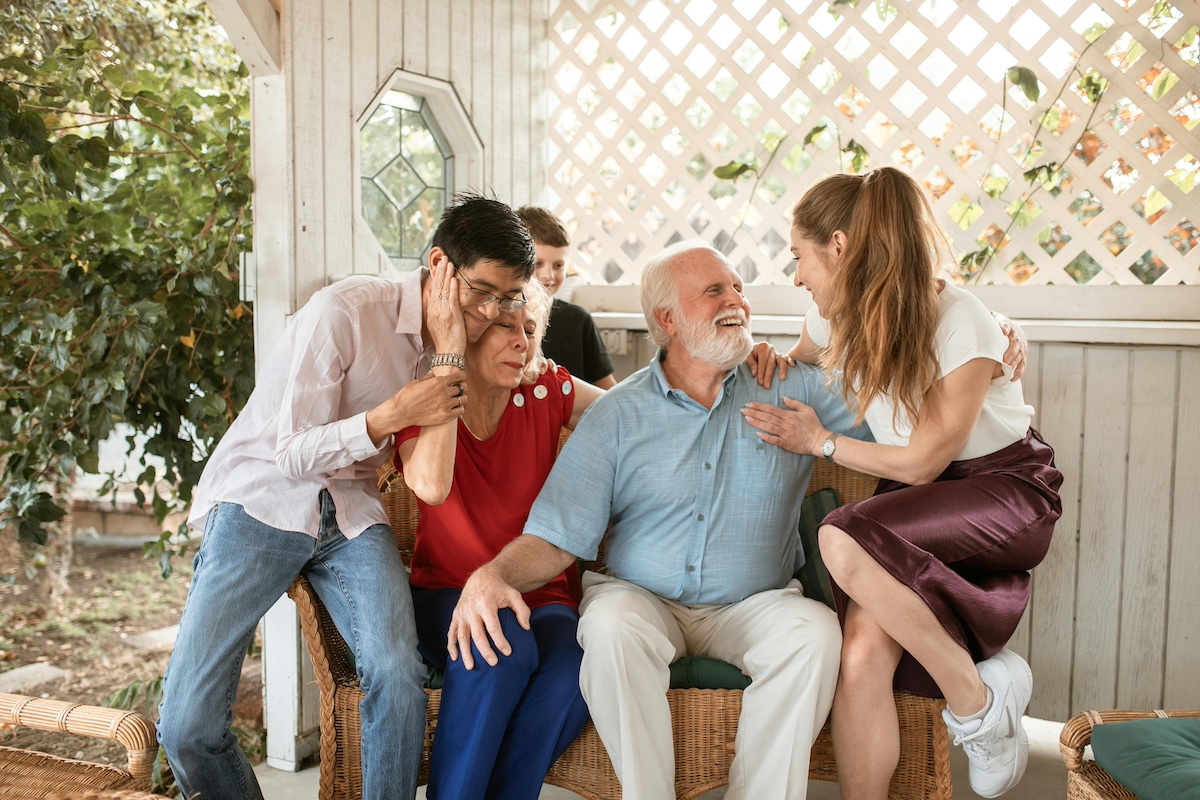



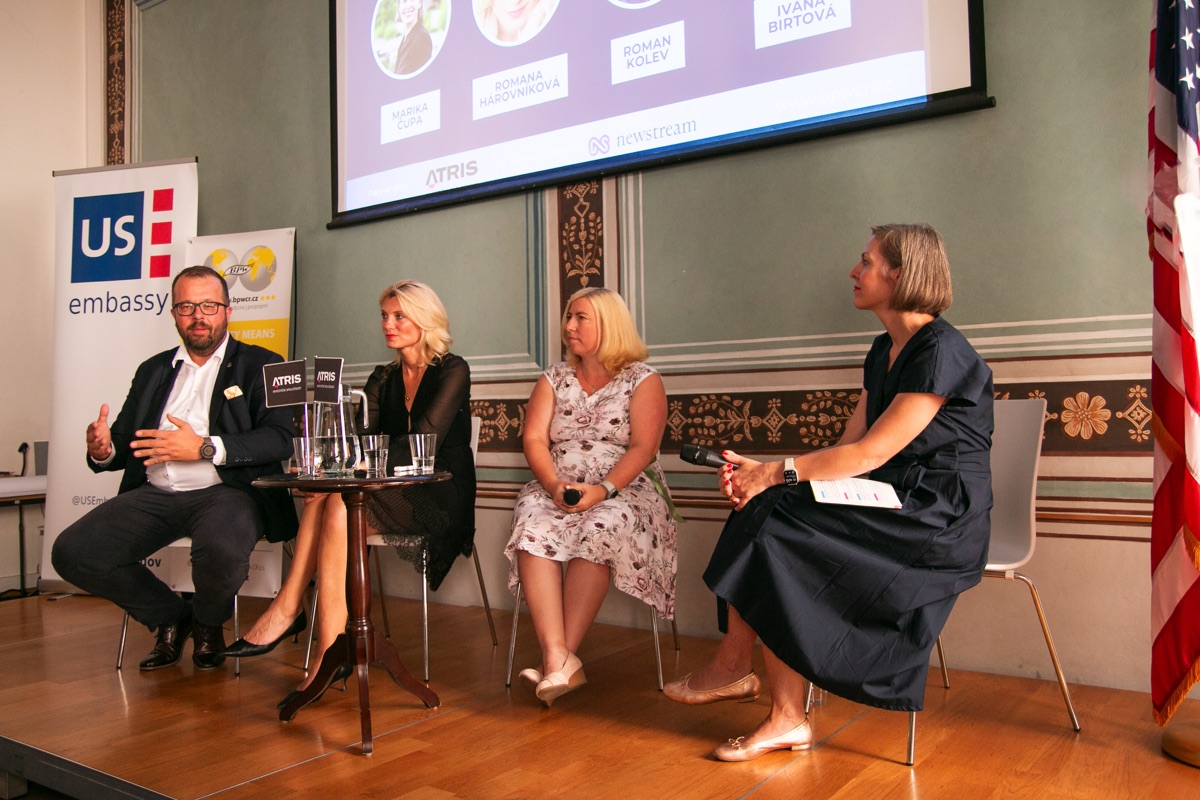
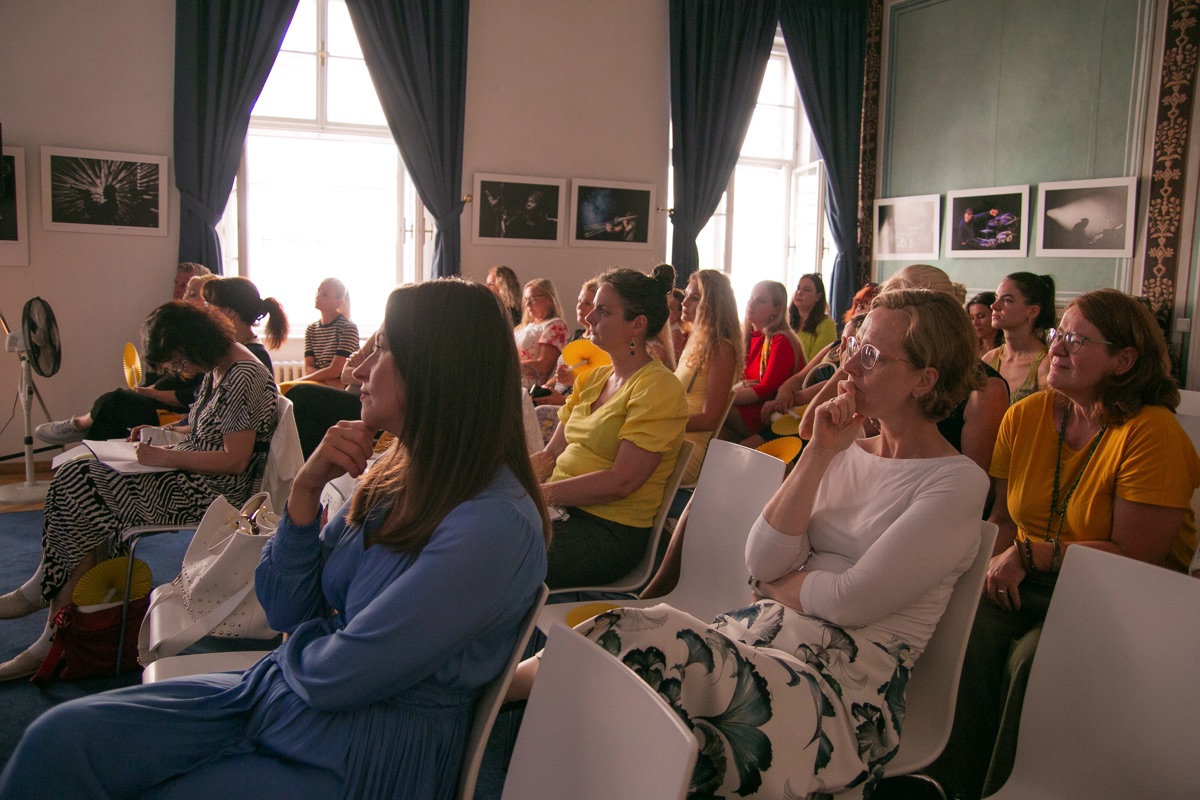
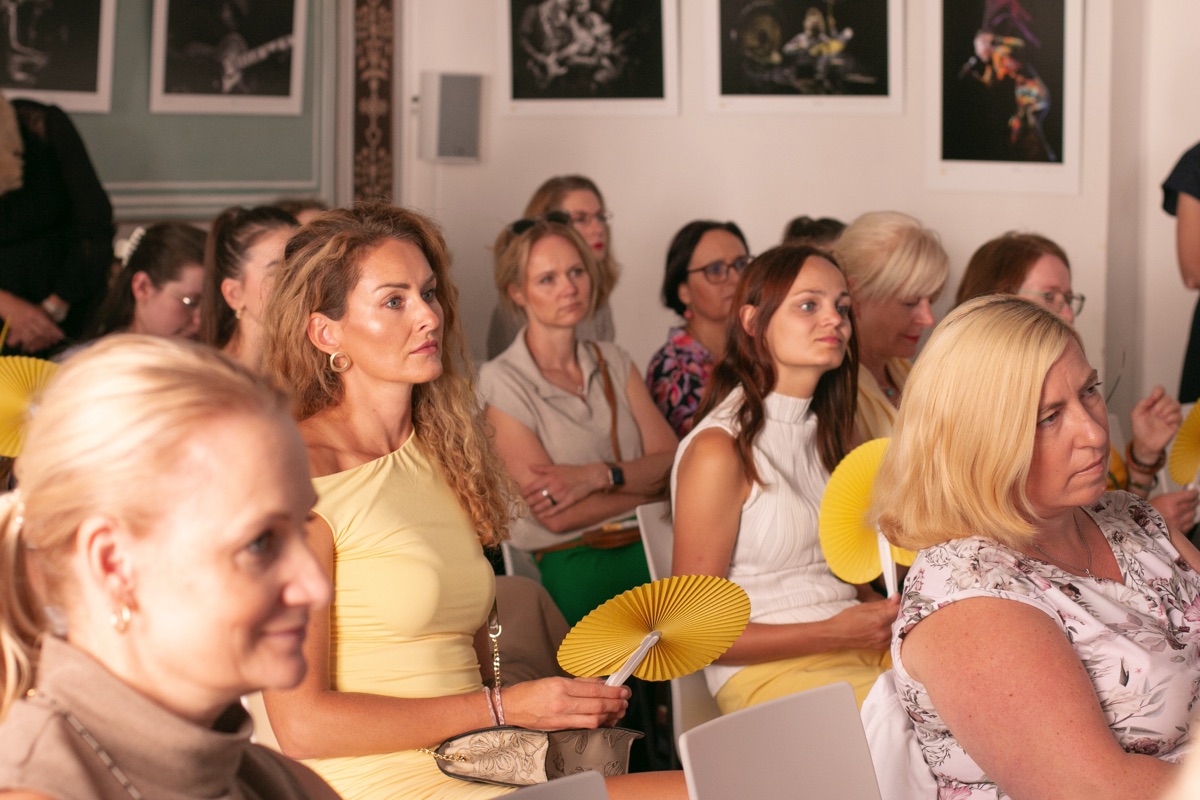
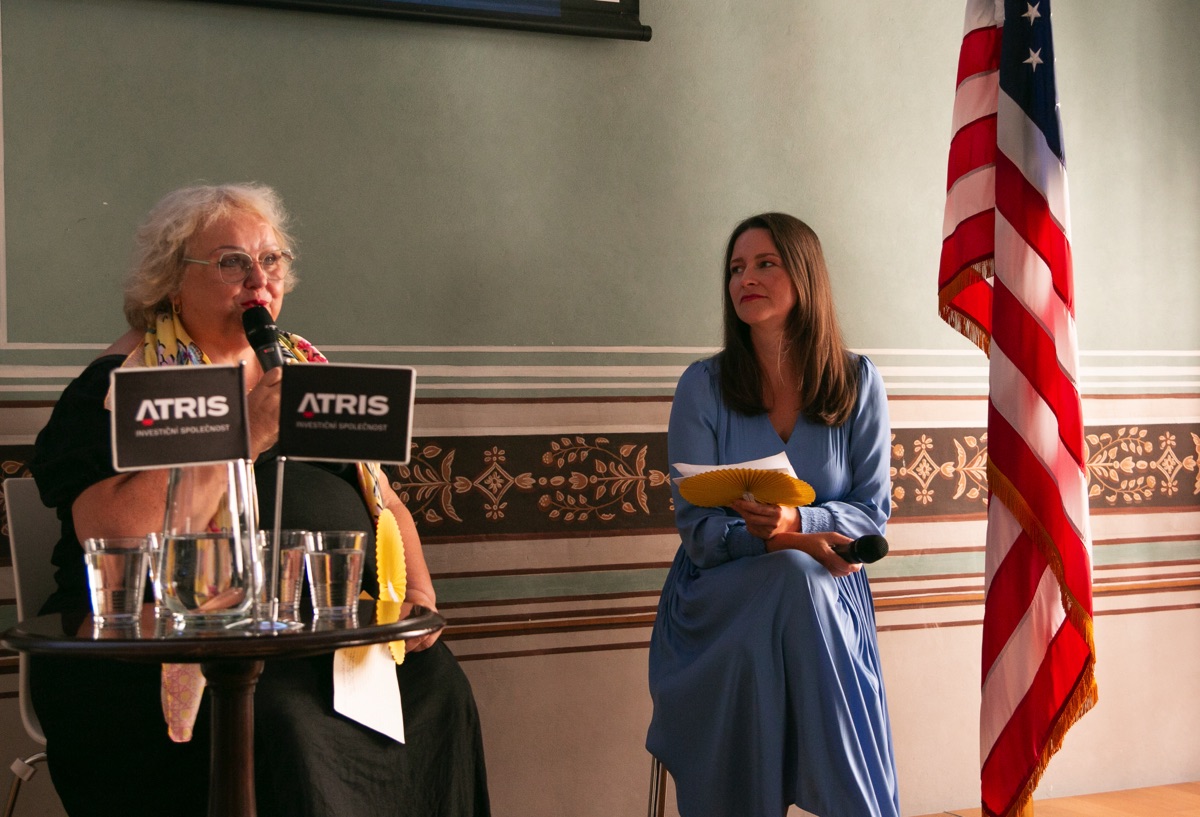
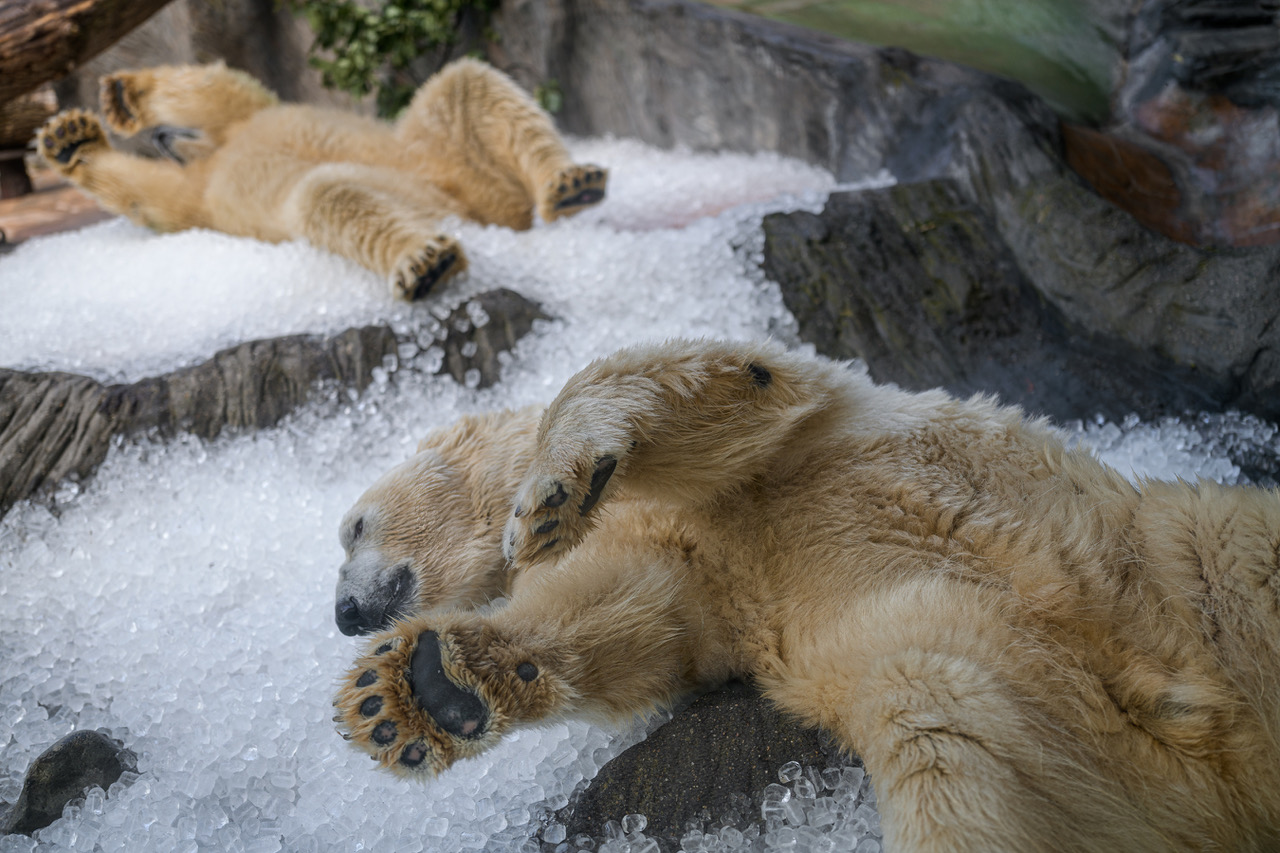
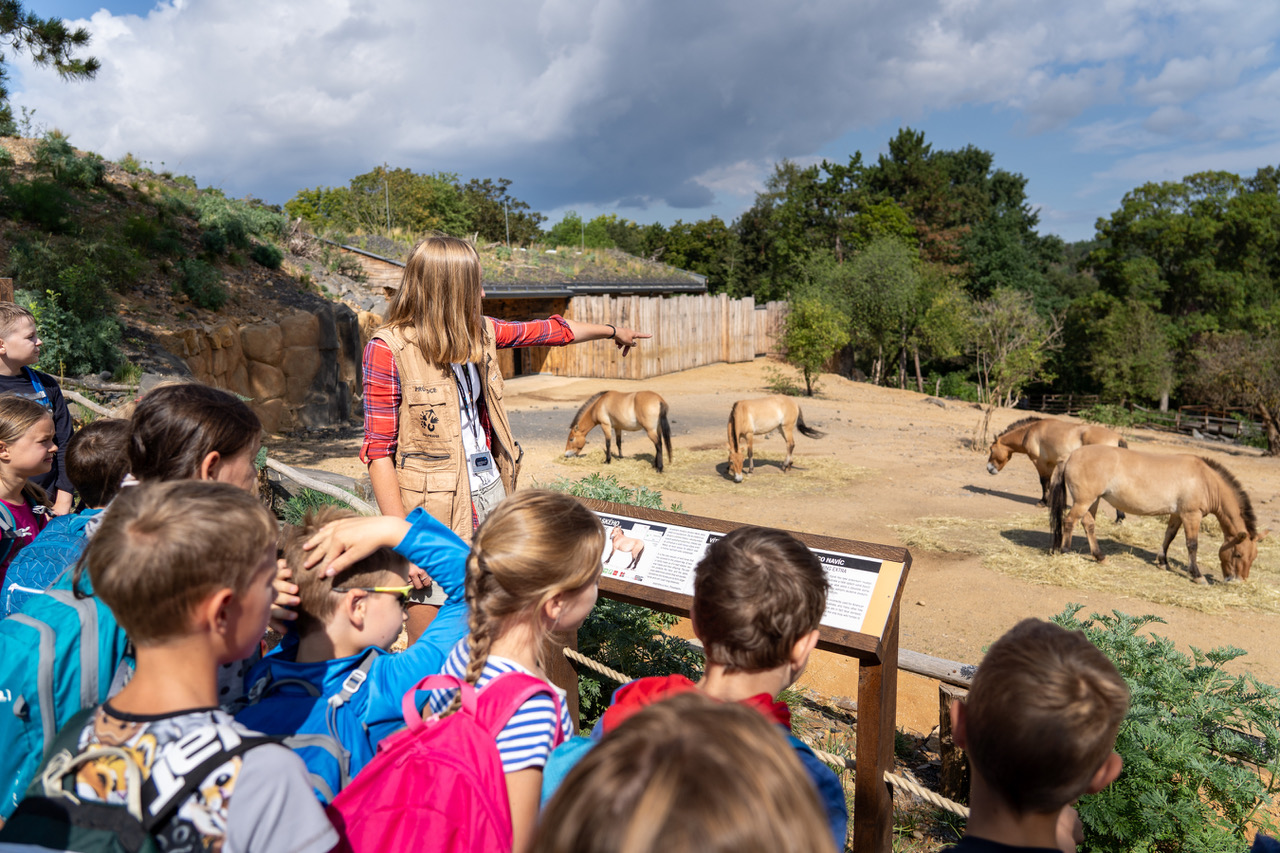
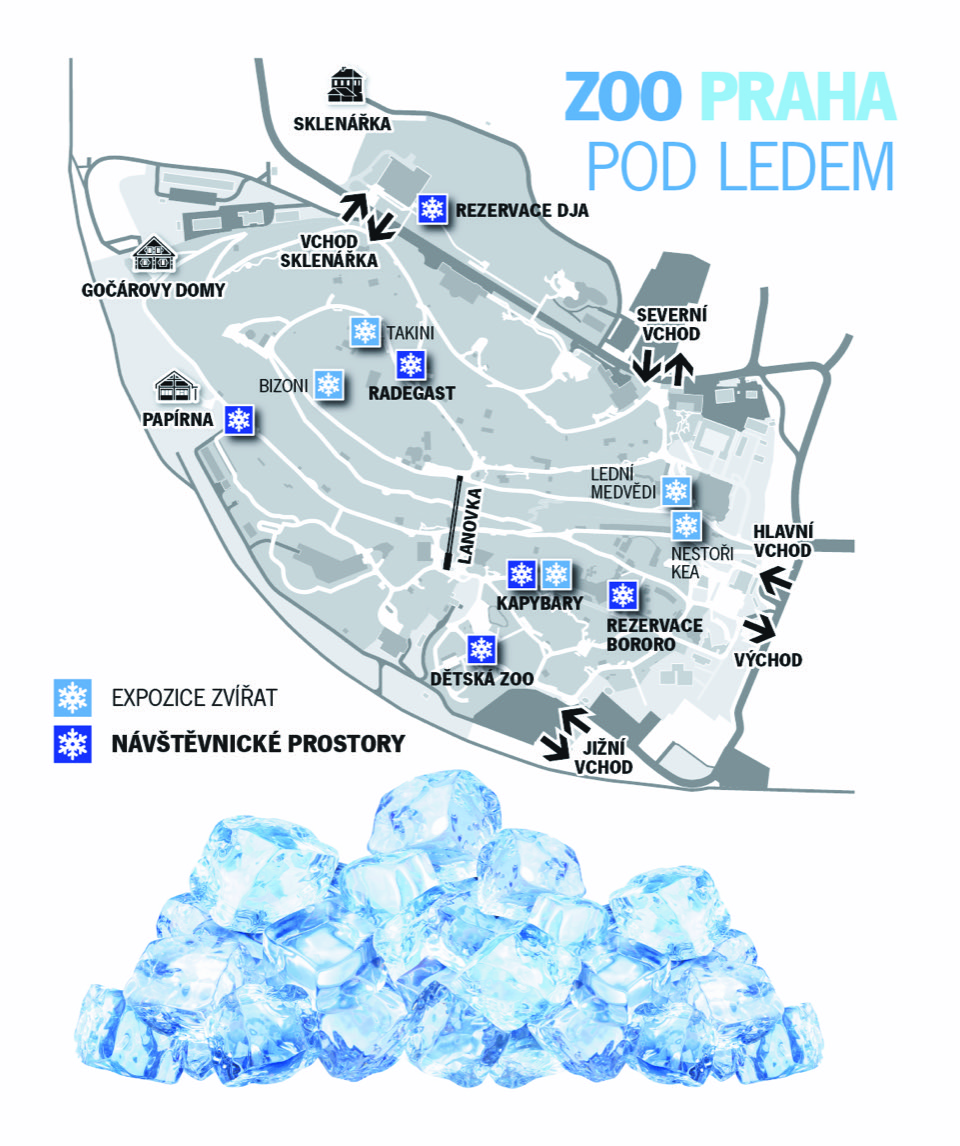

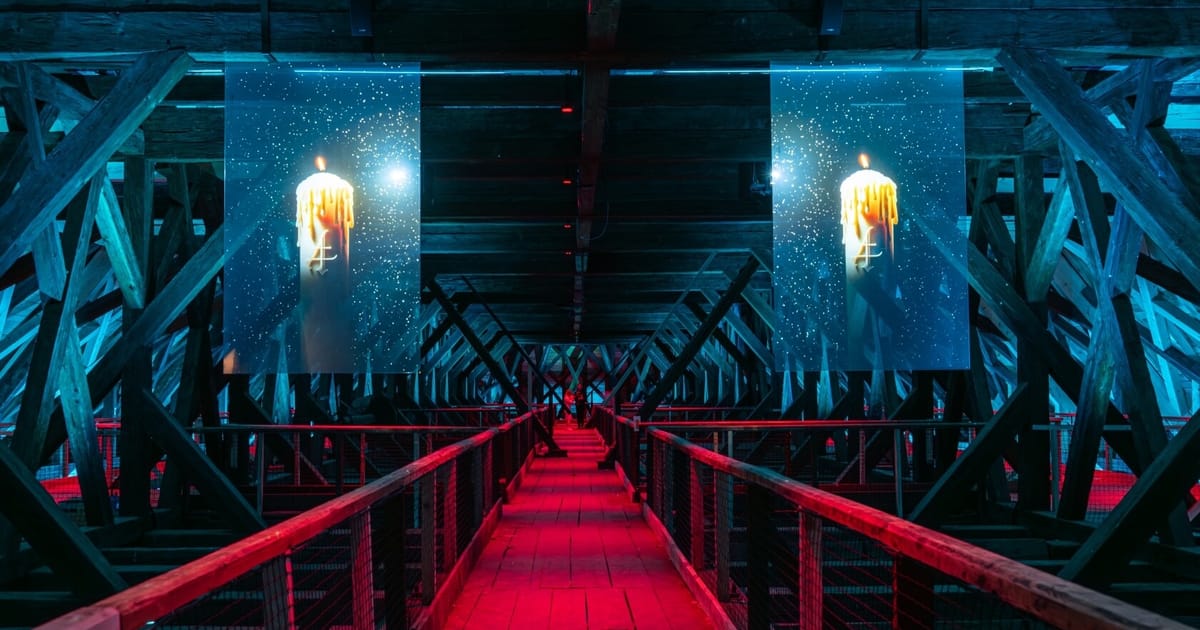
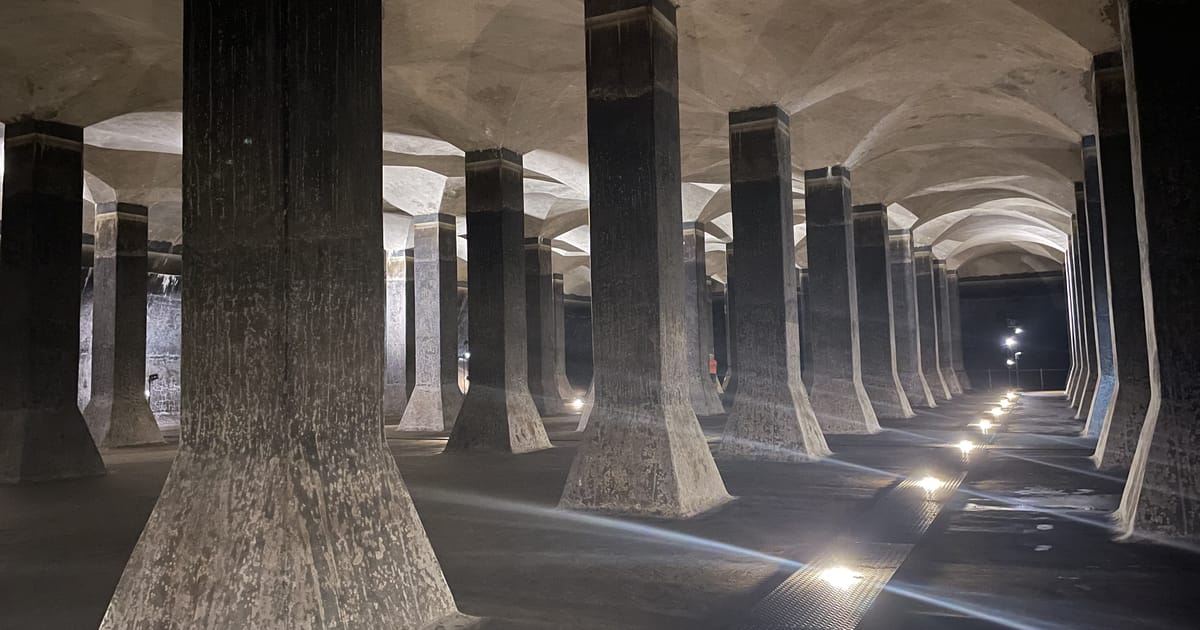
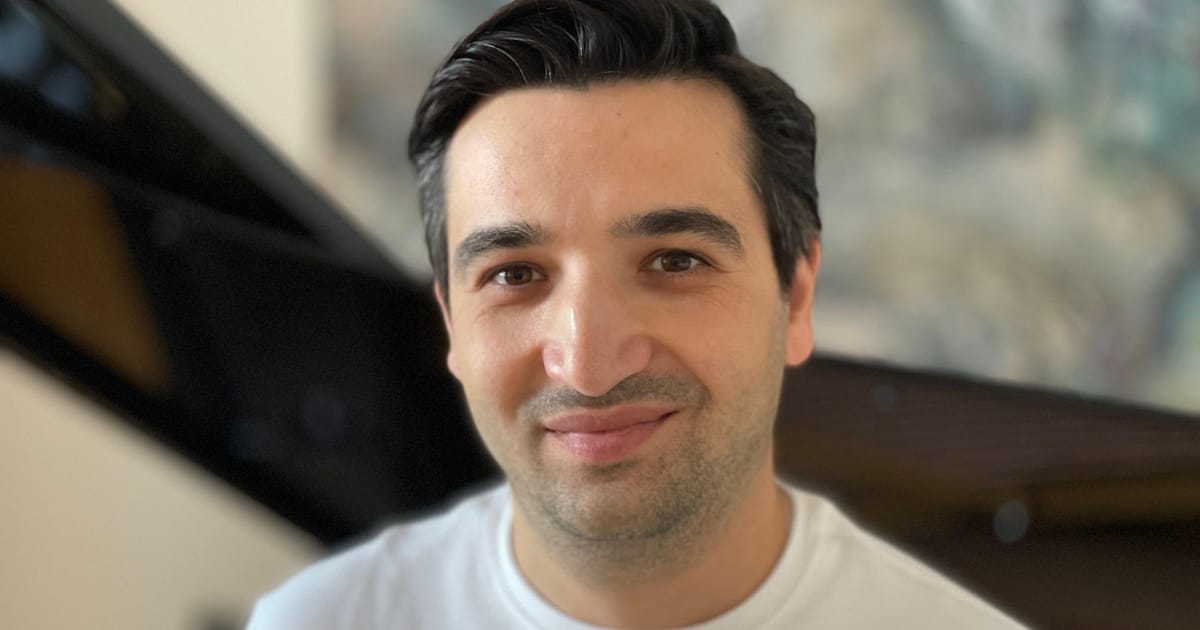
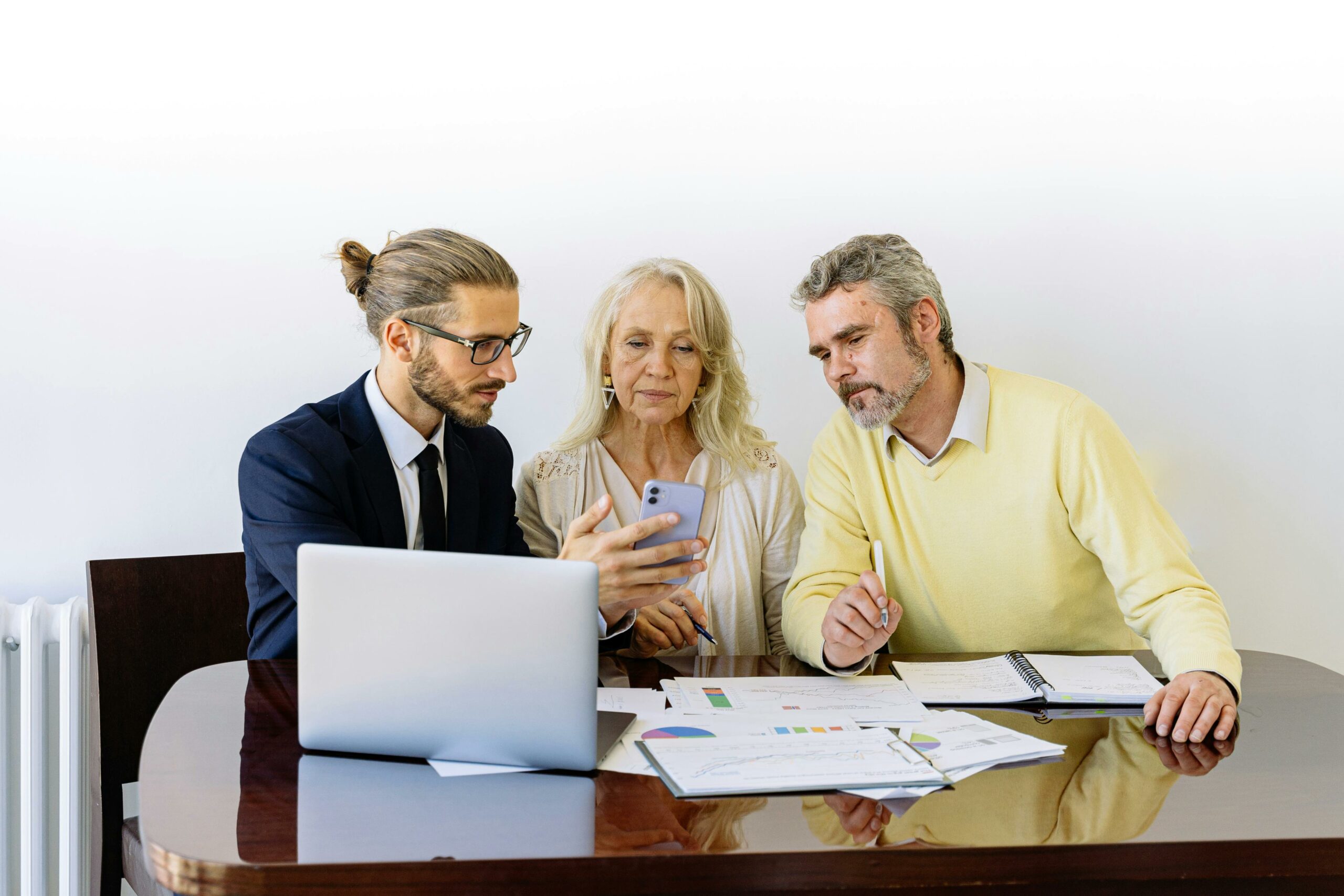
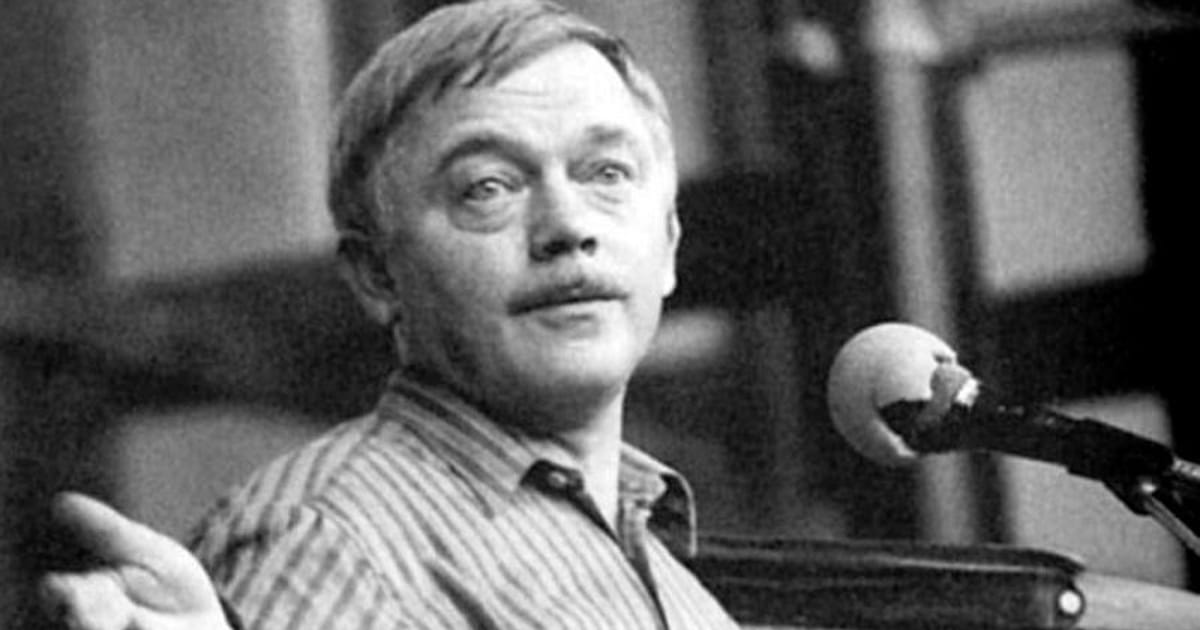


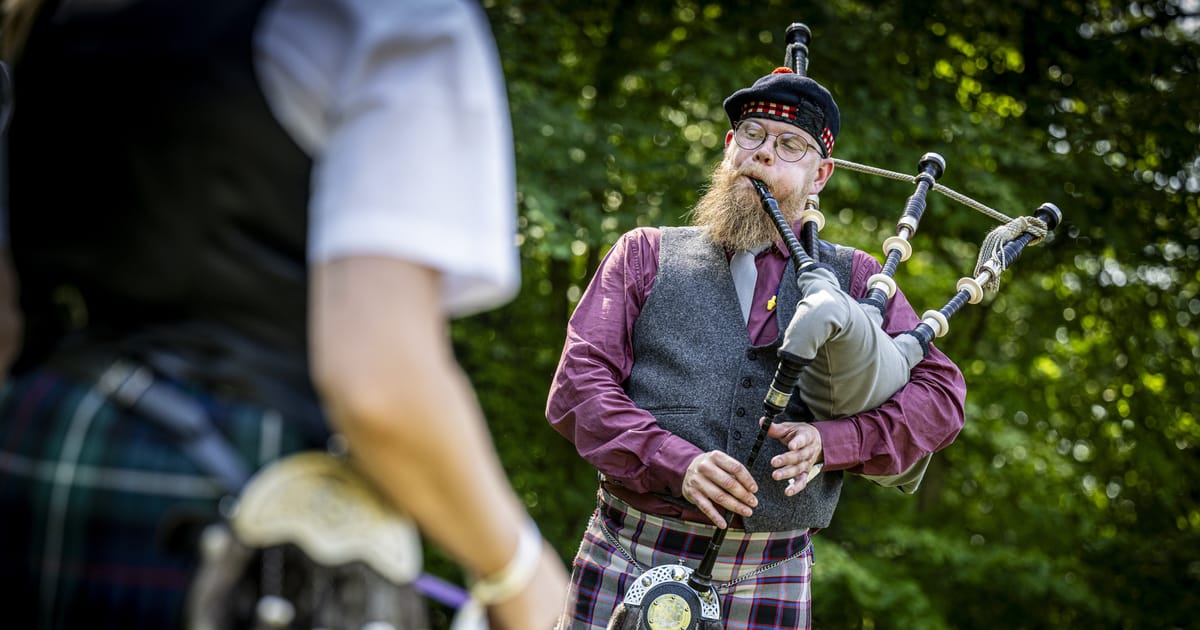

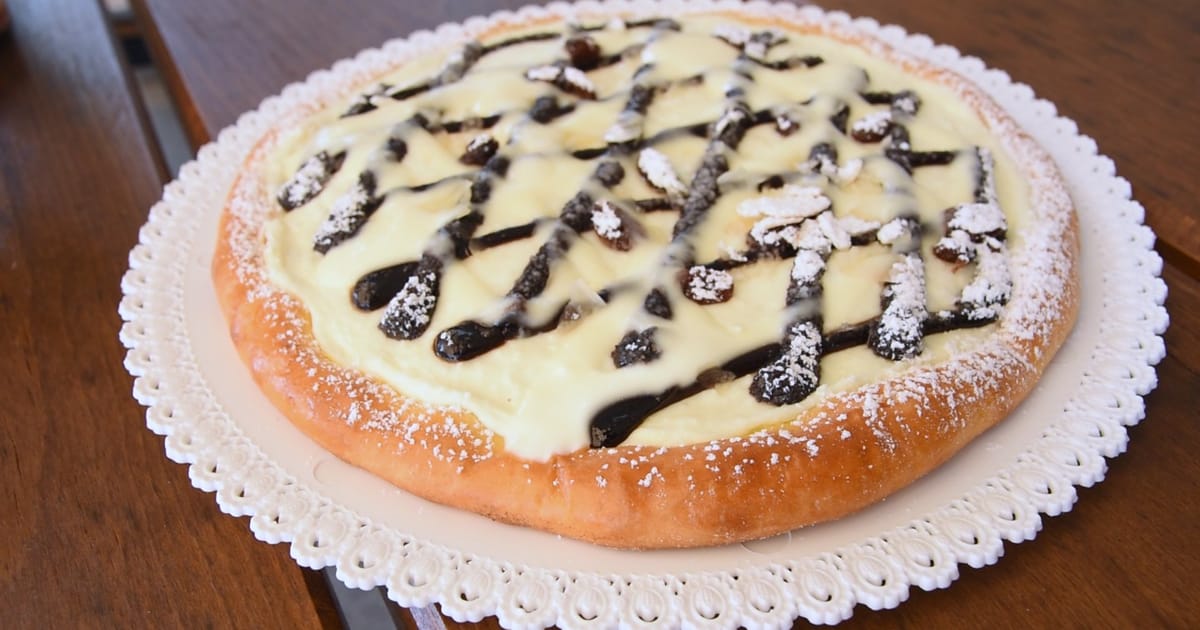
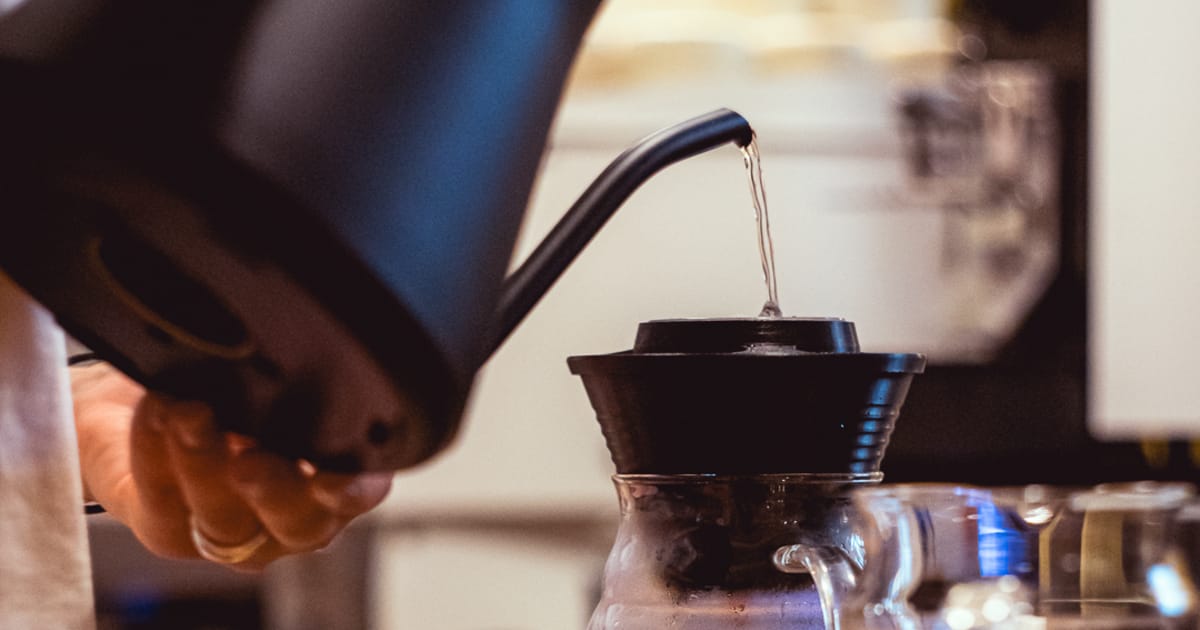
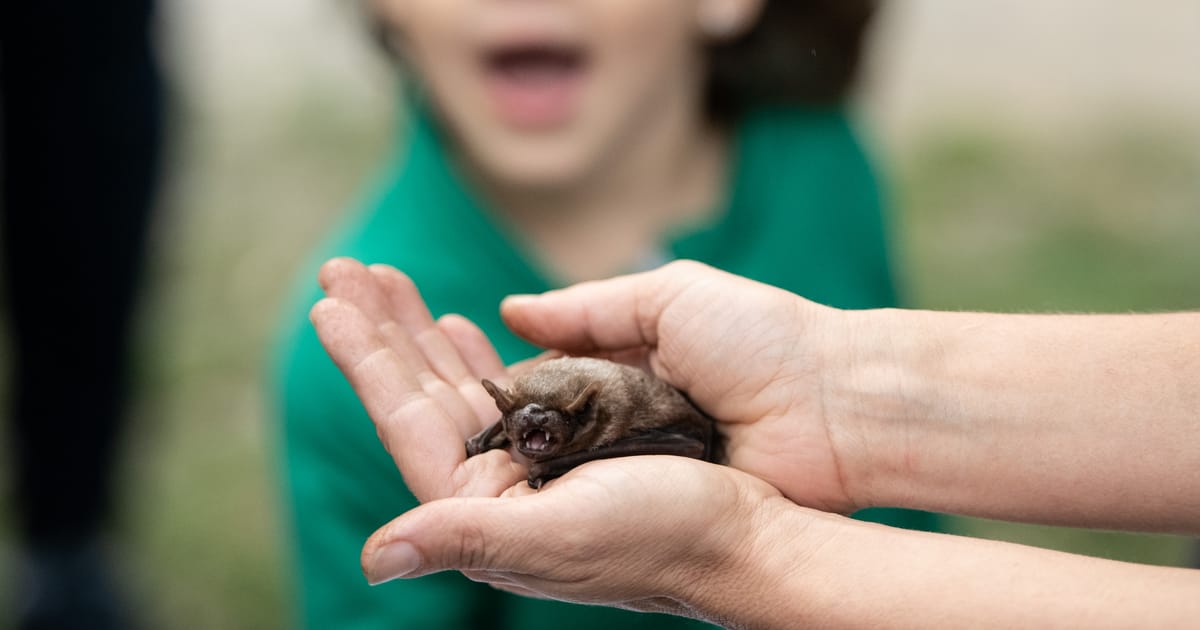
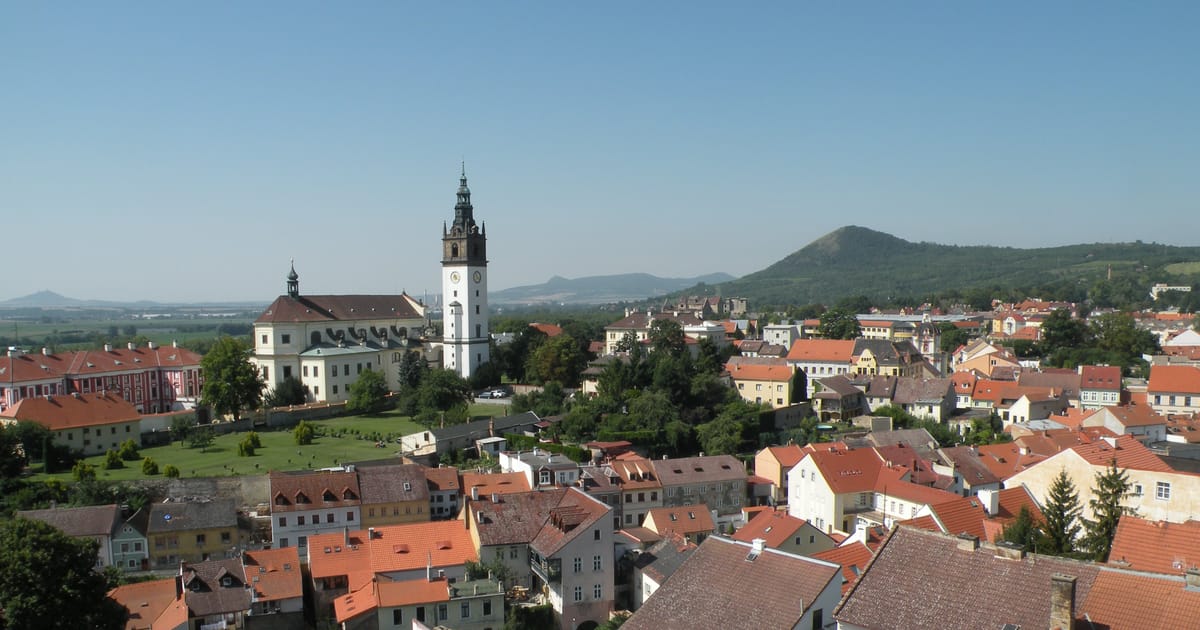
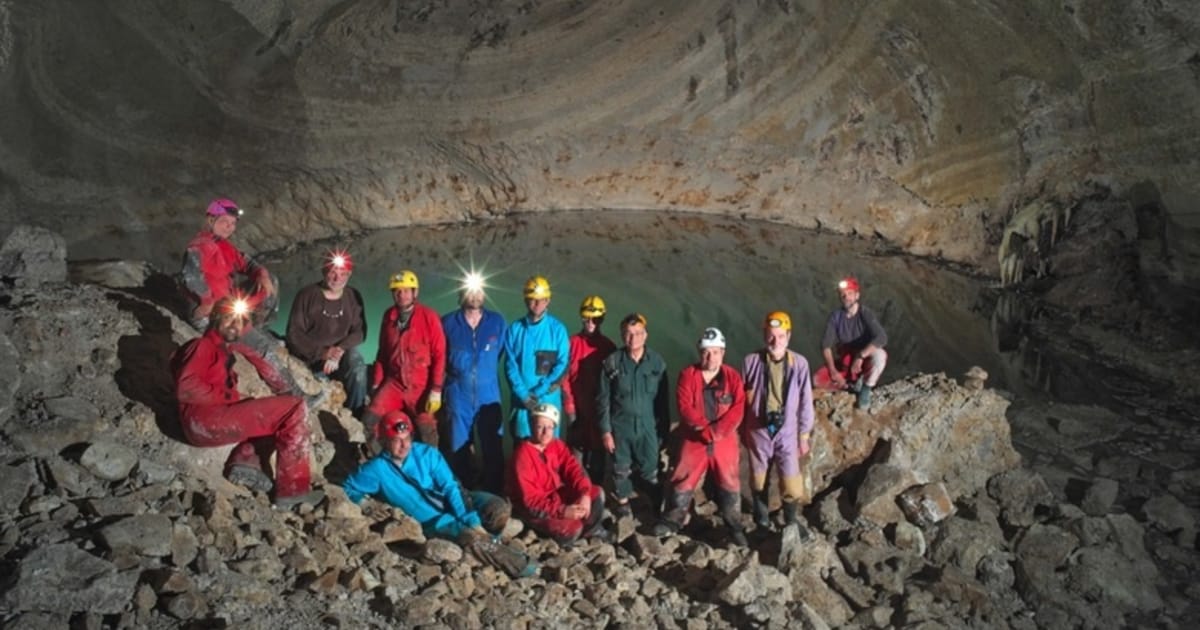

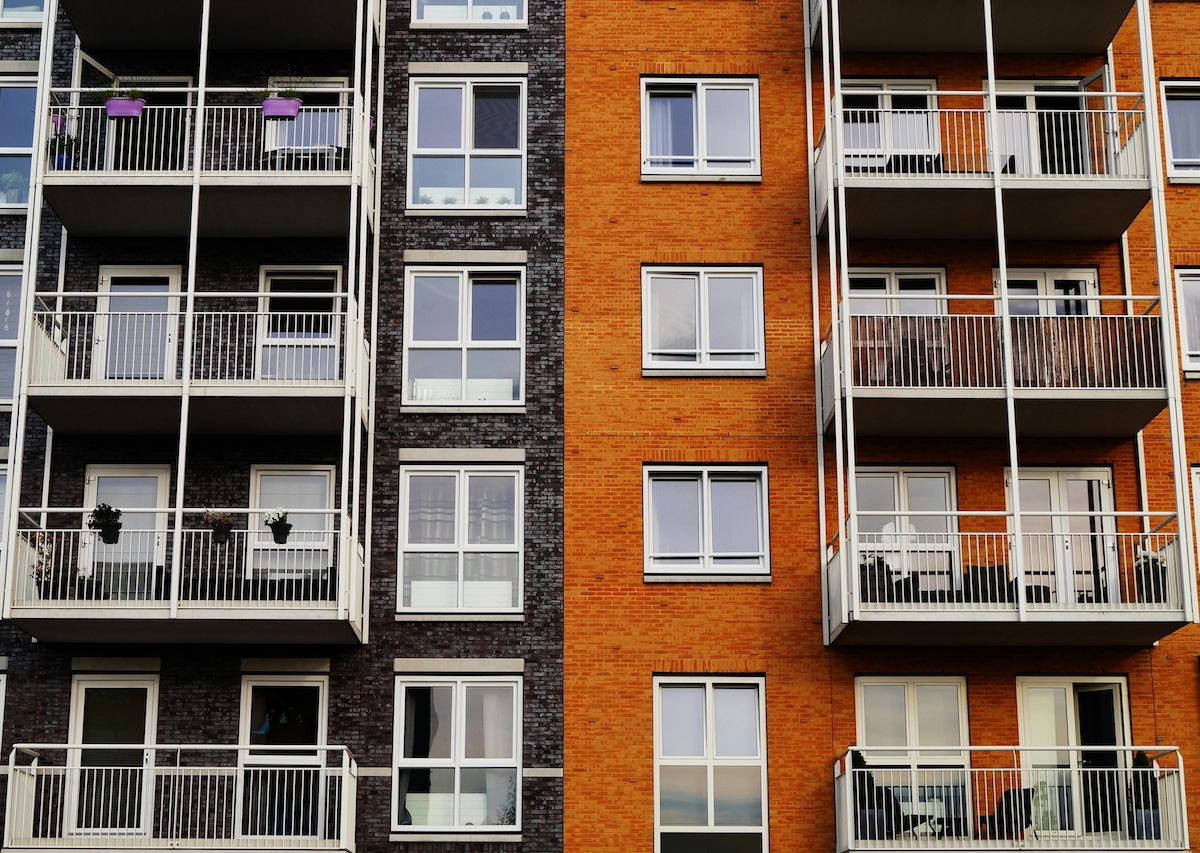
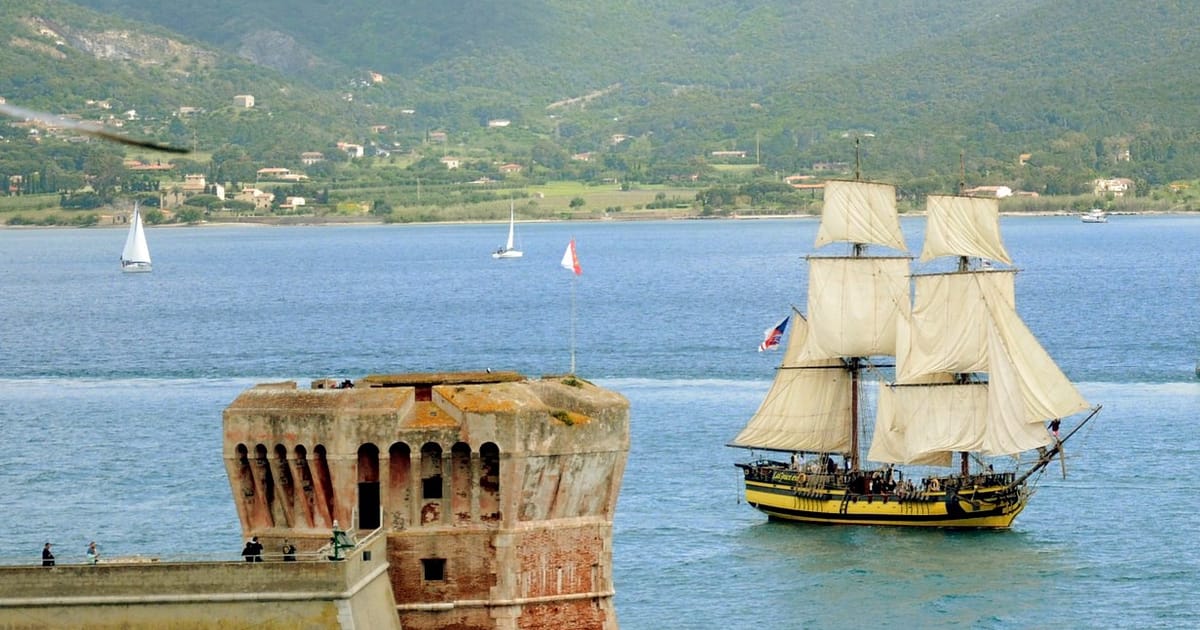

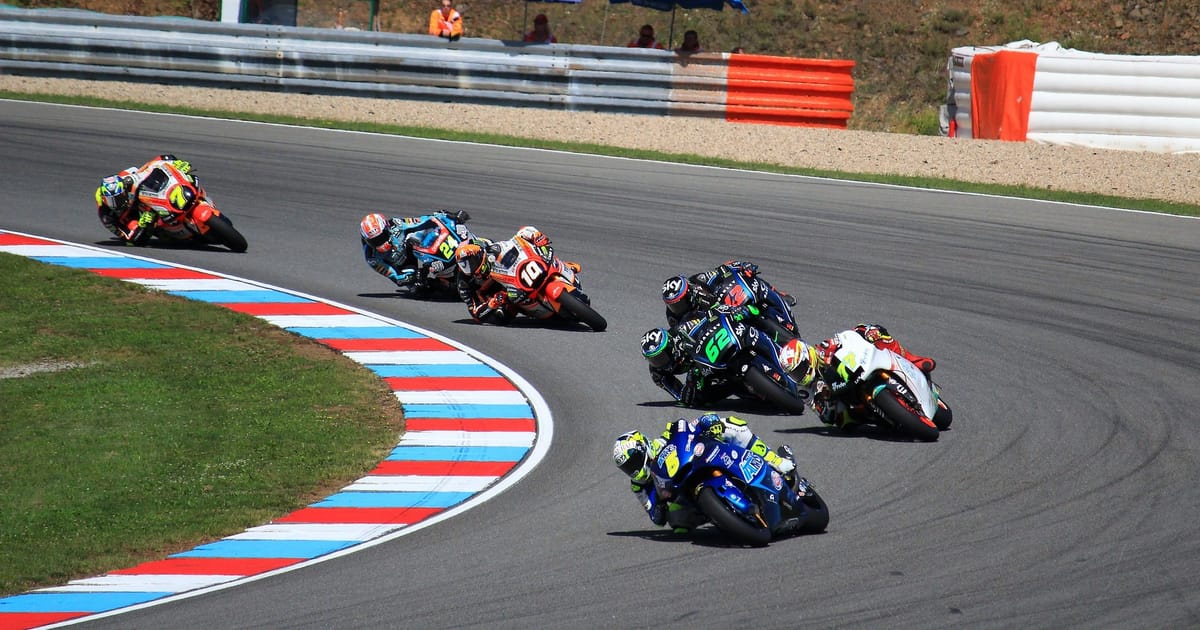





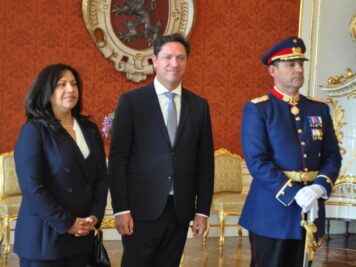
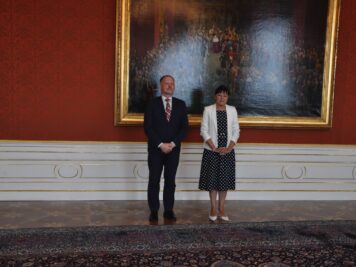
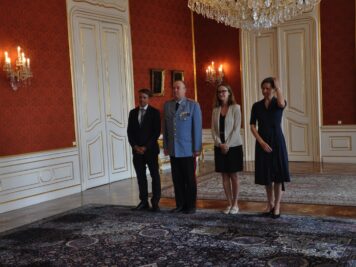
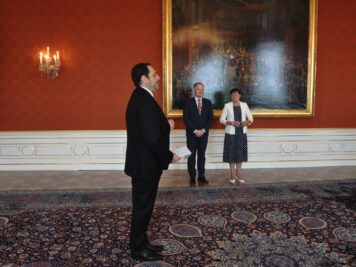
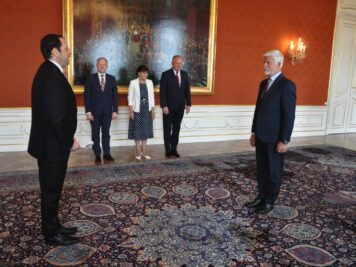
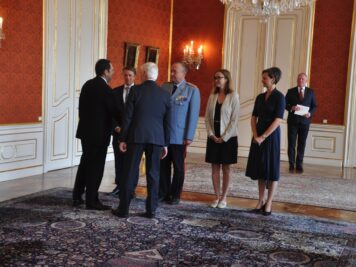
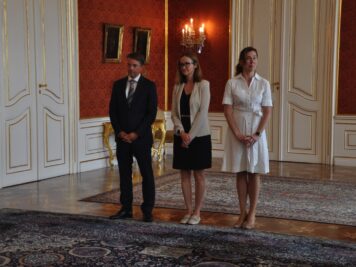
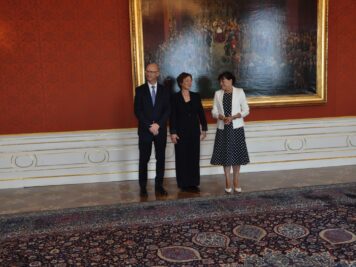
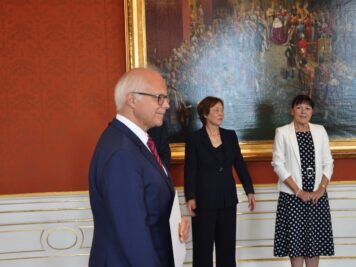
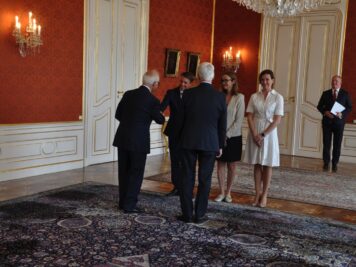
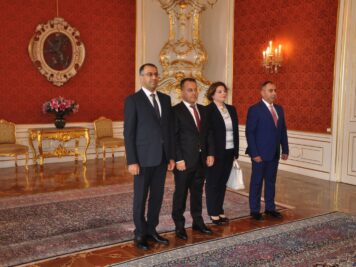
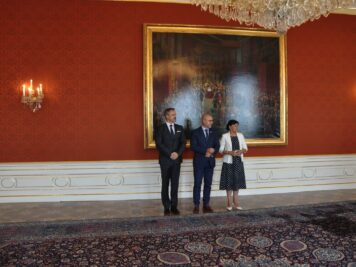
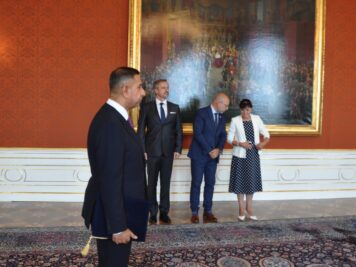
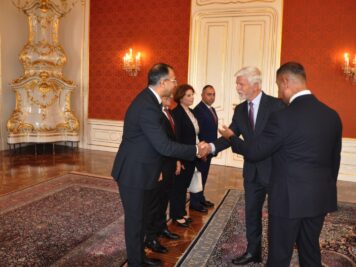
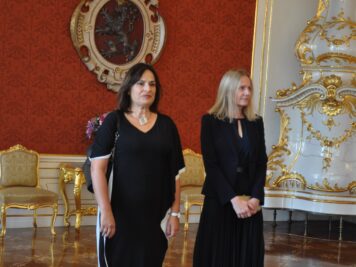
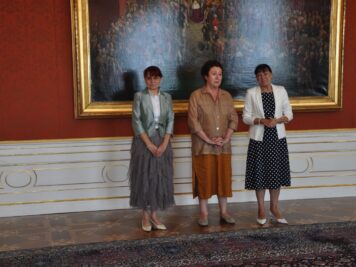
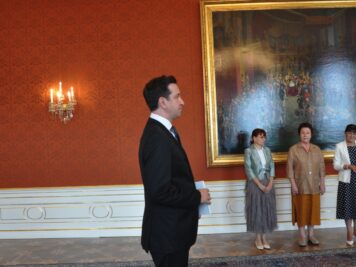
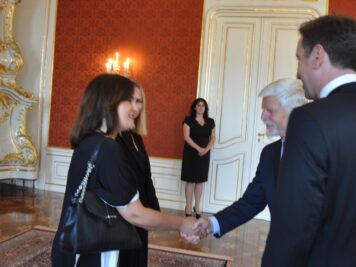
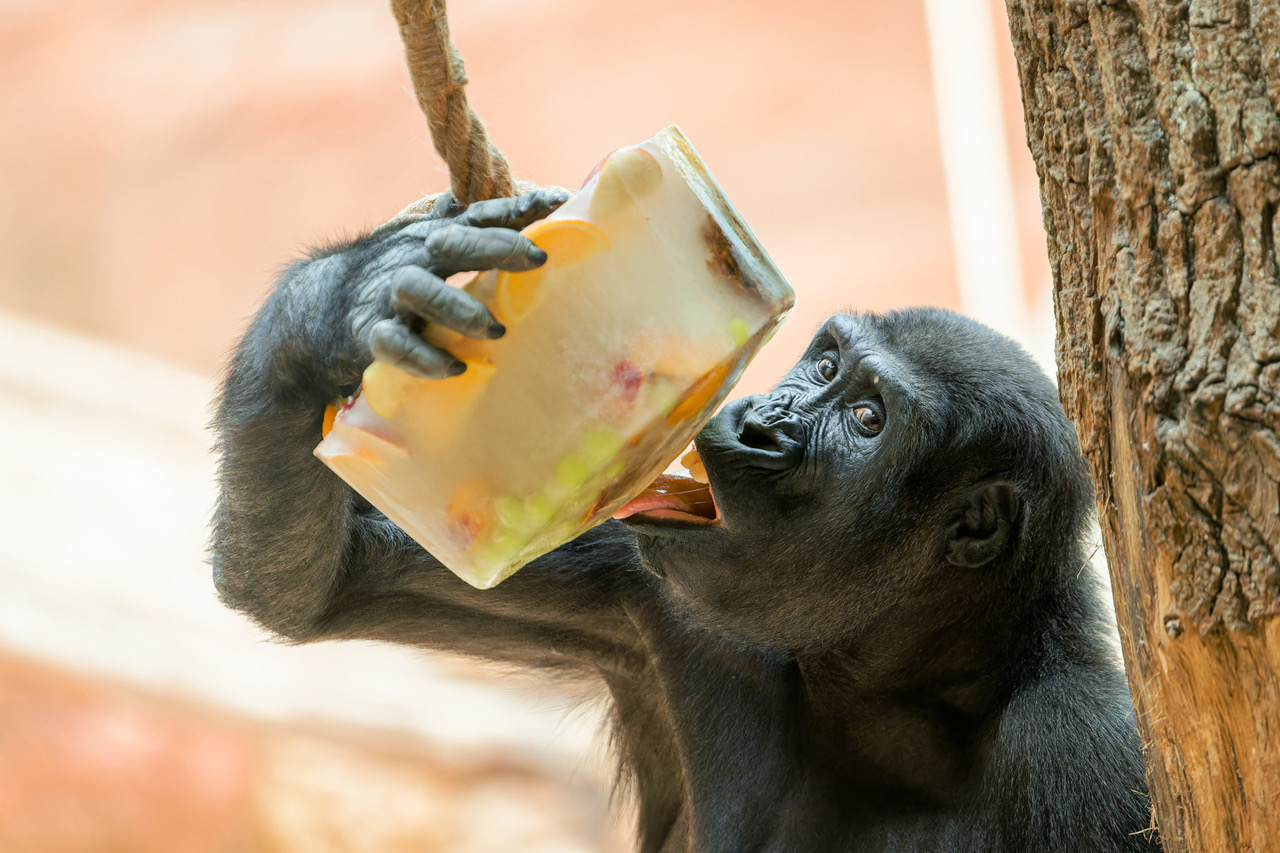
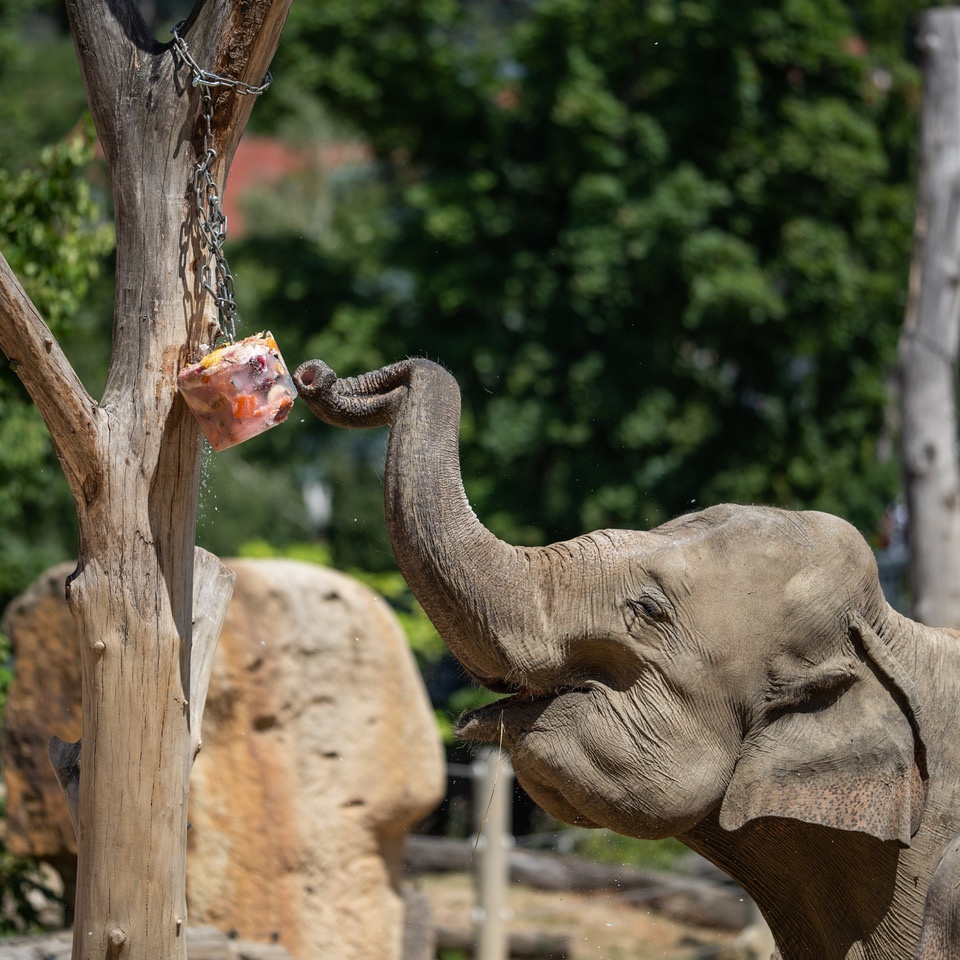
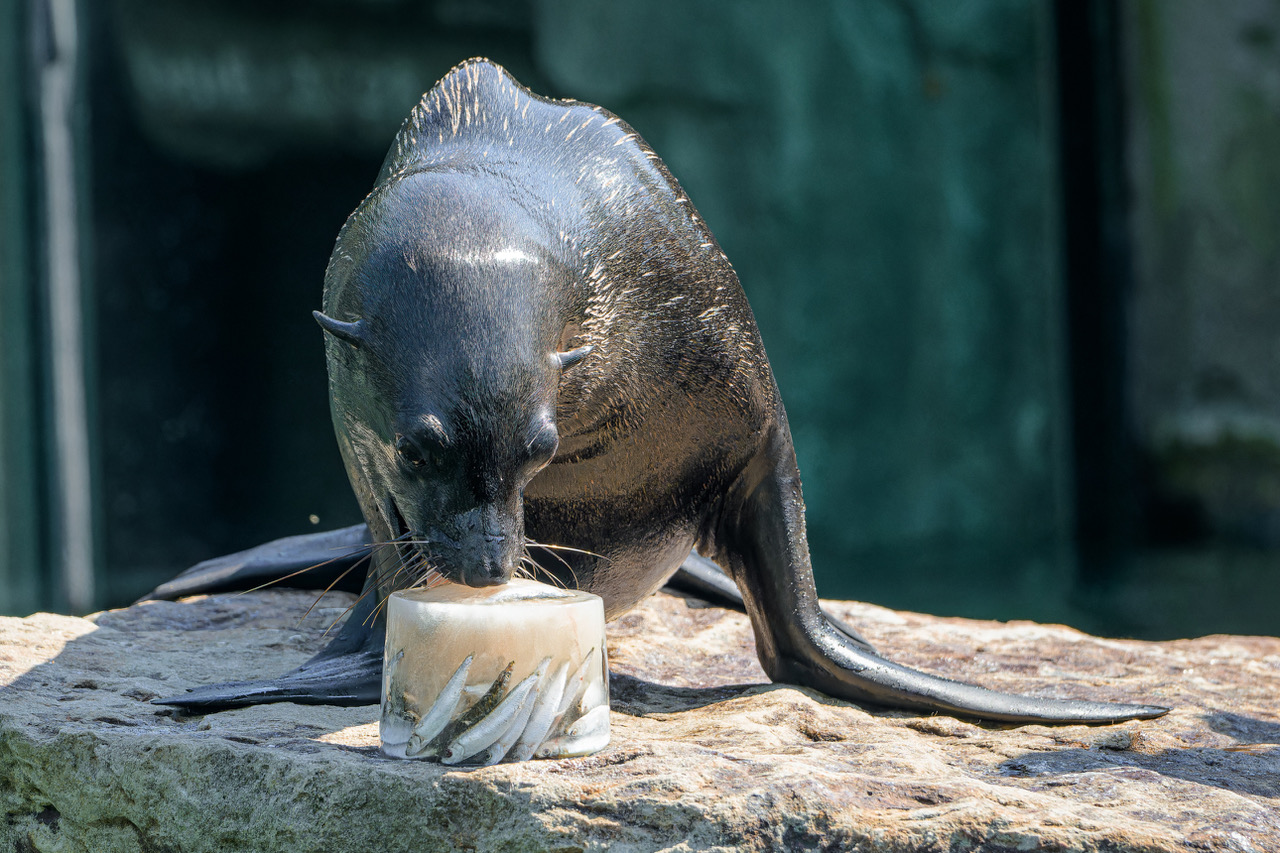
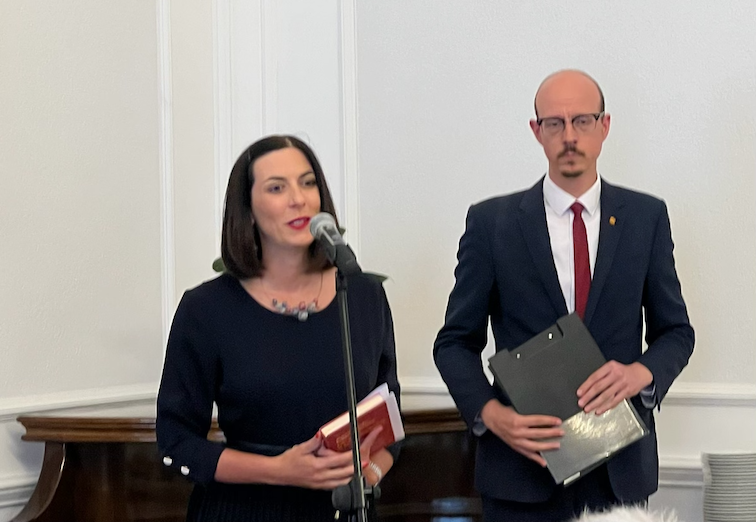
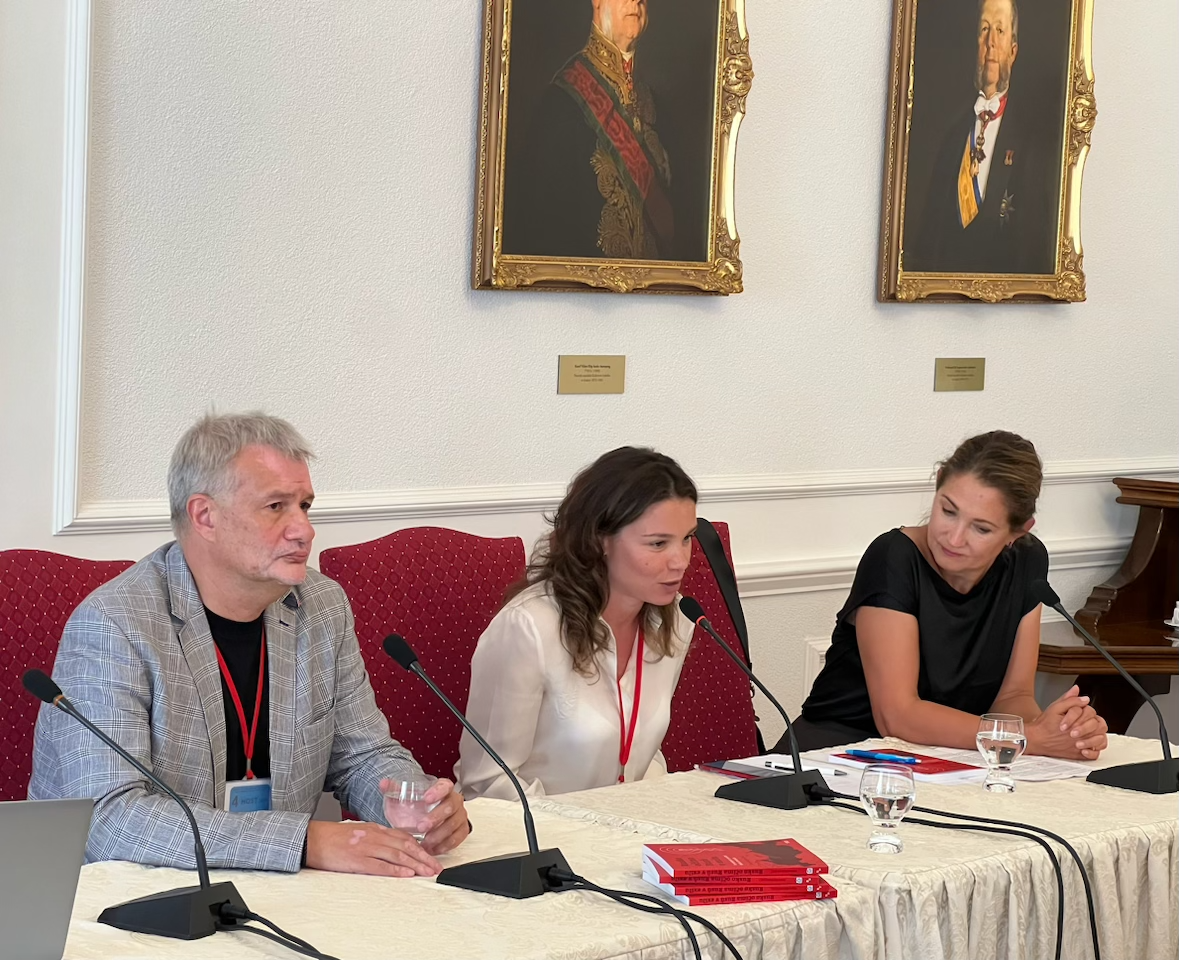
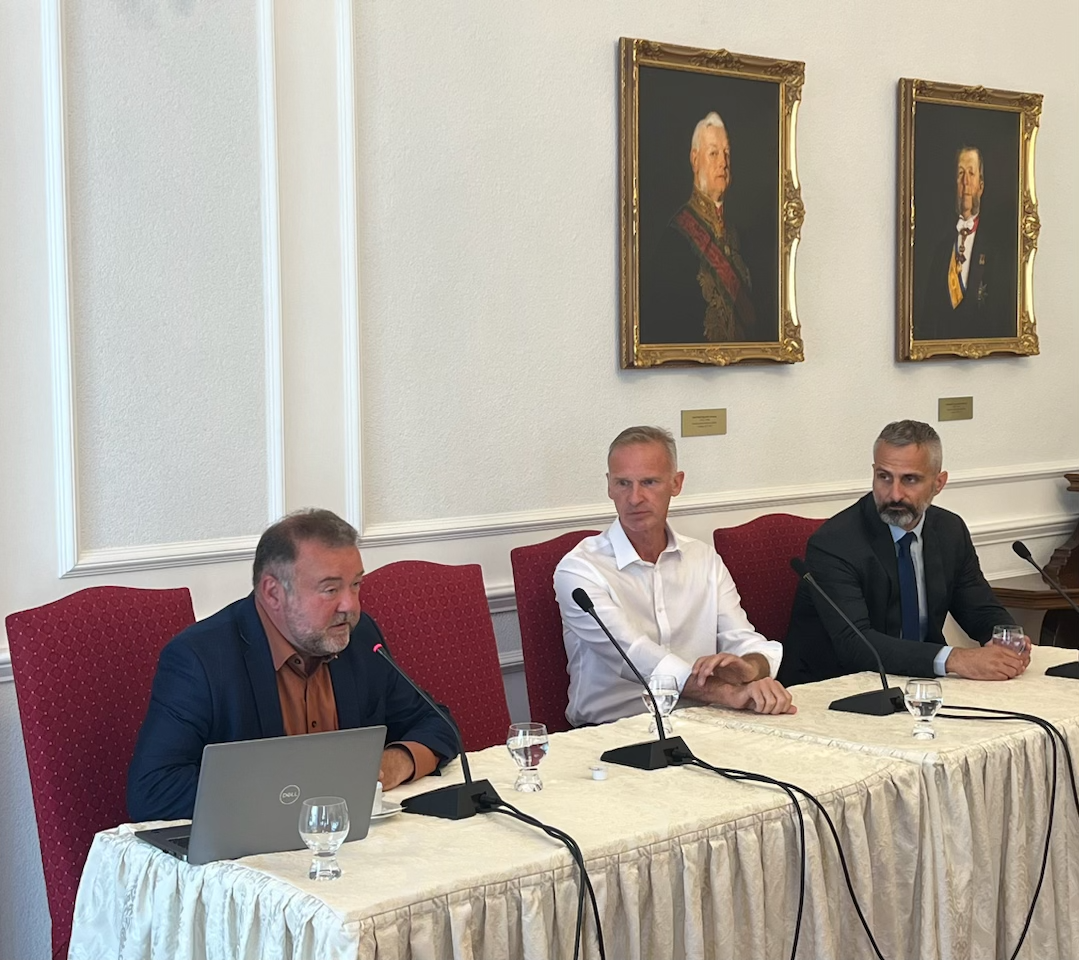
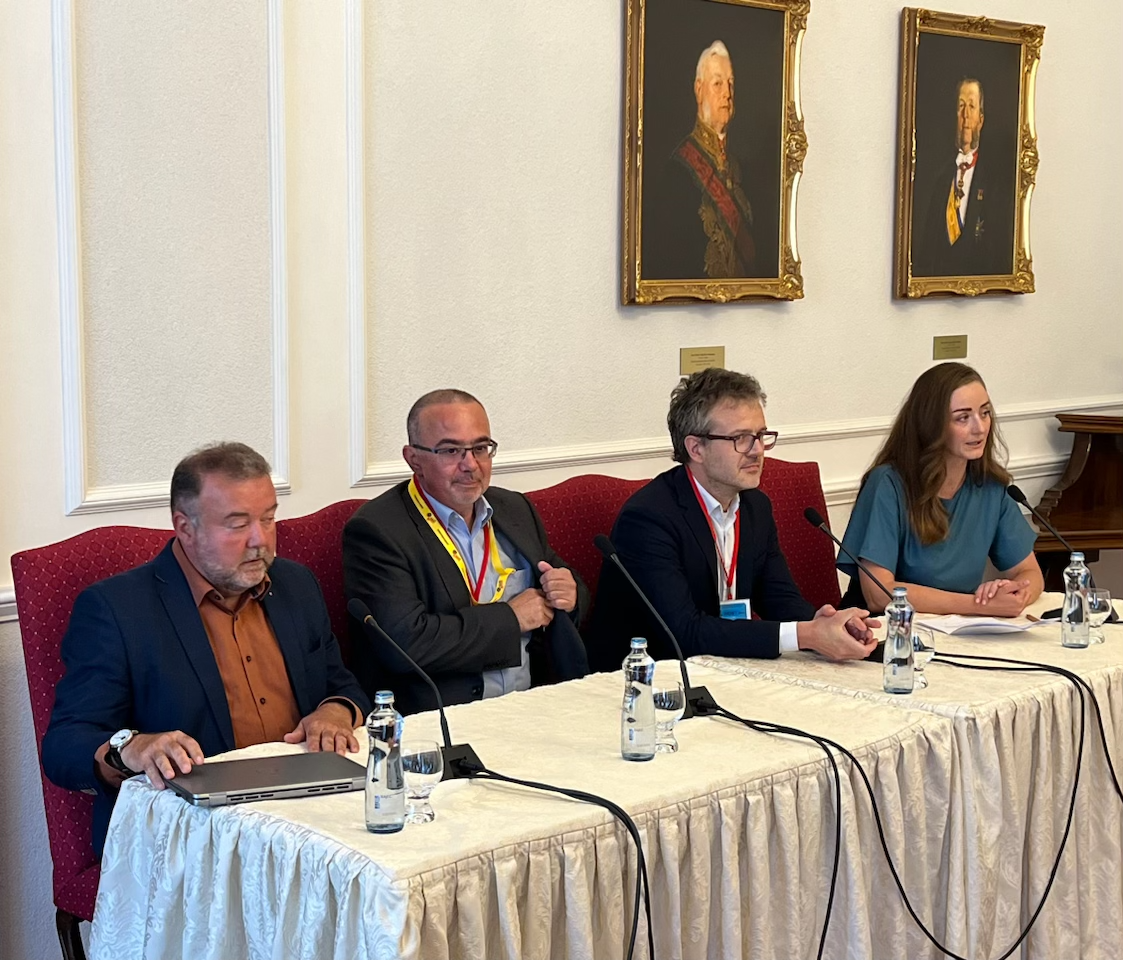
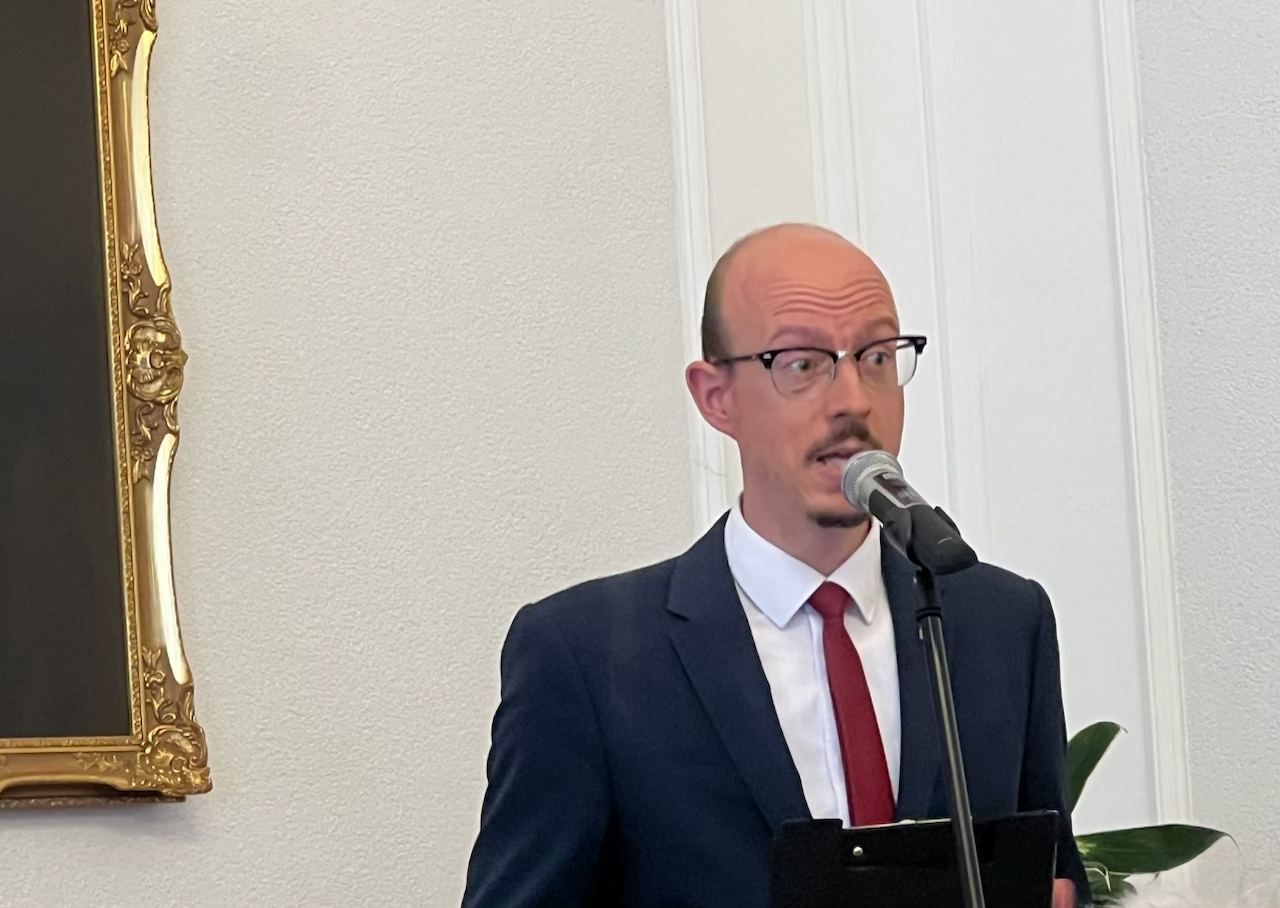
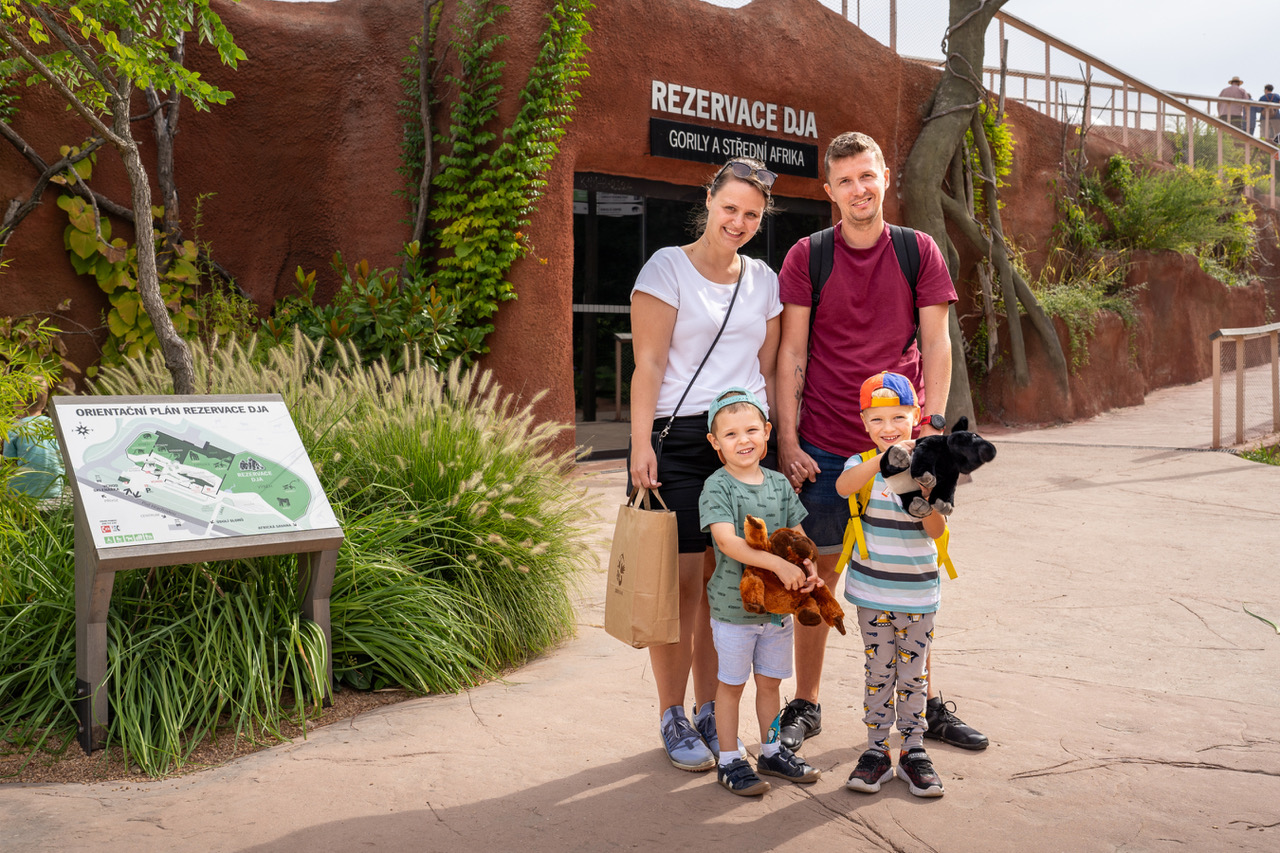
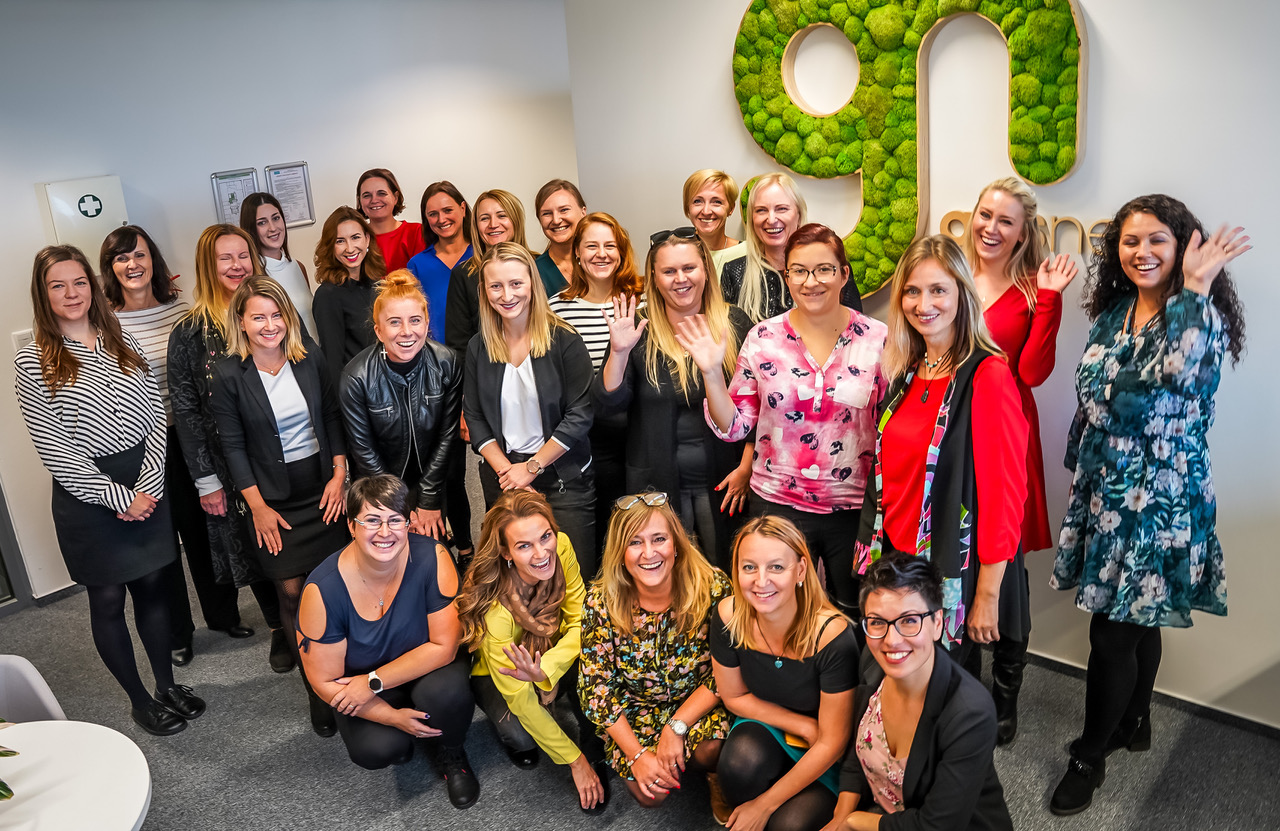
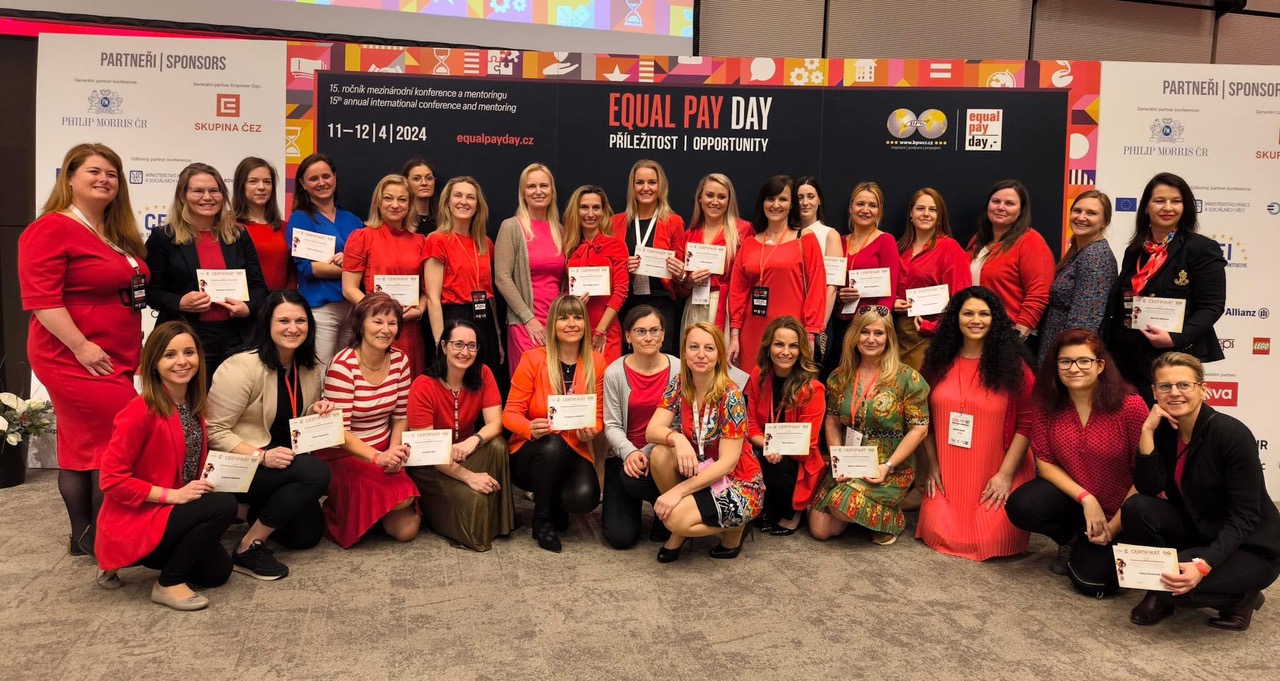


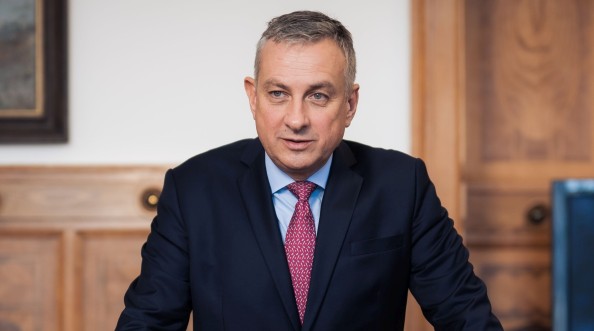

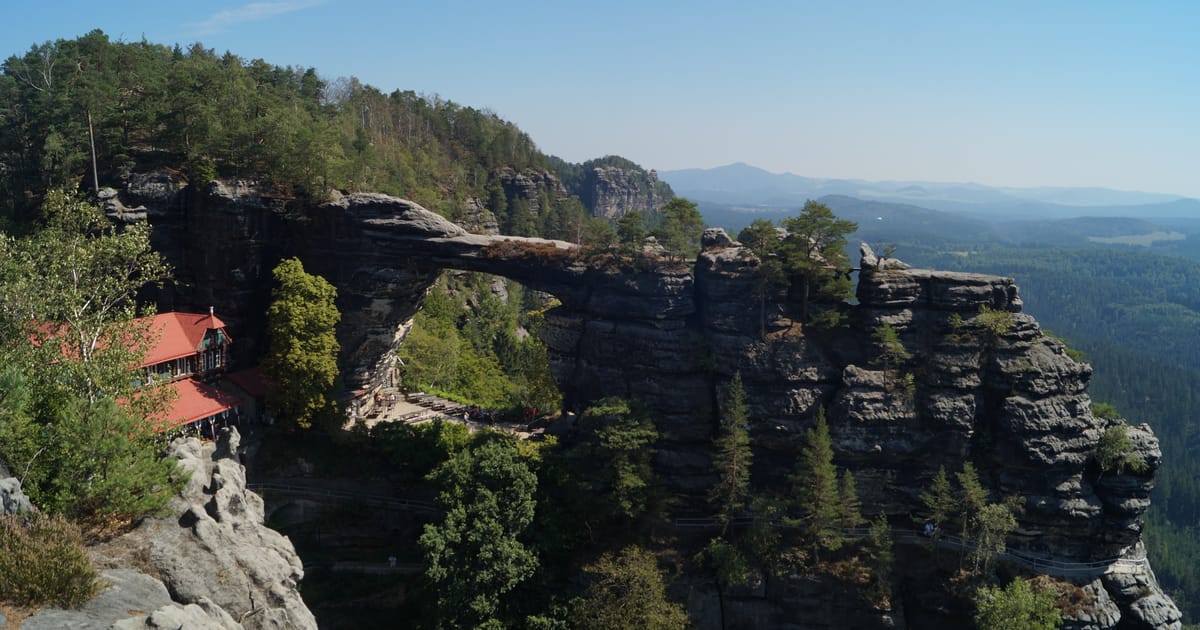
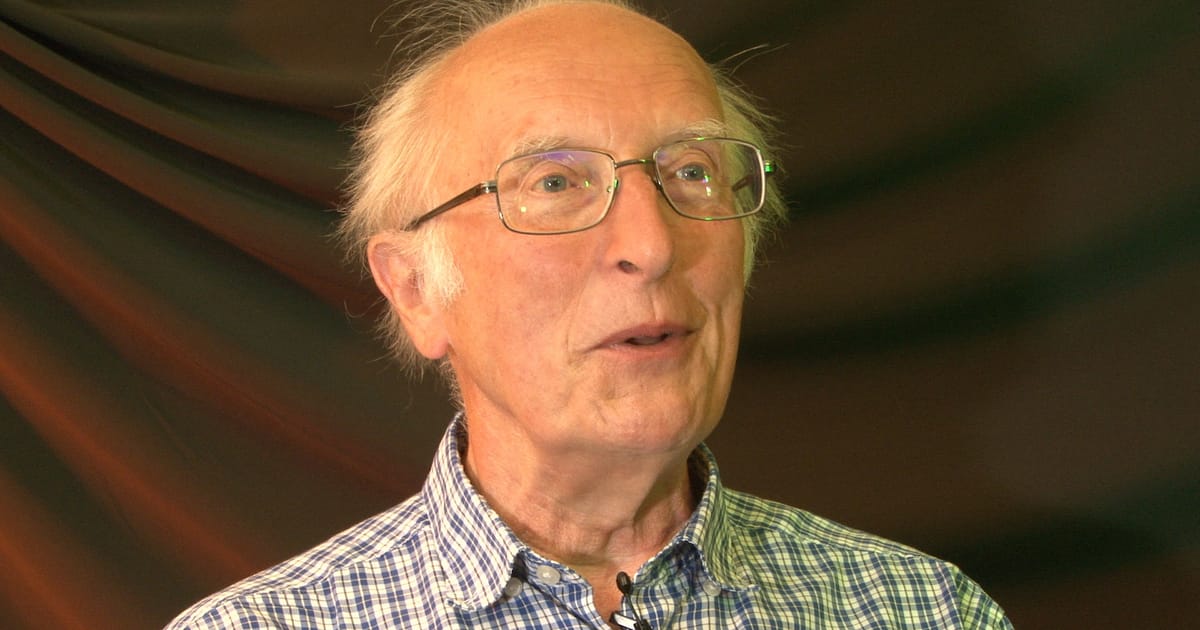
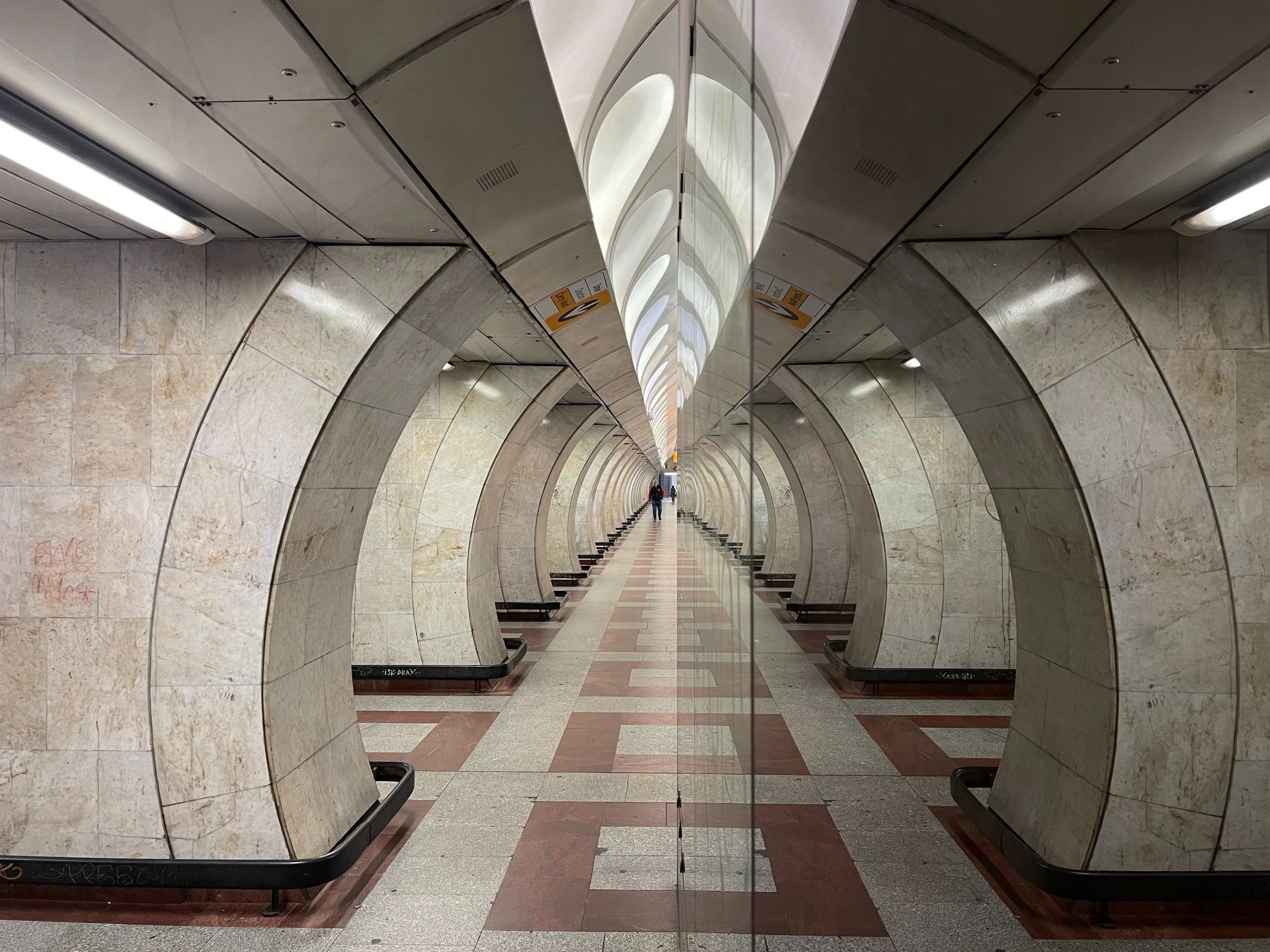
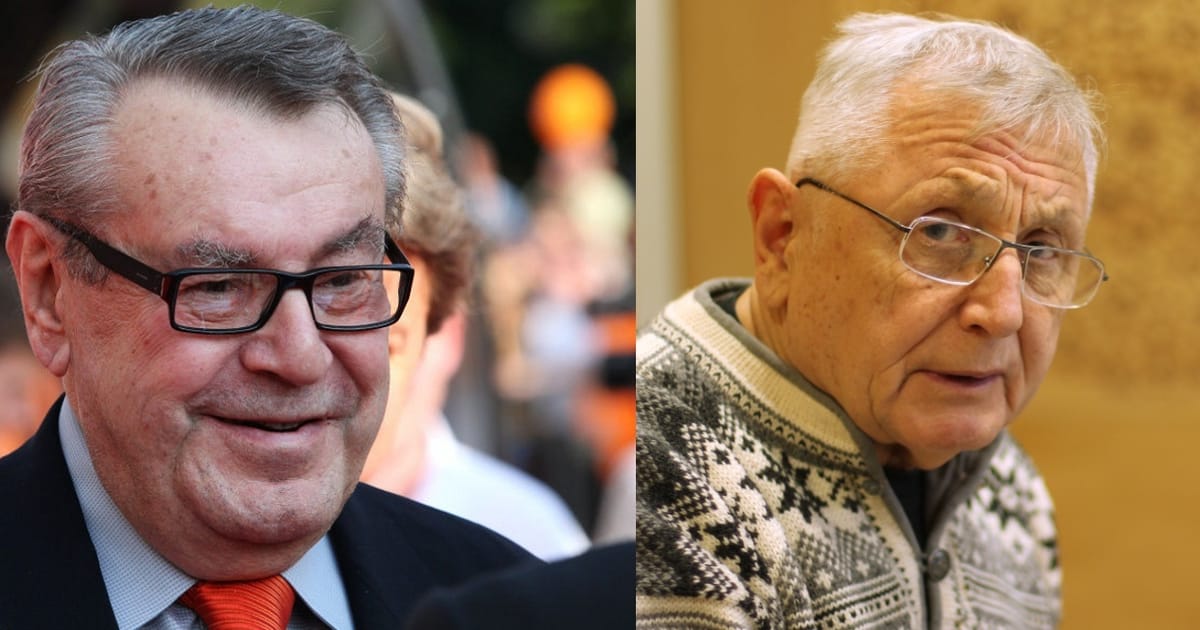
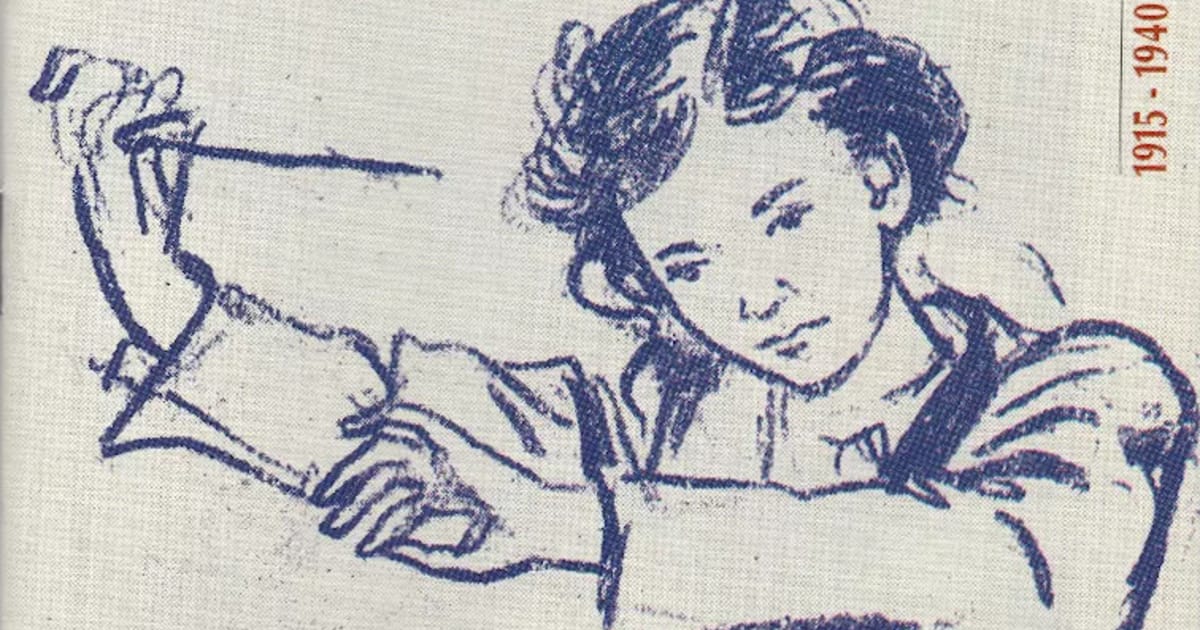
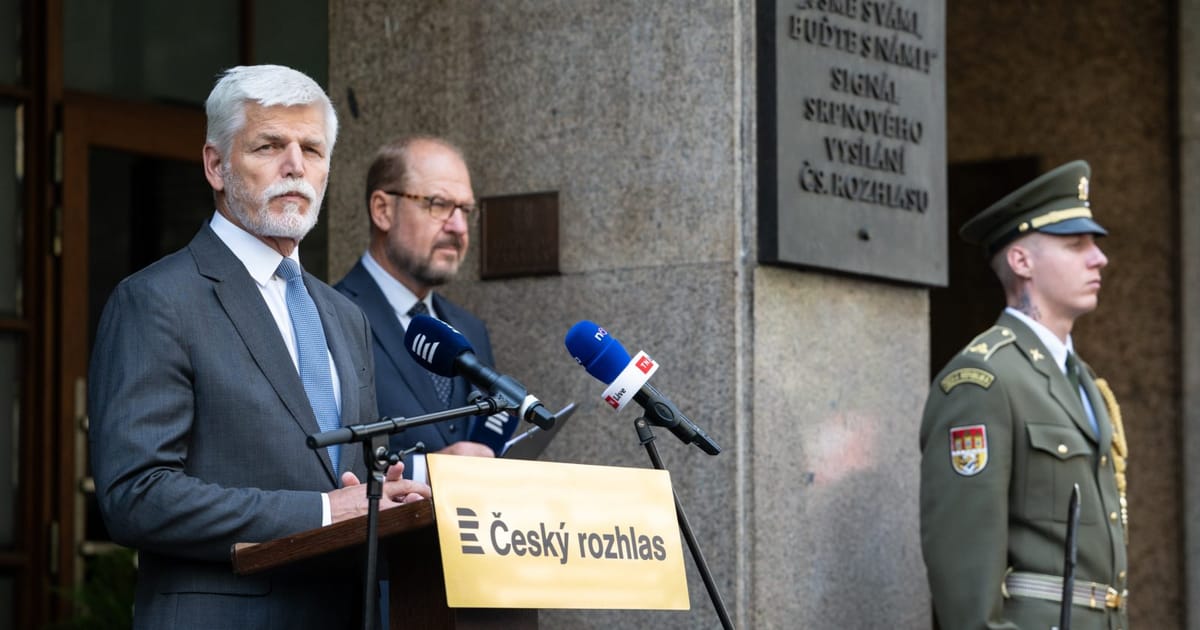

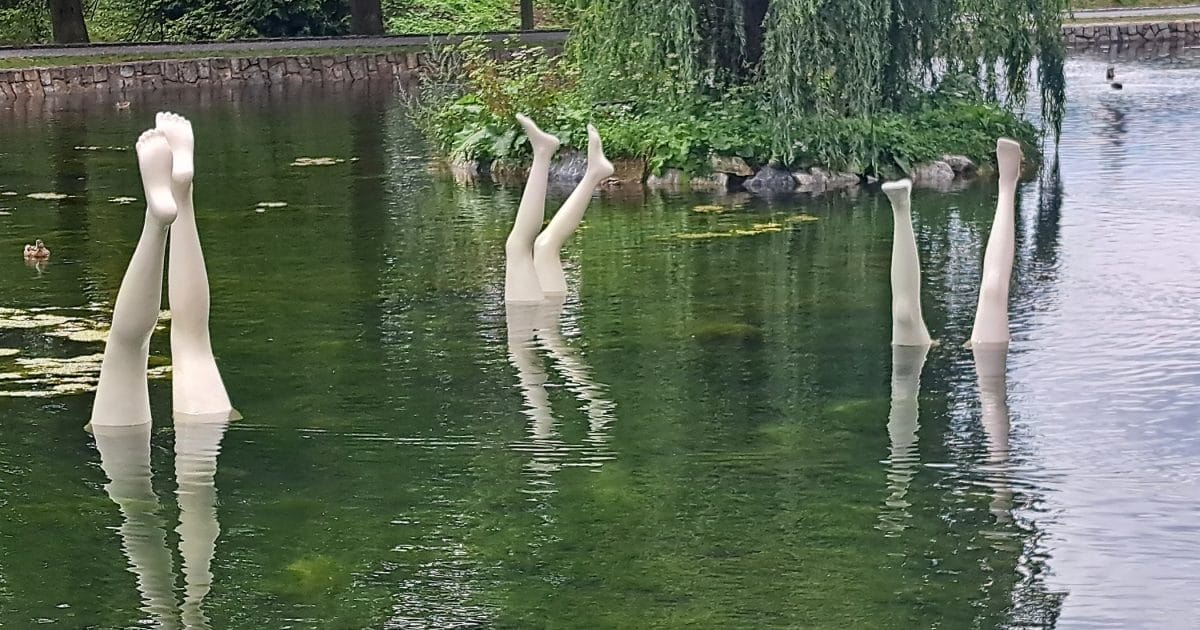
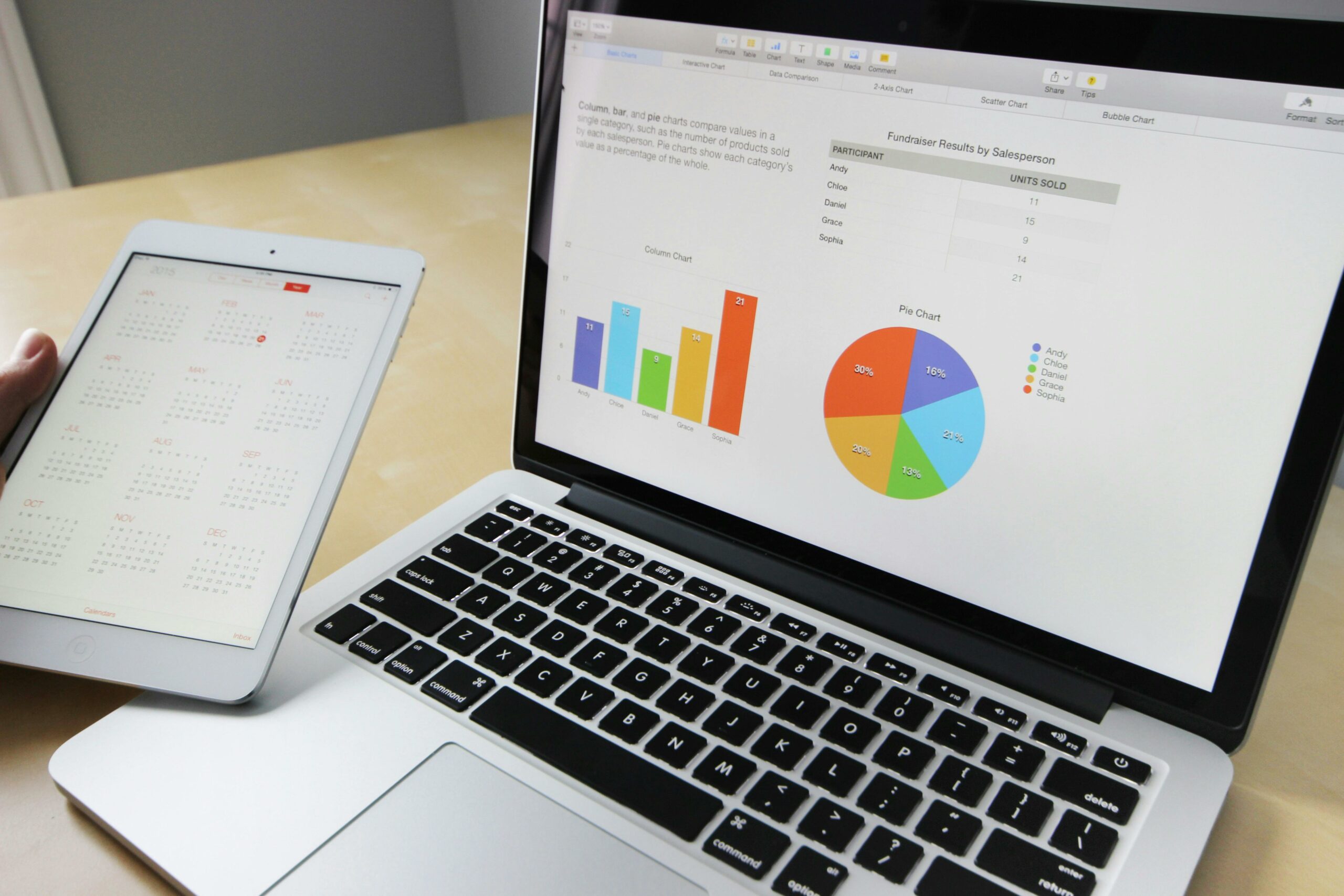
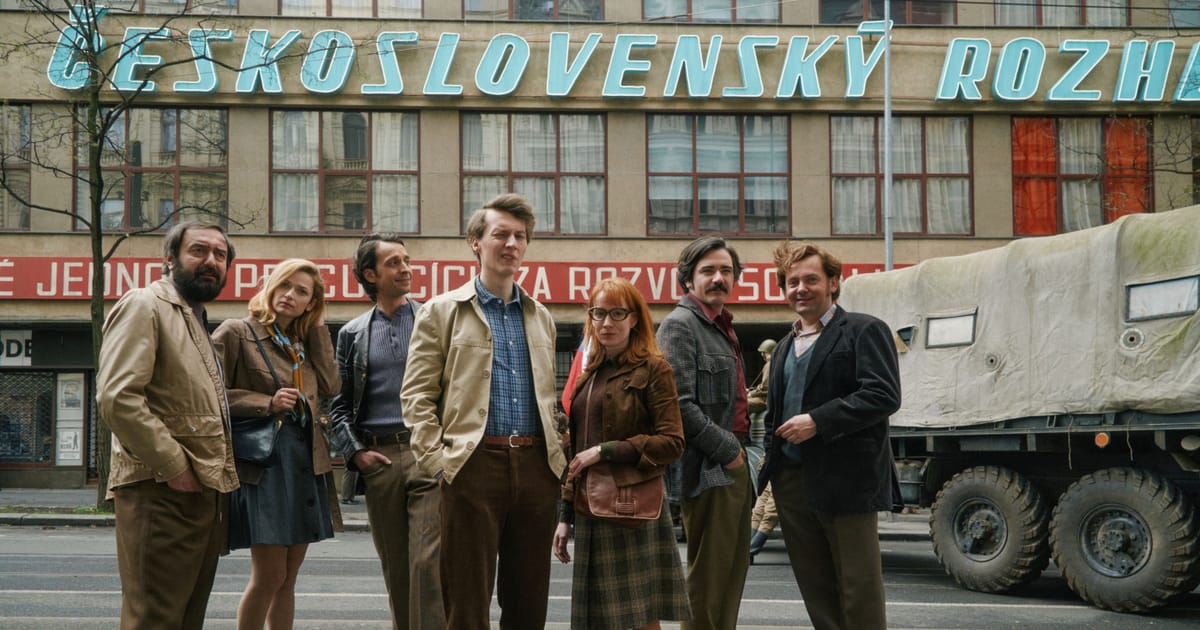


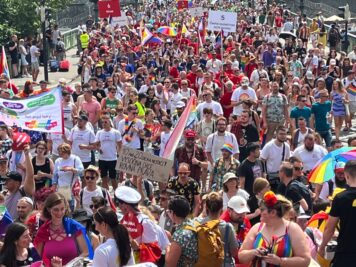
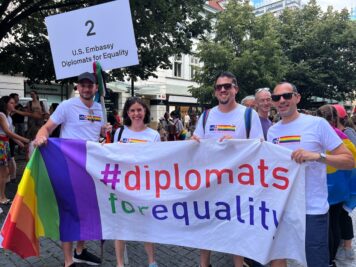
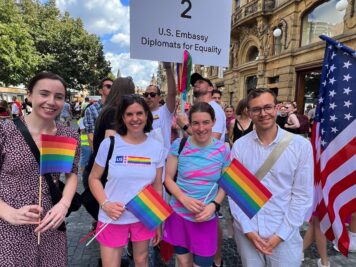
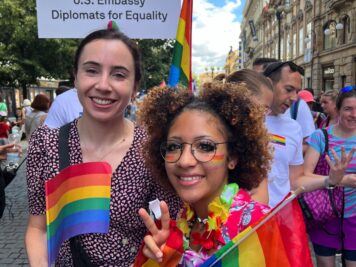
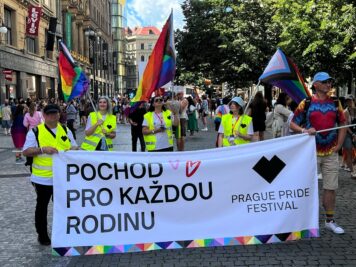
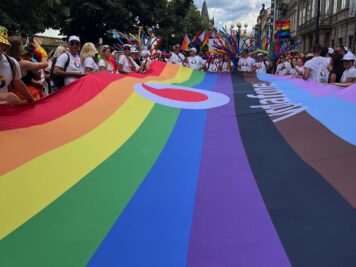
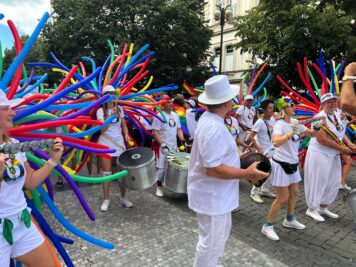
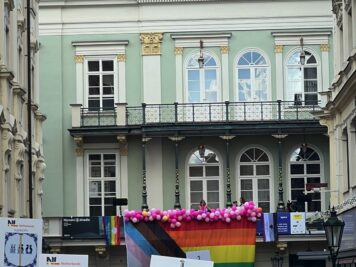
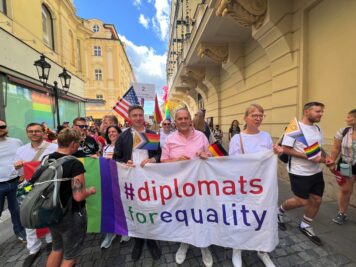
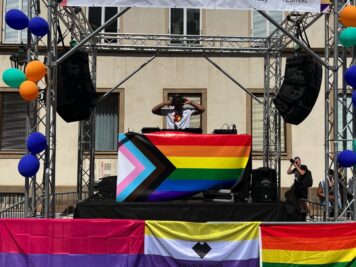
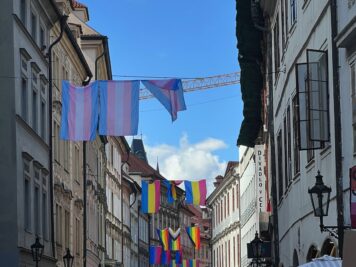
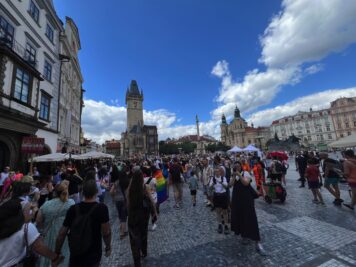
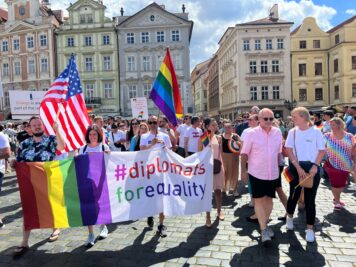
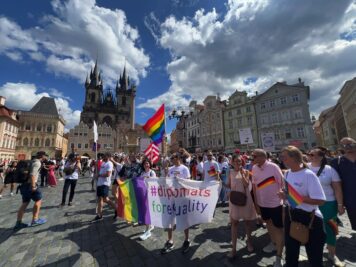
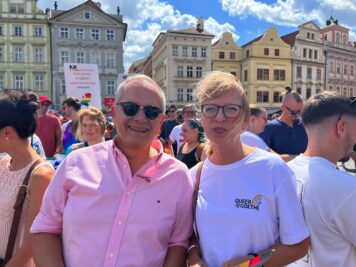
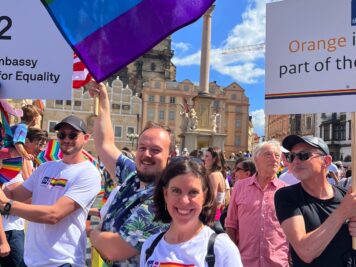
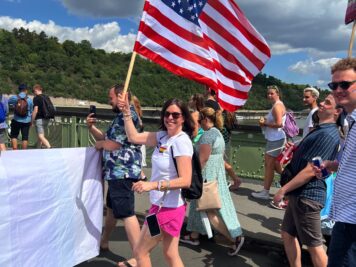
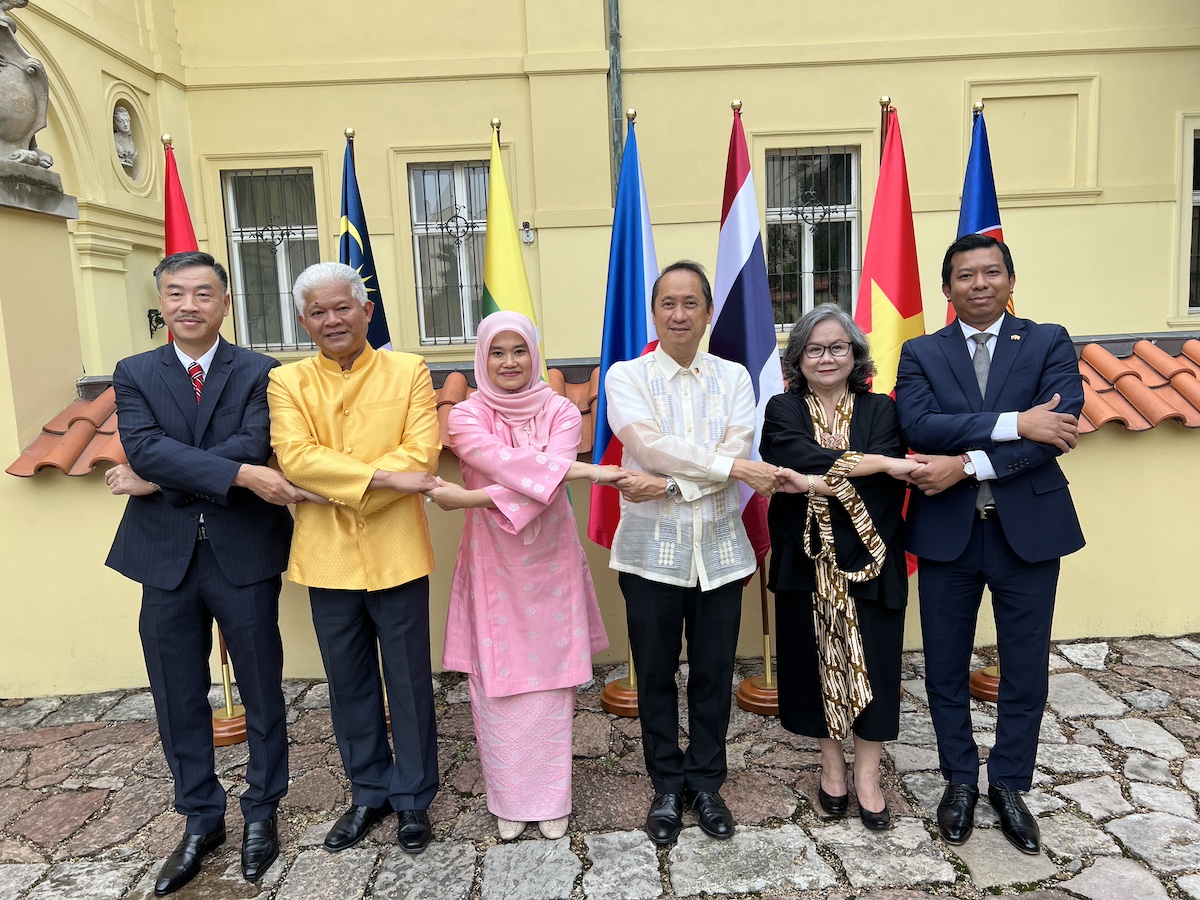









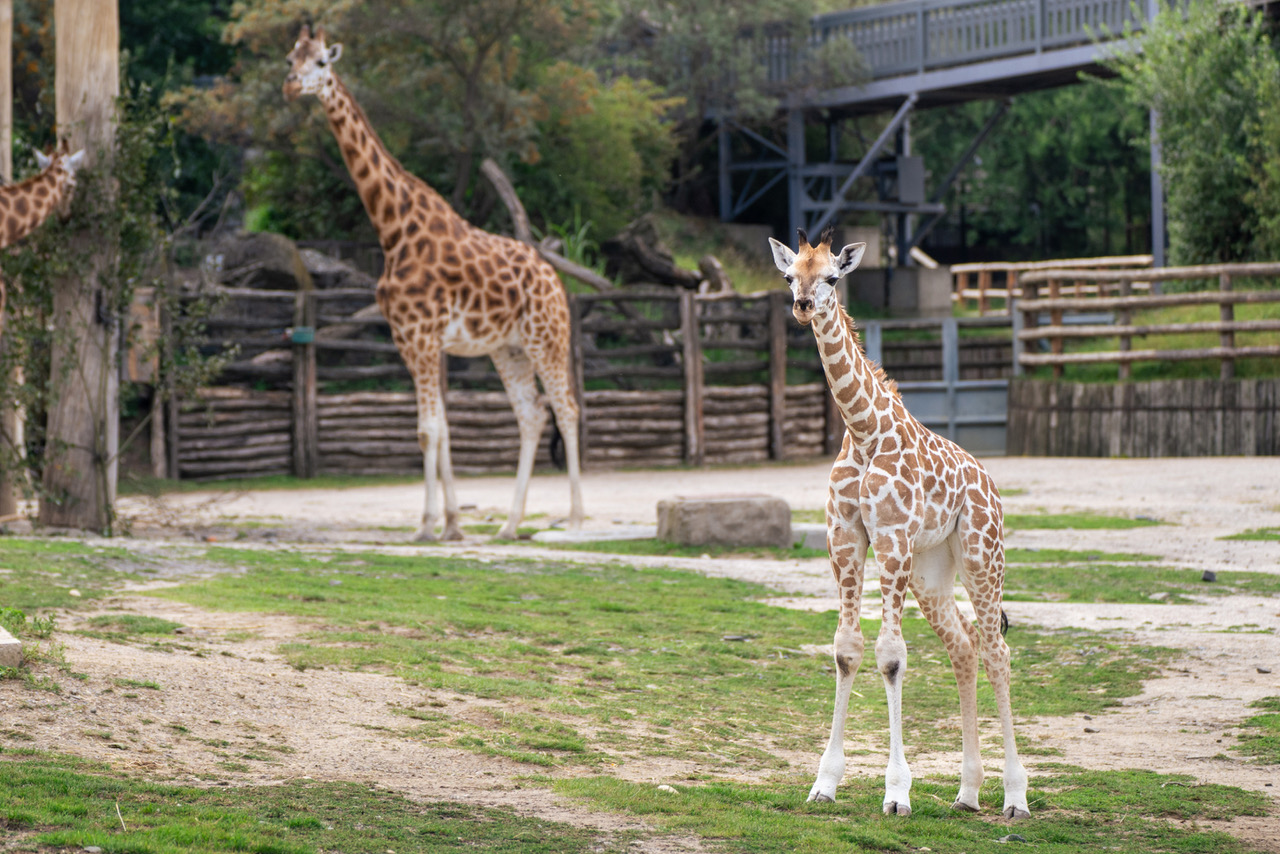
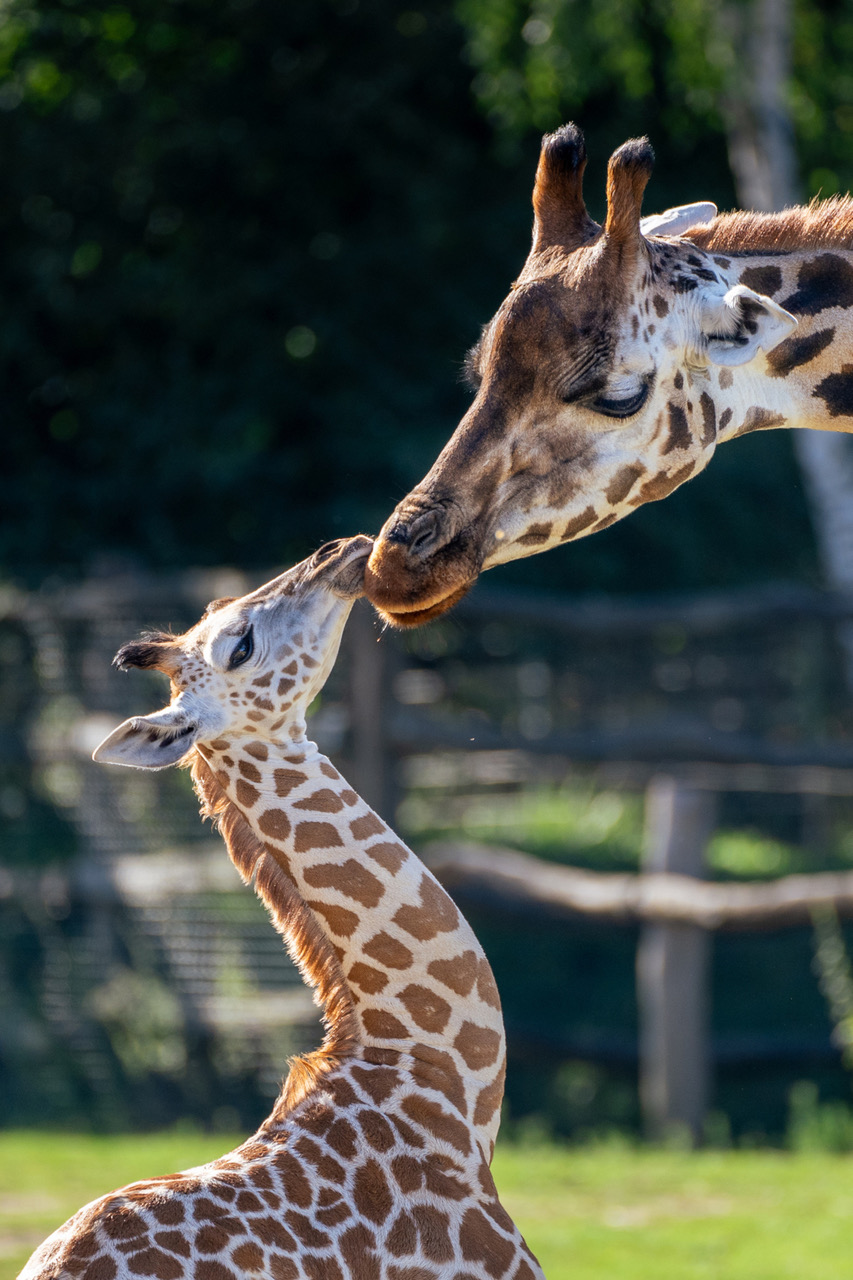
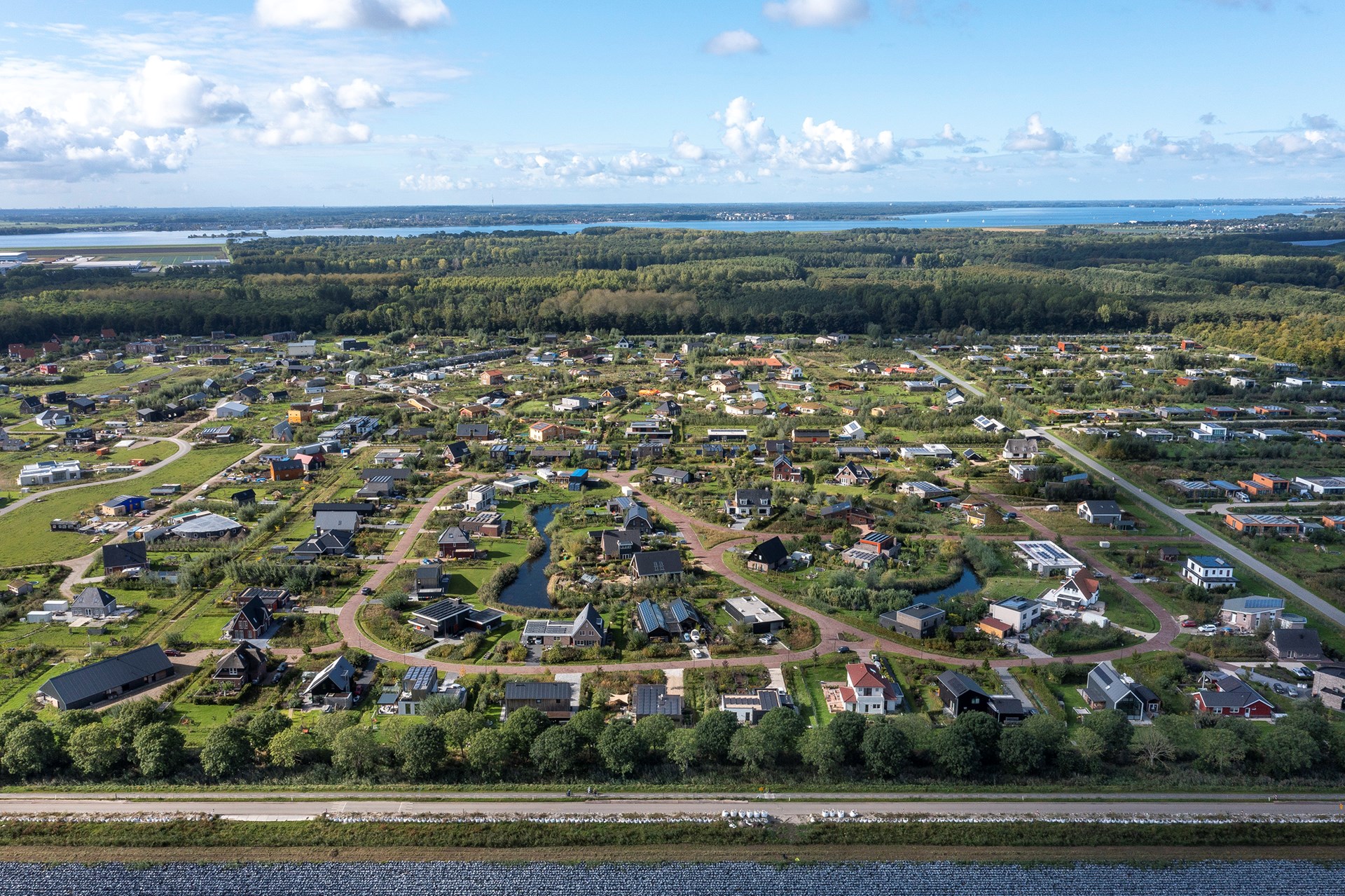
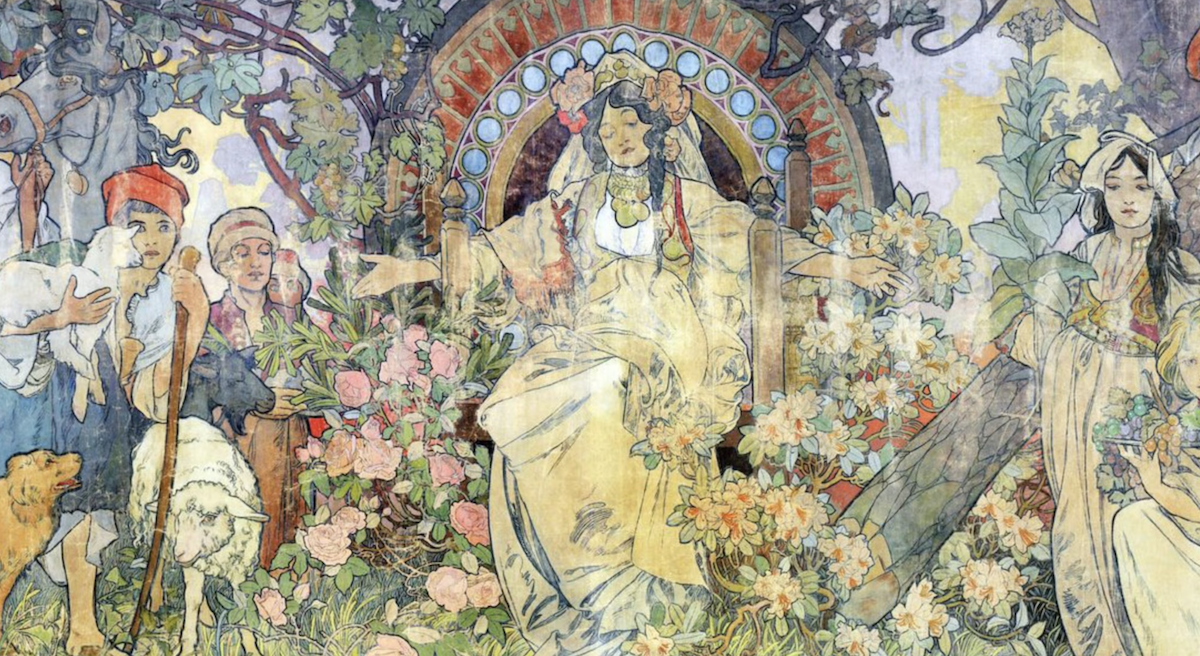
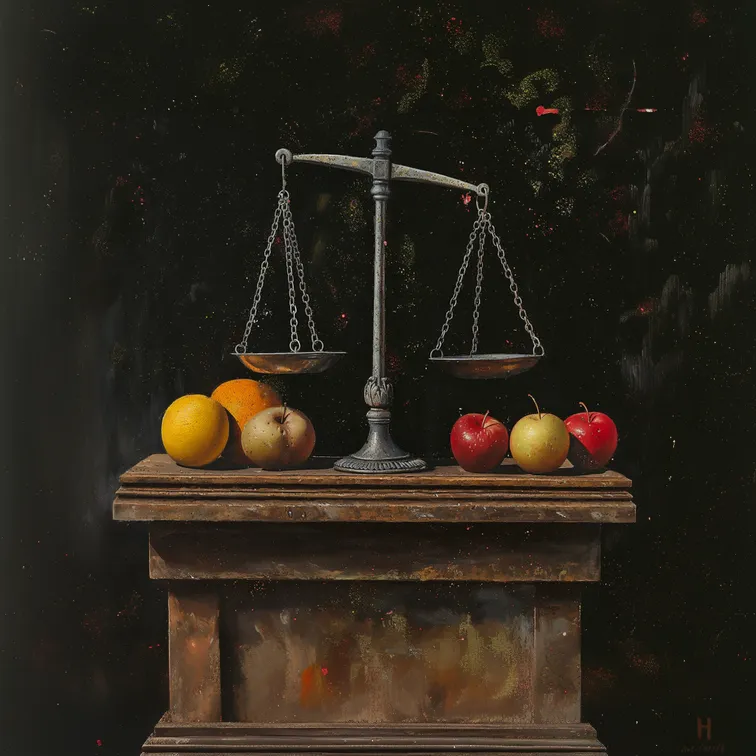

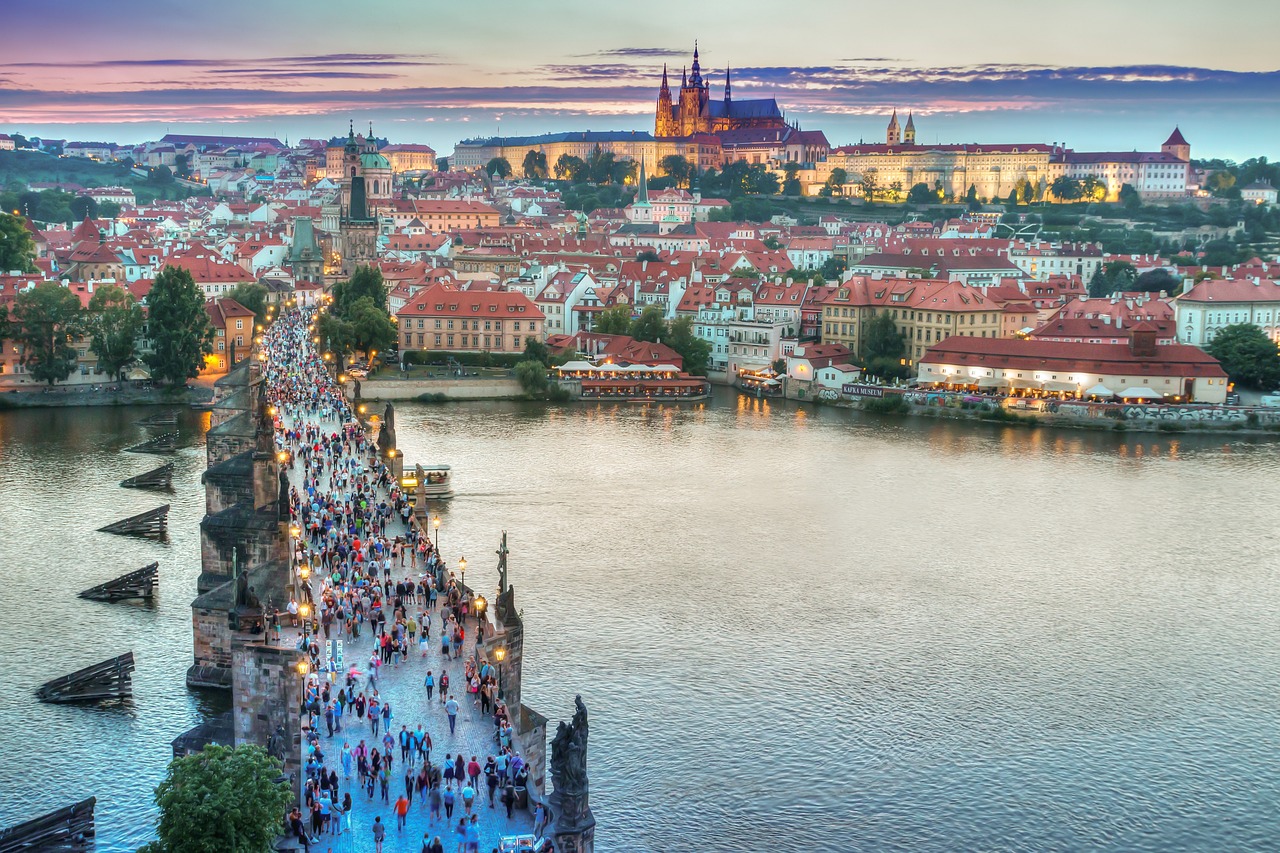
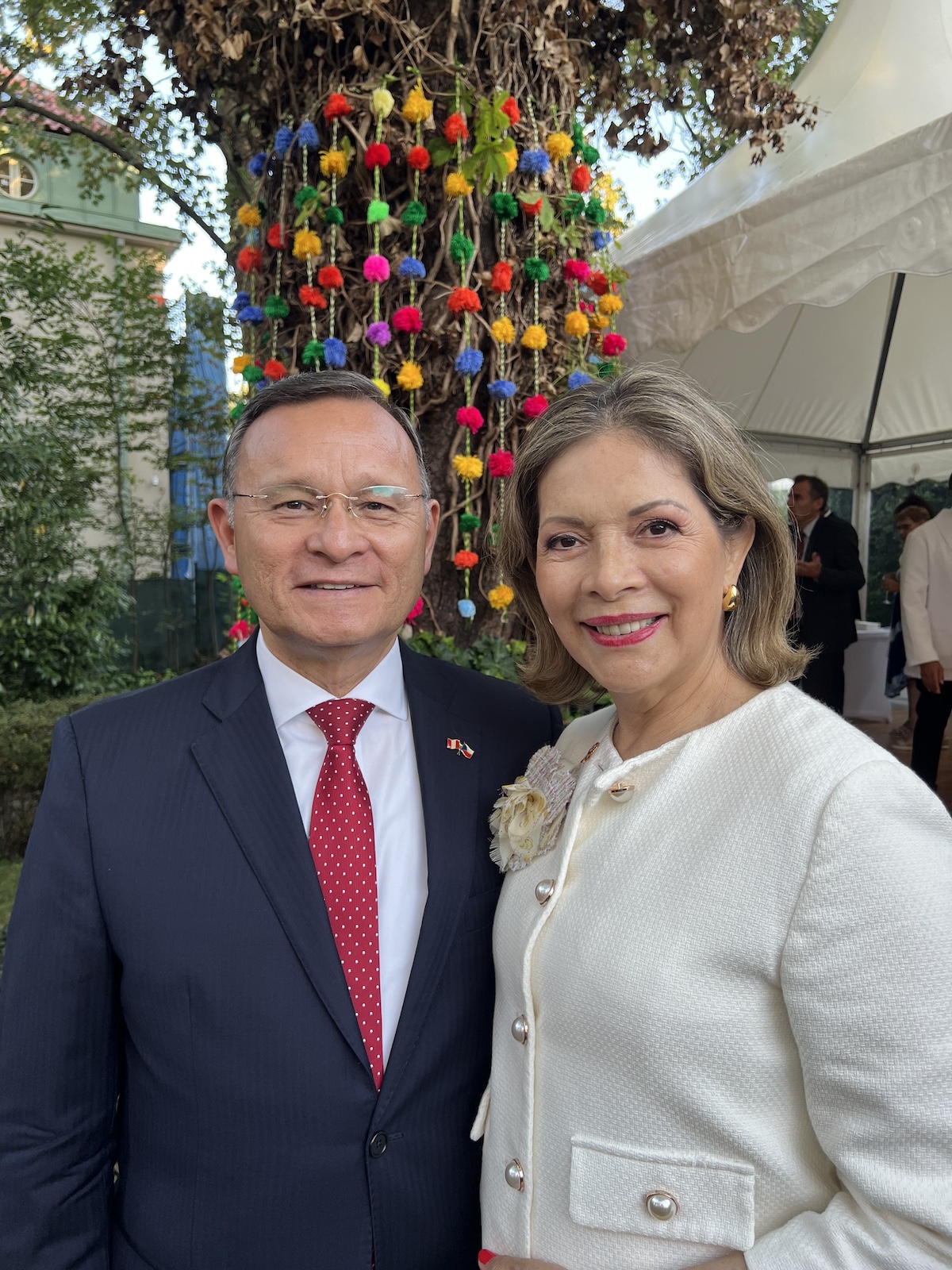









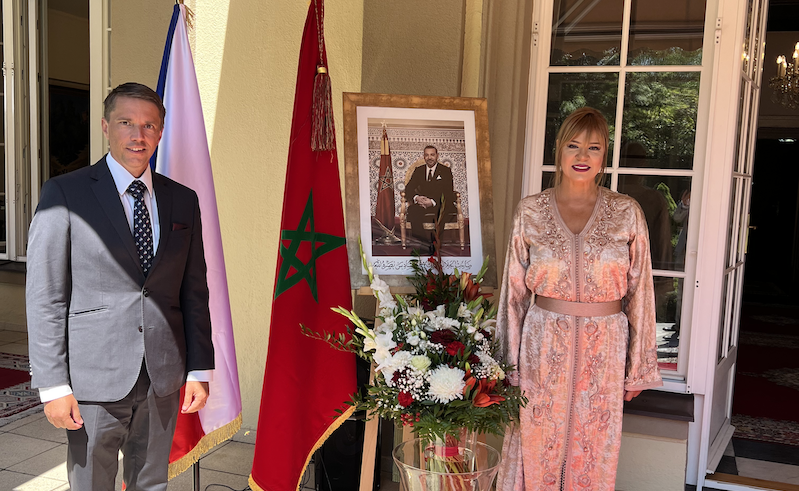


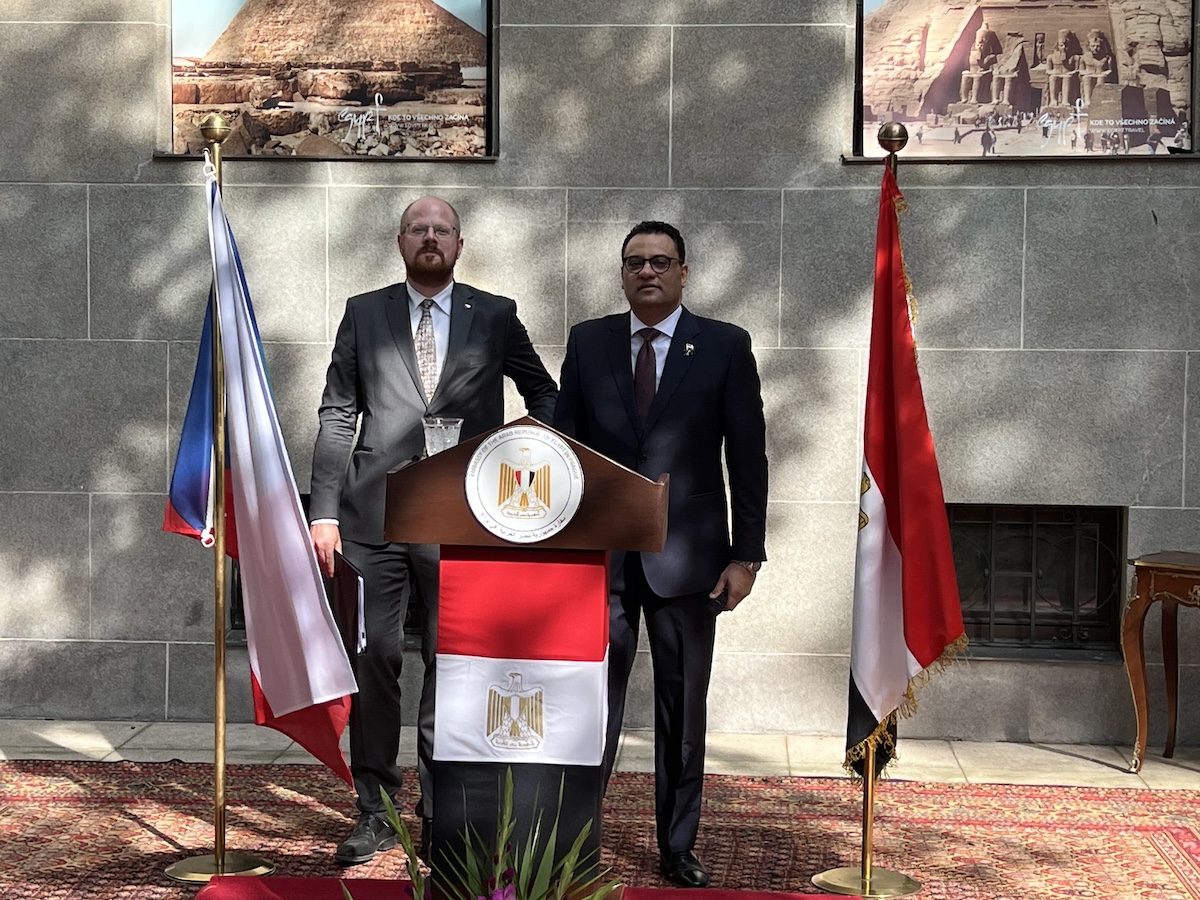


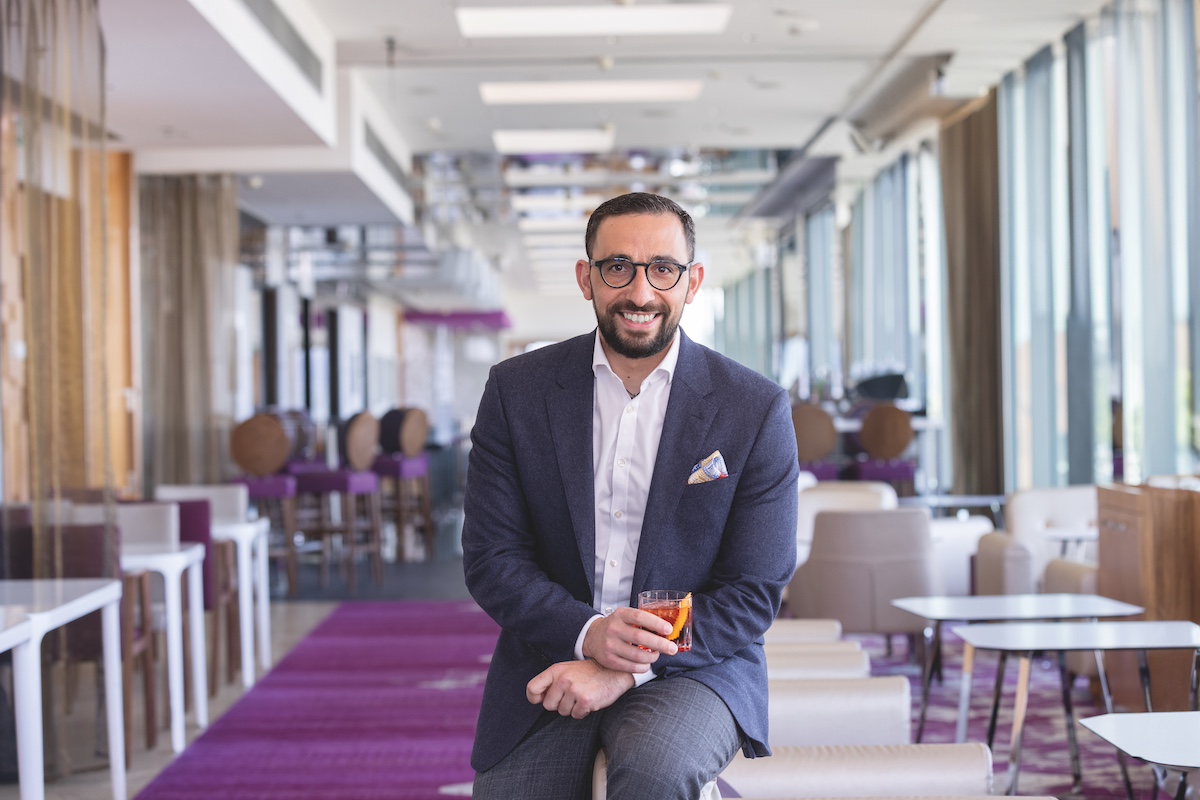
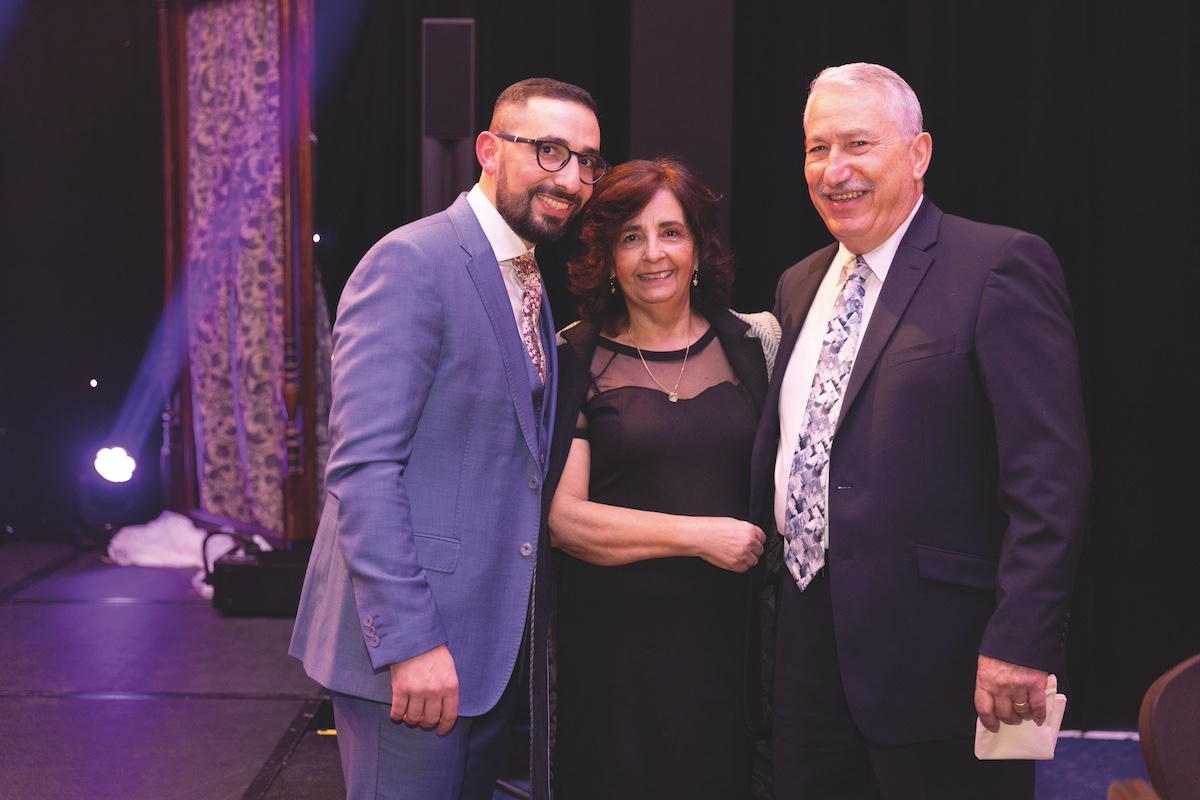
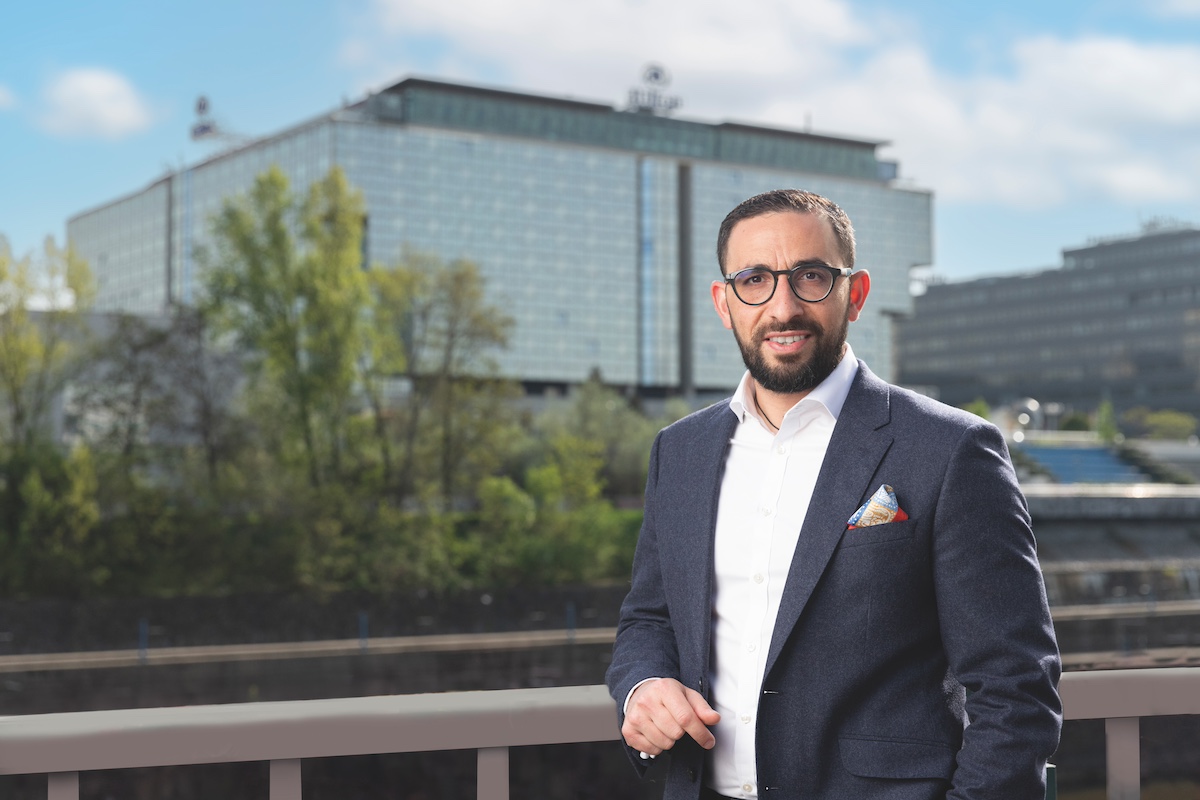
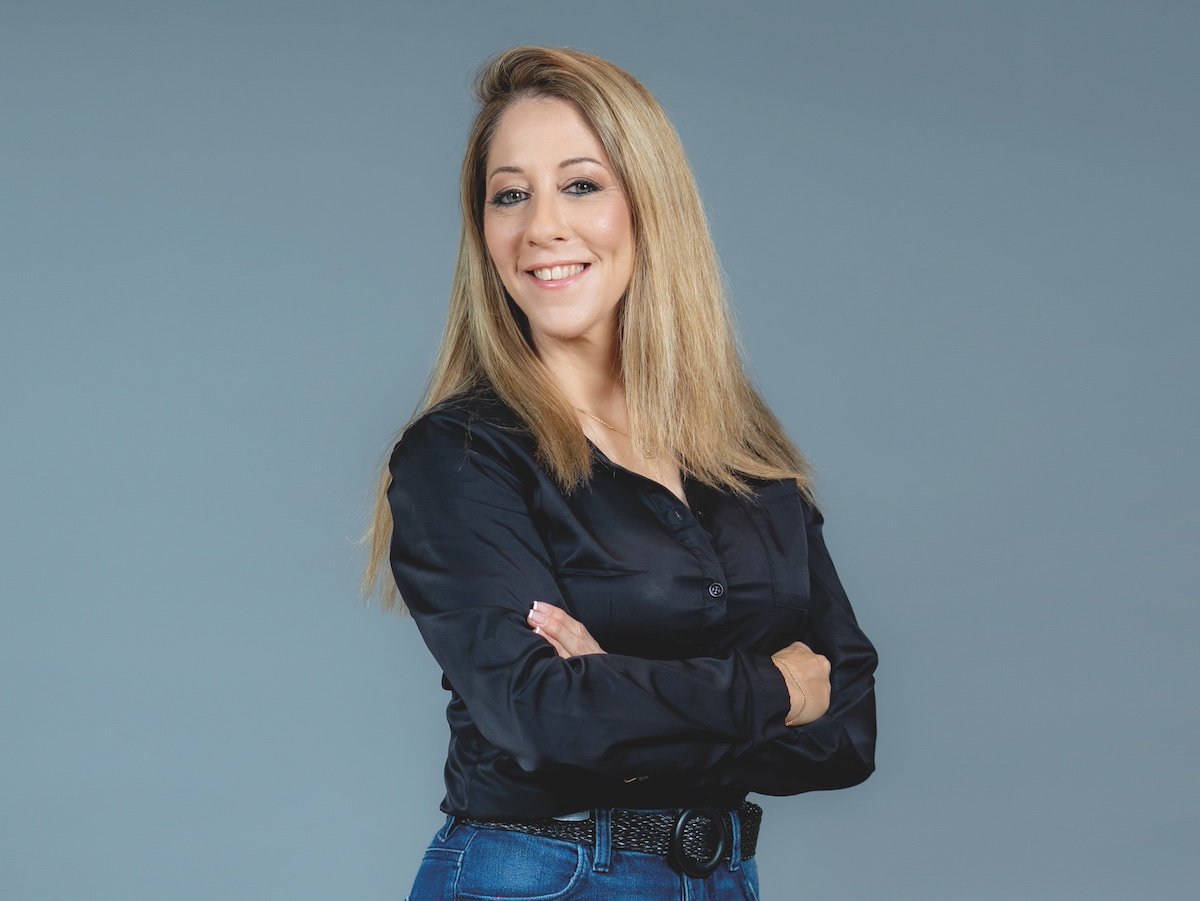
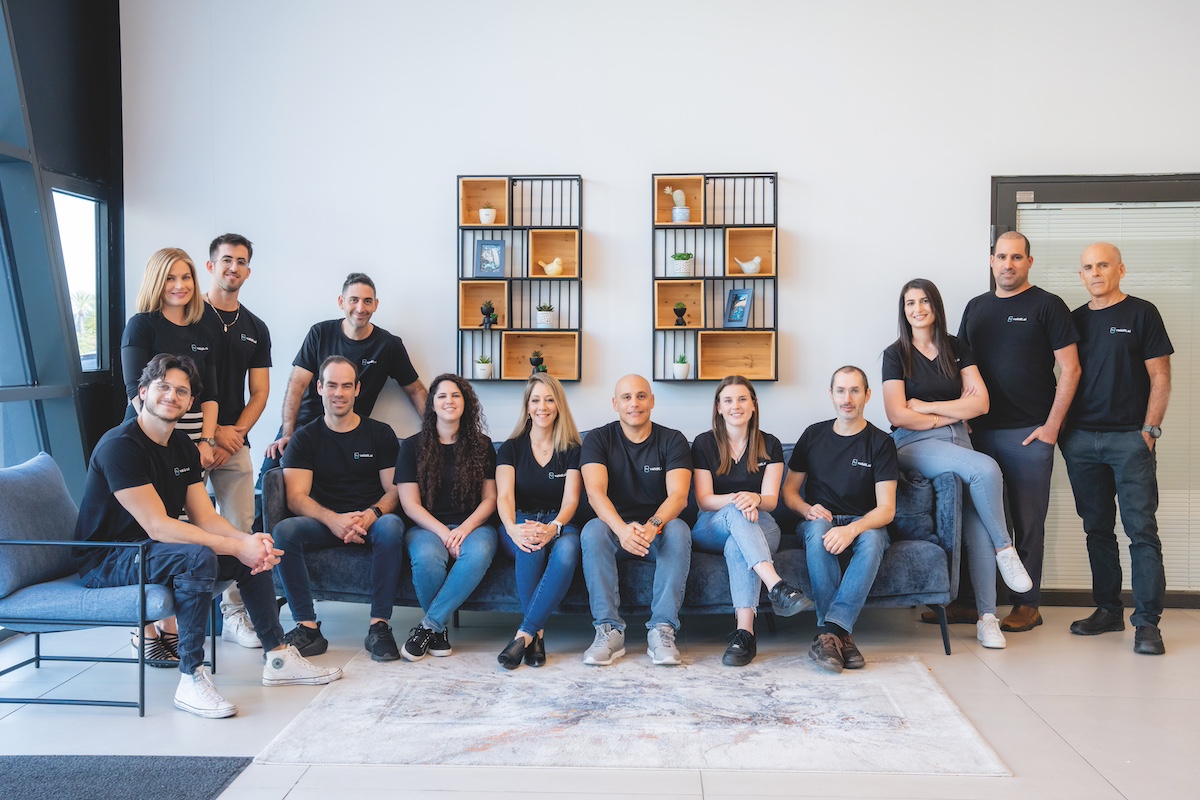

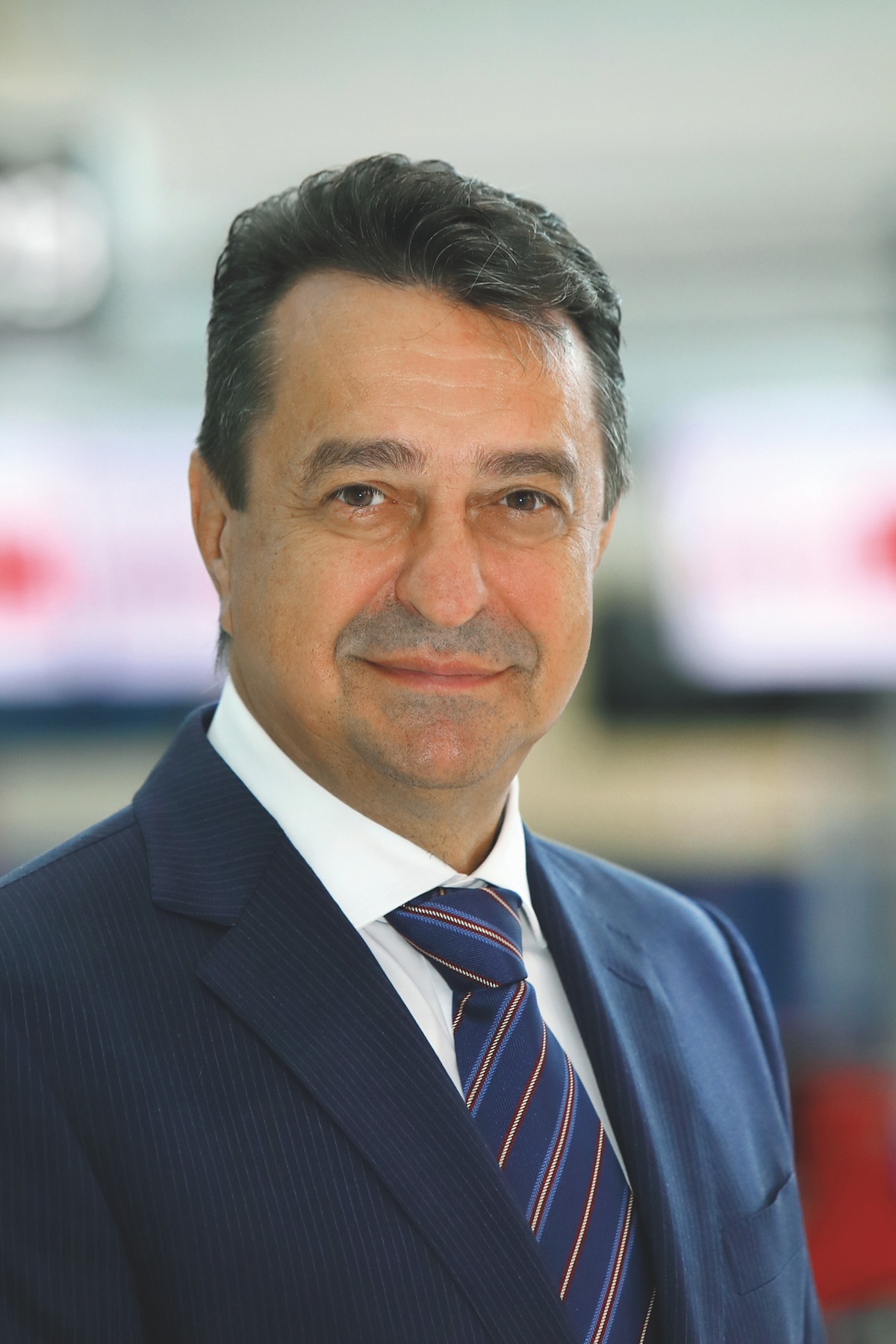
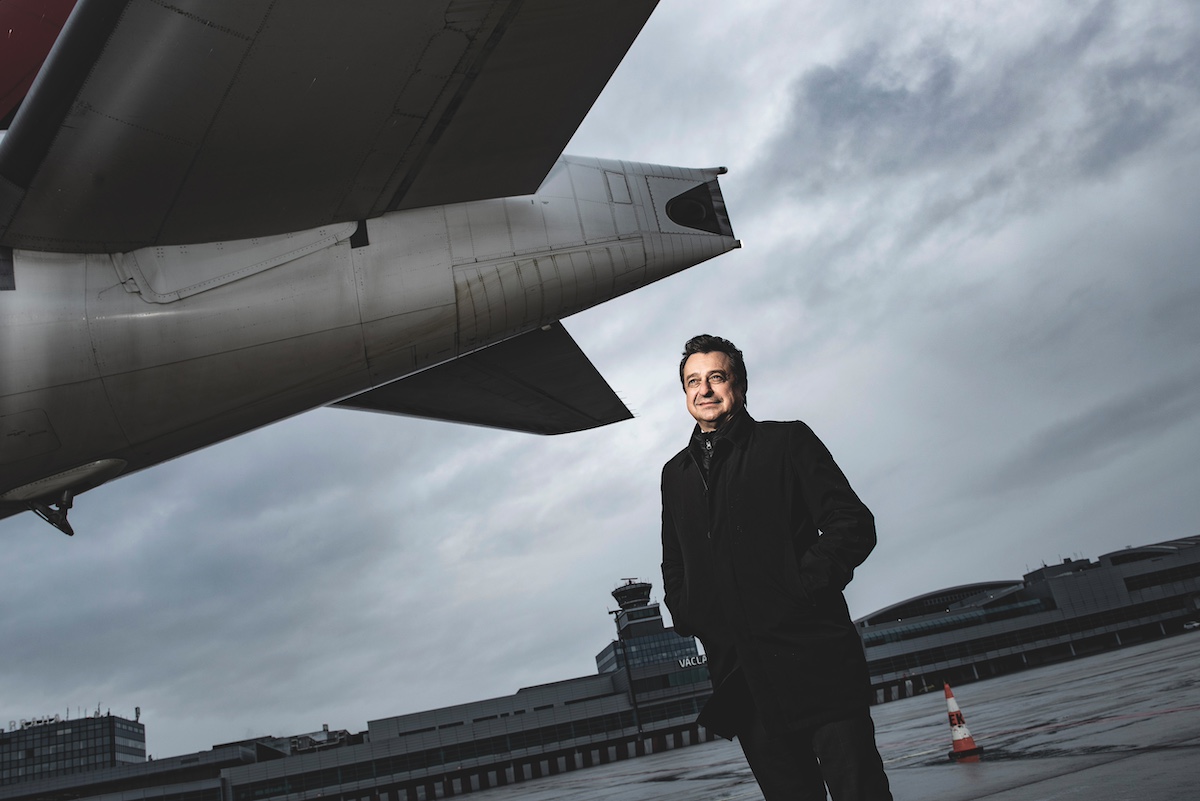
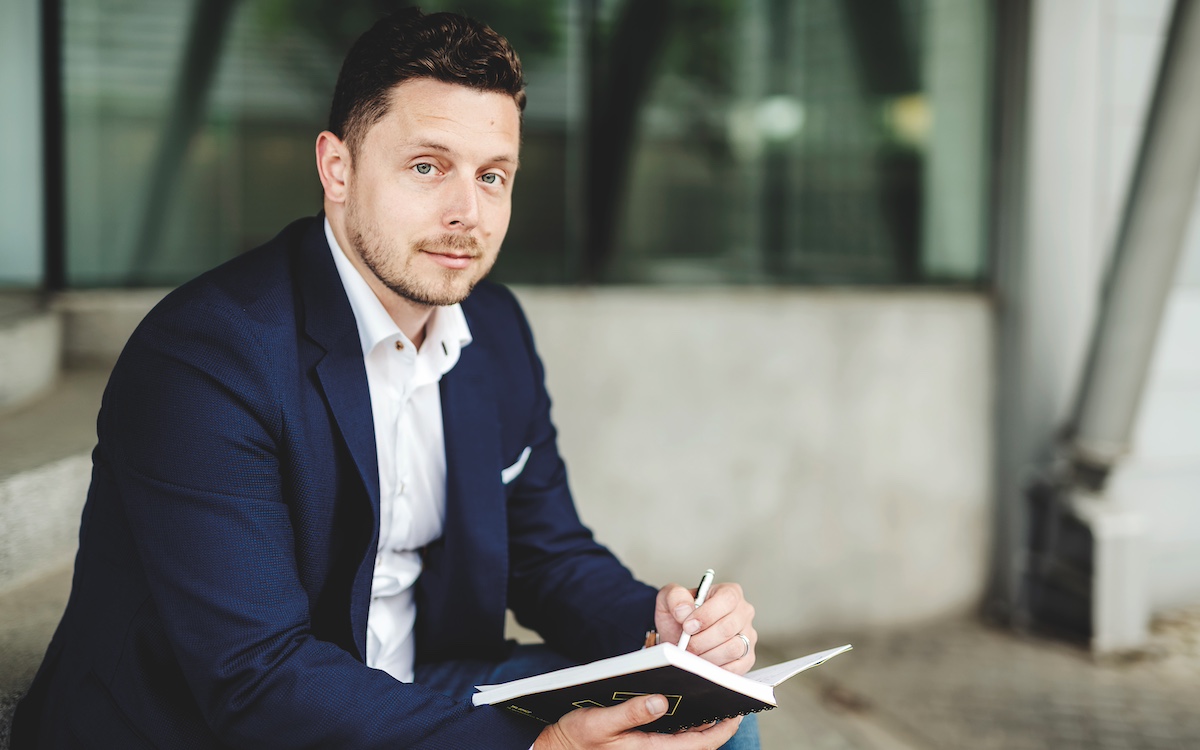
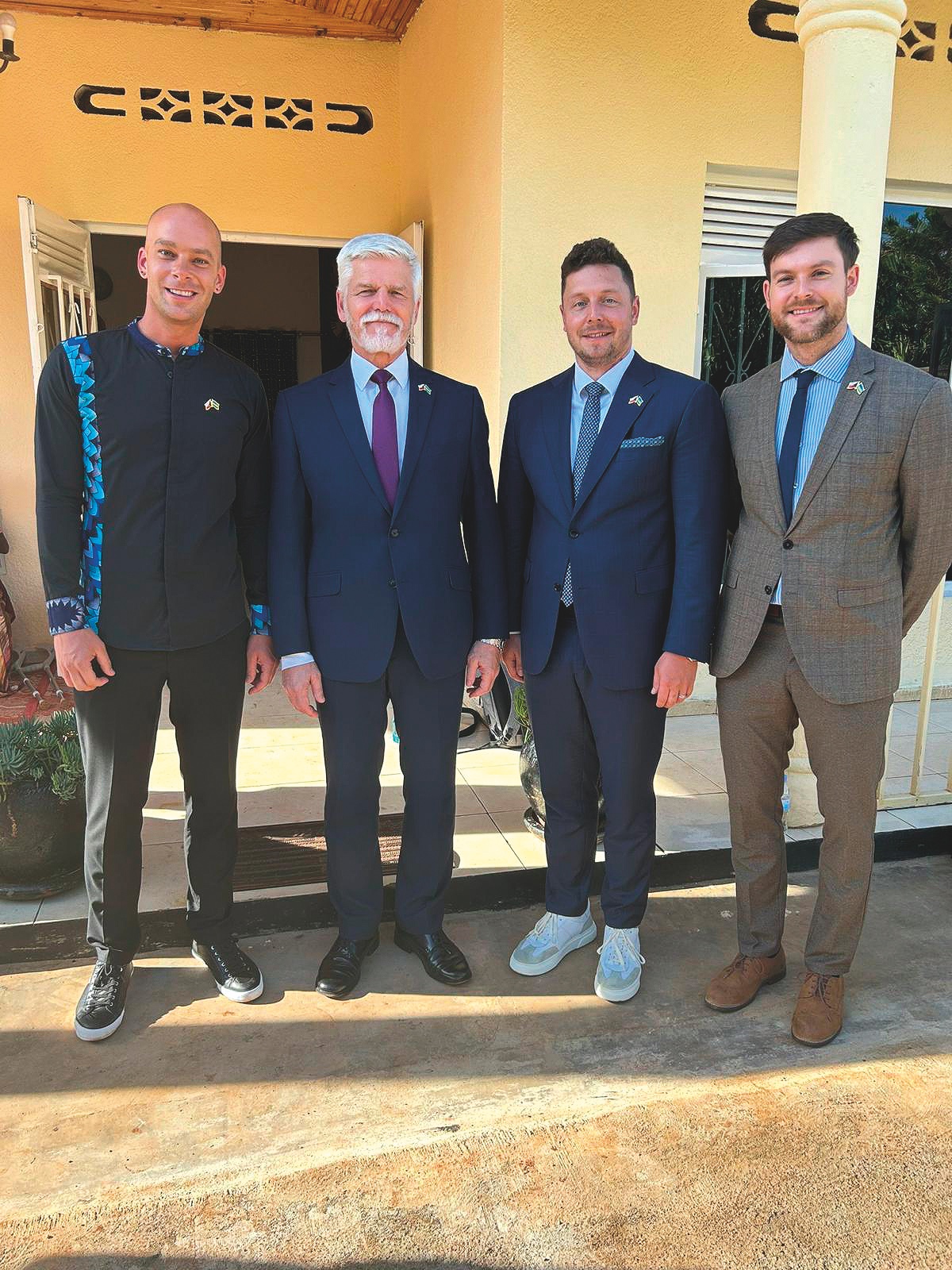
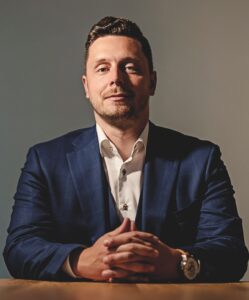 Petr Kapoun has been working in the space sector since 2014, managing over 12 space missions. He is the CEO at TRL Space, a Czech private company founded with the sole purpose of bringing together the best experts, engineers, and scientists in the Czech Republic in order to be able to deliver complete space missions and provide products and services worldwide. He is the Chairman of the Brno Space Cluster and Deputy Chairman at the Brno Regional Chamber of Commerce. Petr believes in the power of education and is involved in supporting educational activities for elementary and high schools, while having also participated in creating the first space master program at Brno University of Technology – Space Applications.
Petr Kapoun has been working in the space sector since 2014, managing over 12 space missions. He is the CEO at TRL Space, a Czech private company founded with the sole purpose of bringing together the best experts, engineers, and scientists in the Czech Republic in order to be able to deliver complete space missions and provide products and services worldwide. He is the Chairman of the Brno Space Cluster and Deputy Chairman at the Brno Regional Chamber of Commerce. Petr believes in the power of education and is involved in supporting educational activities for elementary and high schools, while having also participated in creating the first space master program at Brno University of Technology – Space Applications.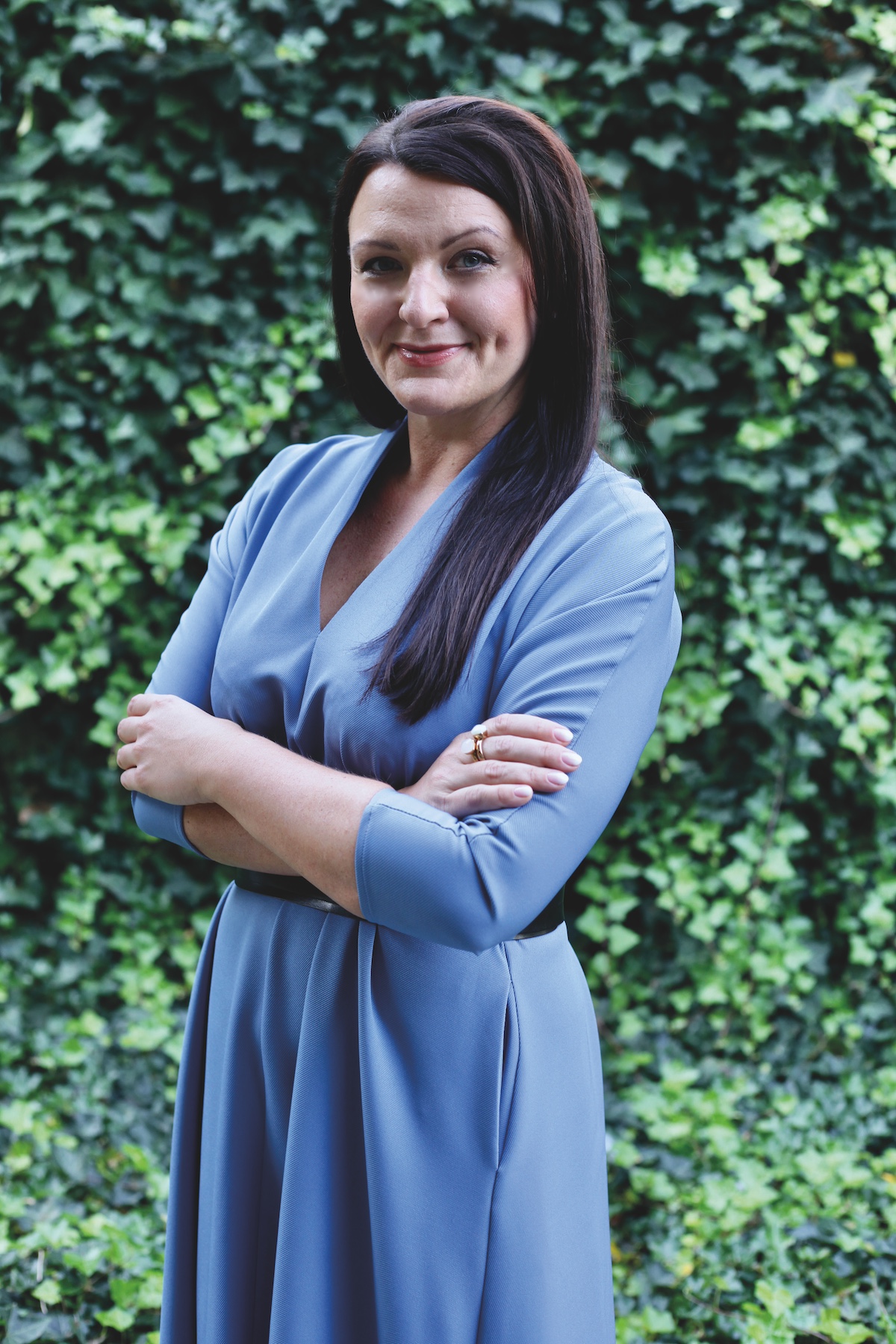
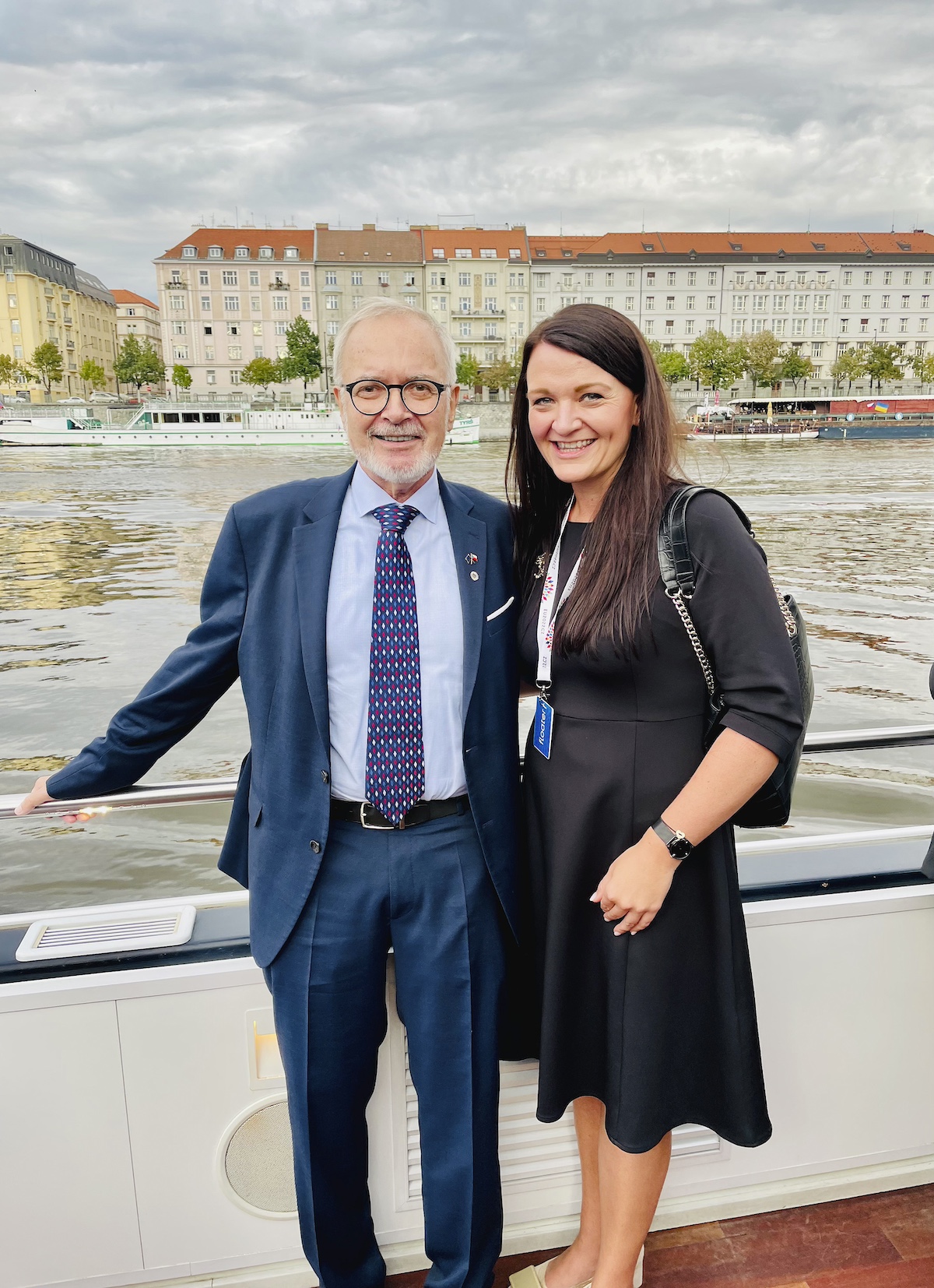
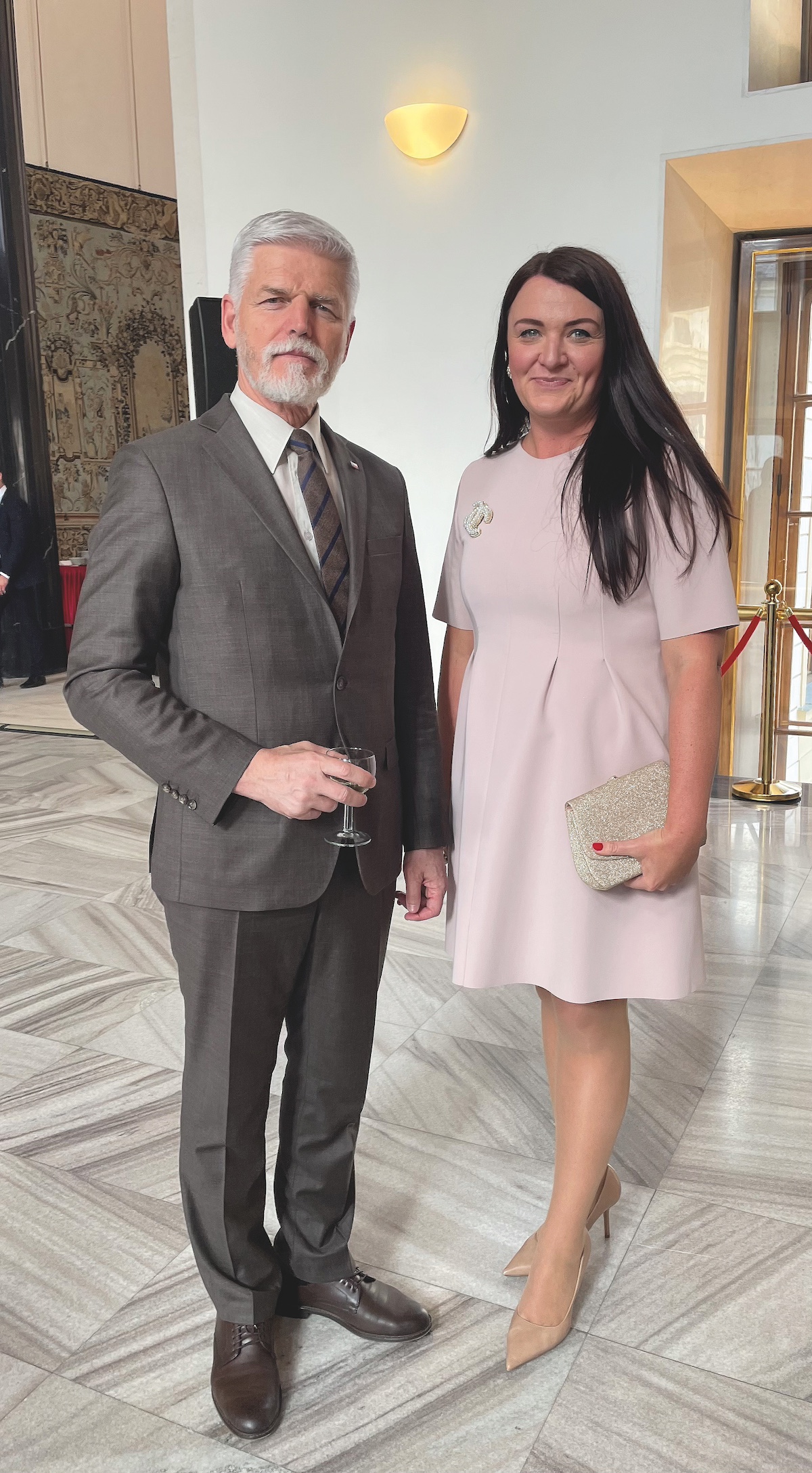
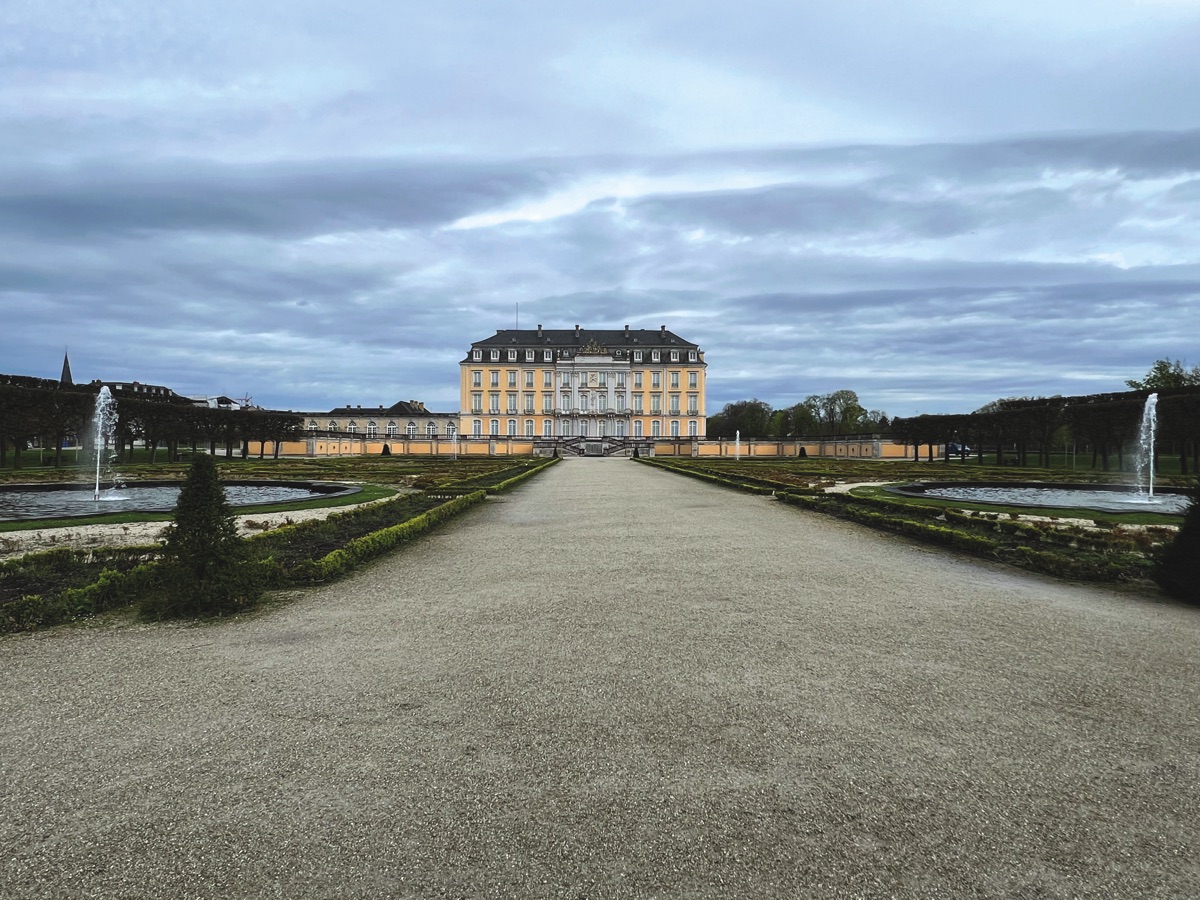
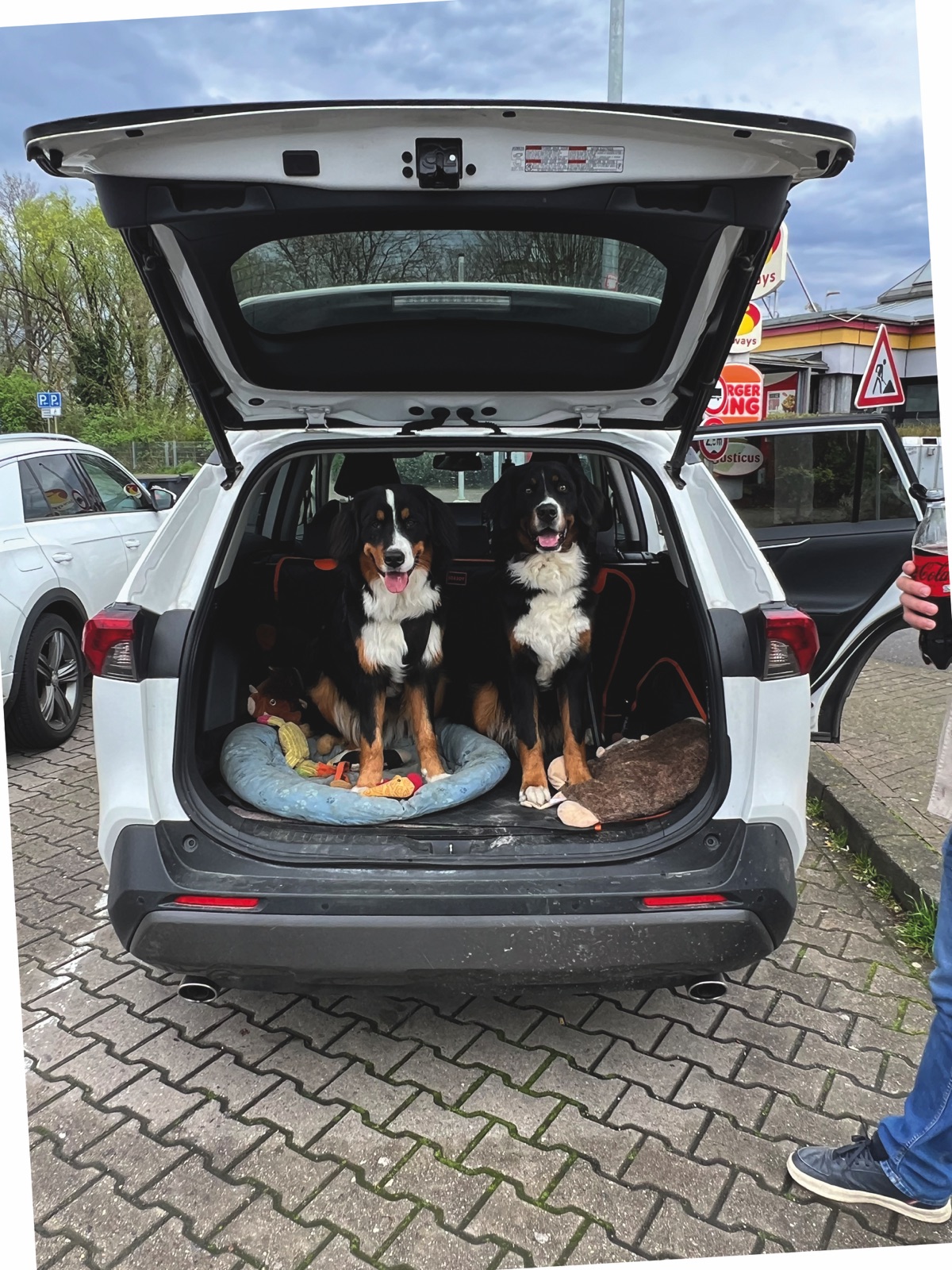
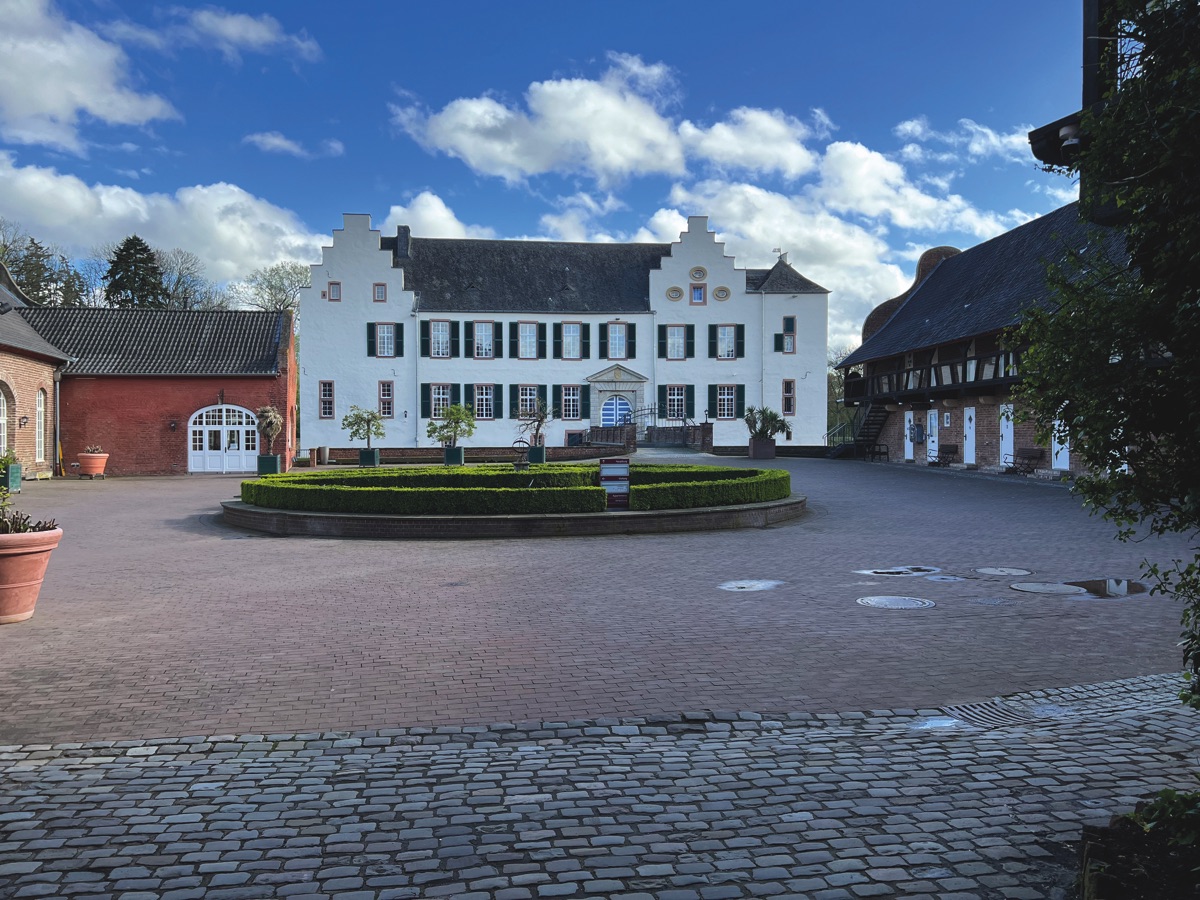
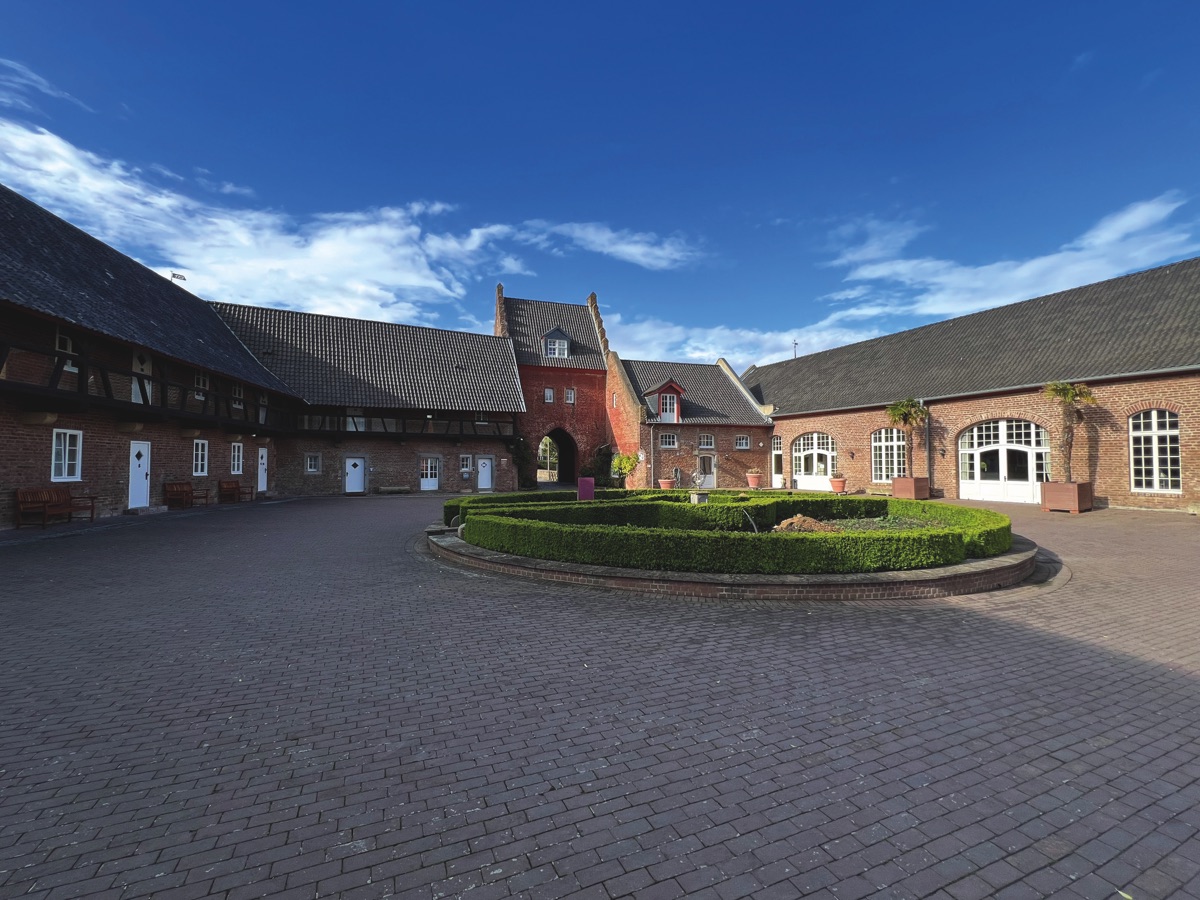
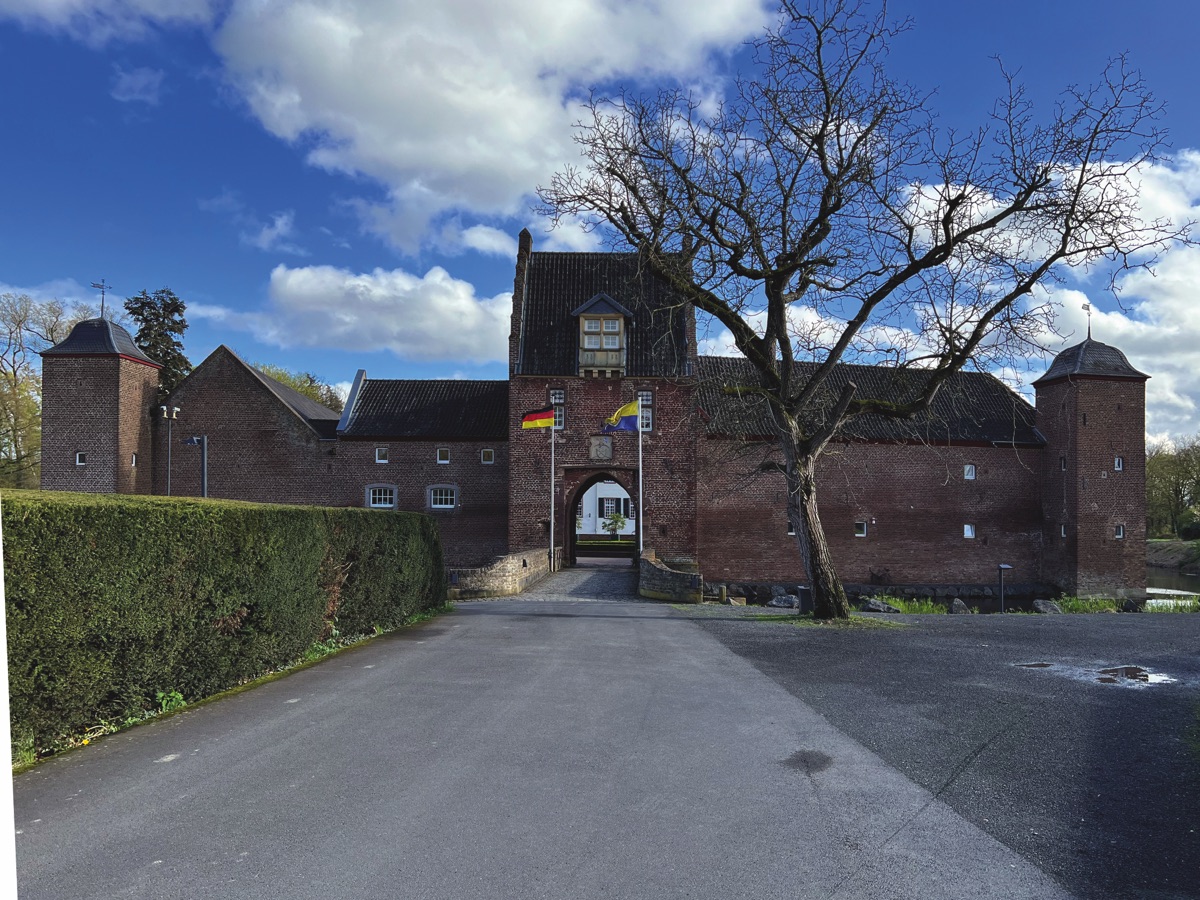
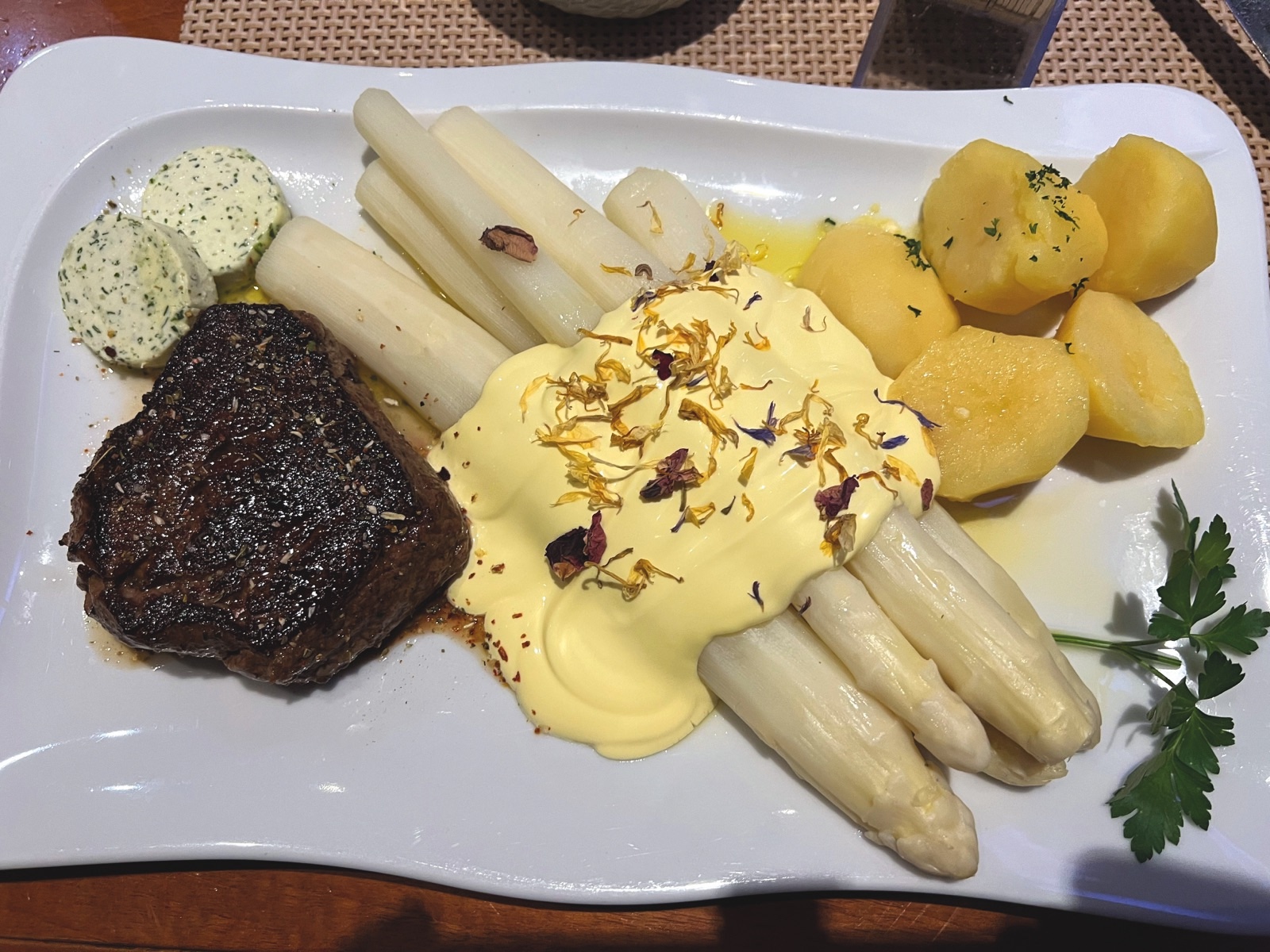
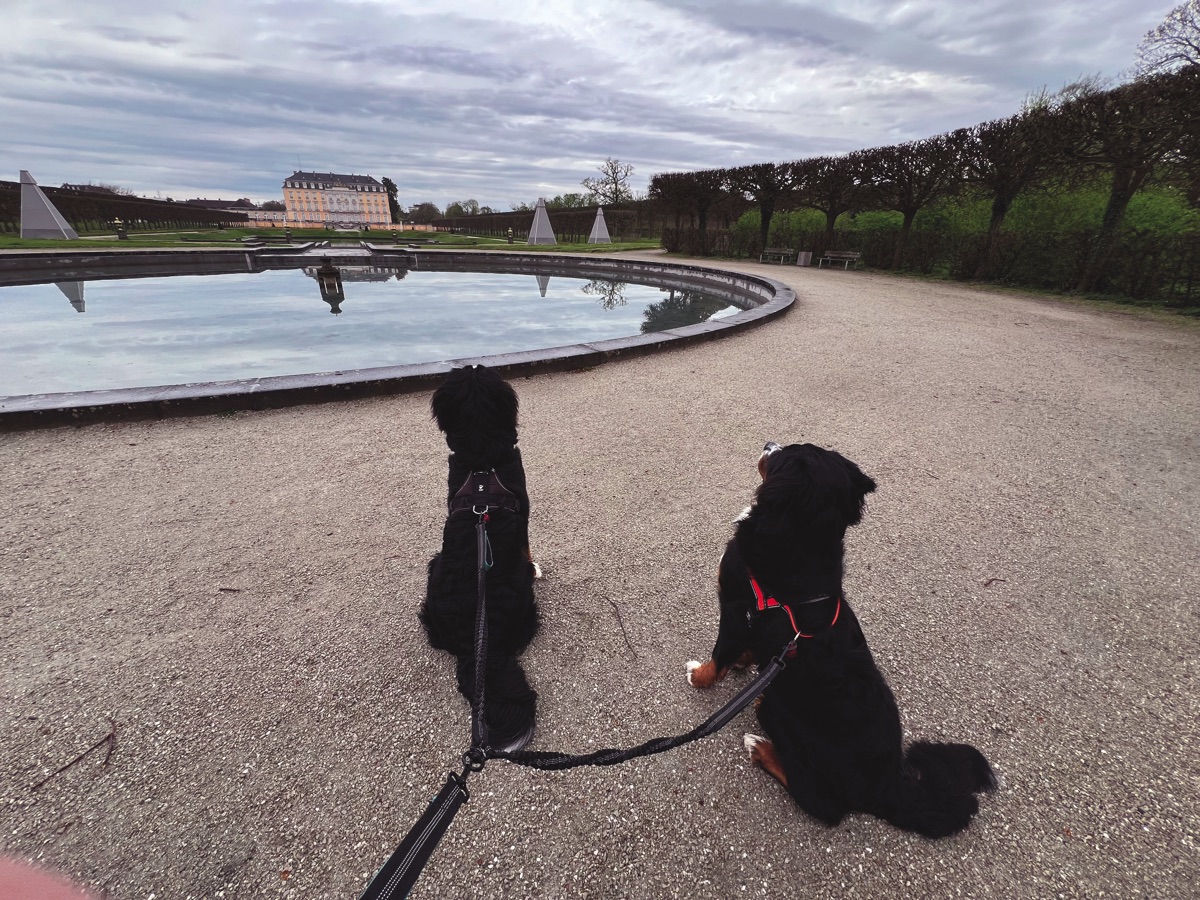
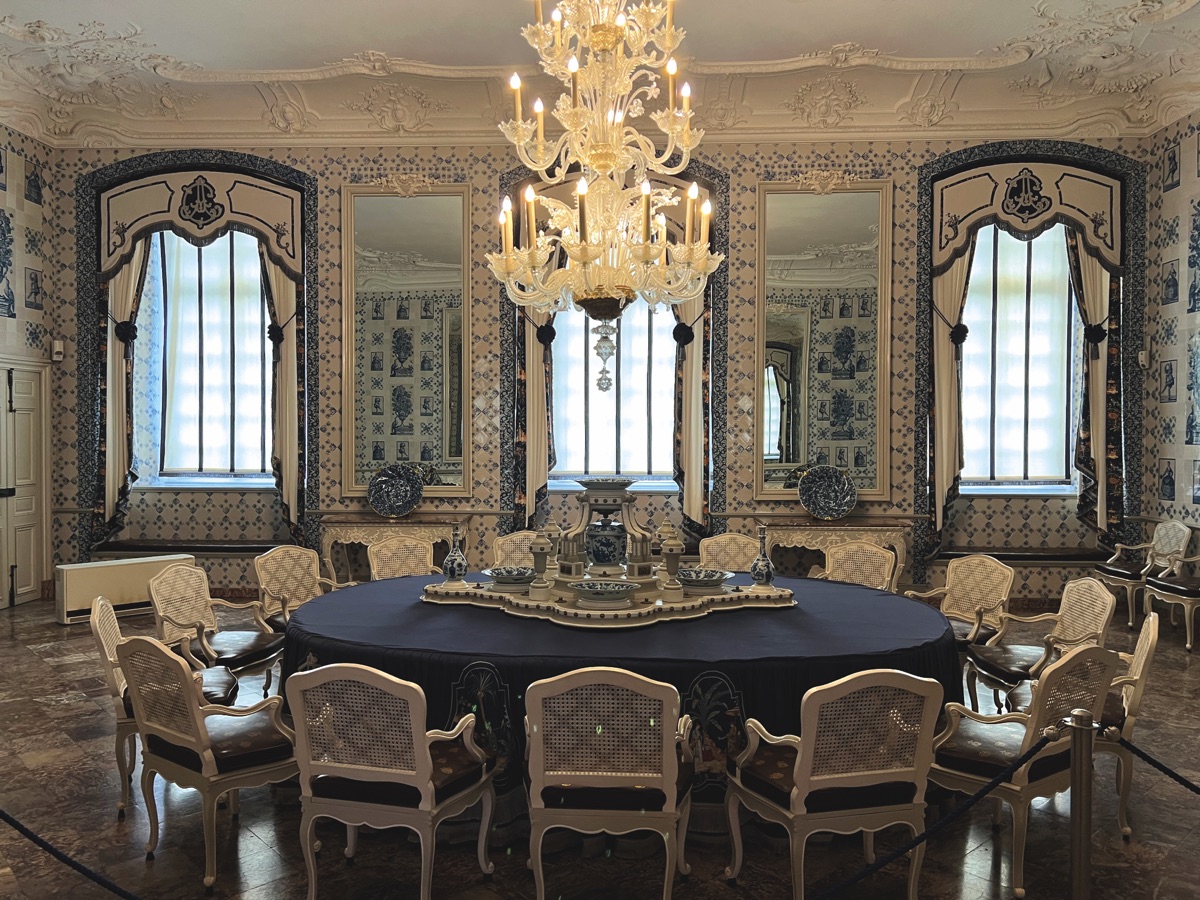
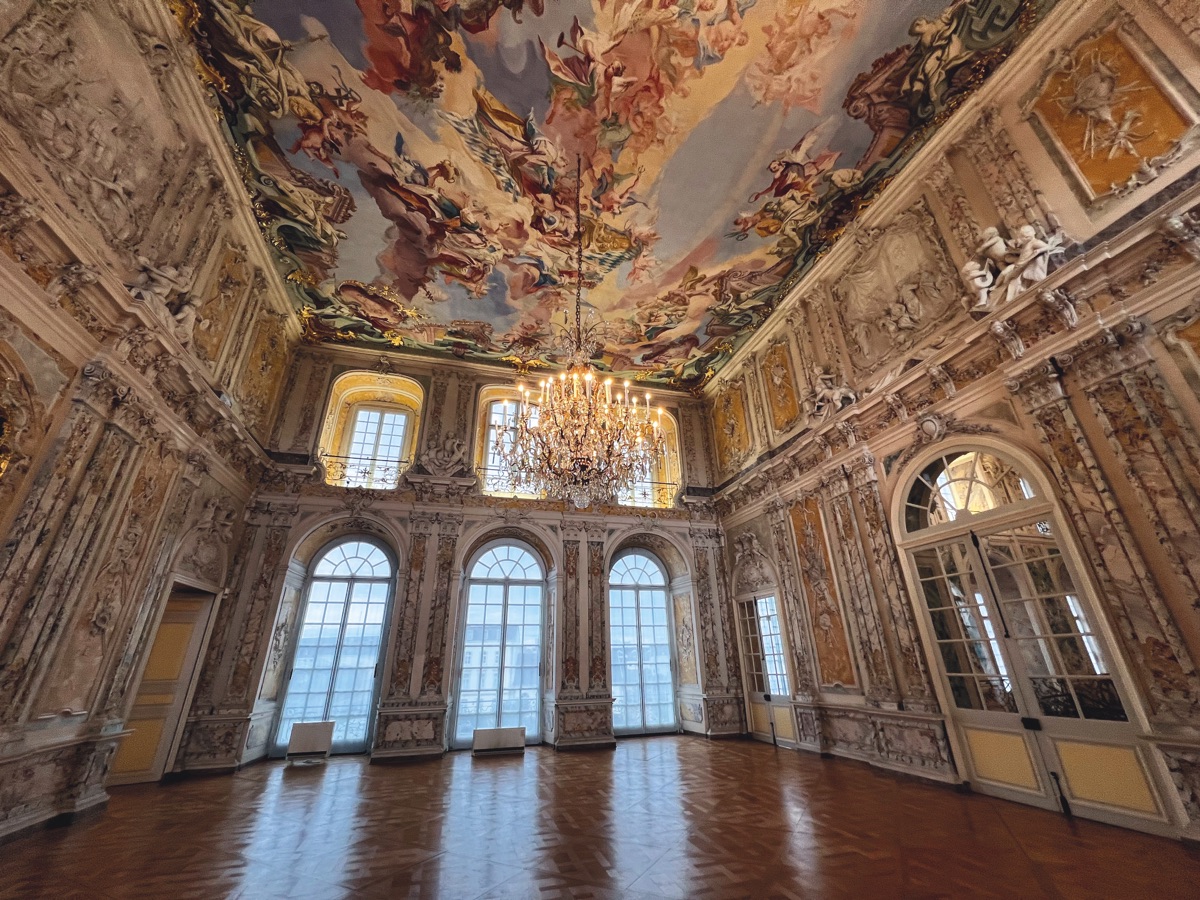
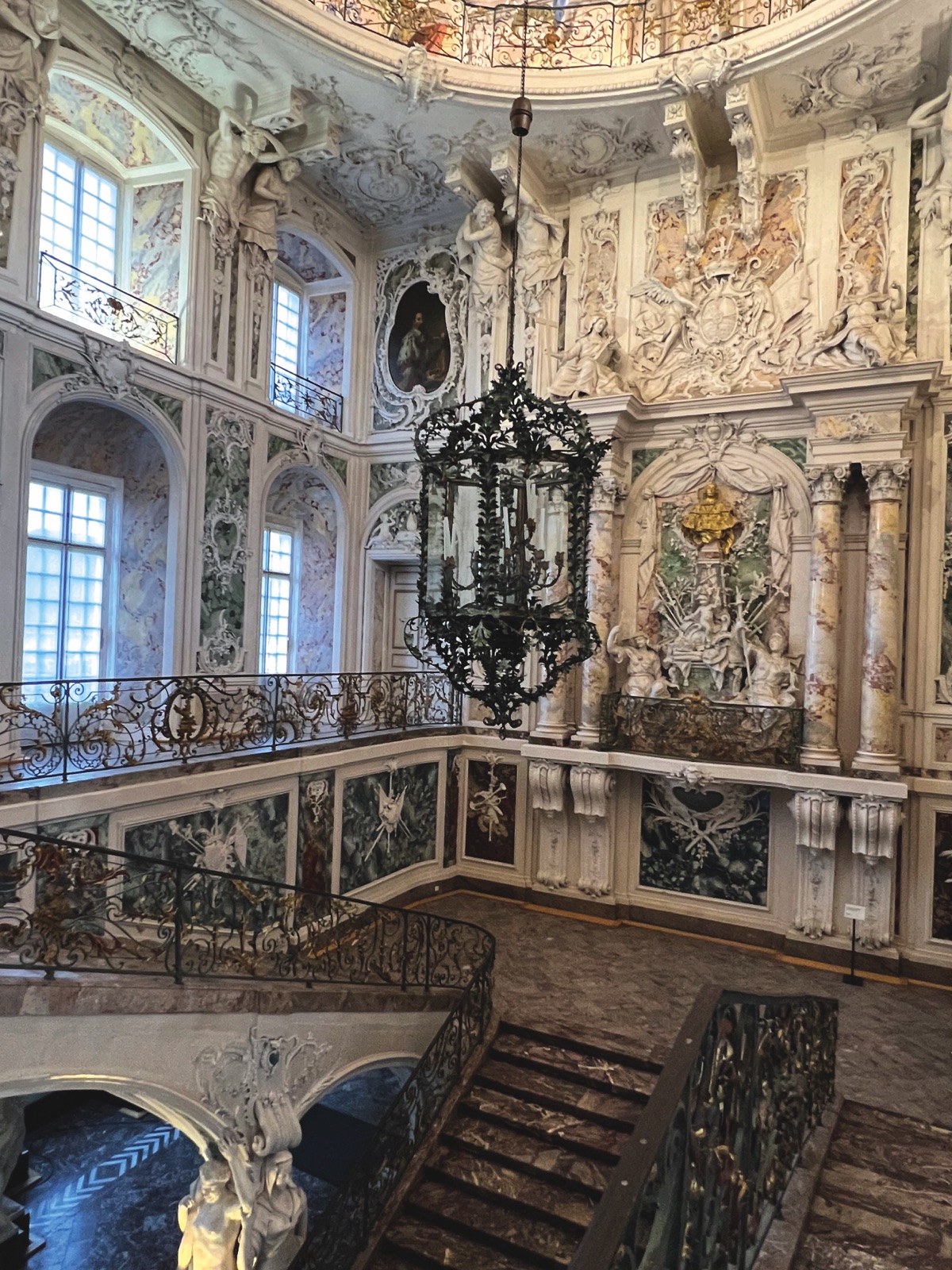
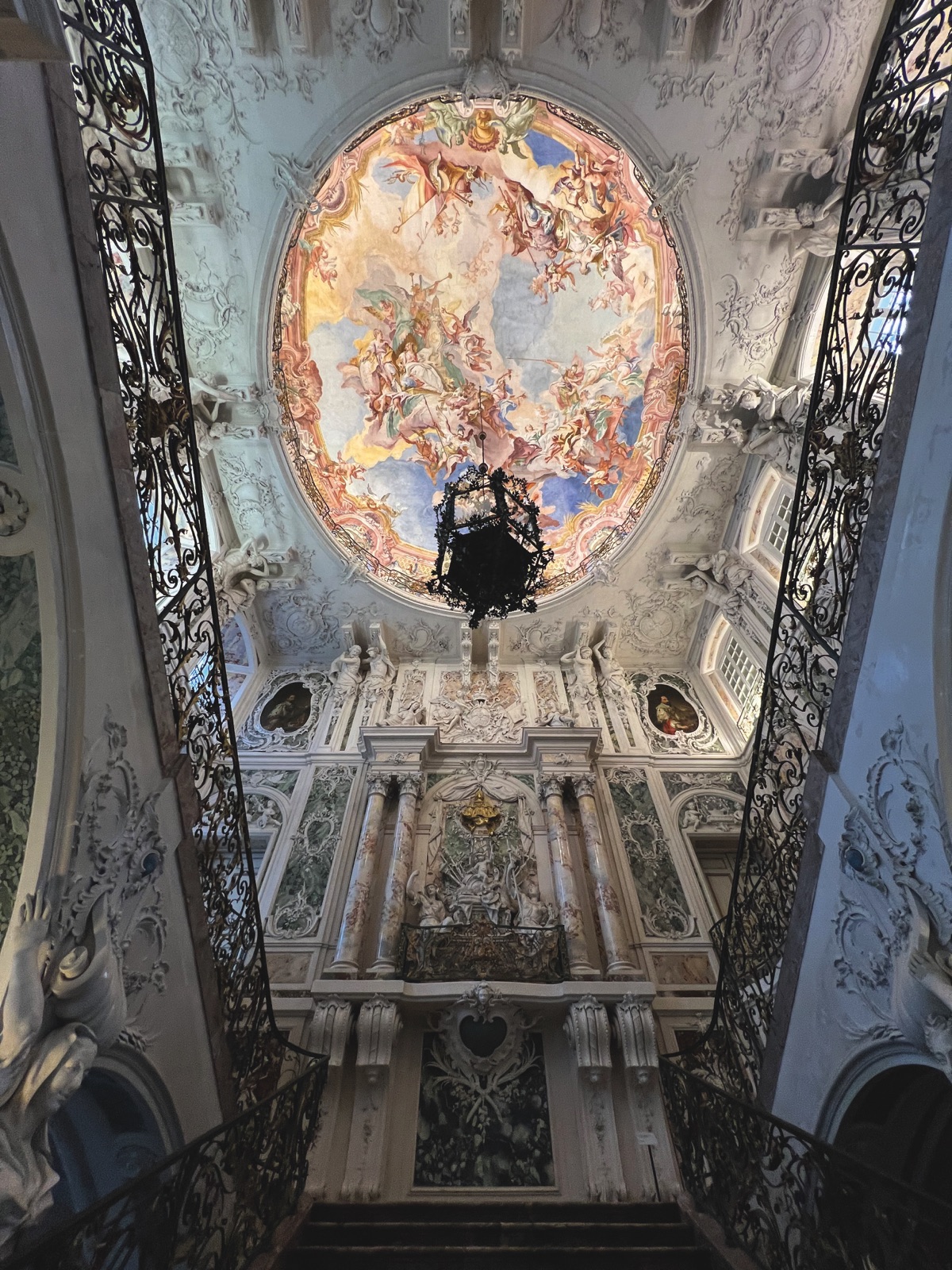
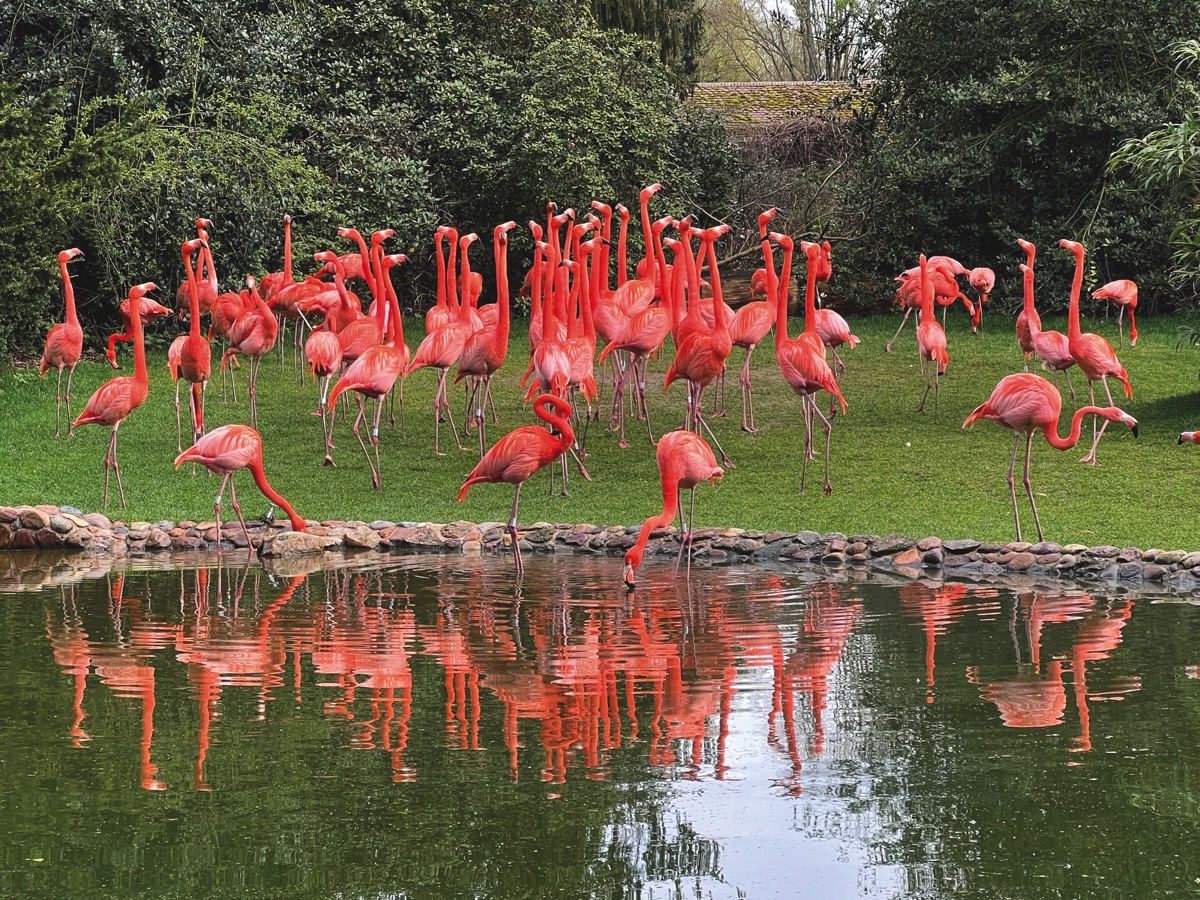
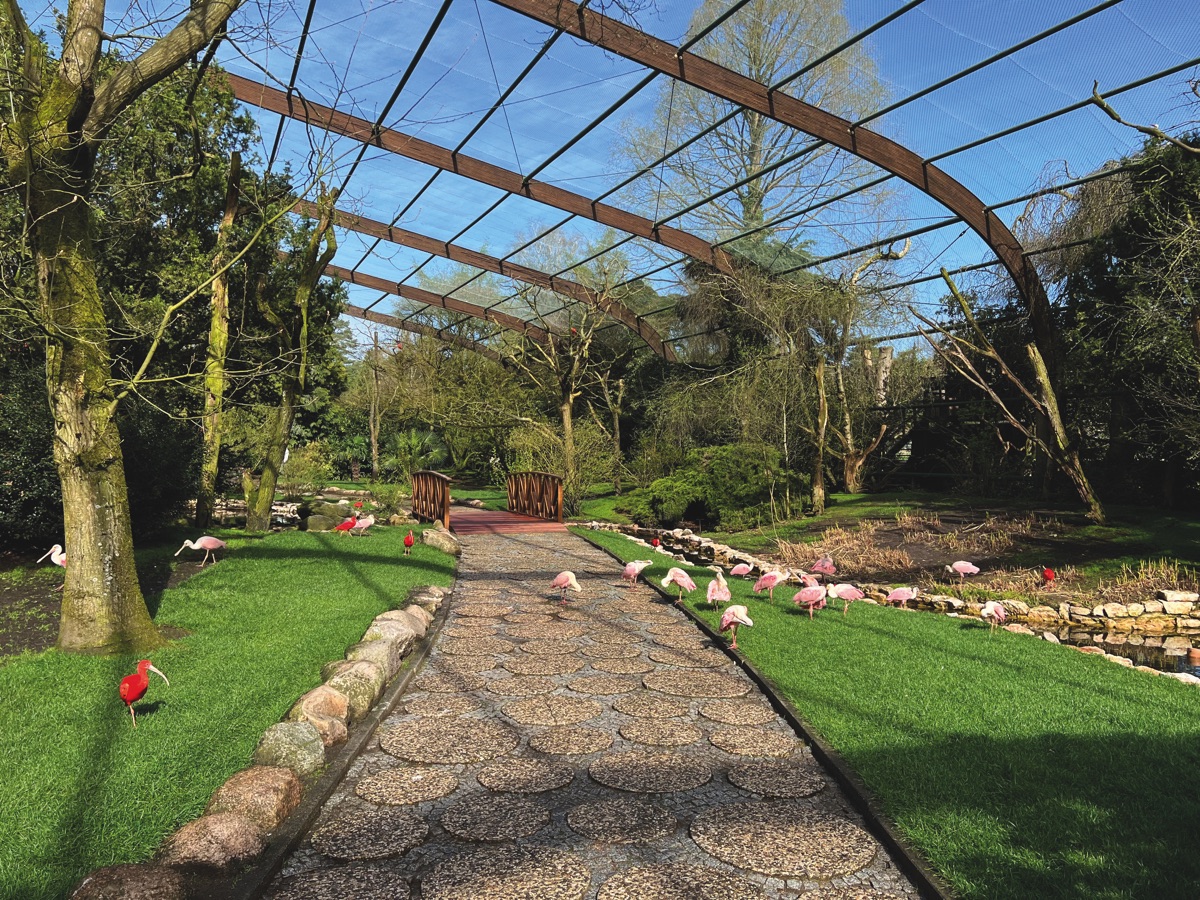

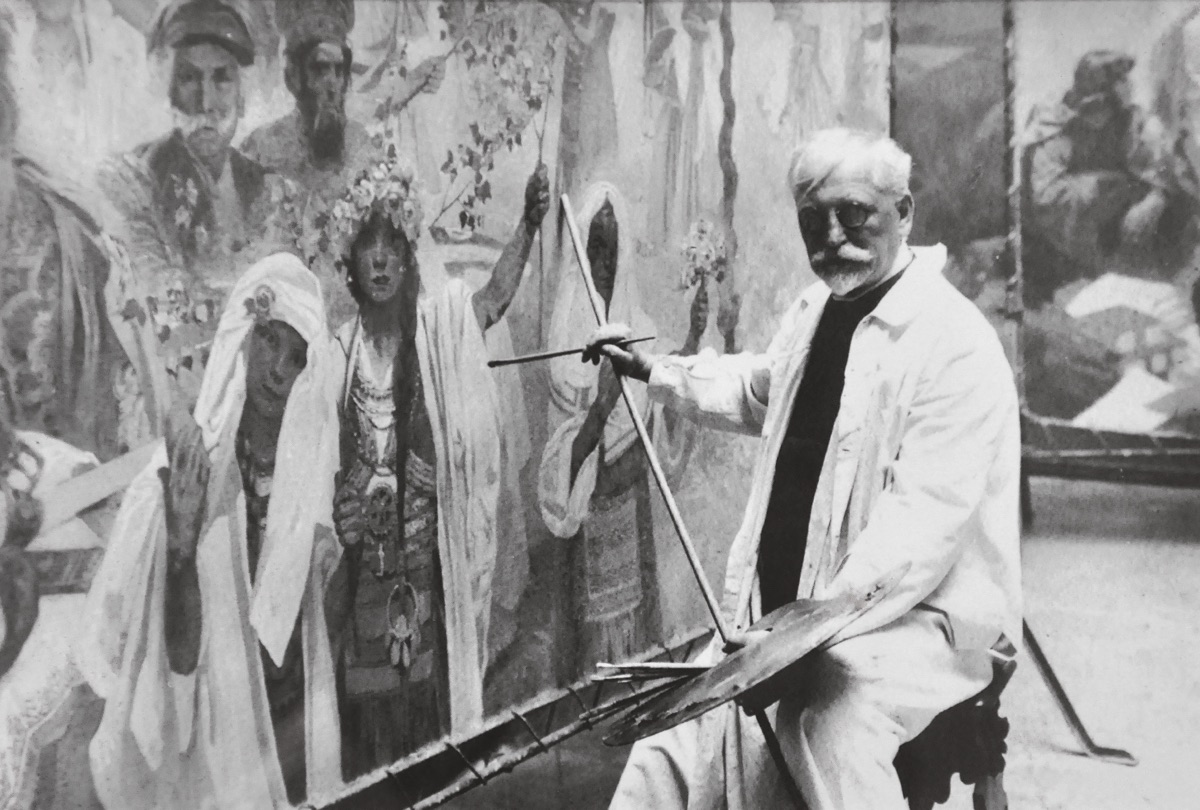
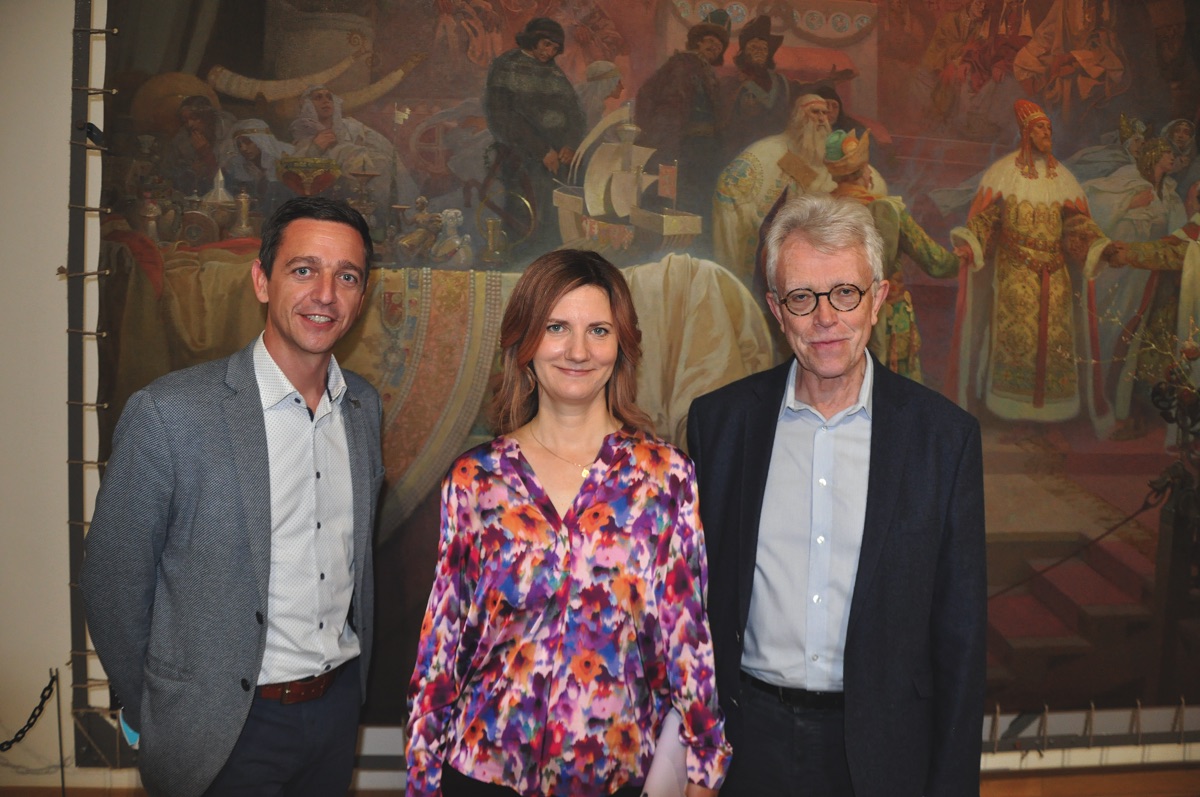
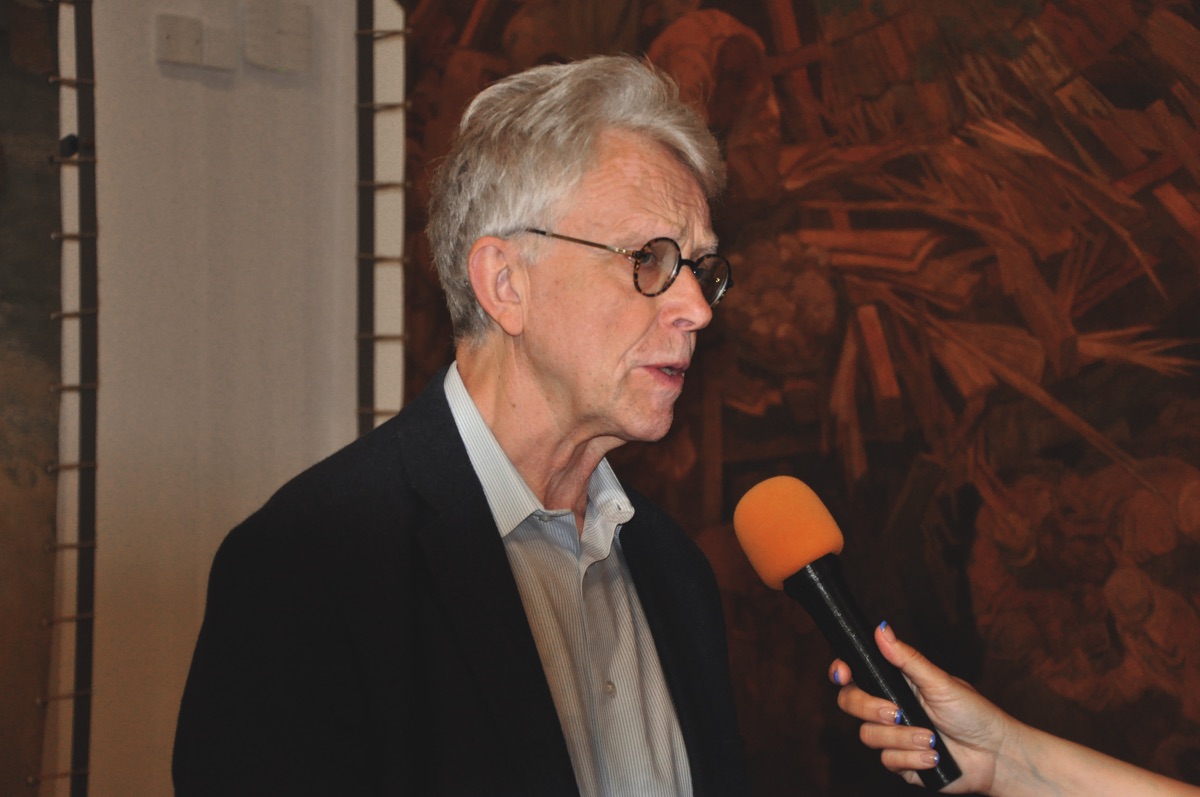
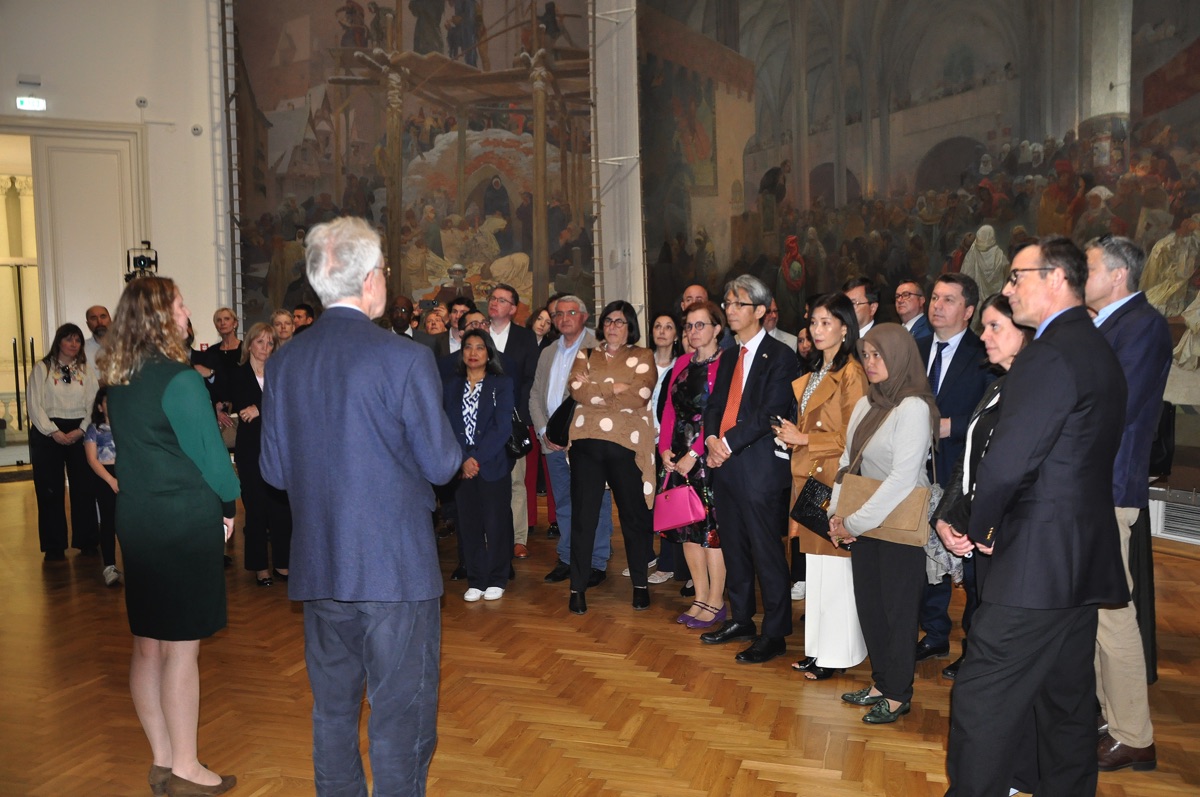
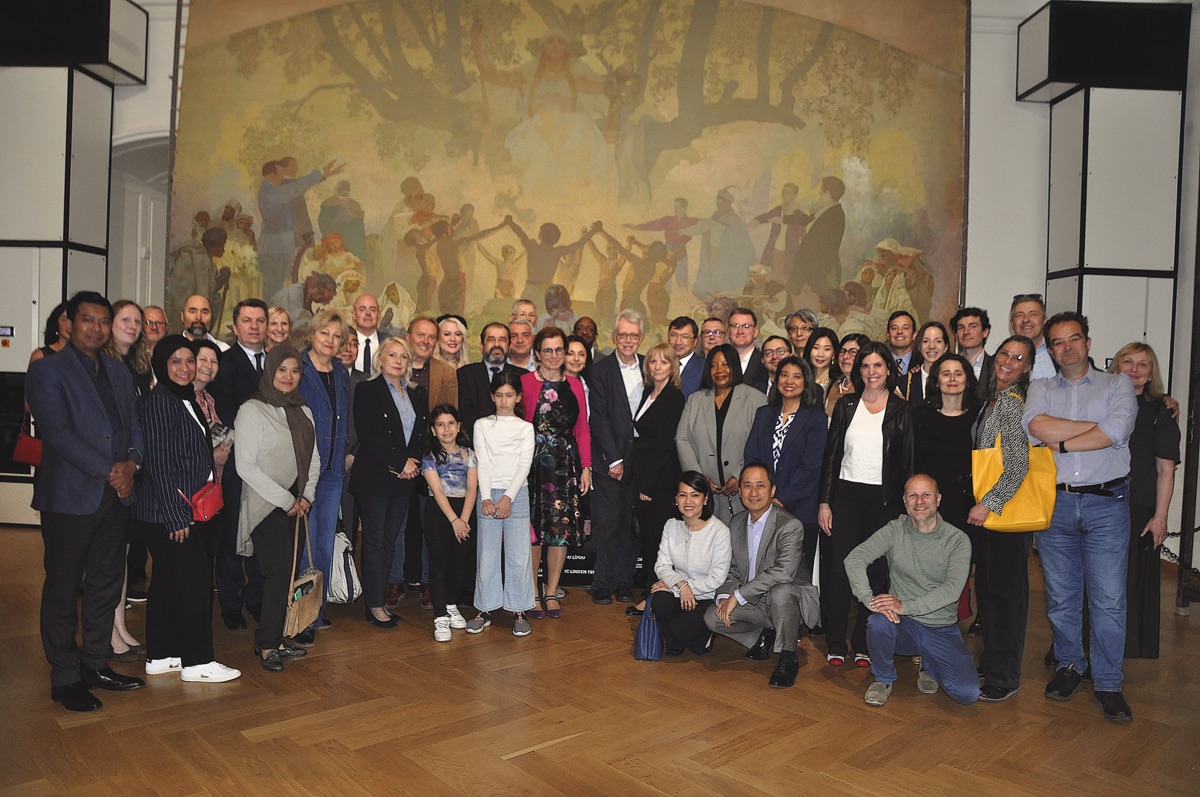
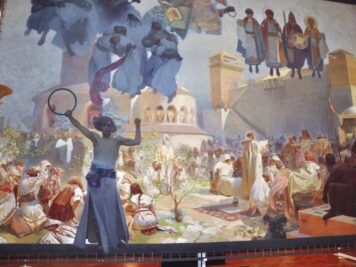
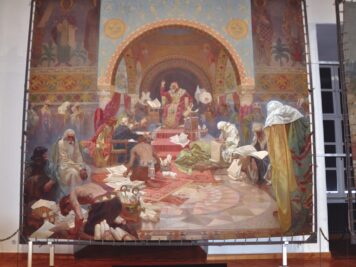
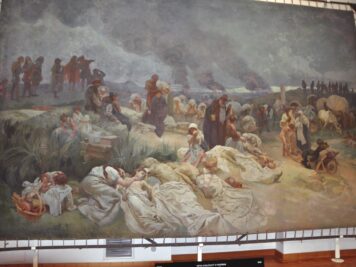
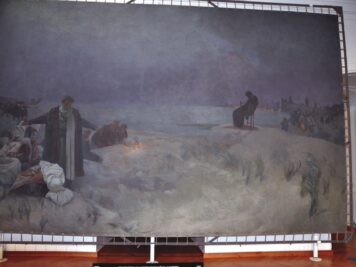
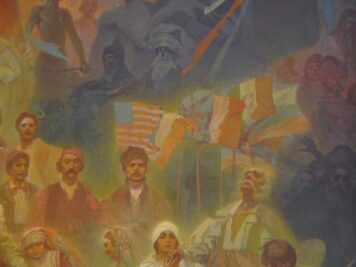
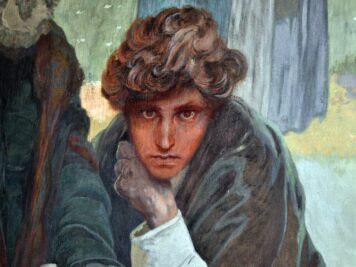
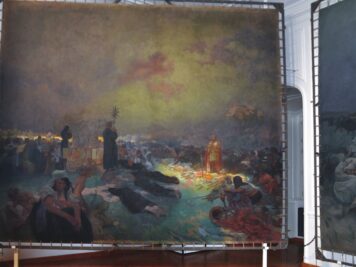
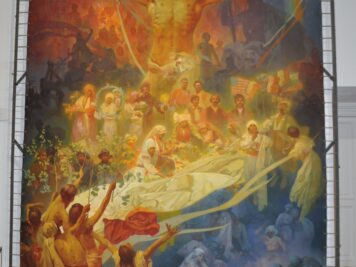
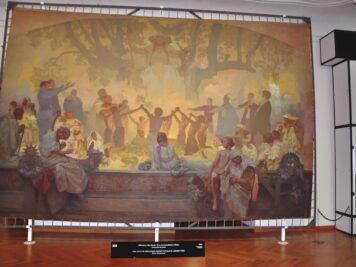
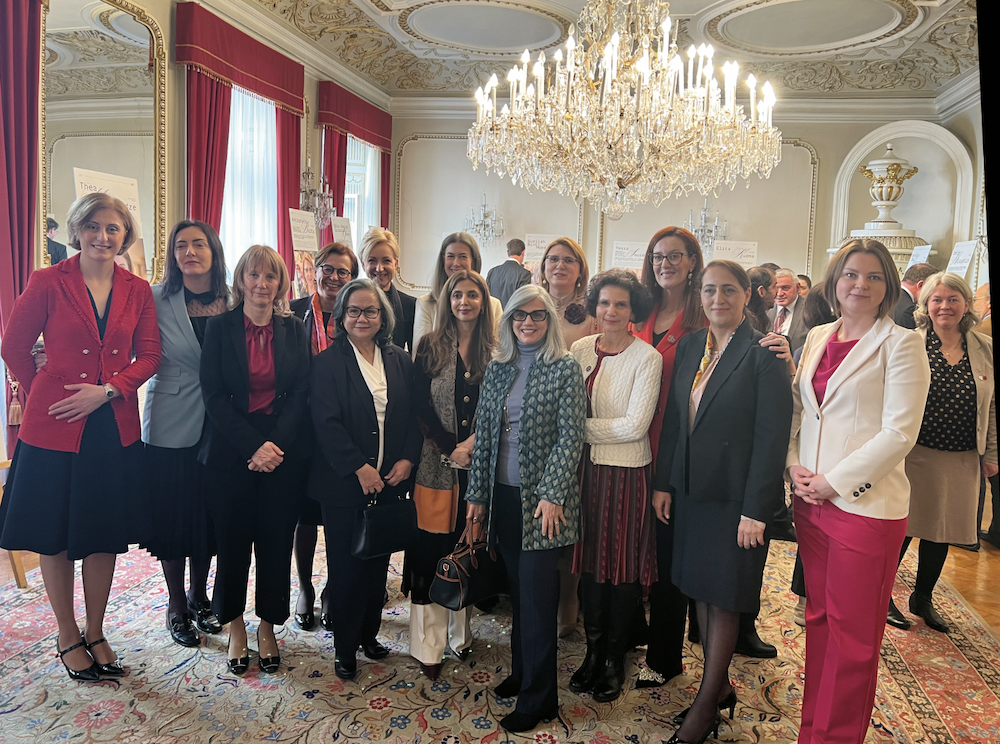
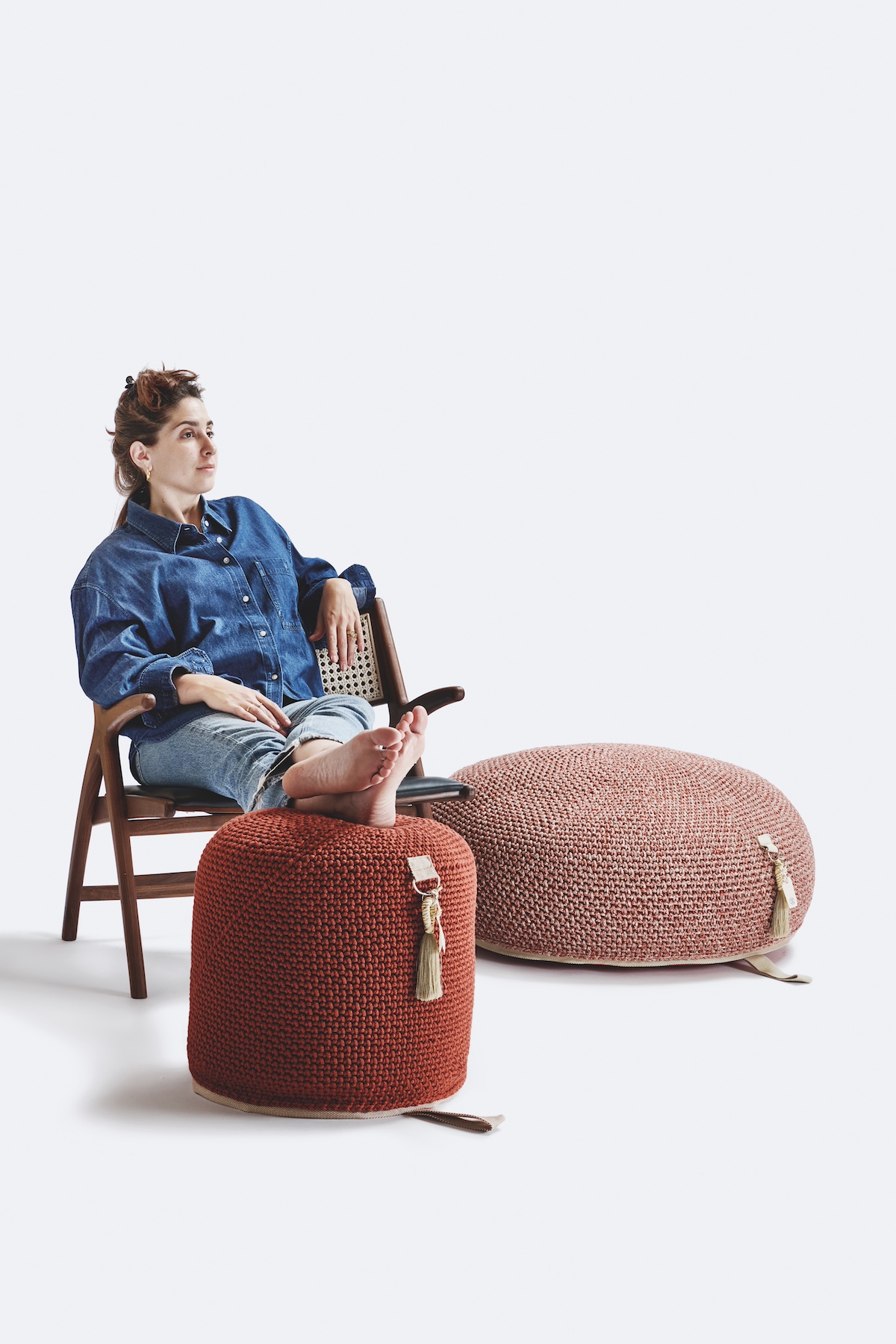
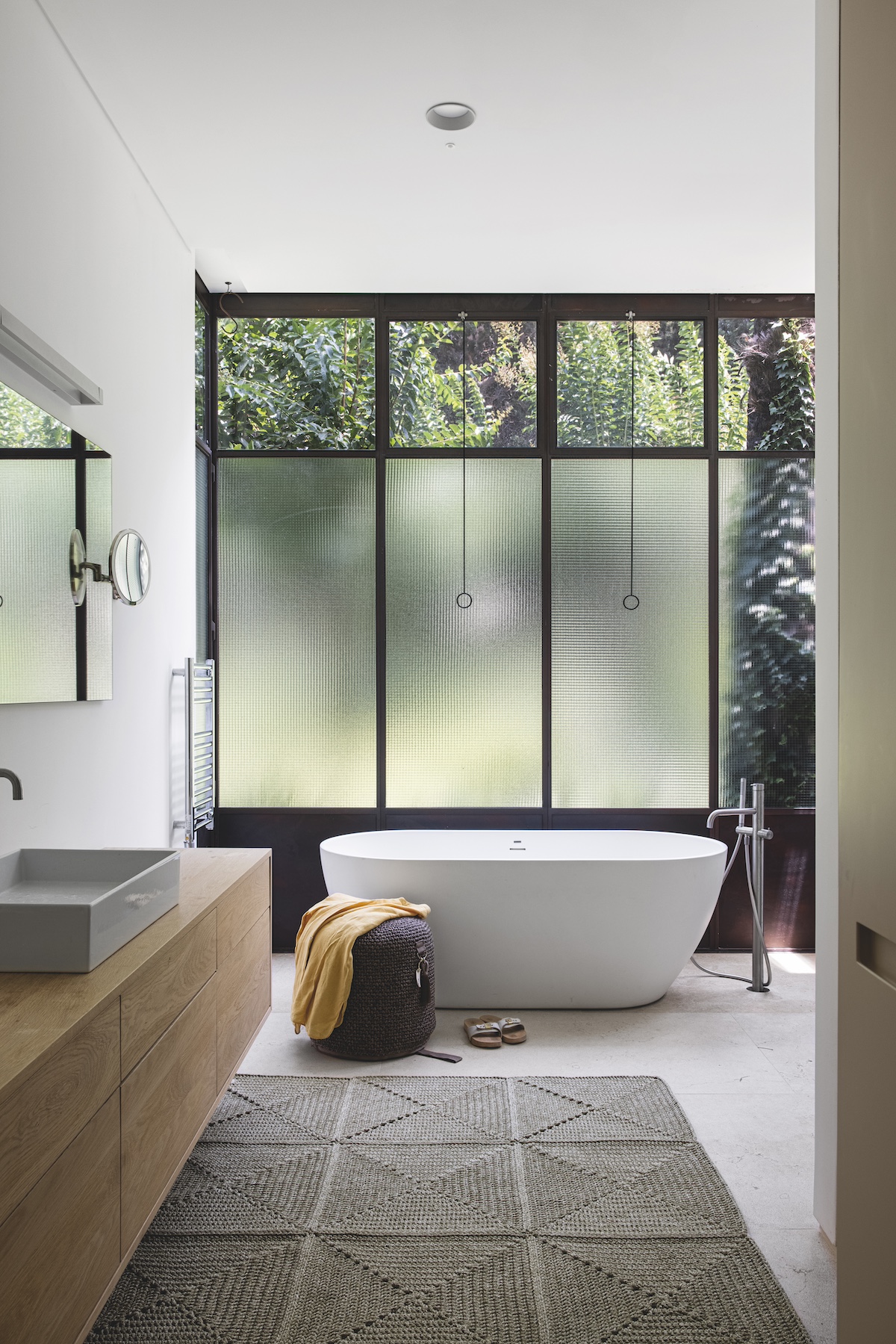
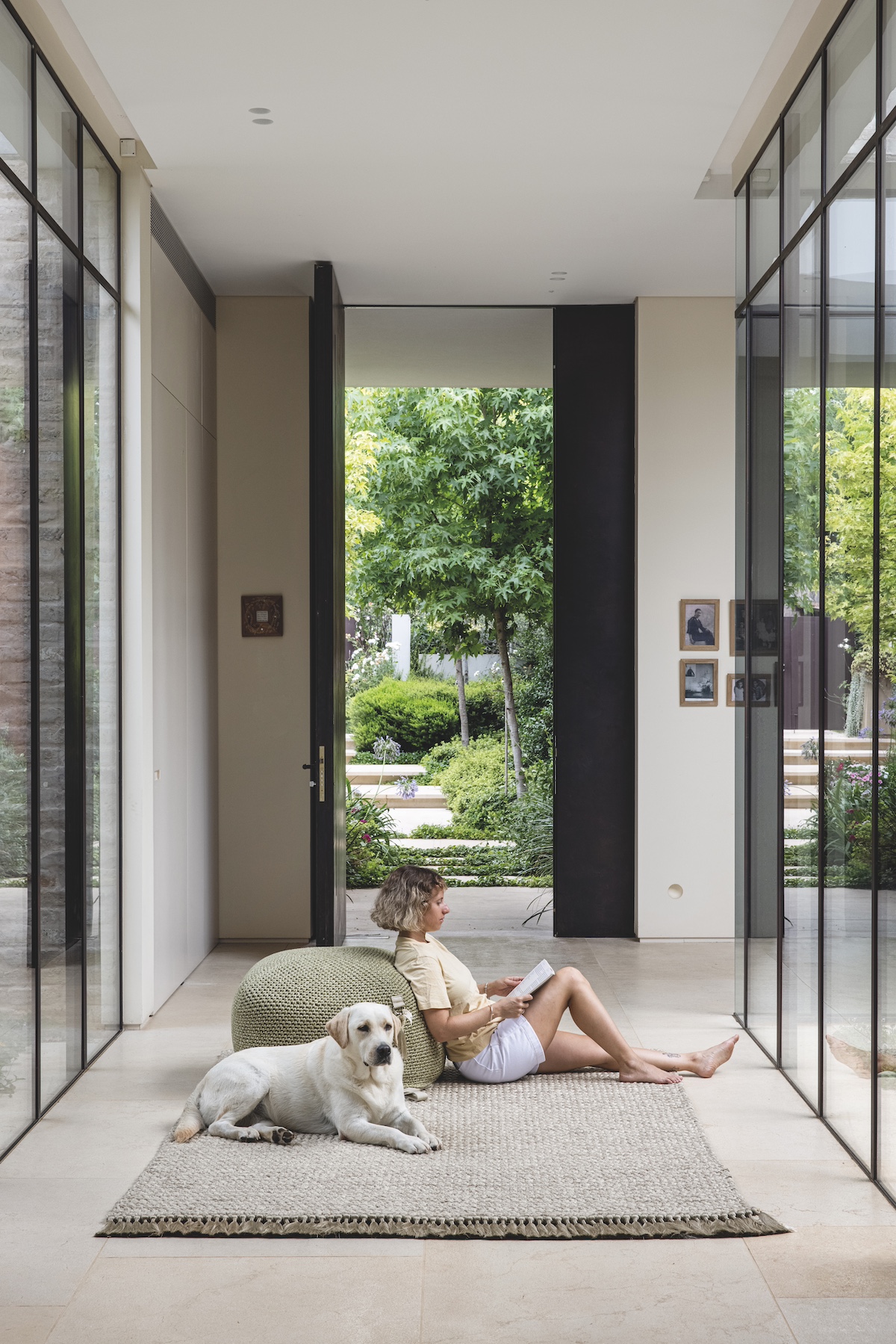
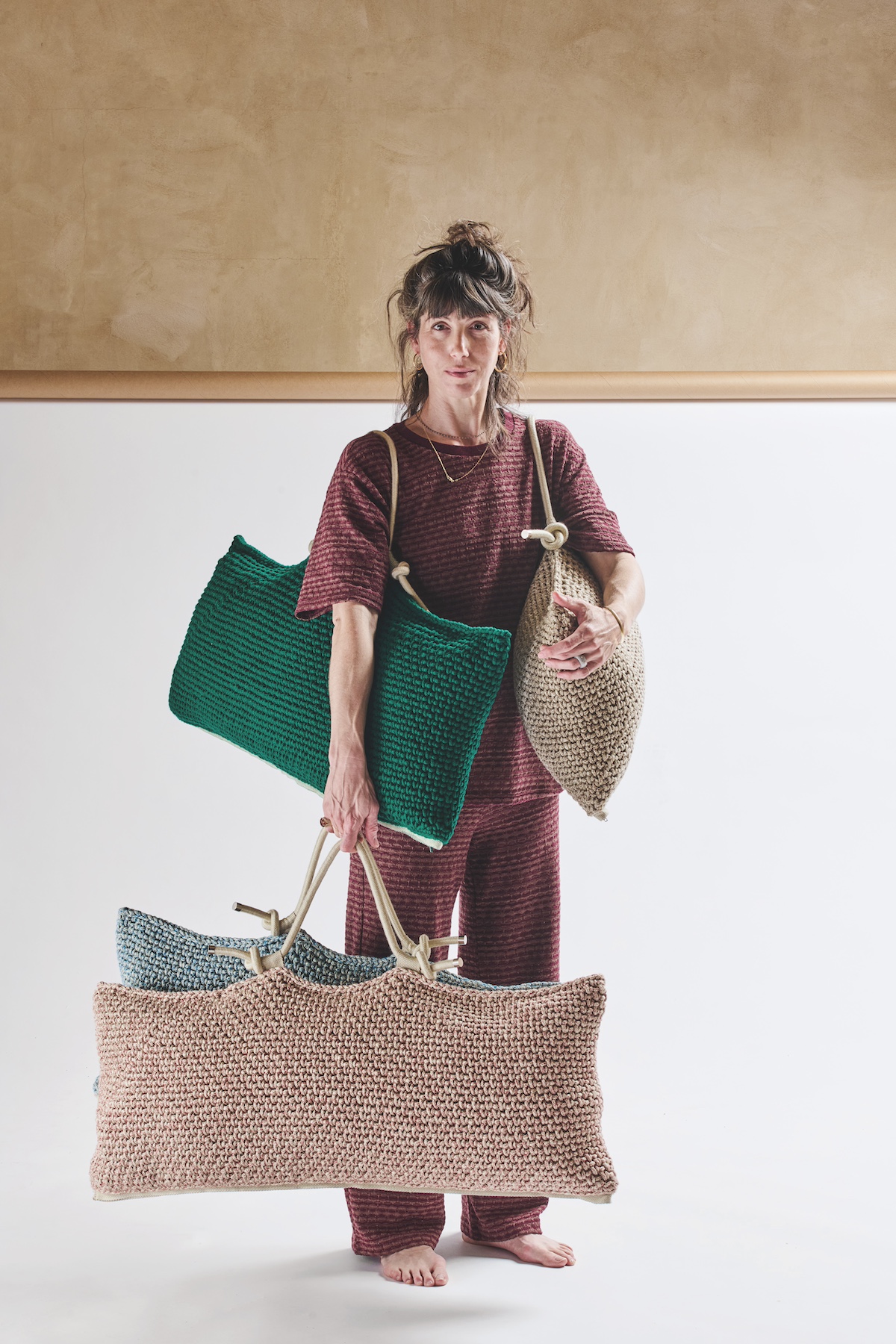
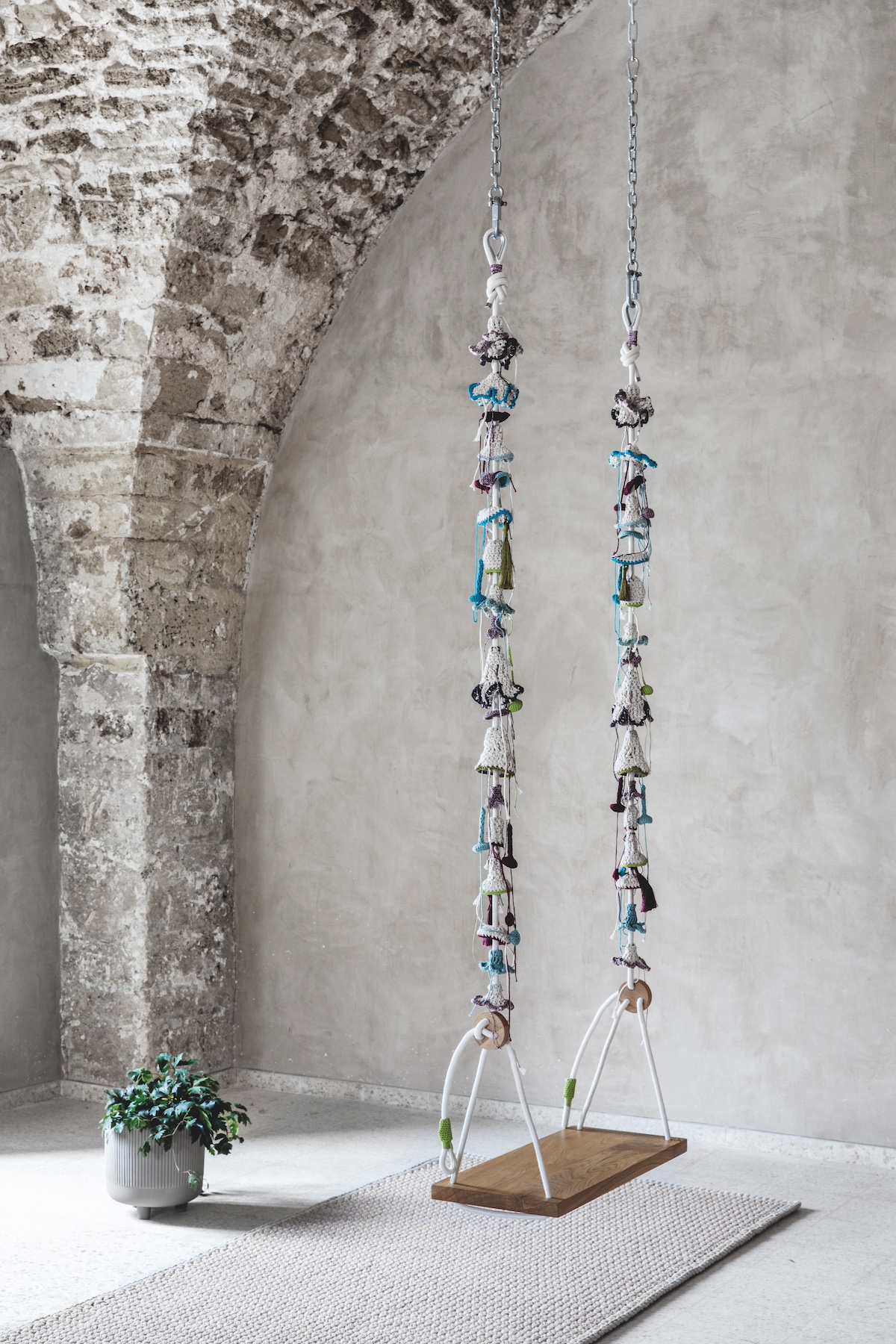
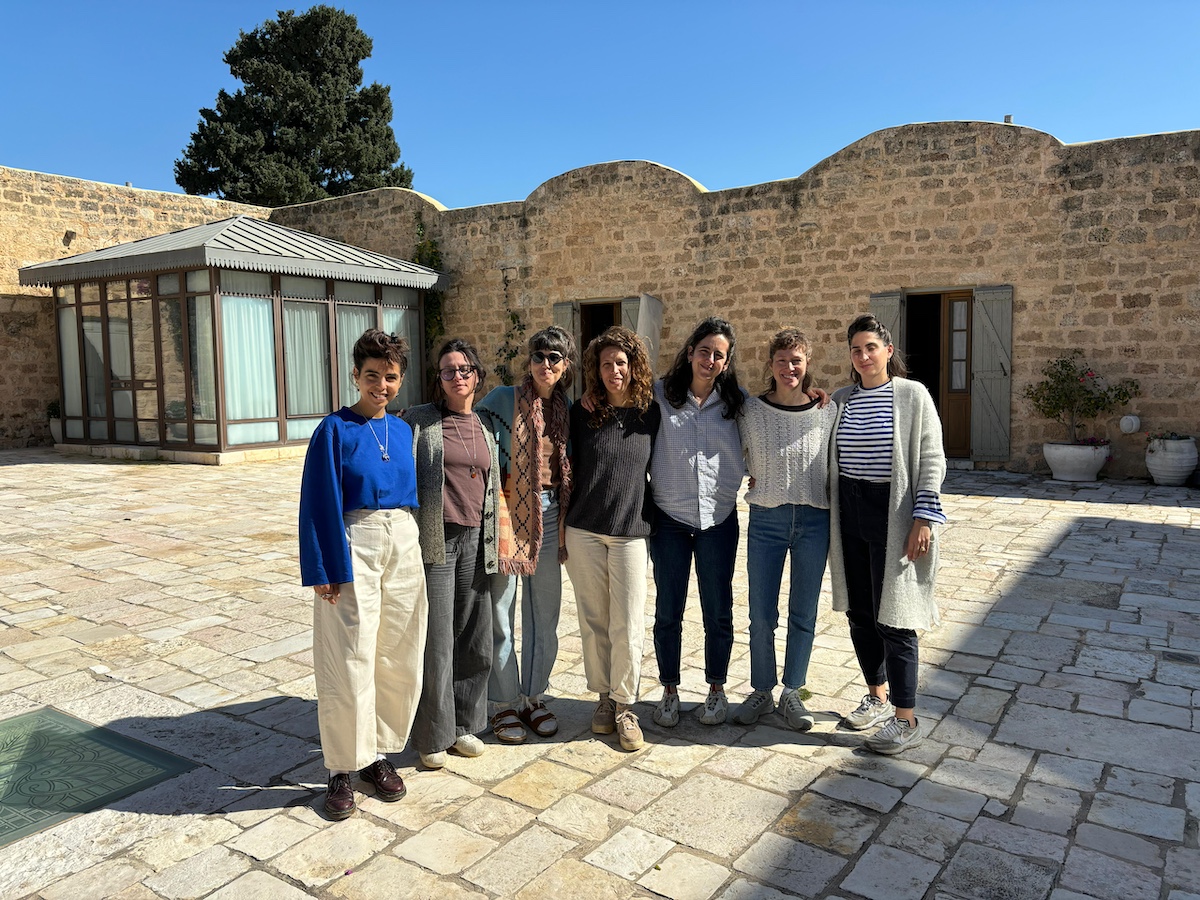
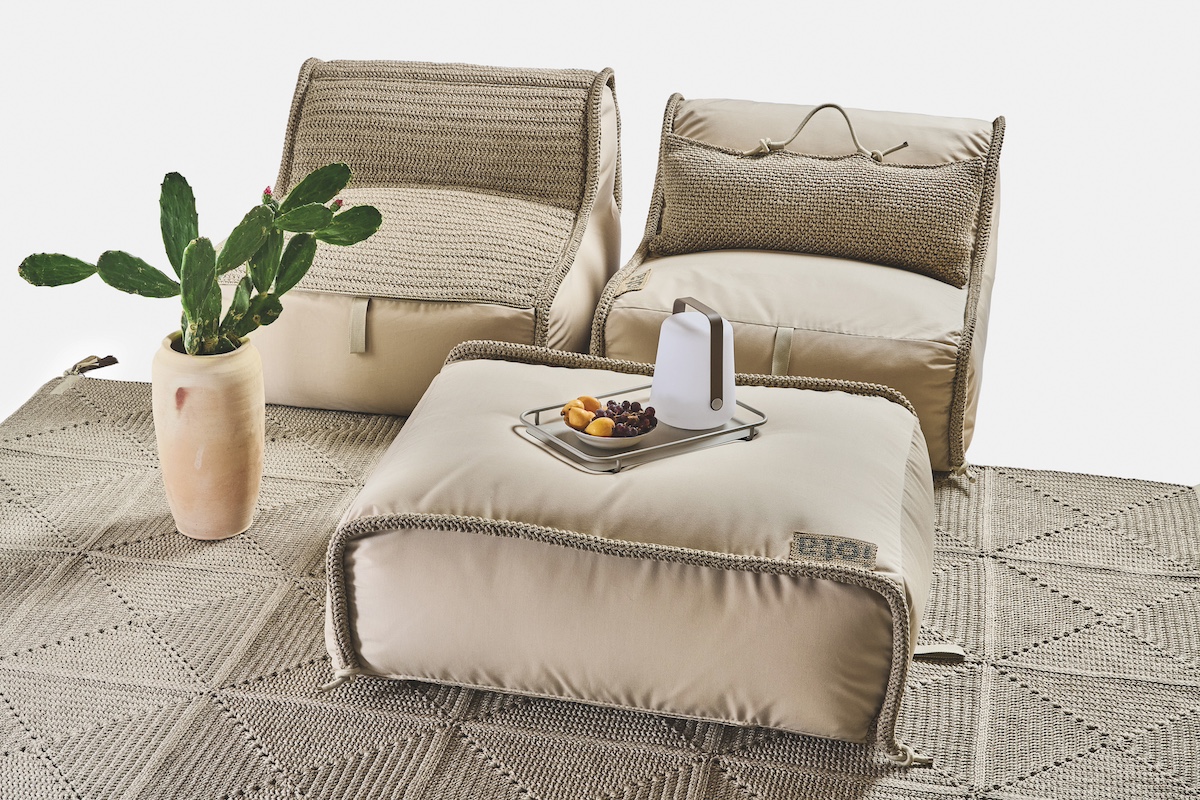
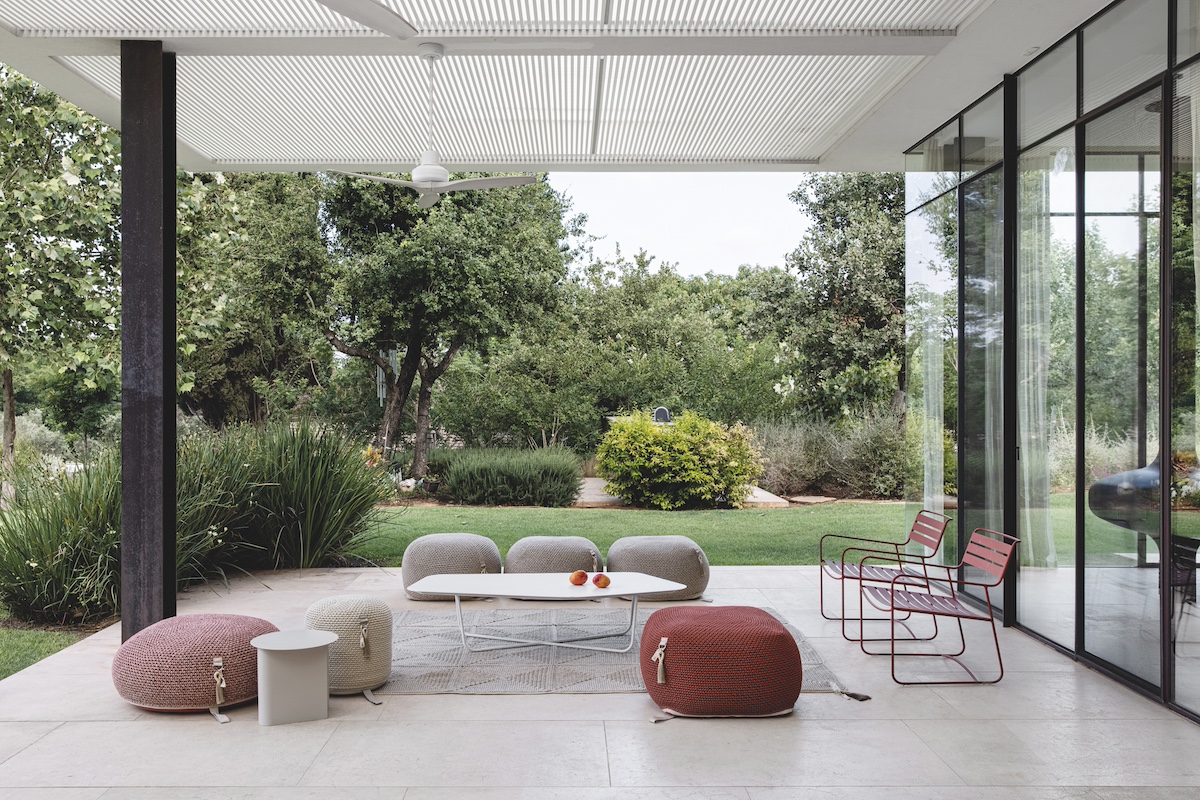
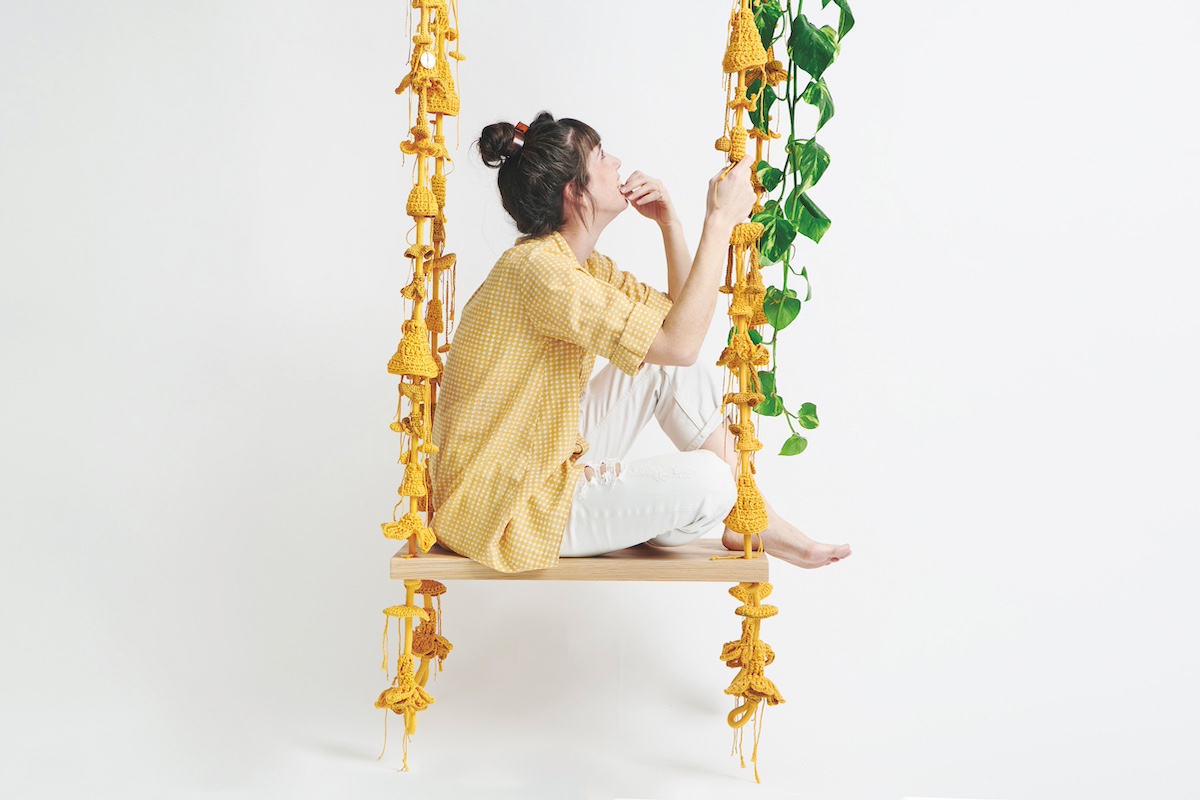
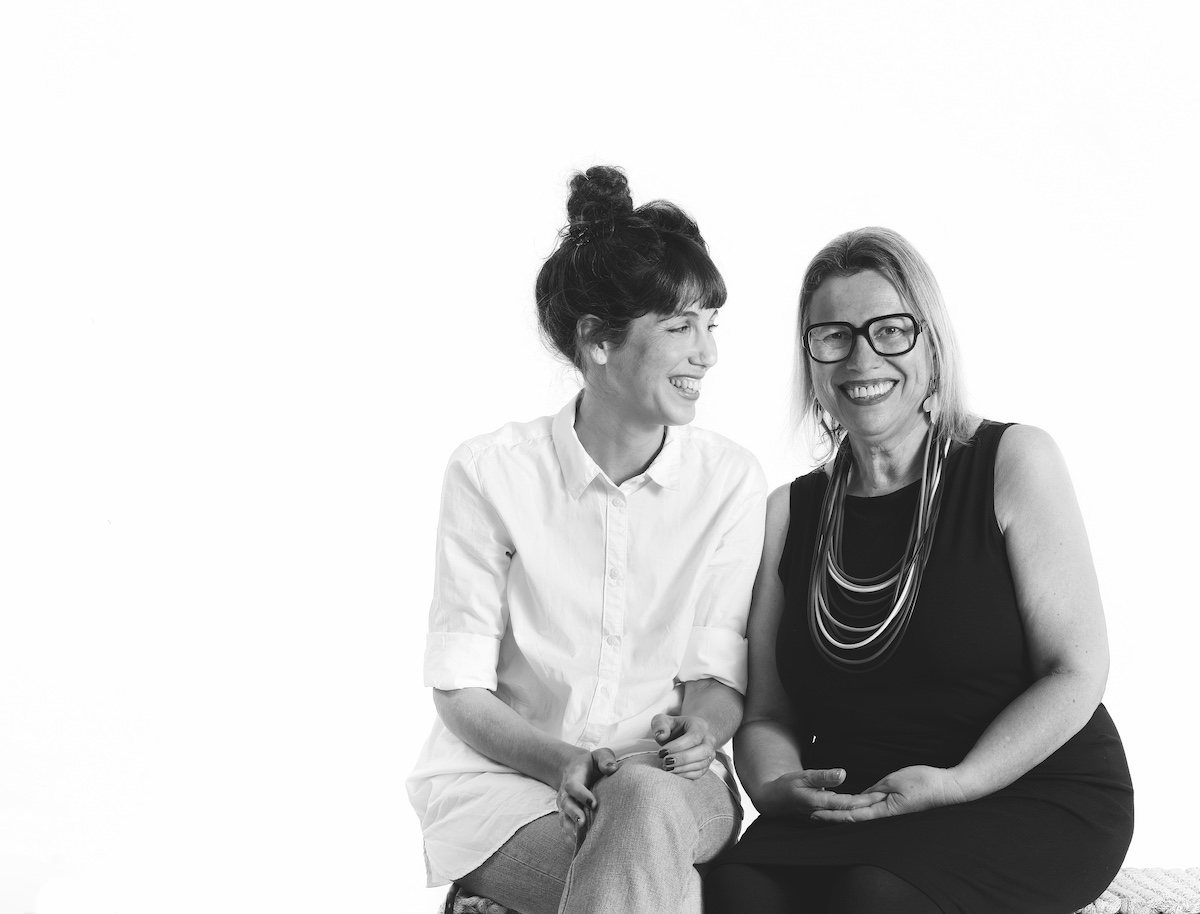
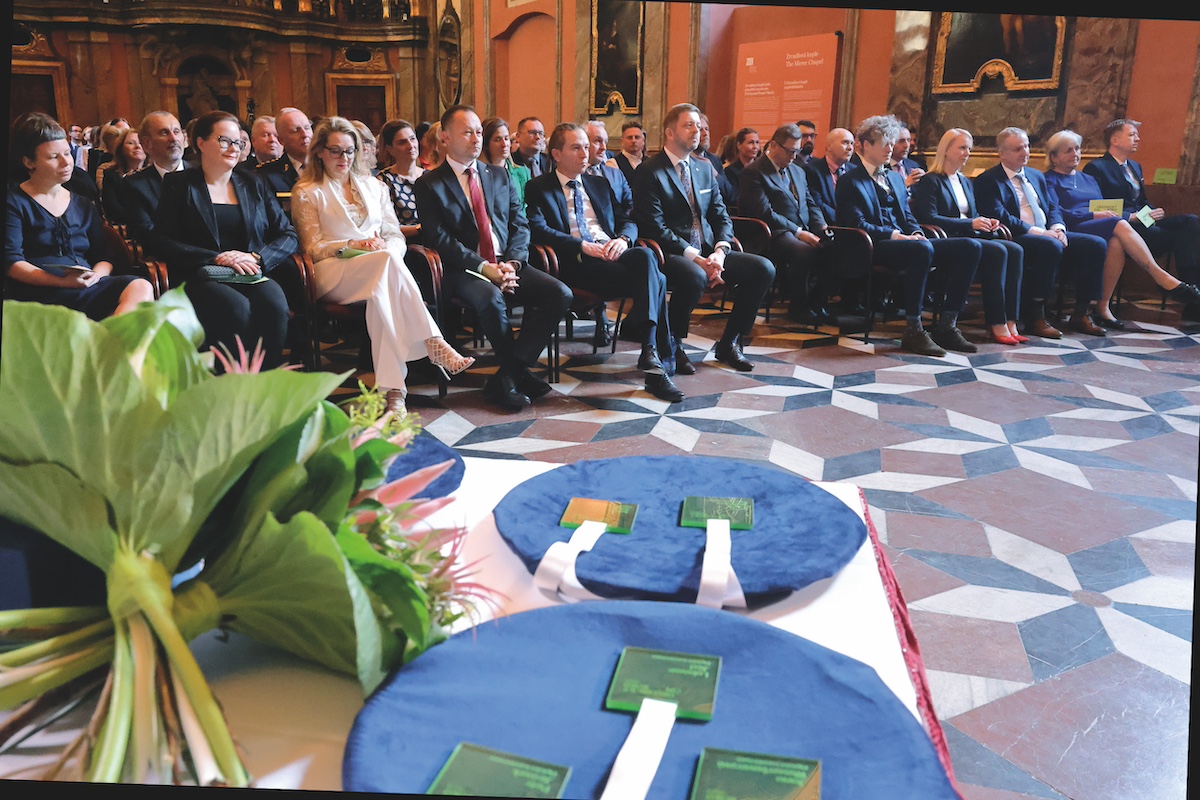
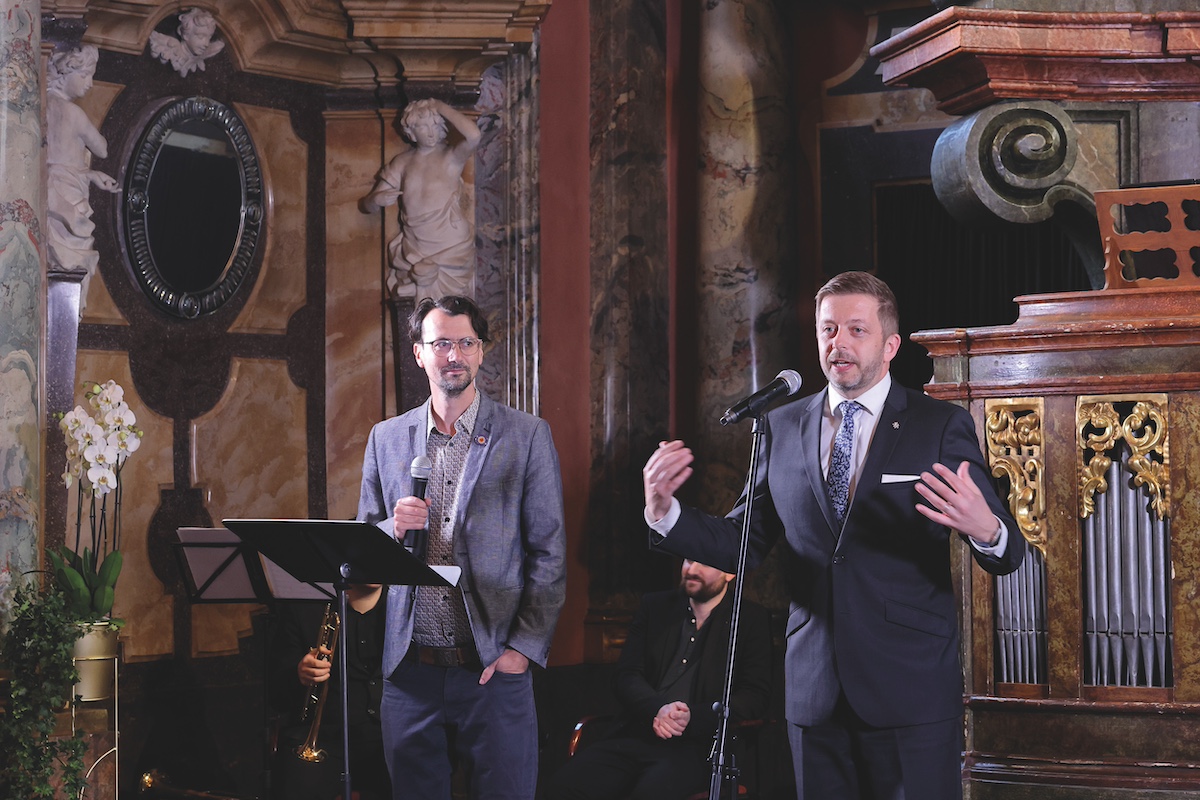
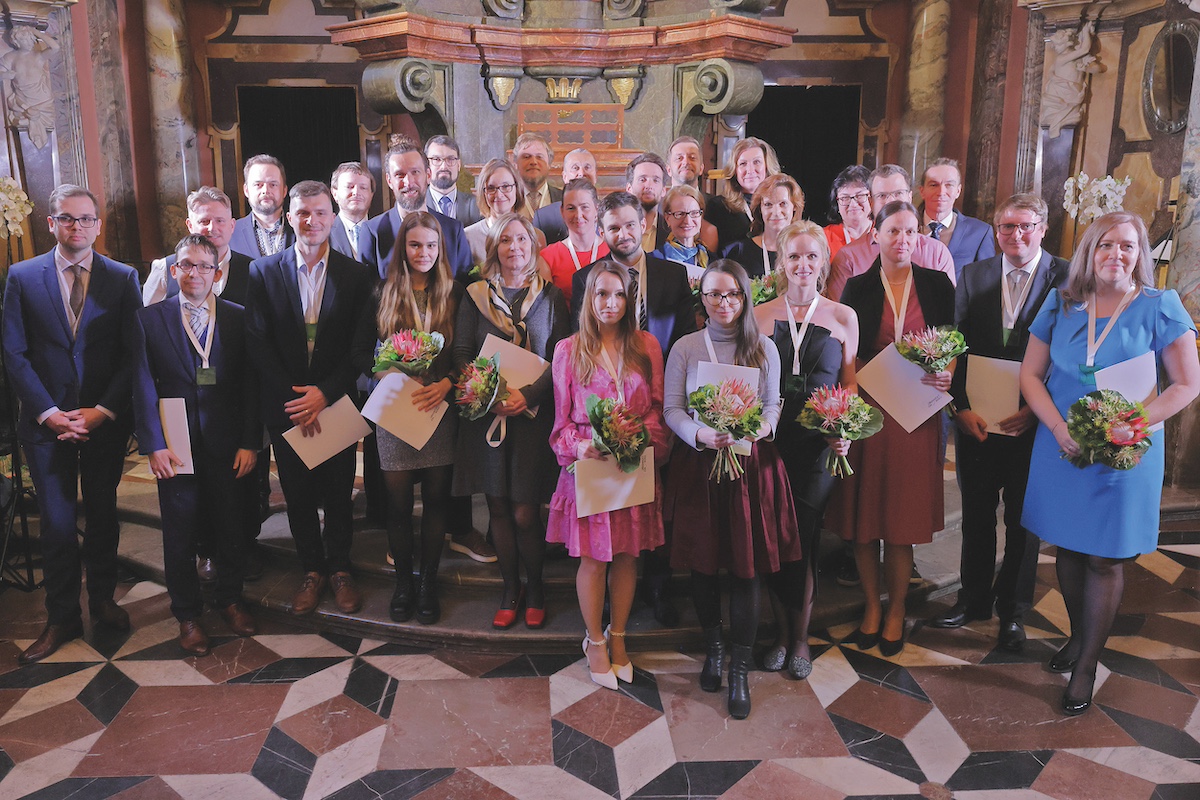
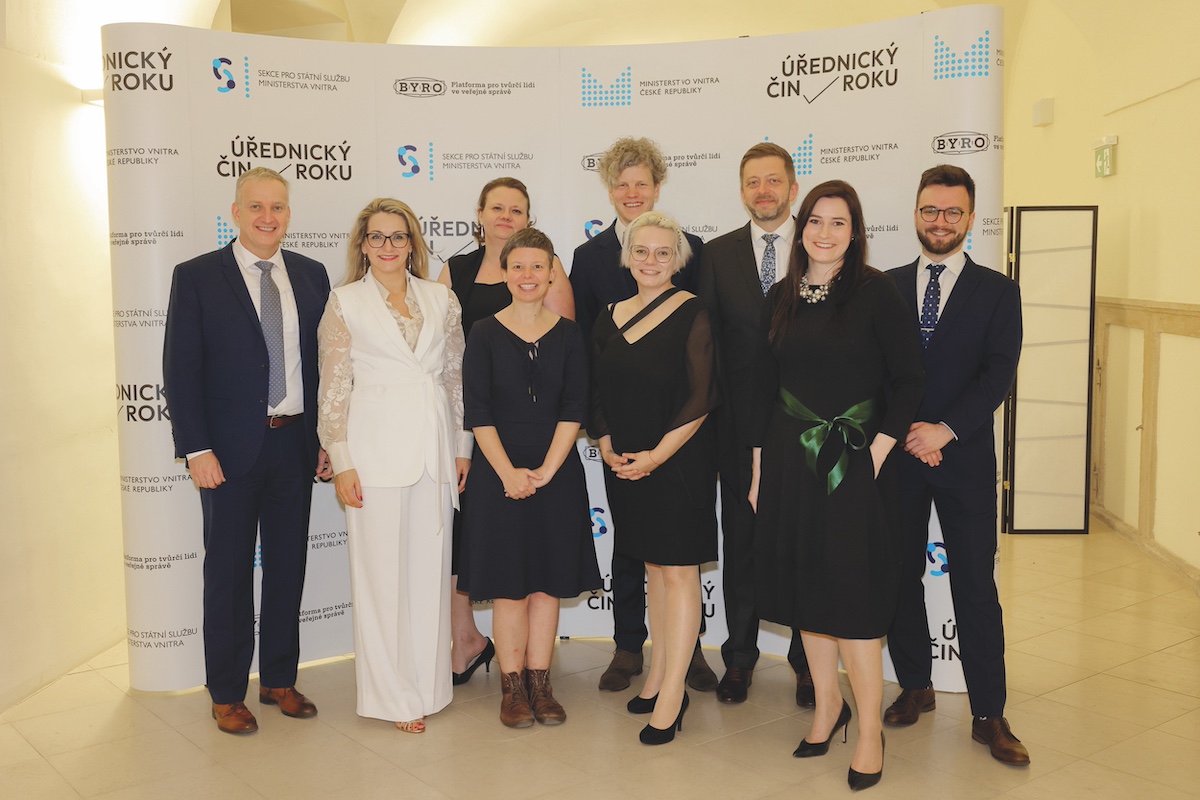
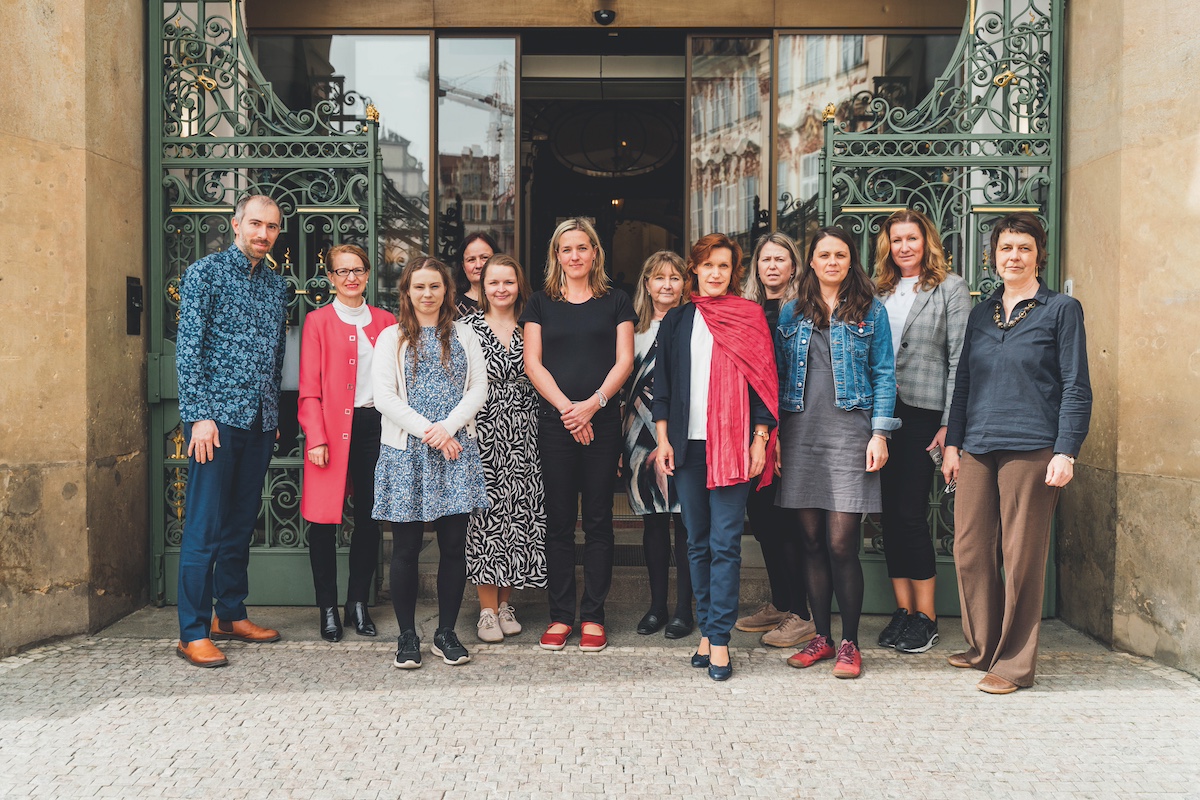
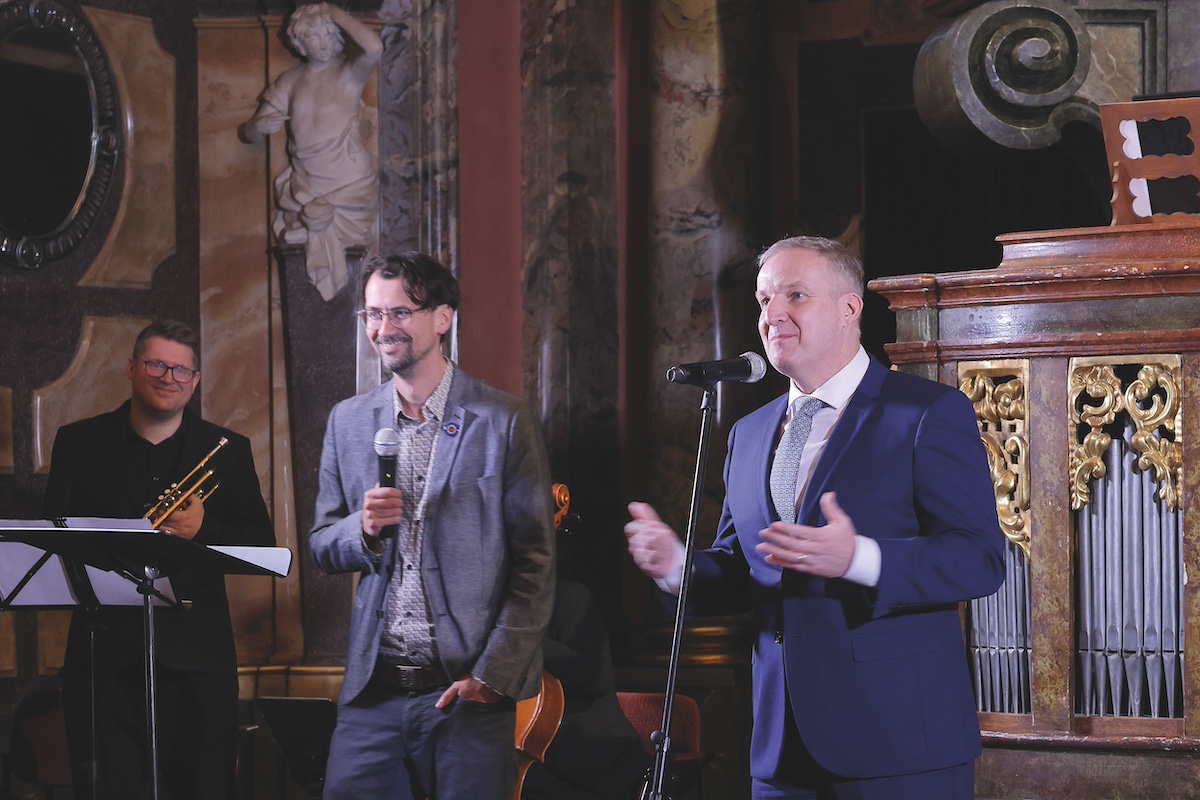
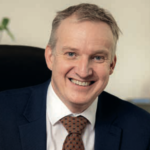 Jindřich Fryč
Jindřich Fryč 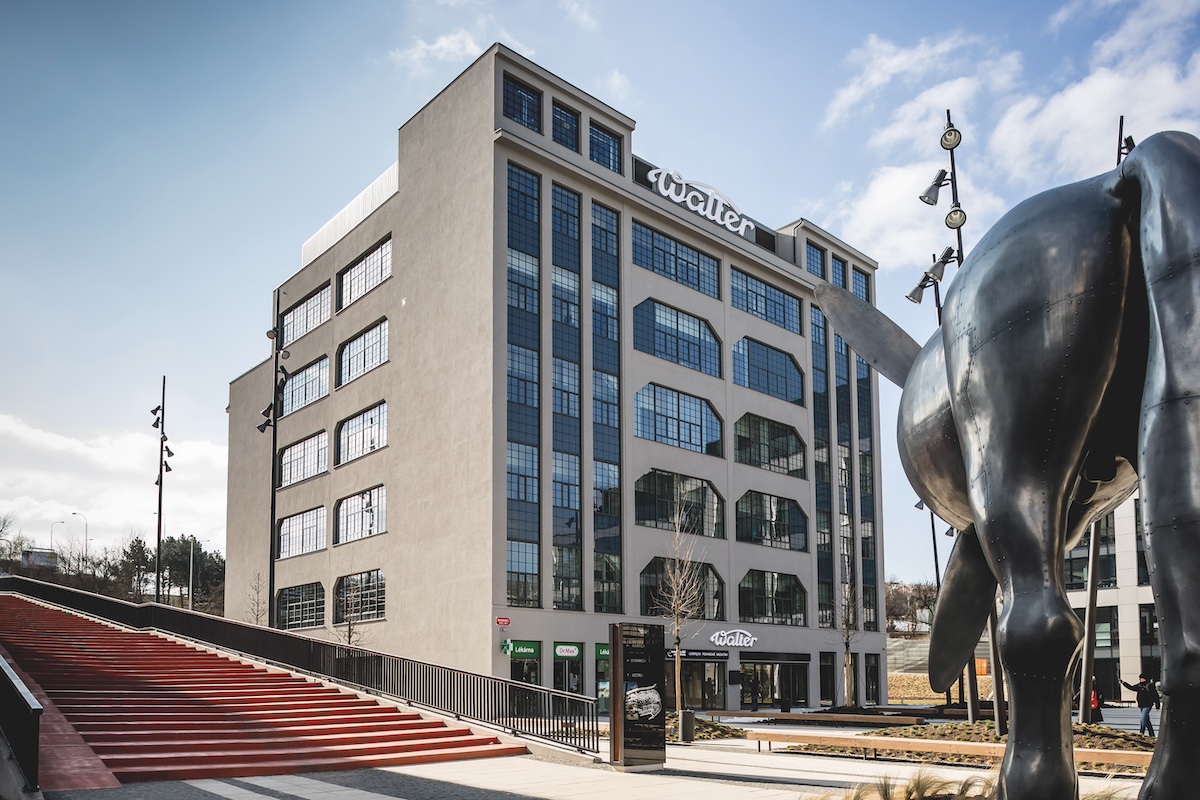
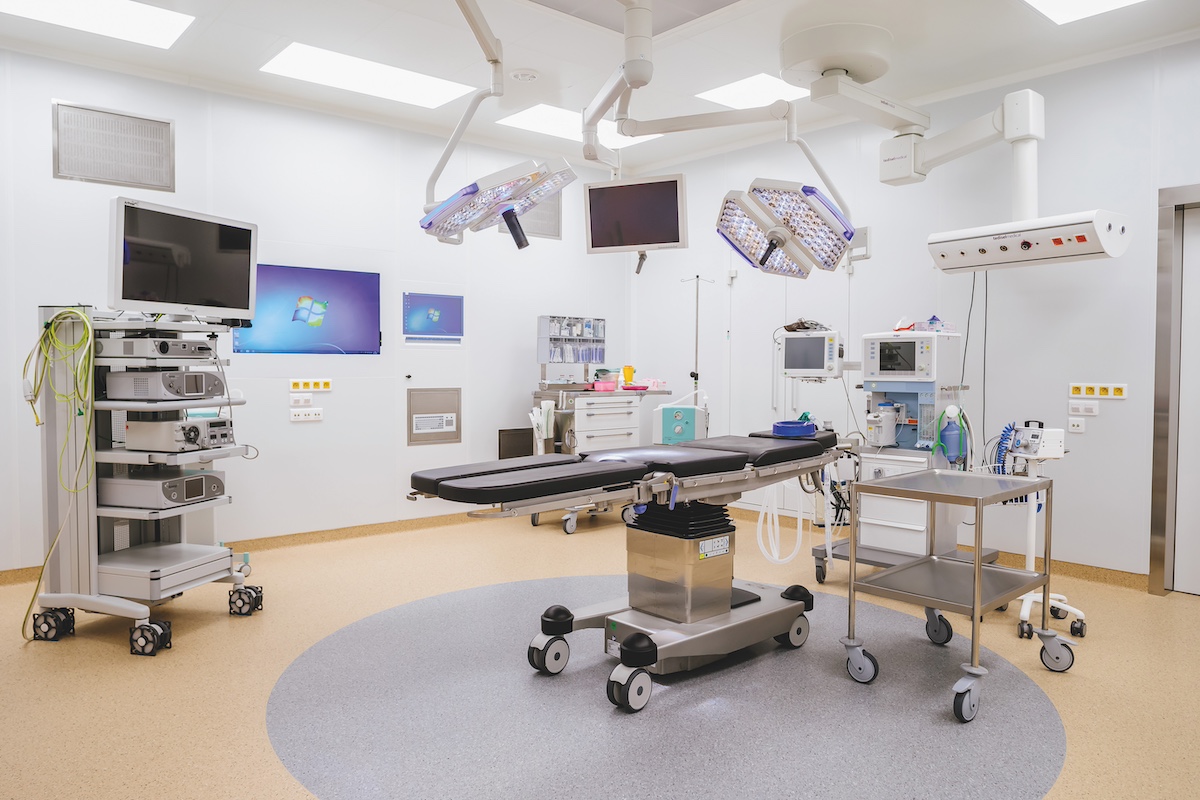
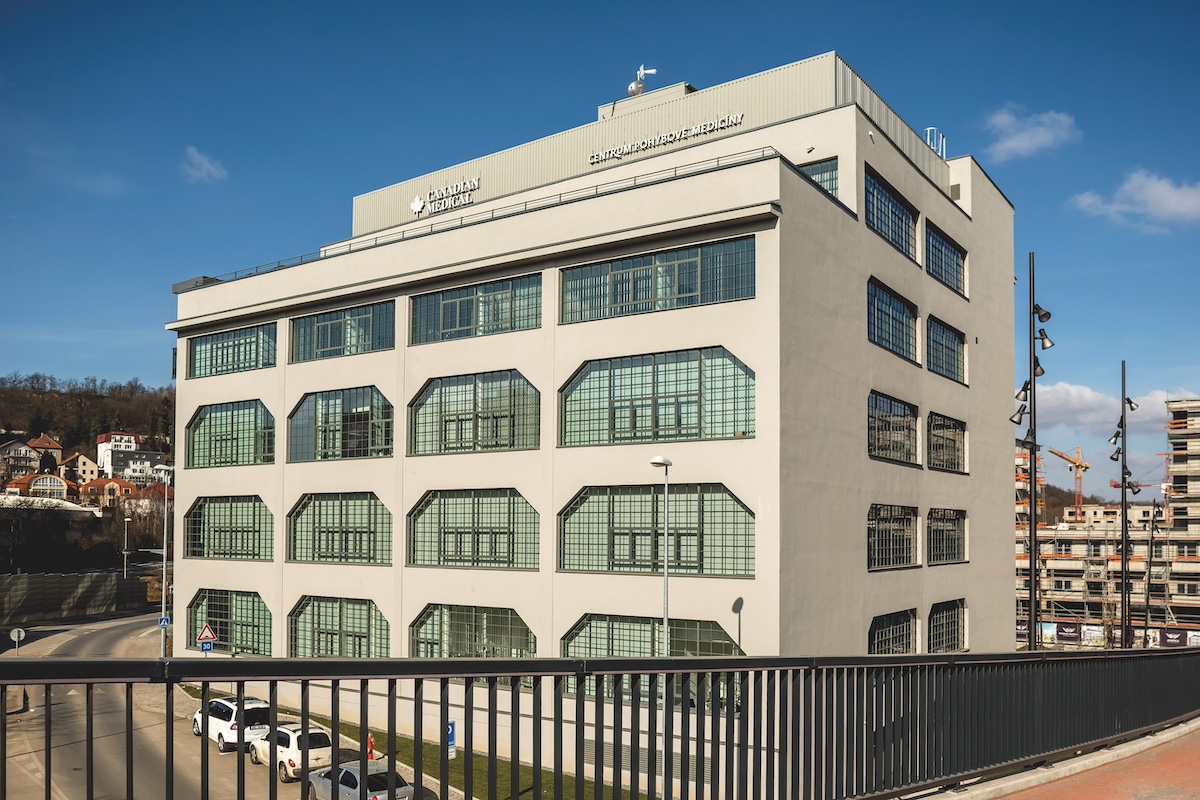
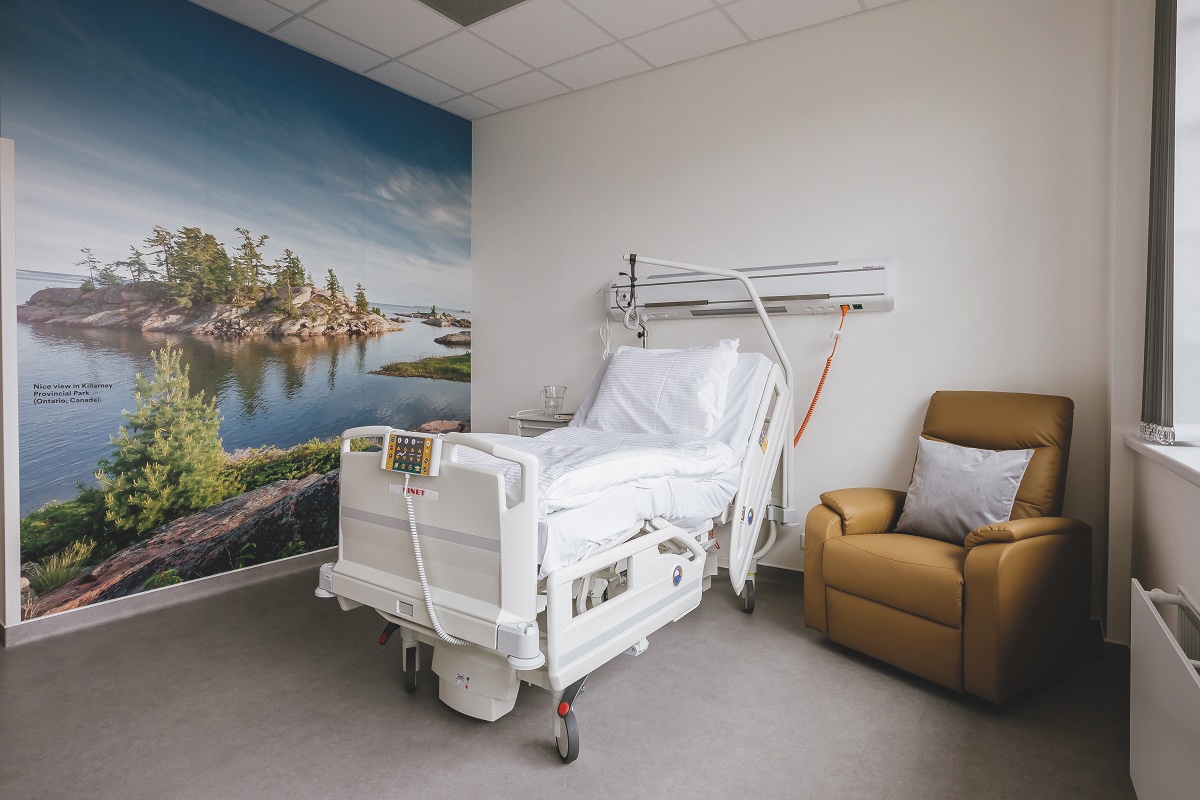
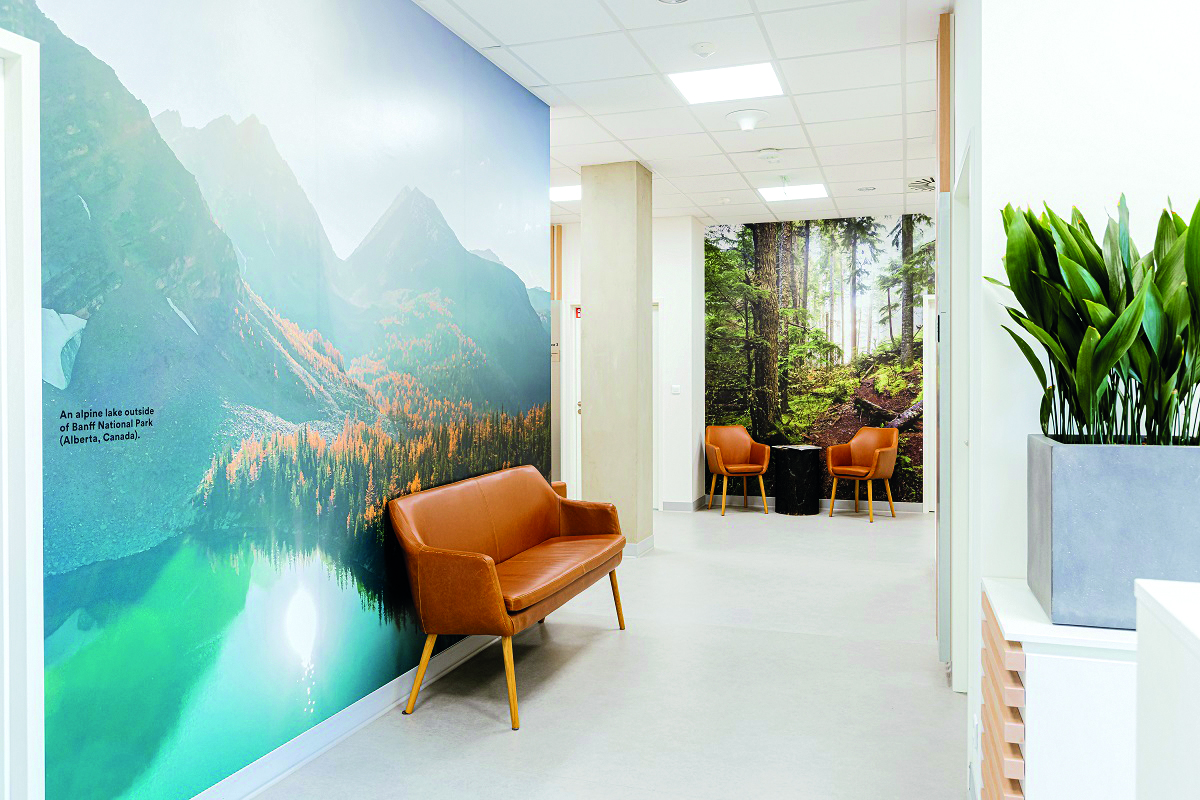
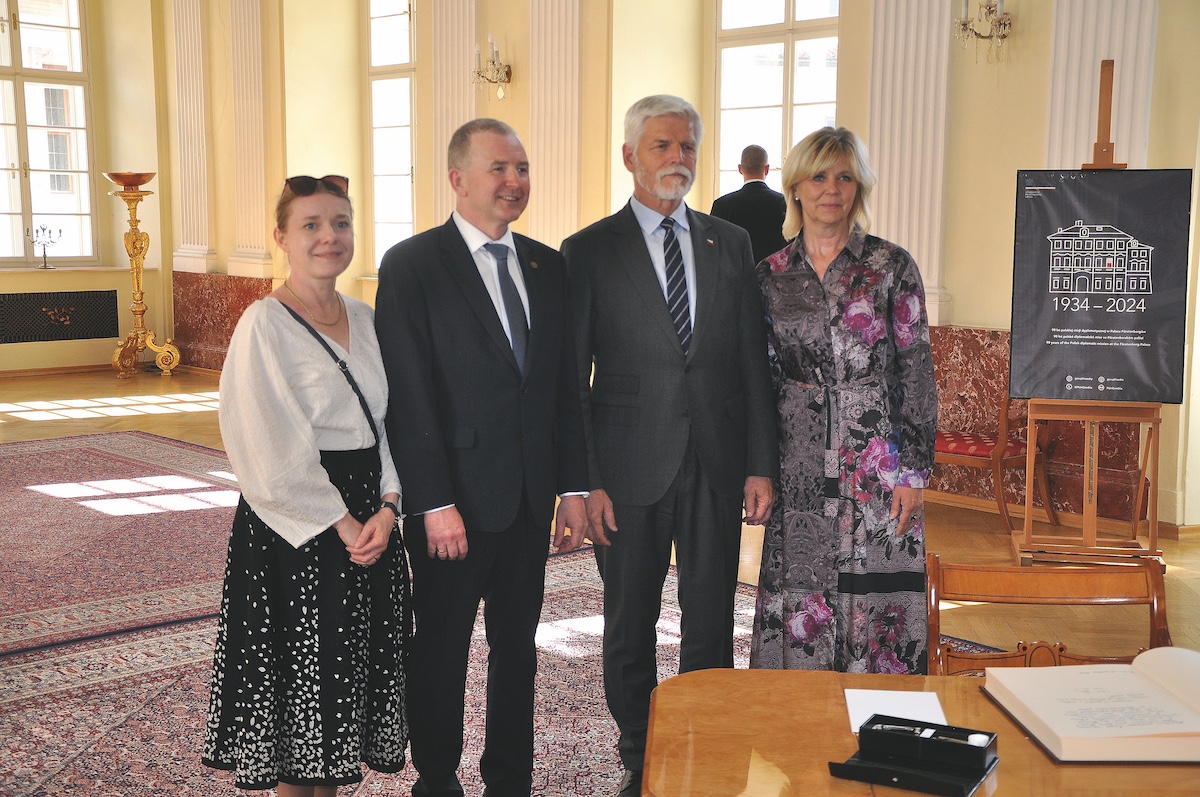
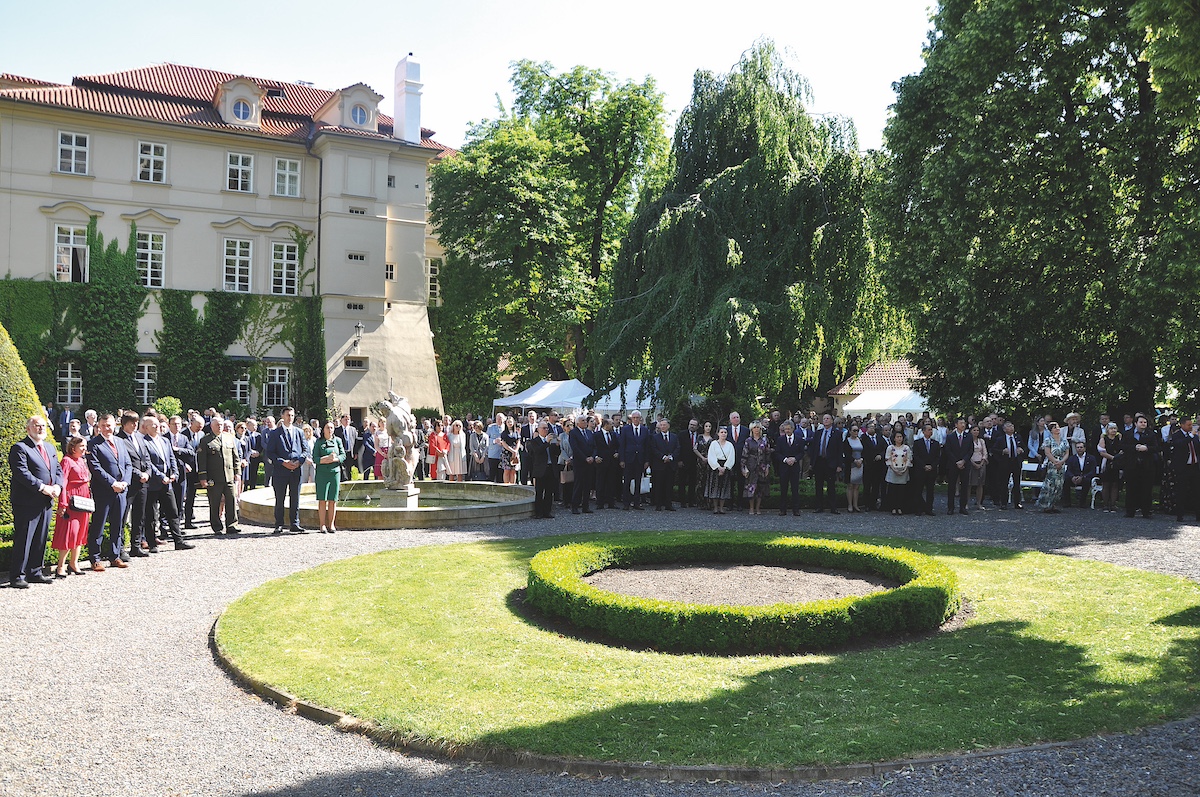
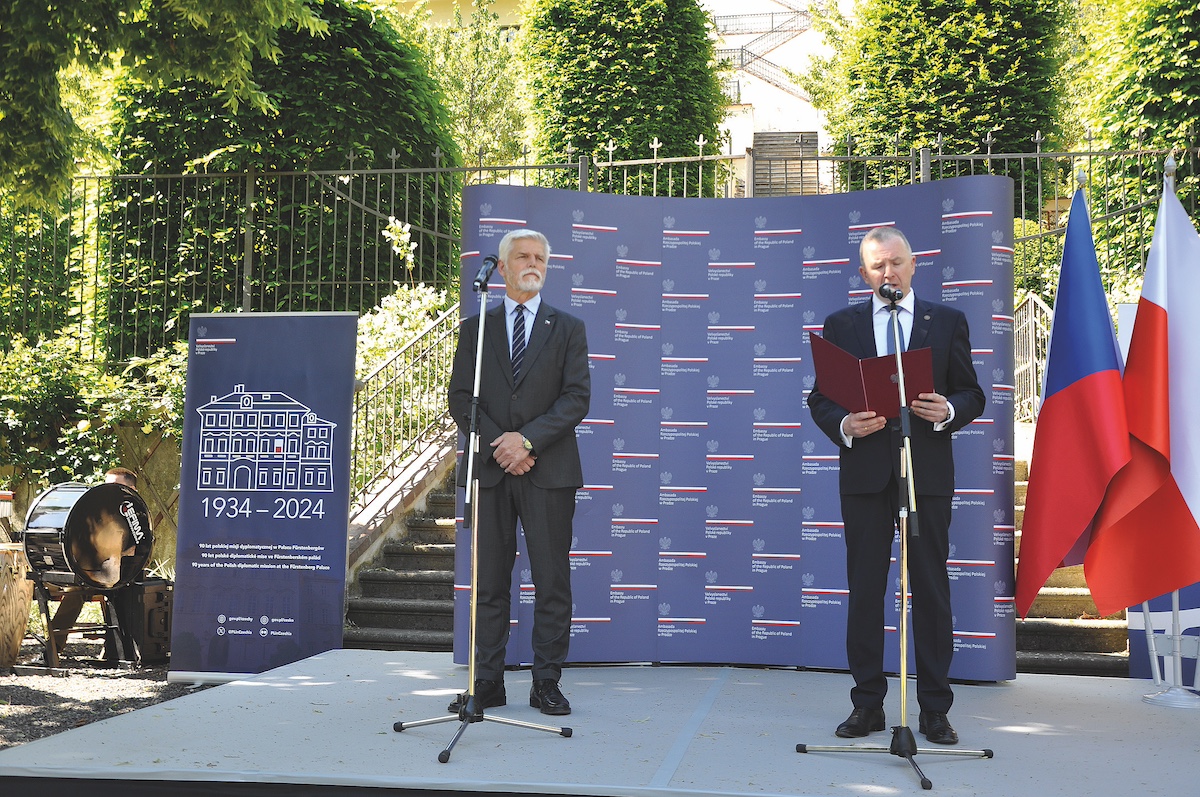
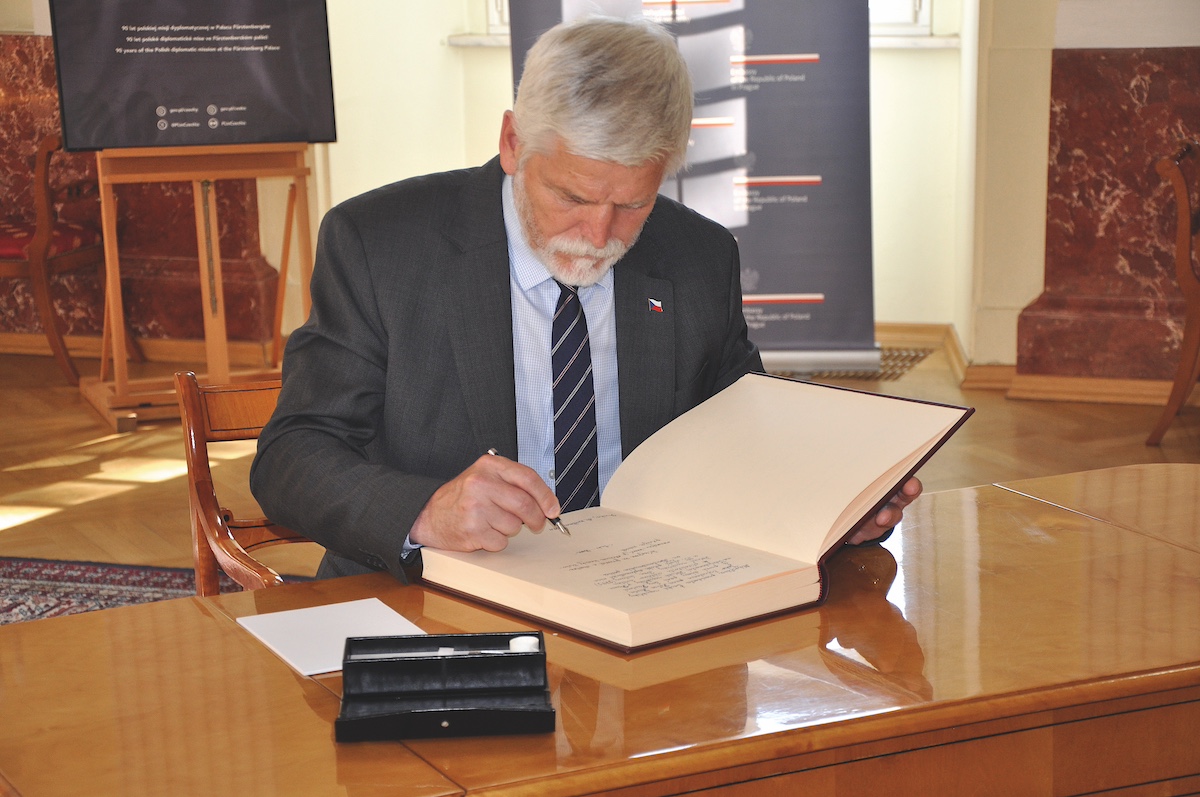
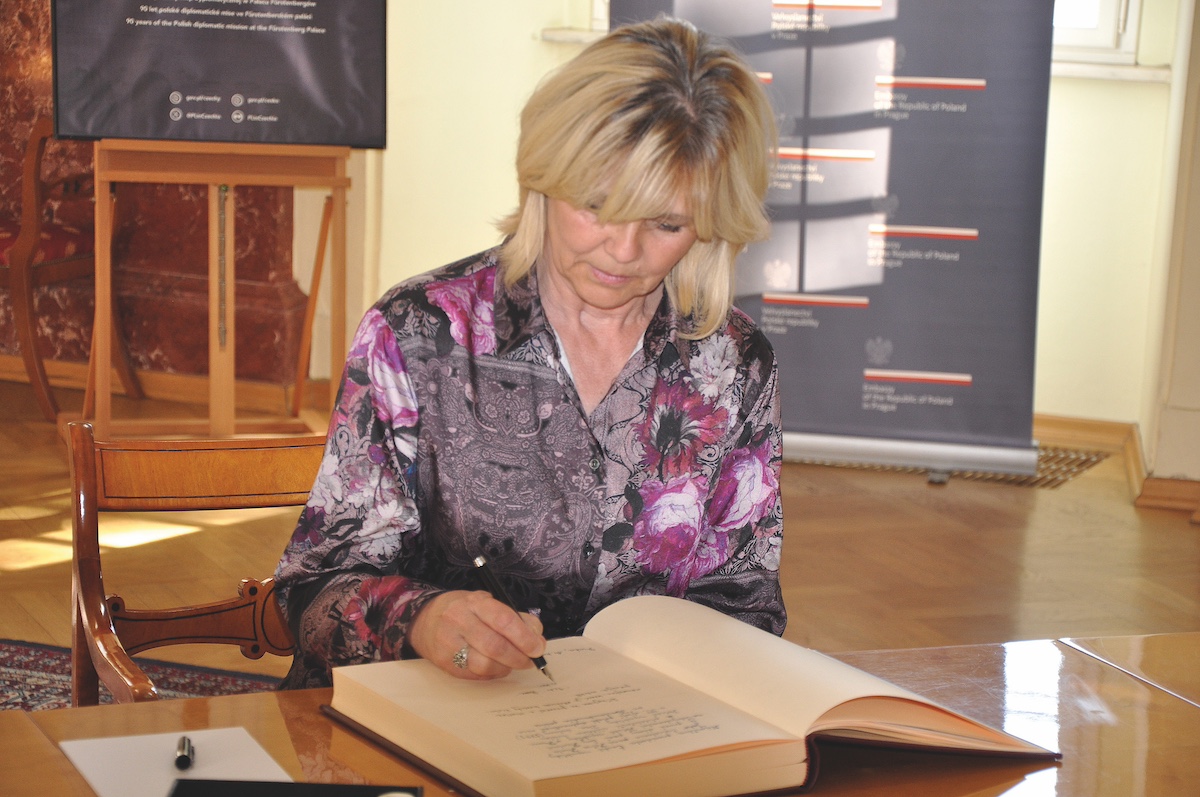
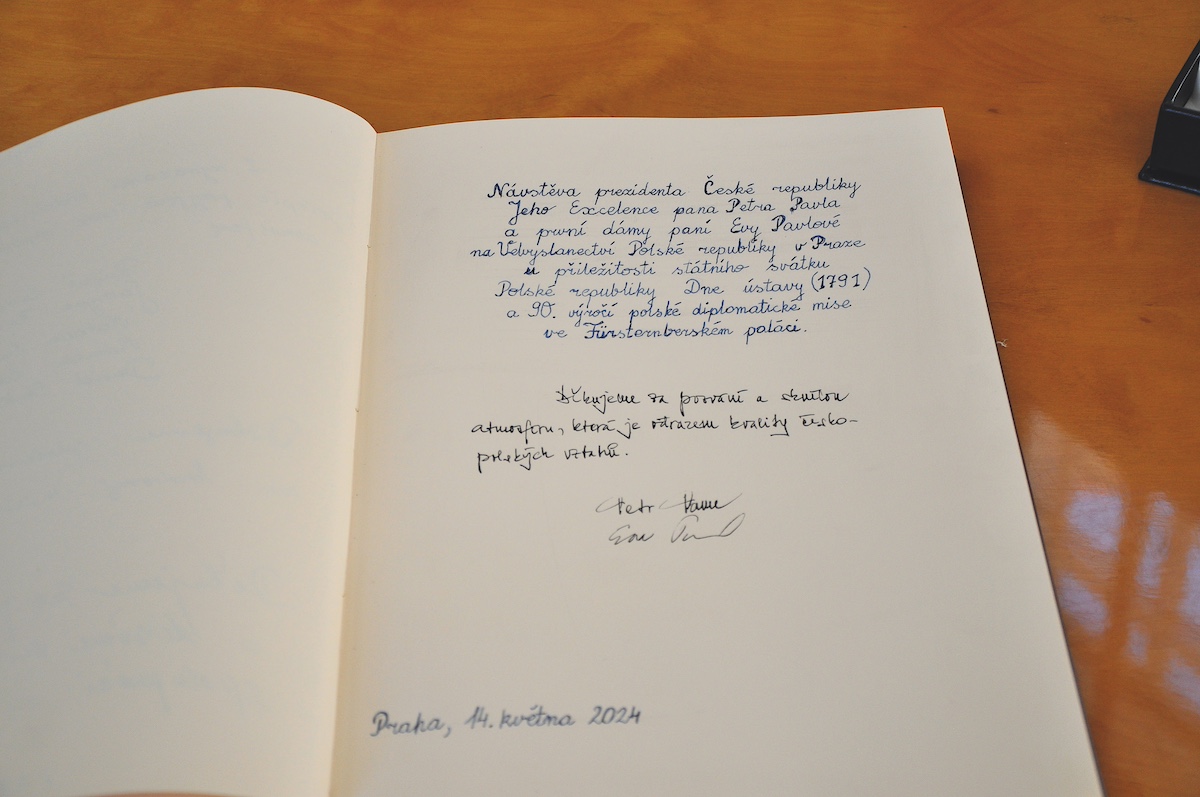
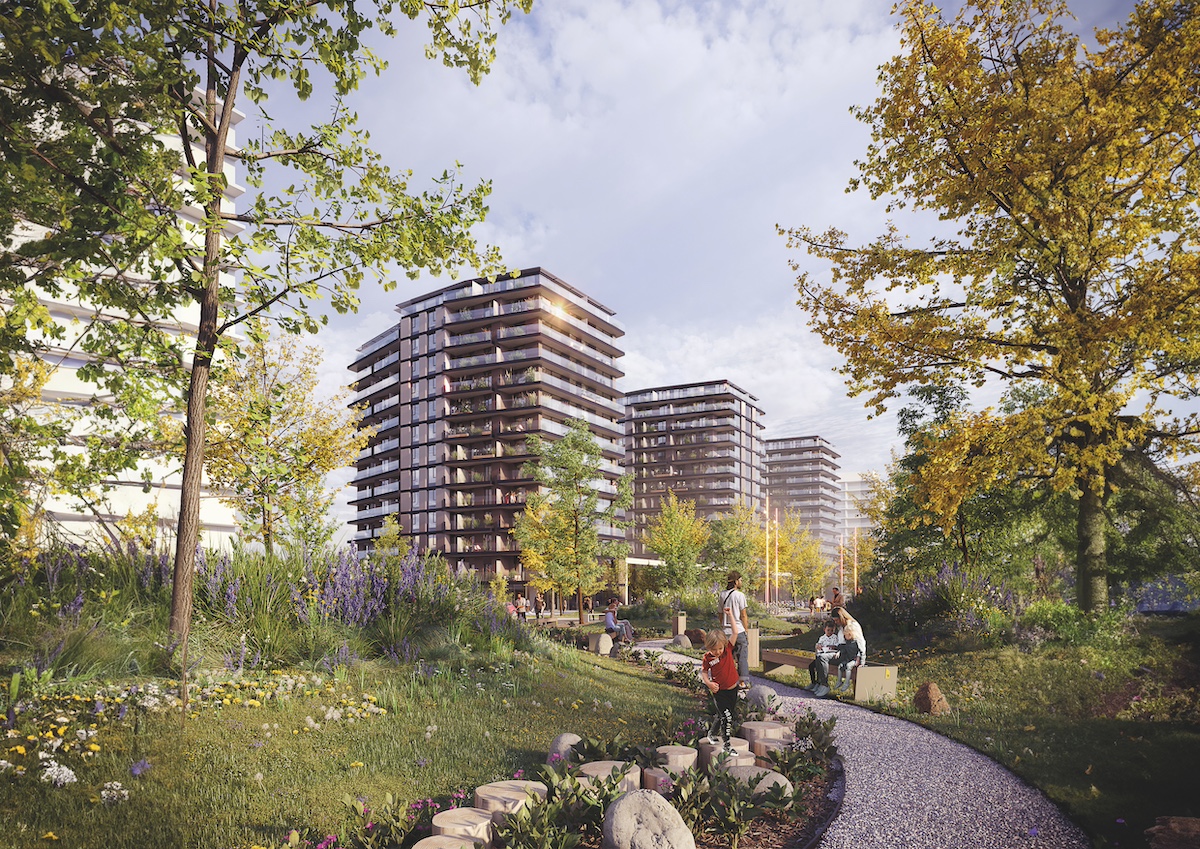
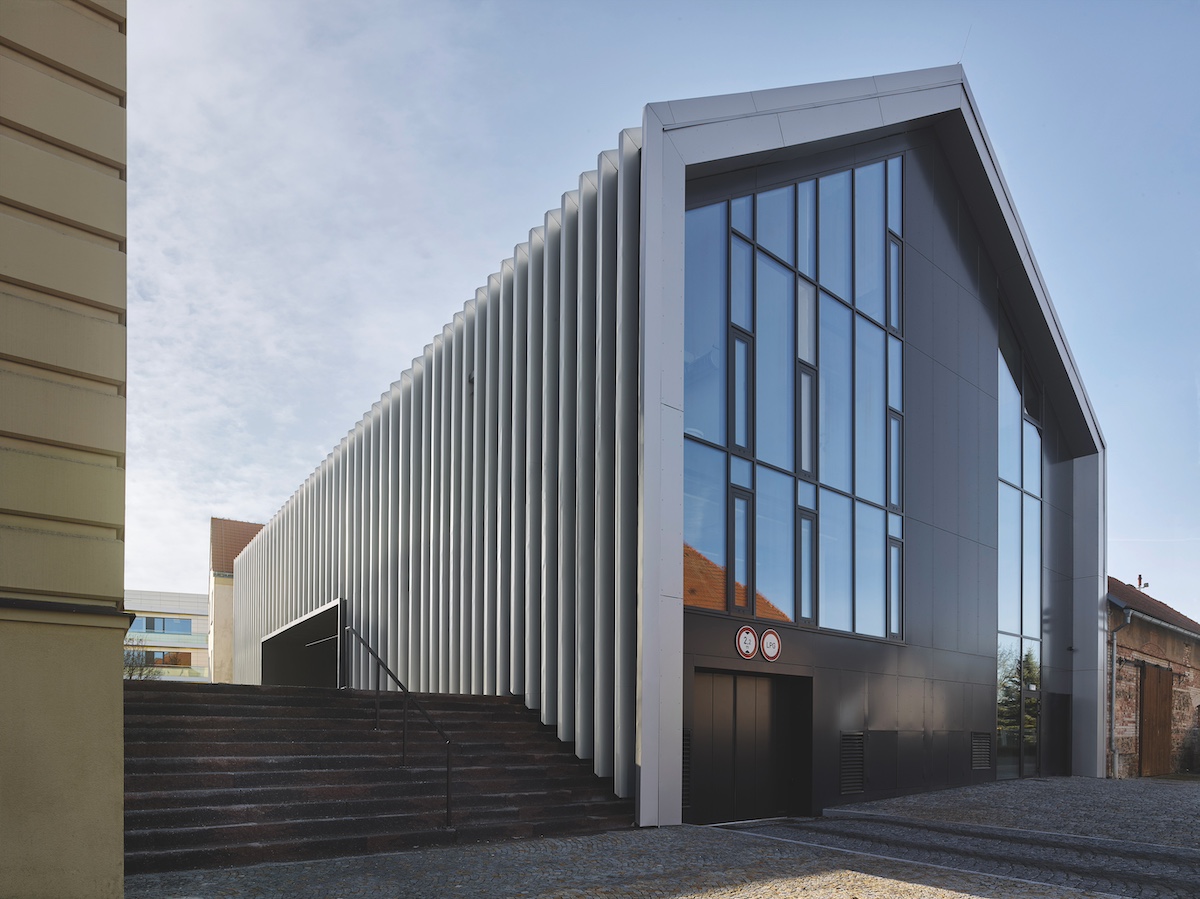
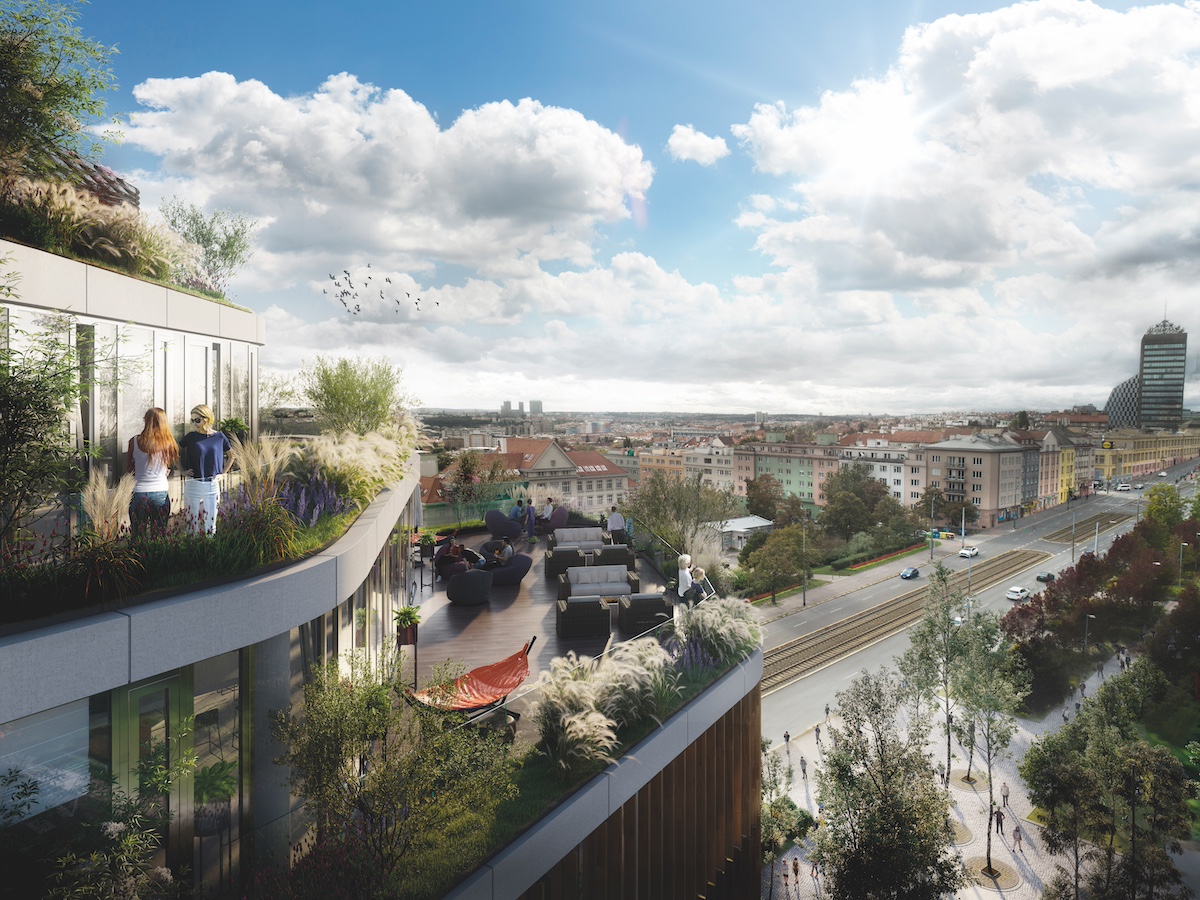
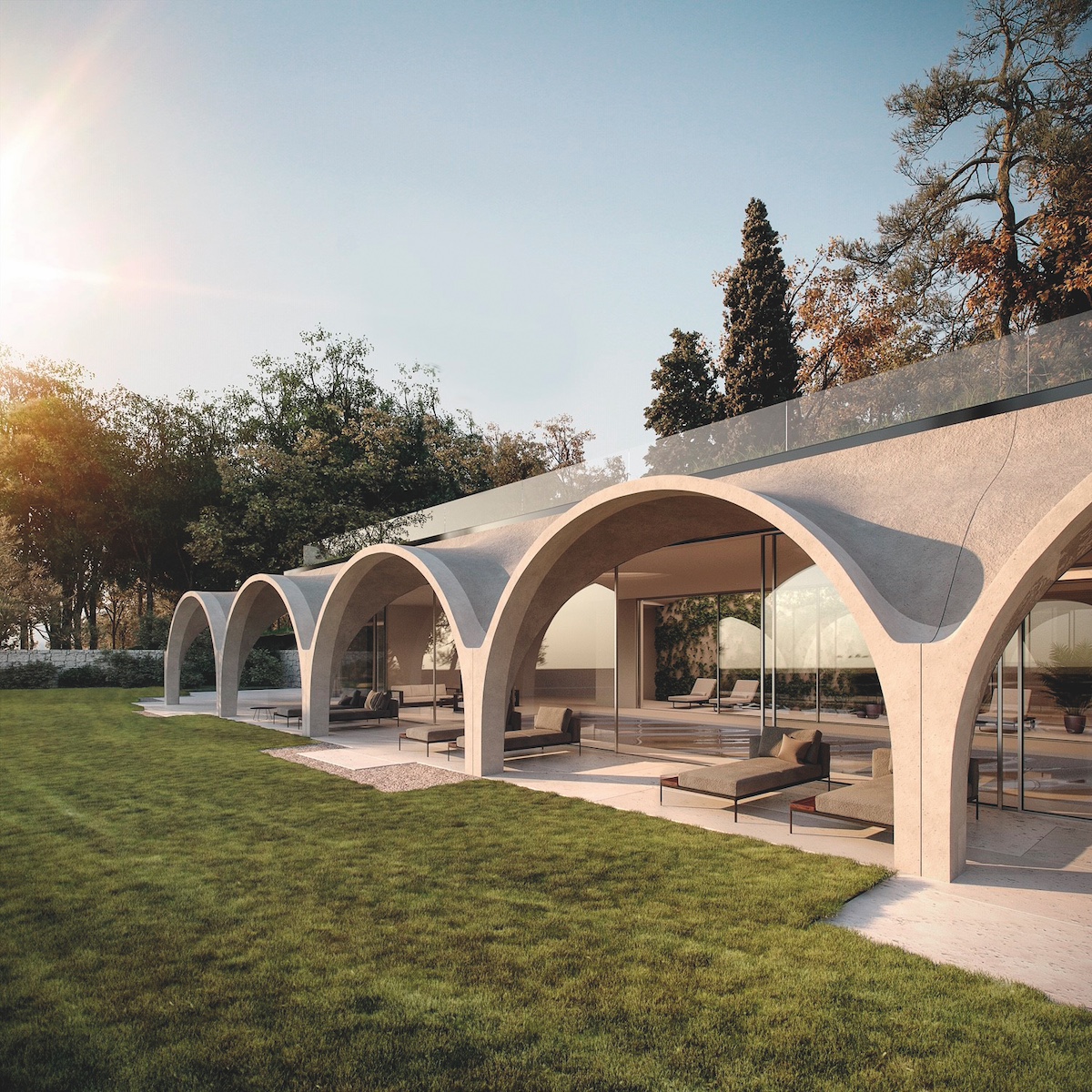
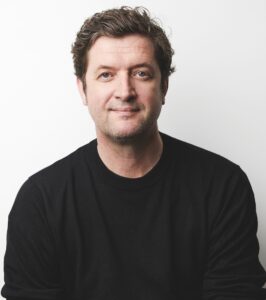 Ian Bogle is an acclaimed architect working across several locations, sectors, and typologies, and is recognised internationally for his original thought, creativity, and pragmatism. After a successful career at Foster and Partners, Ian founded Bogle Architects in 2012, and the award-winning studio is now active across a number of sectors from their London and Prague studios, covering over 30 countries in Asia, Africa, Europe, the Middle East, and South America.An example of the practice’s work includes the facility that houses the most powerful lasers in the world (ELI Beamlines in Prague), the largest kindergarten in the world (The Early Learning Village) in Singapore for over 2,100 early years aged children, and the most significant regeneration project in Porto, Portugal, a 70,000sqm mixed-use masterplan.Ian believes in education through encouragement and opportunity, and is frequently invited to lecture on Architecture and Design across the international conference circuit. Beyond the studio, he is a Trustee of the Jubilee Gardens Trust on London’s South Bank, Chair of Governors at More House School in Knightsbridge, and a visiting professional examiner at London South Bank University.
Ian Bogle is an acclaimed architect working across several locations, sectors, and typologies, and is recognised internationally for his original thought, creativity, and pragmatism. After a successful career at Foster and Partners, Ian founded Bogle Architects in 2012, and the award-winning studio is now active across a number of sectors from their London and Prague studios, covering over 30 countries in Asia, Africa, Europe, the Middle East, and South America.An example of the practice’s work includes the facility that houses the most powerful lasers in the world (ELI Beamlines in Prague), the largest kindergarten in the world (The Early Learning Village) in Singapore for over 2,100 early years aged children, and the most significant regeneration project in Porto, Portugal, a 70,000sqm mixed-use masterplan.Ian believes in education through encouragement and opportunity, and is frequently invited to lecture on Architecture and Design across the international conference circuit. Beyond the studio, he is a Trustee of the Jubilee Gardens Trust on London’s South Bank, Chair of Governors at More House School in Knightsbridge, and a visiting professional examiner at London South Bank University.